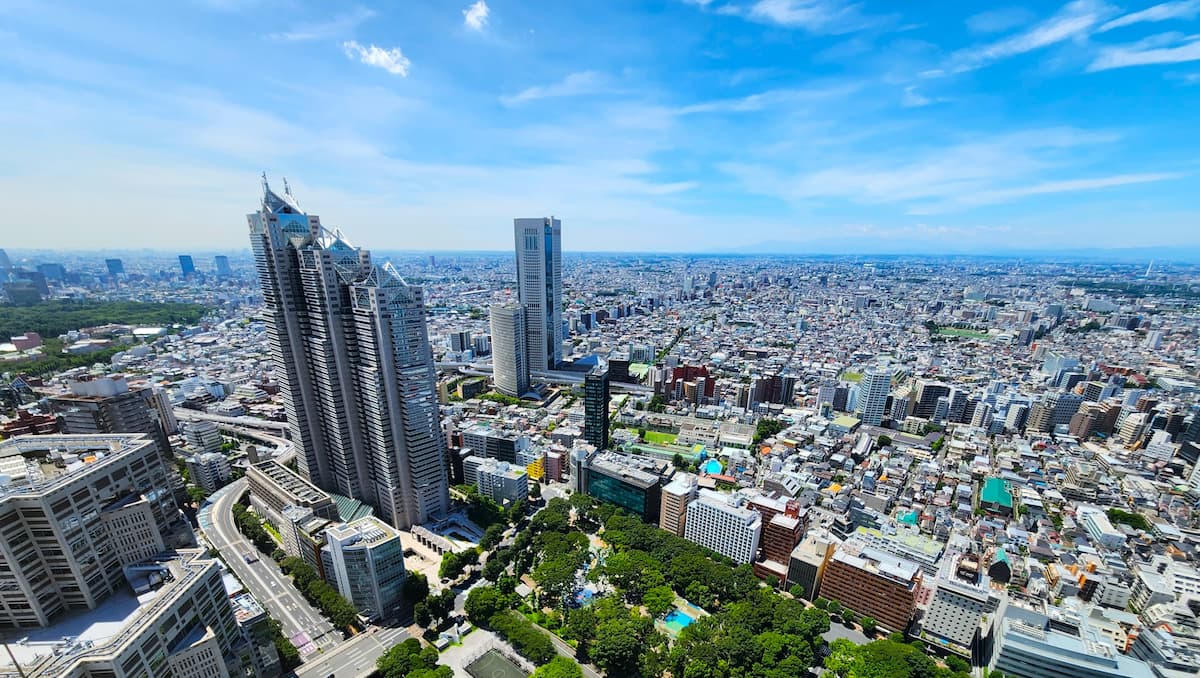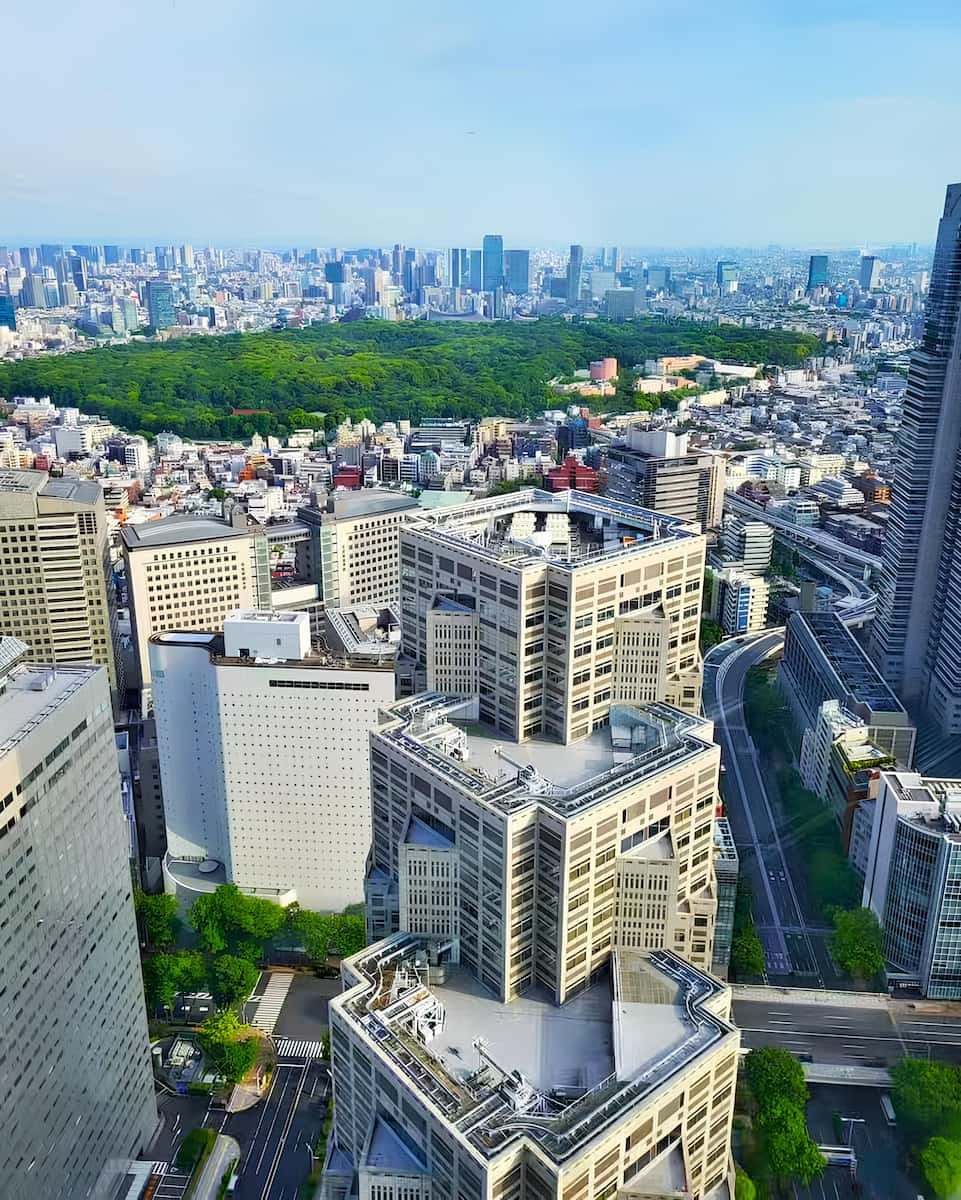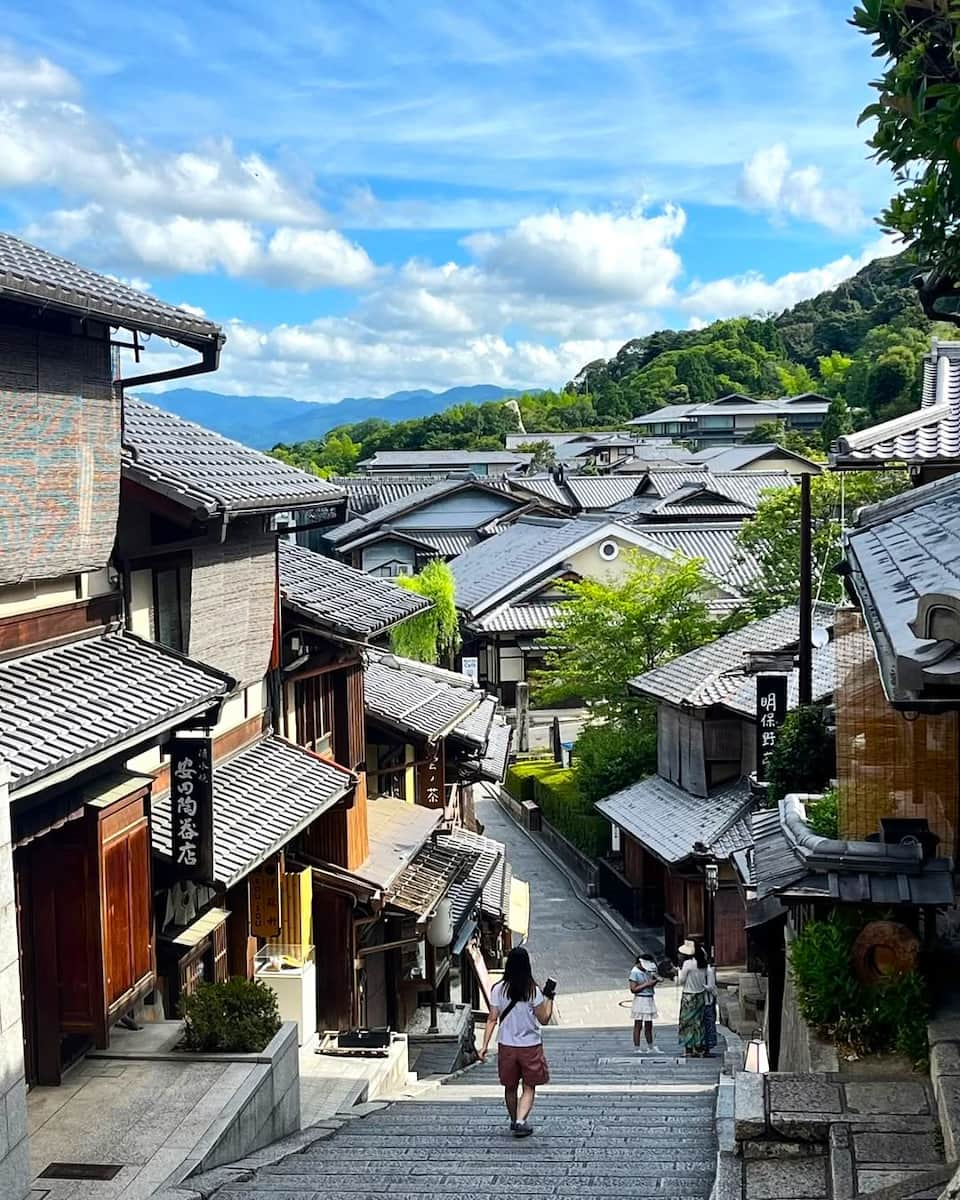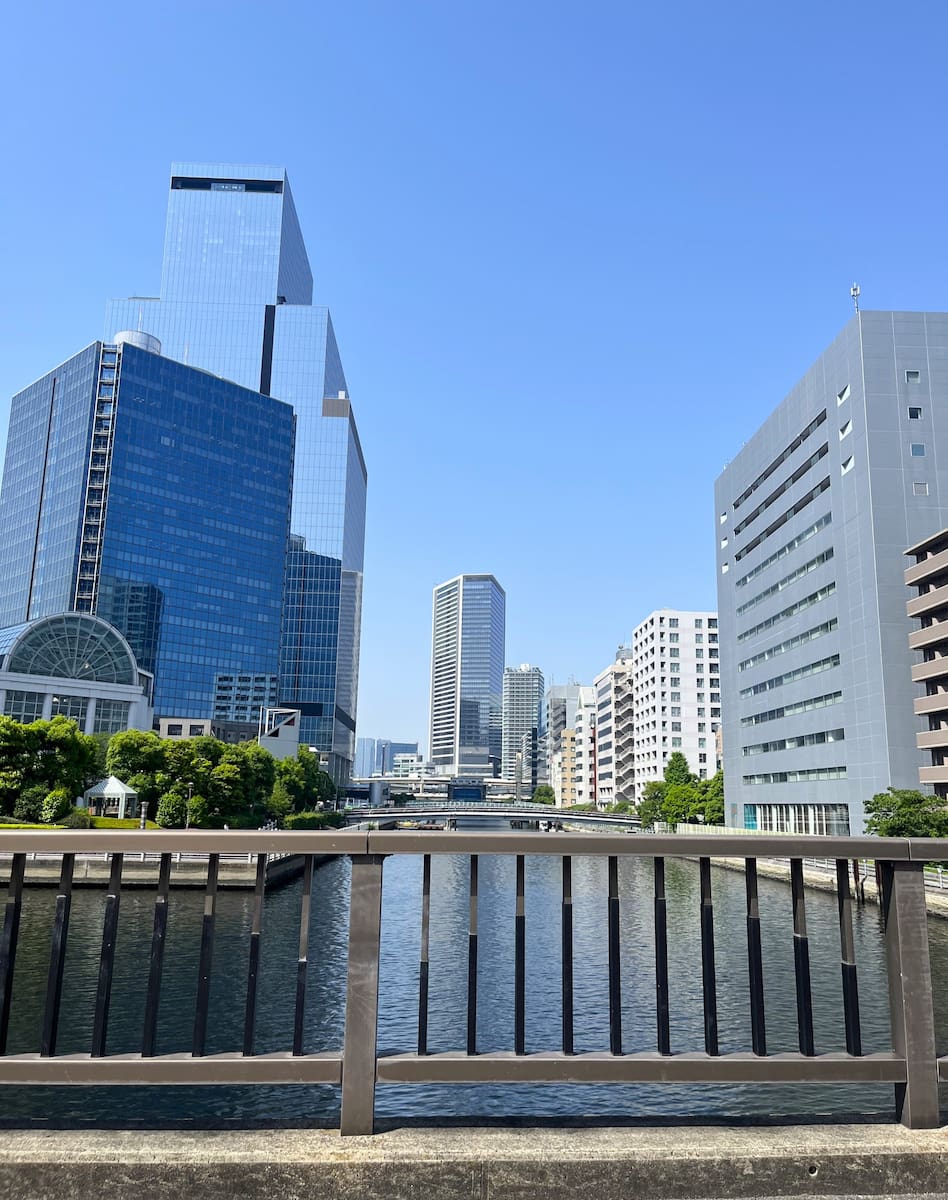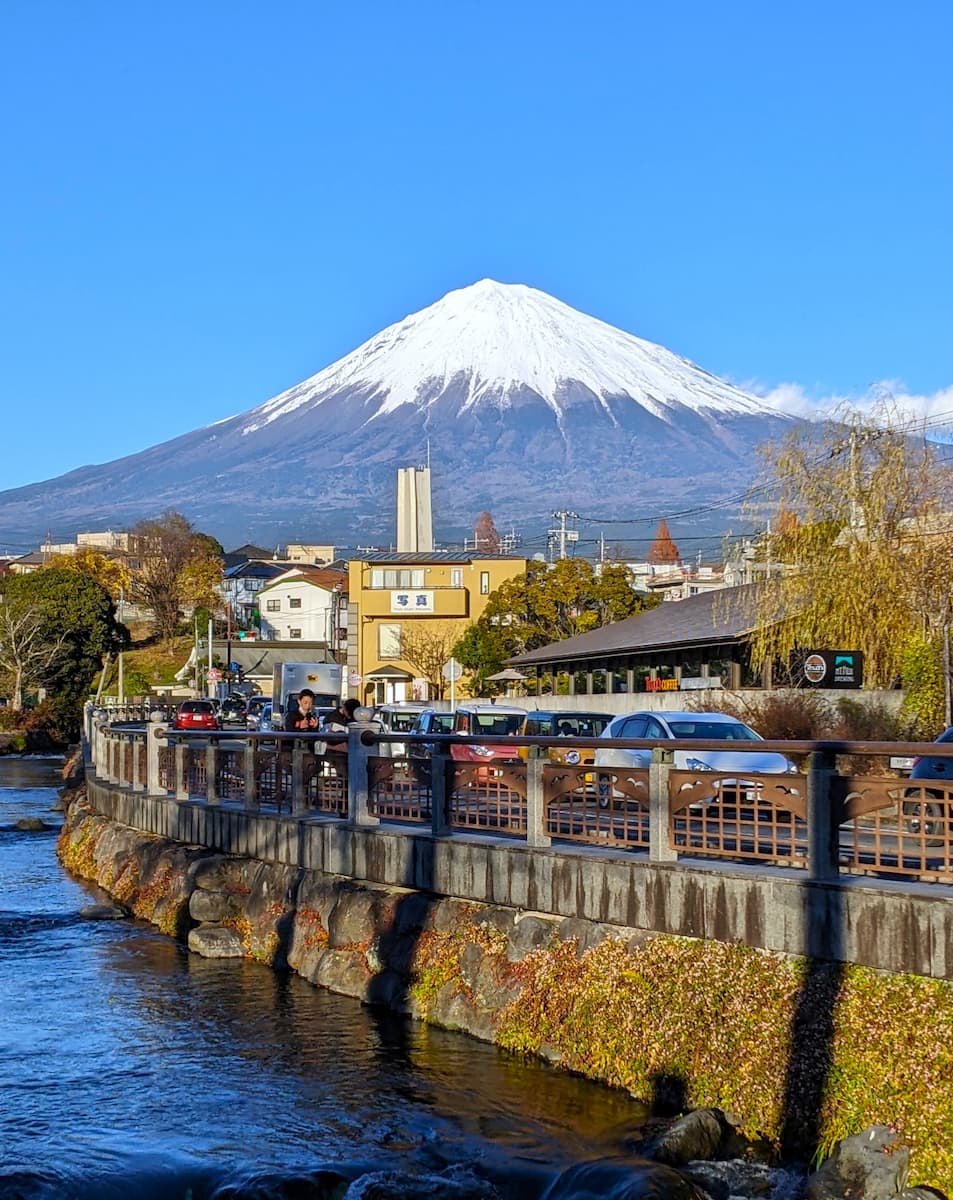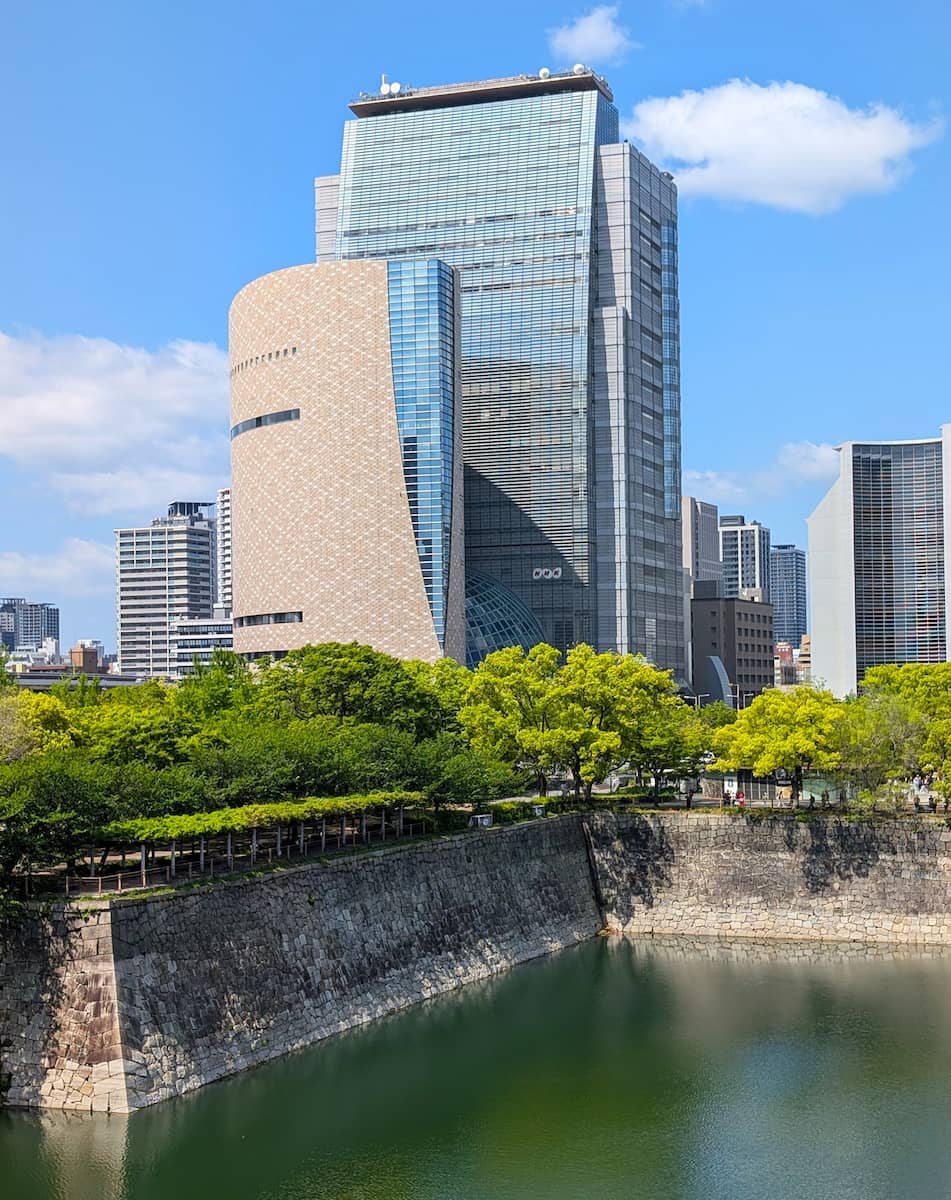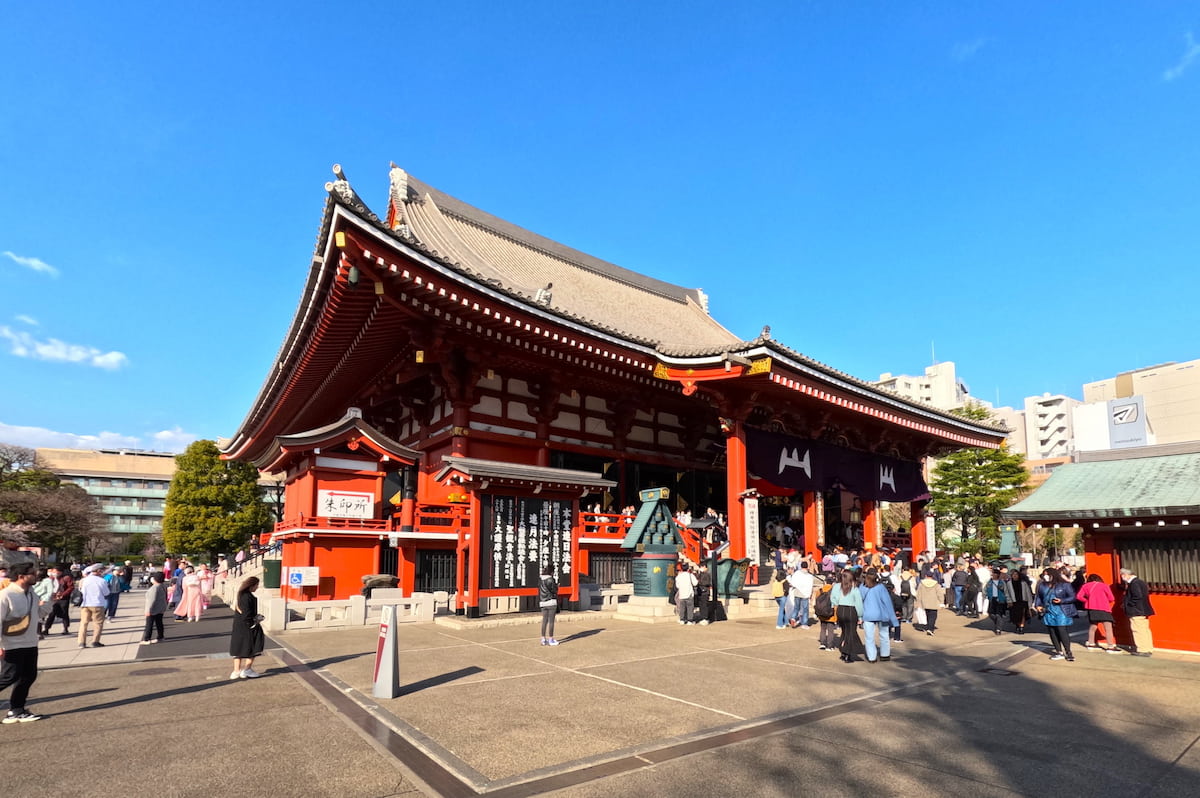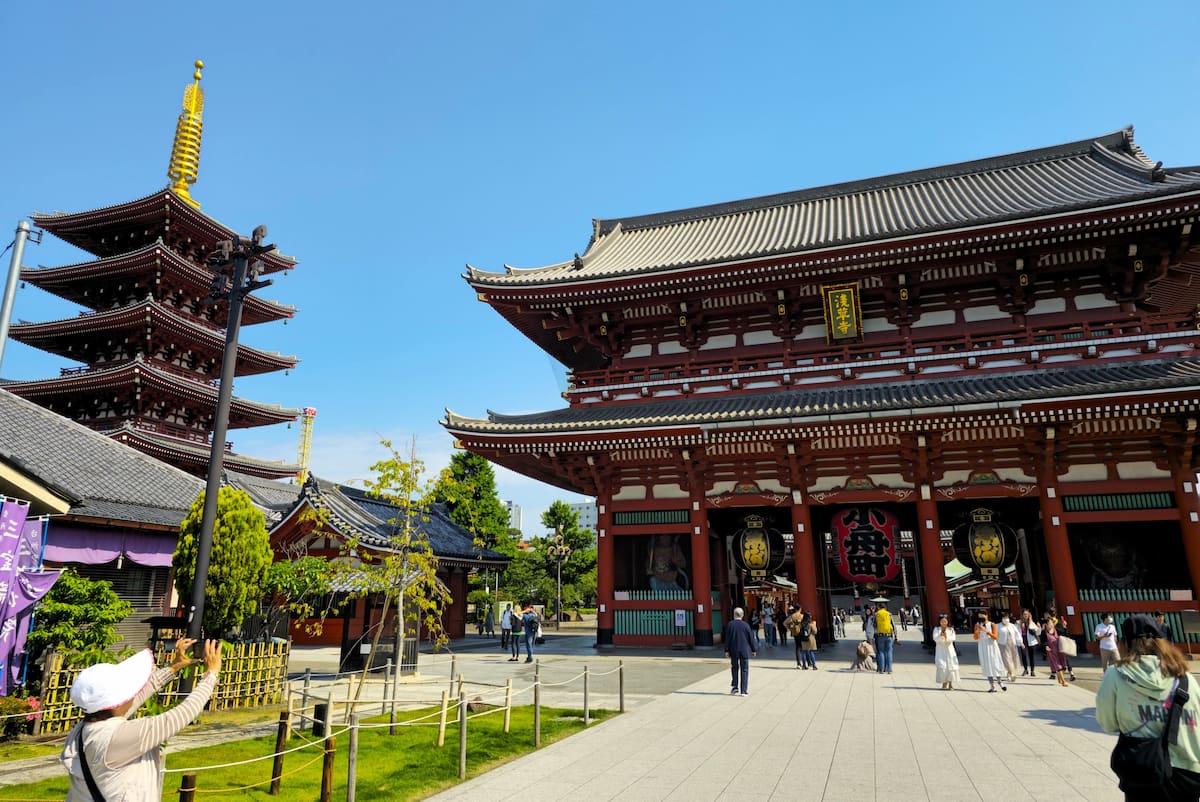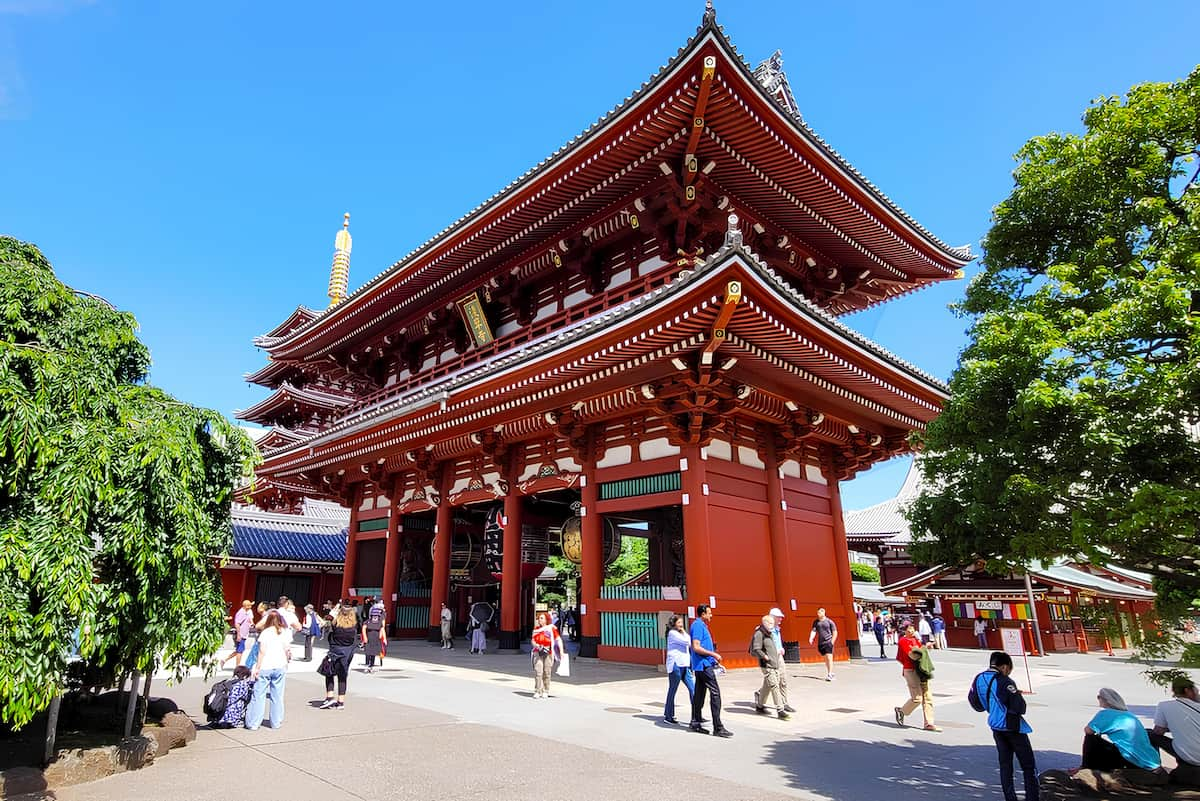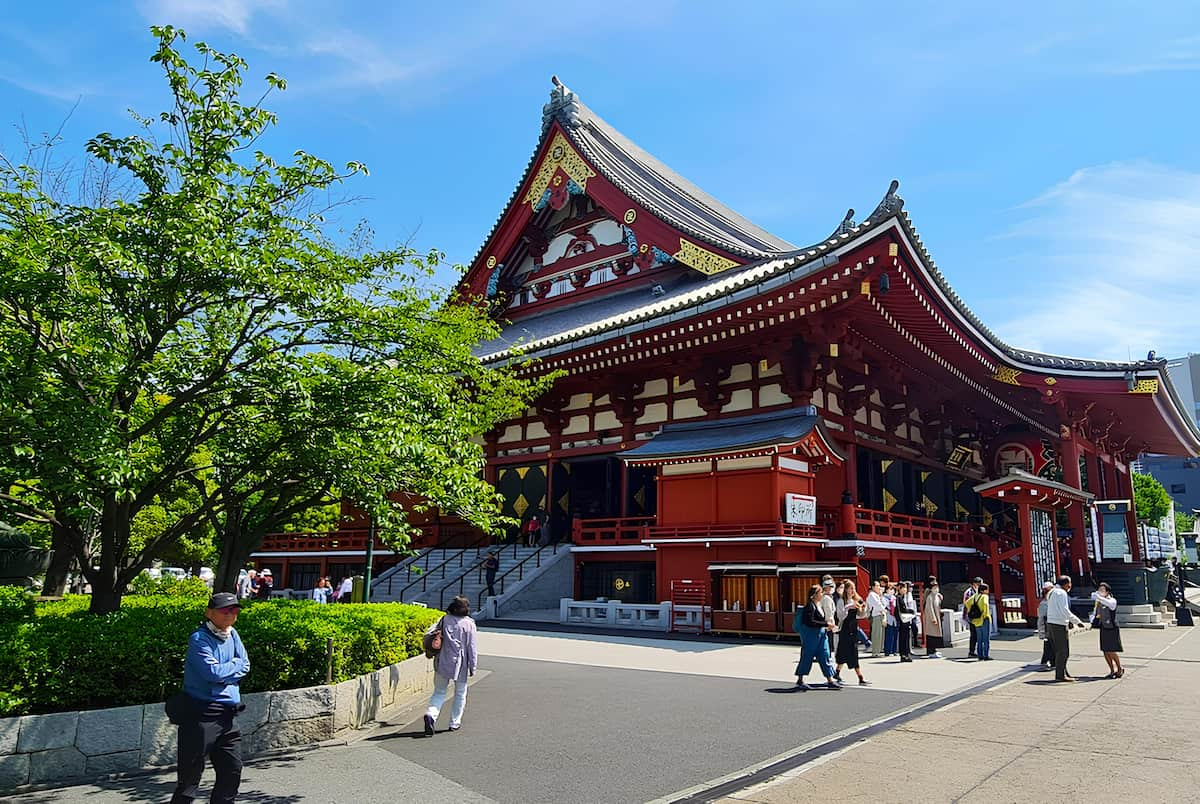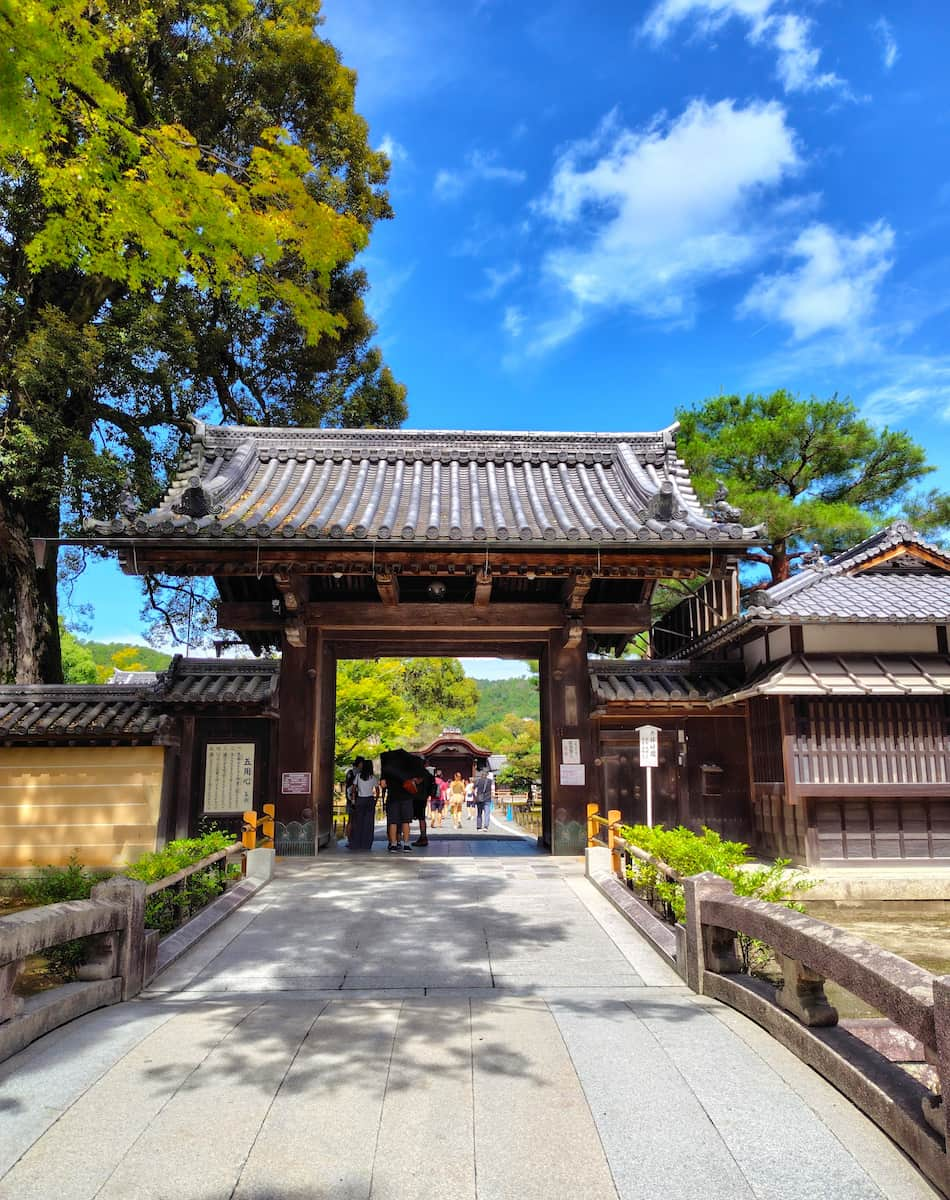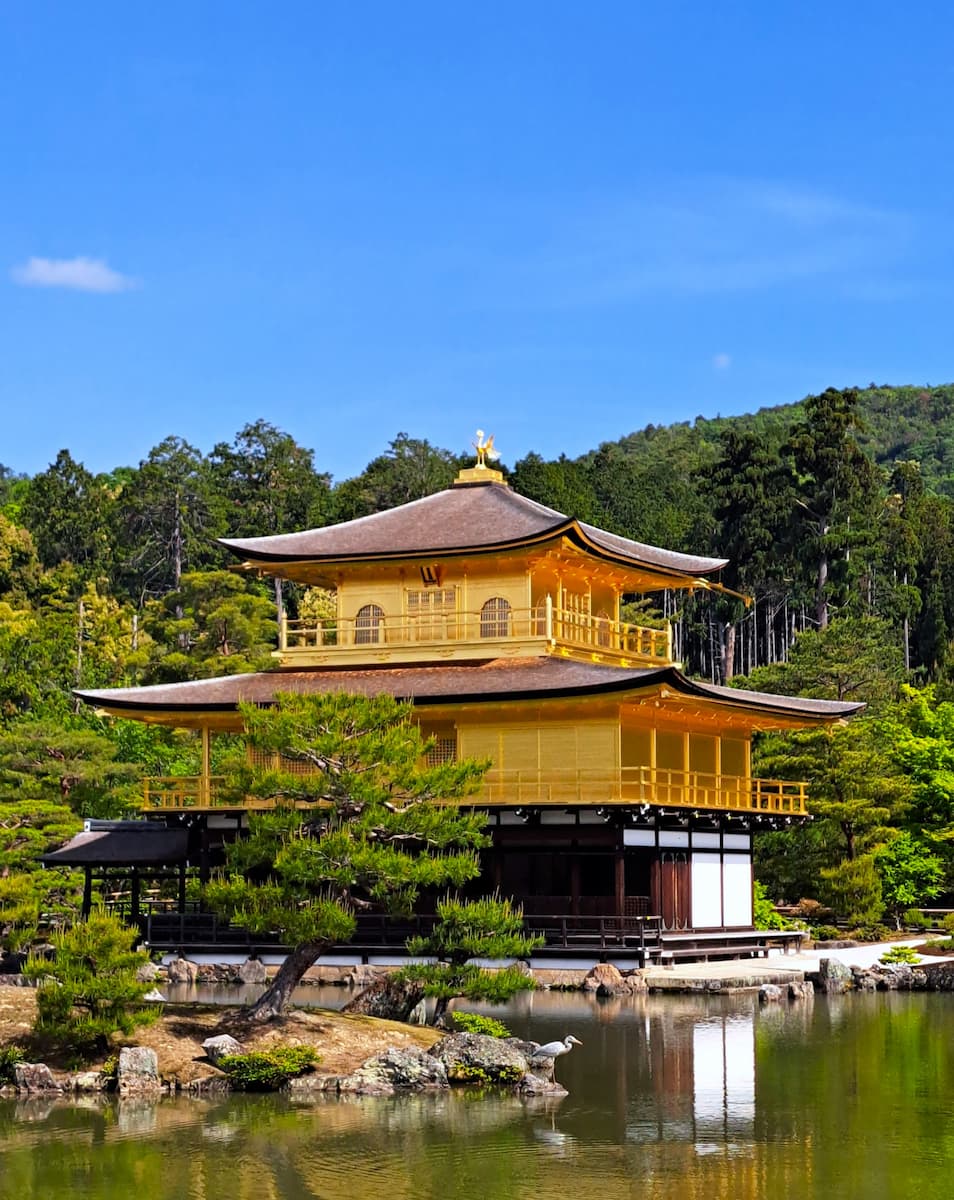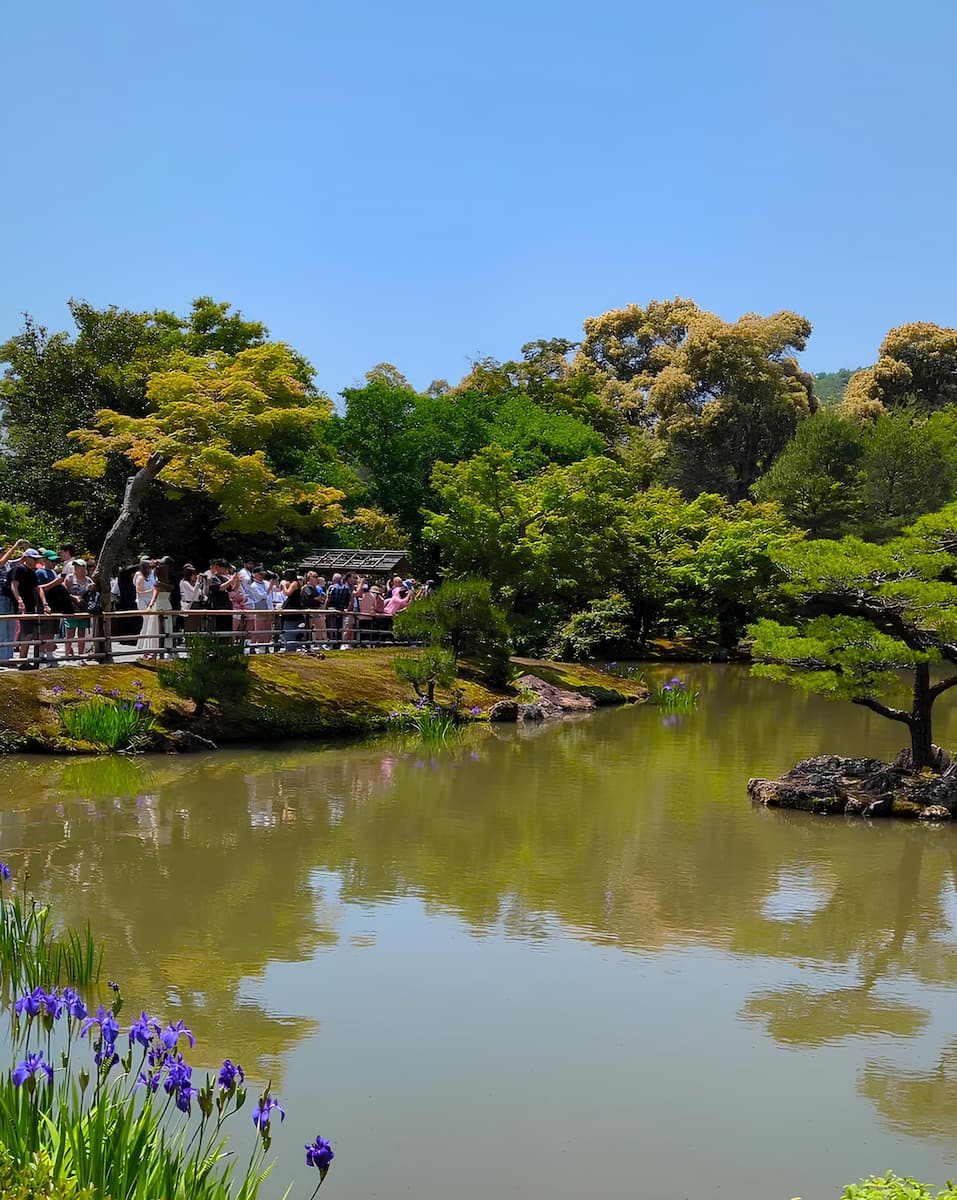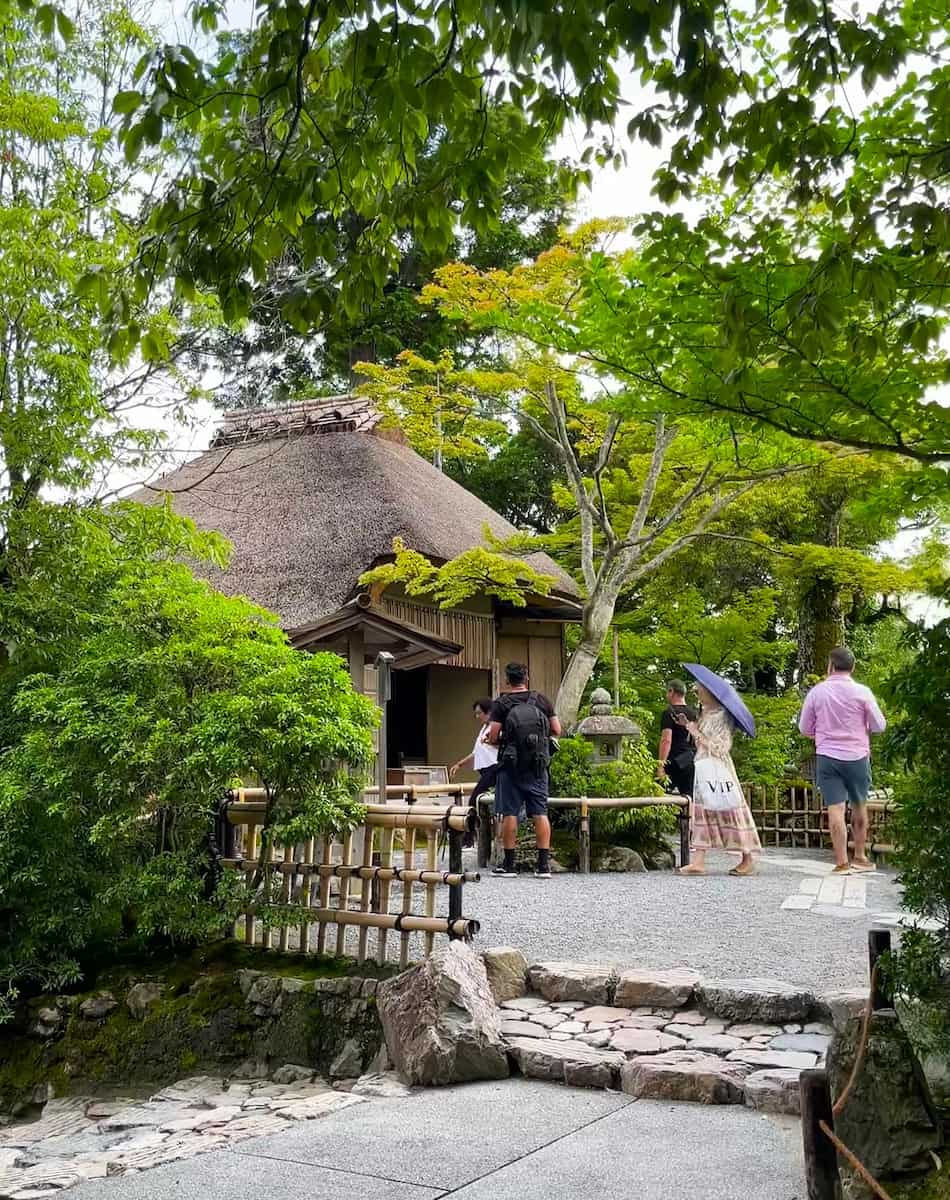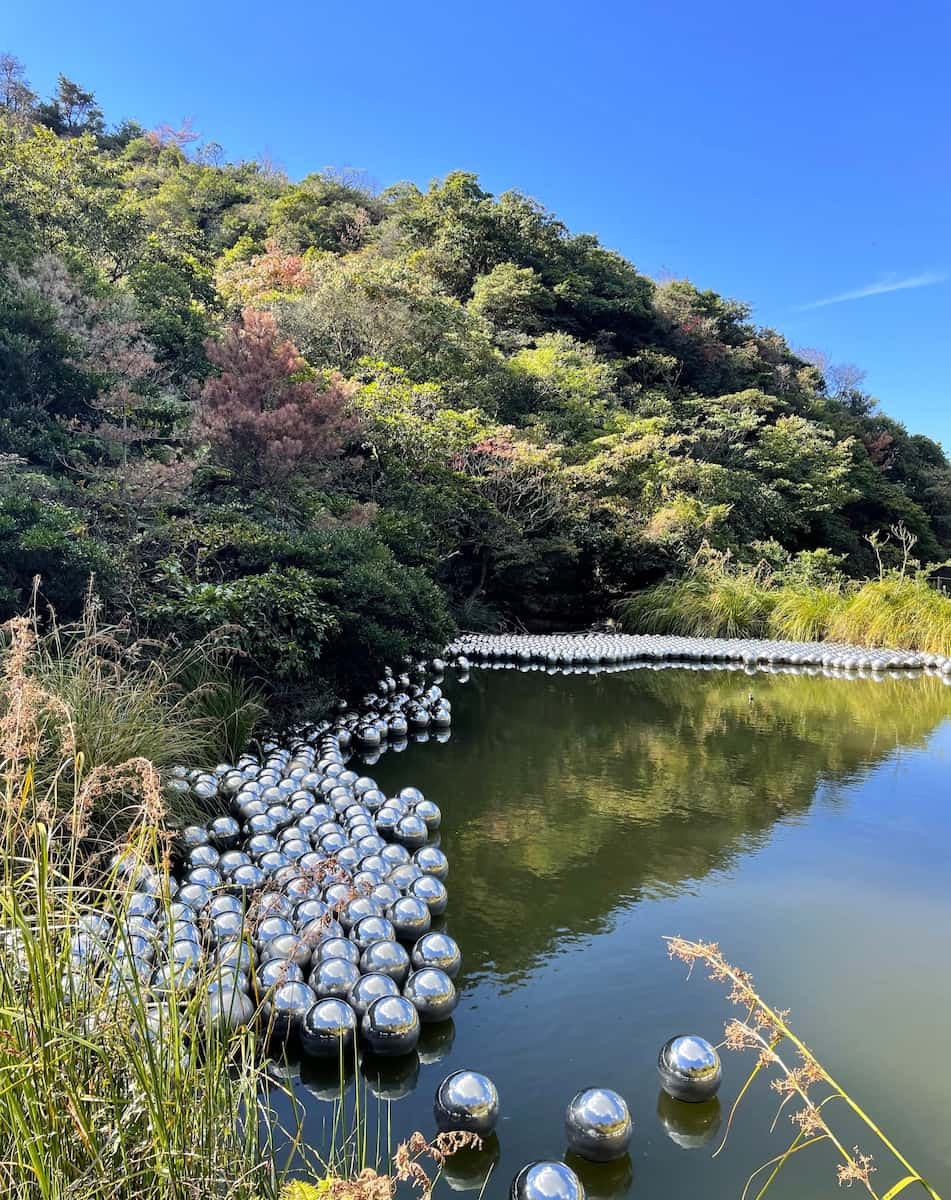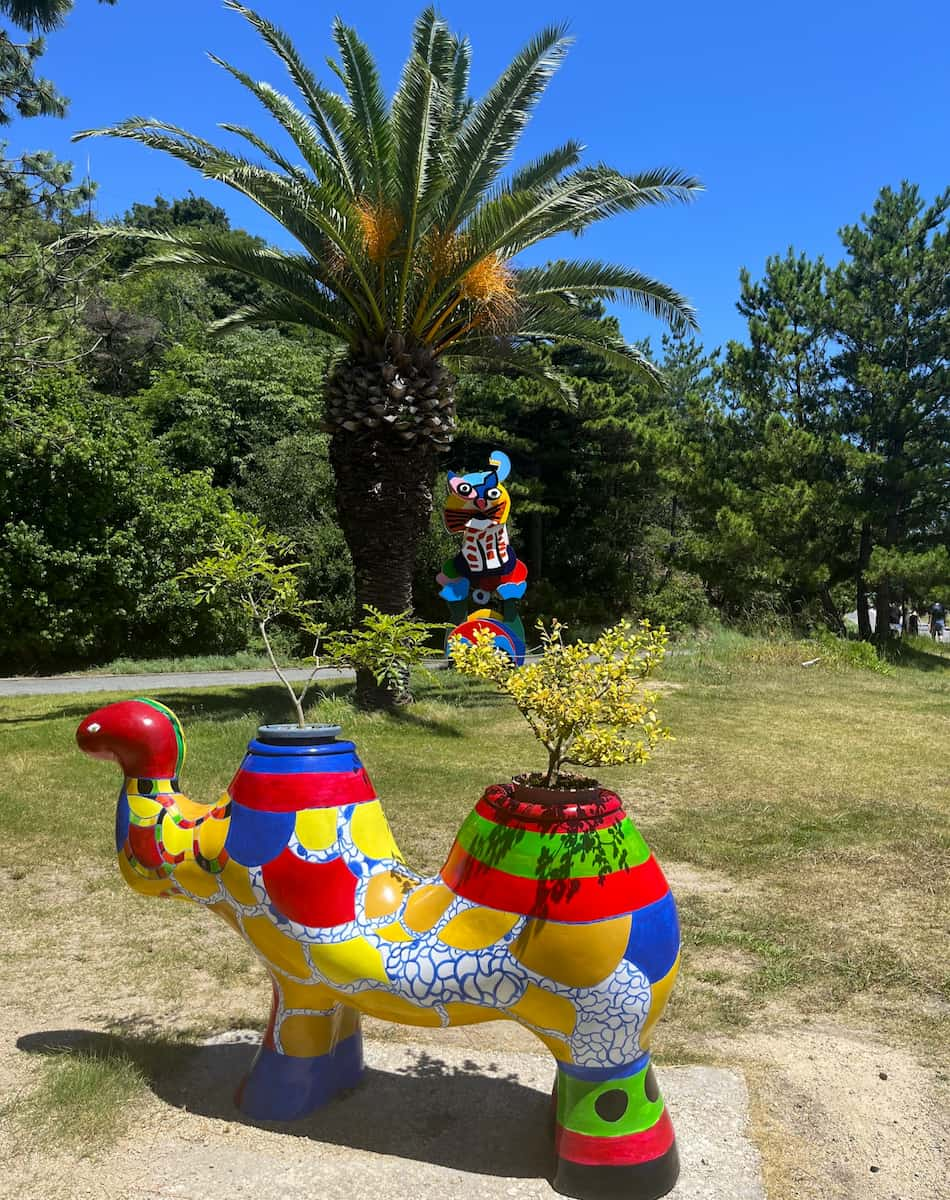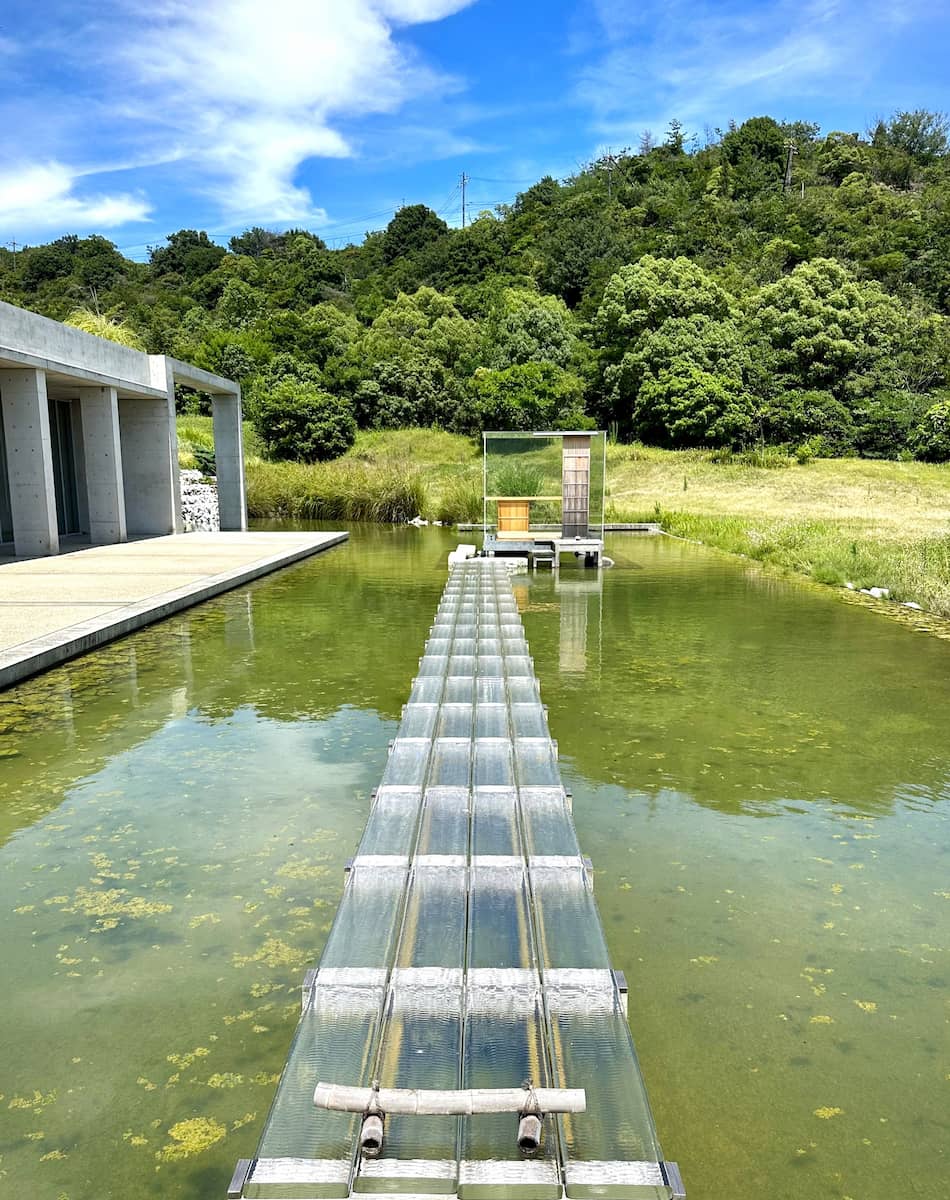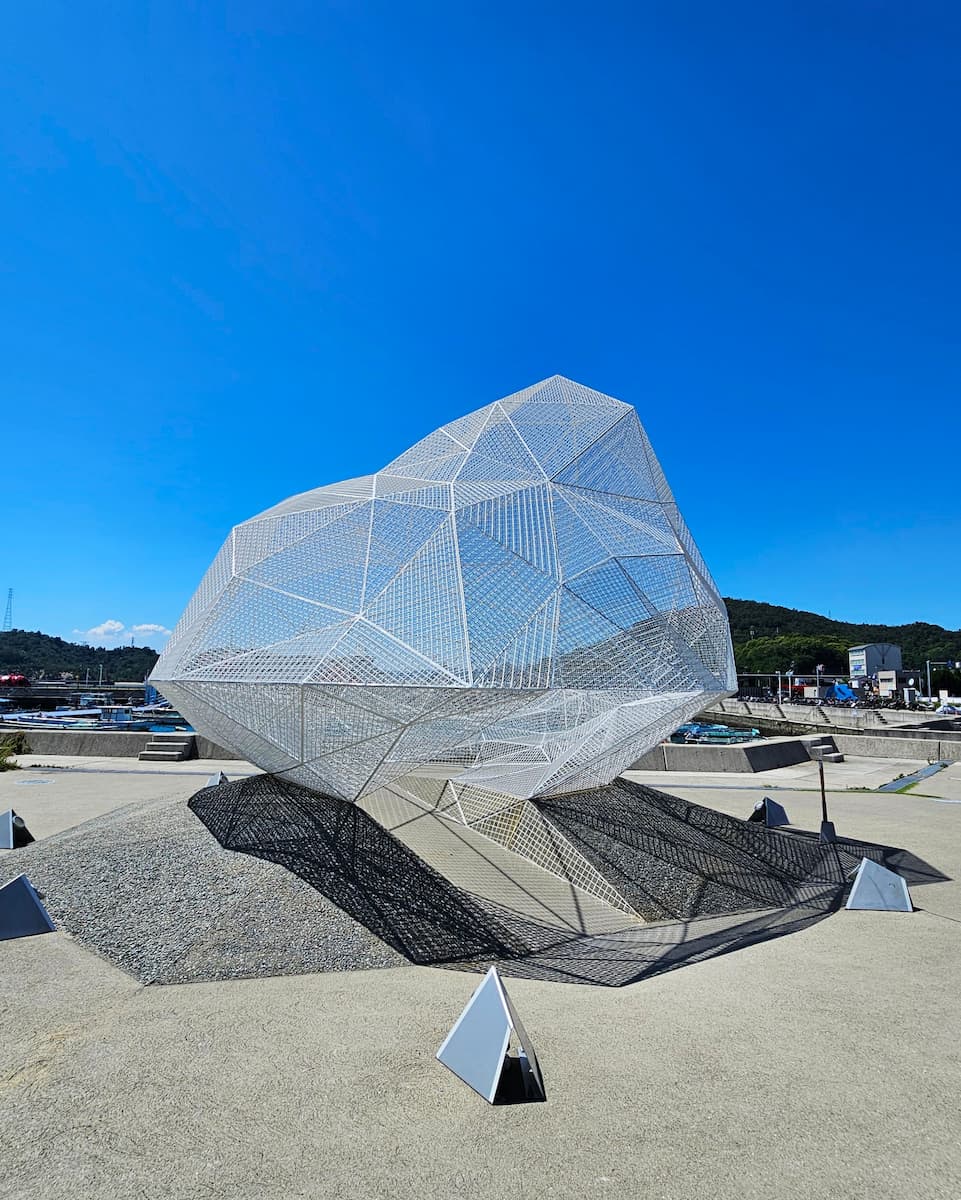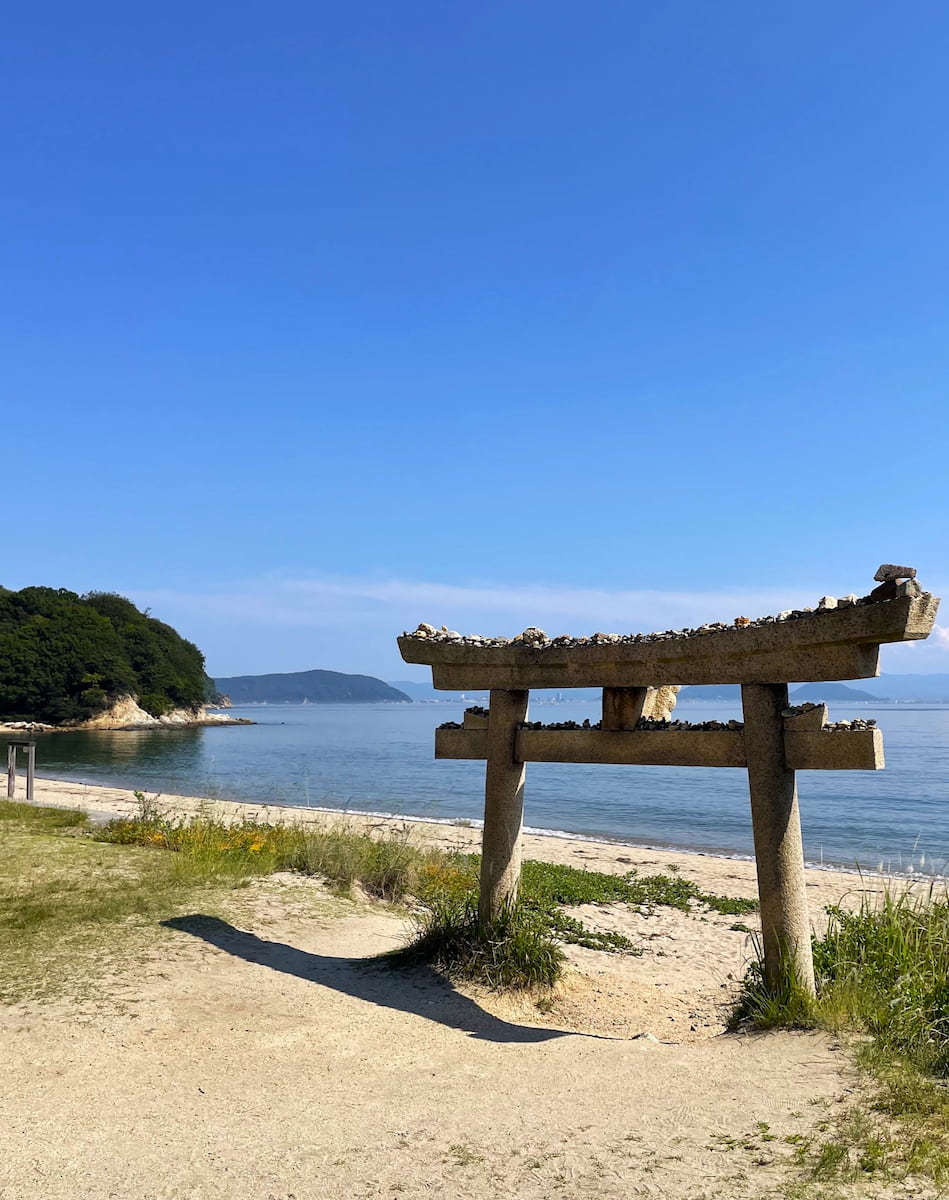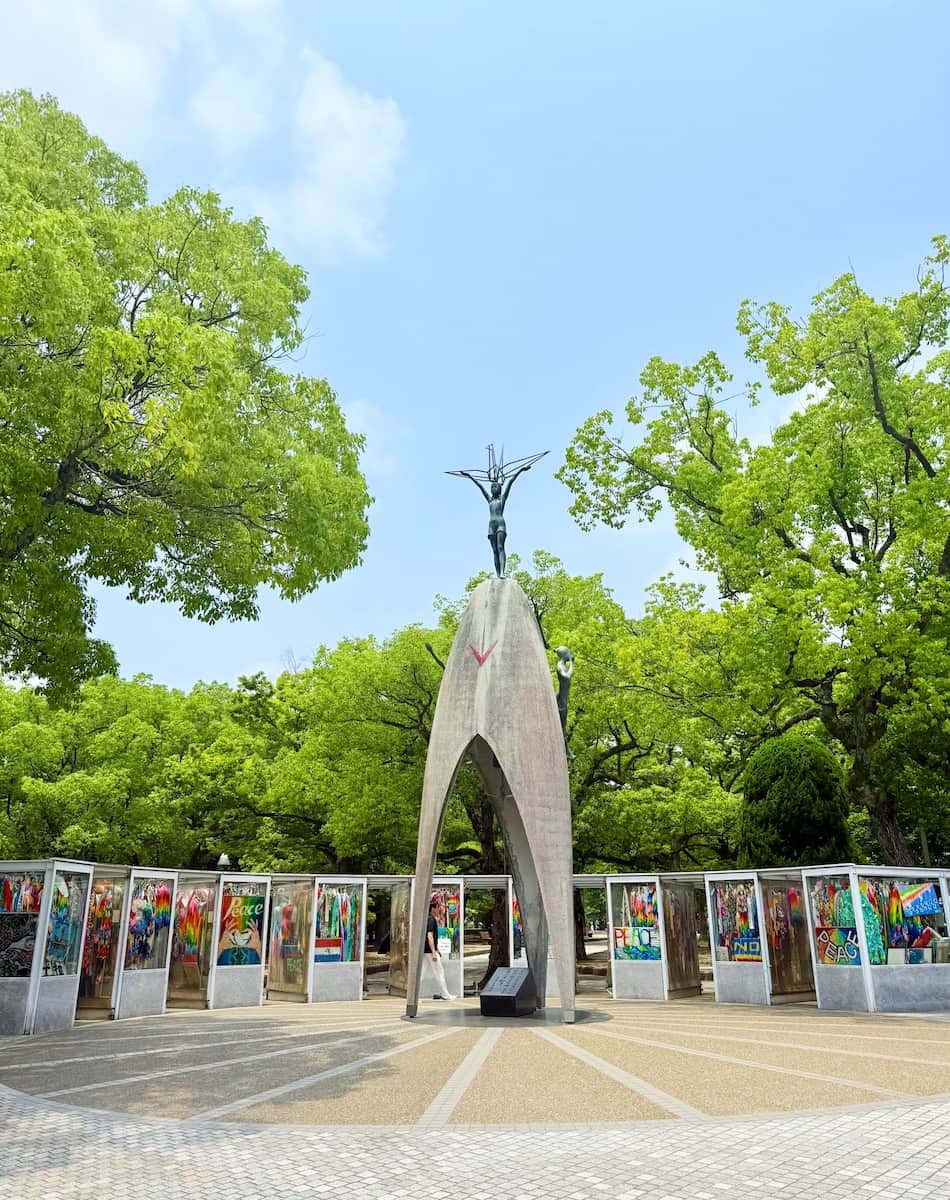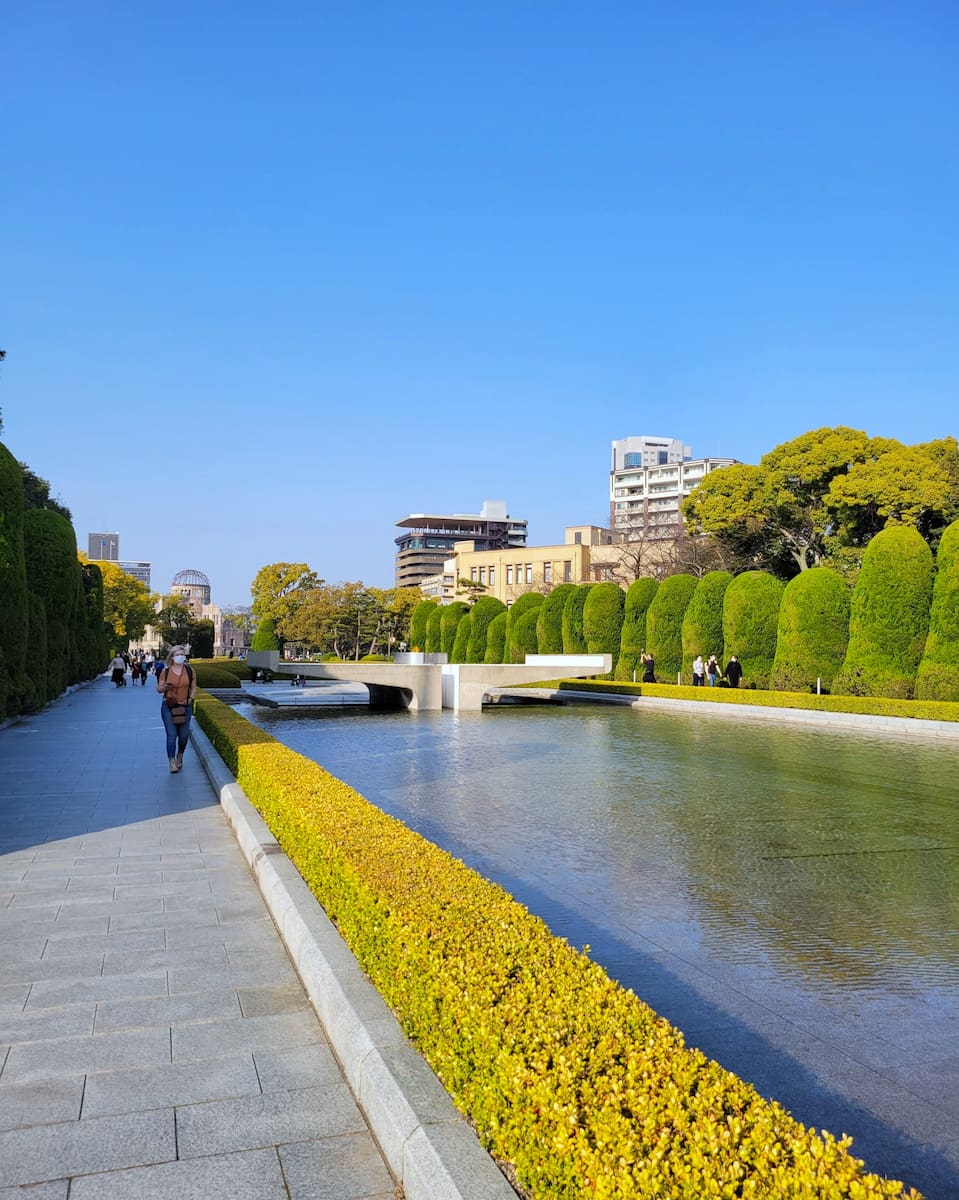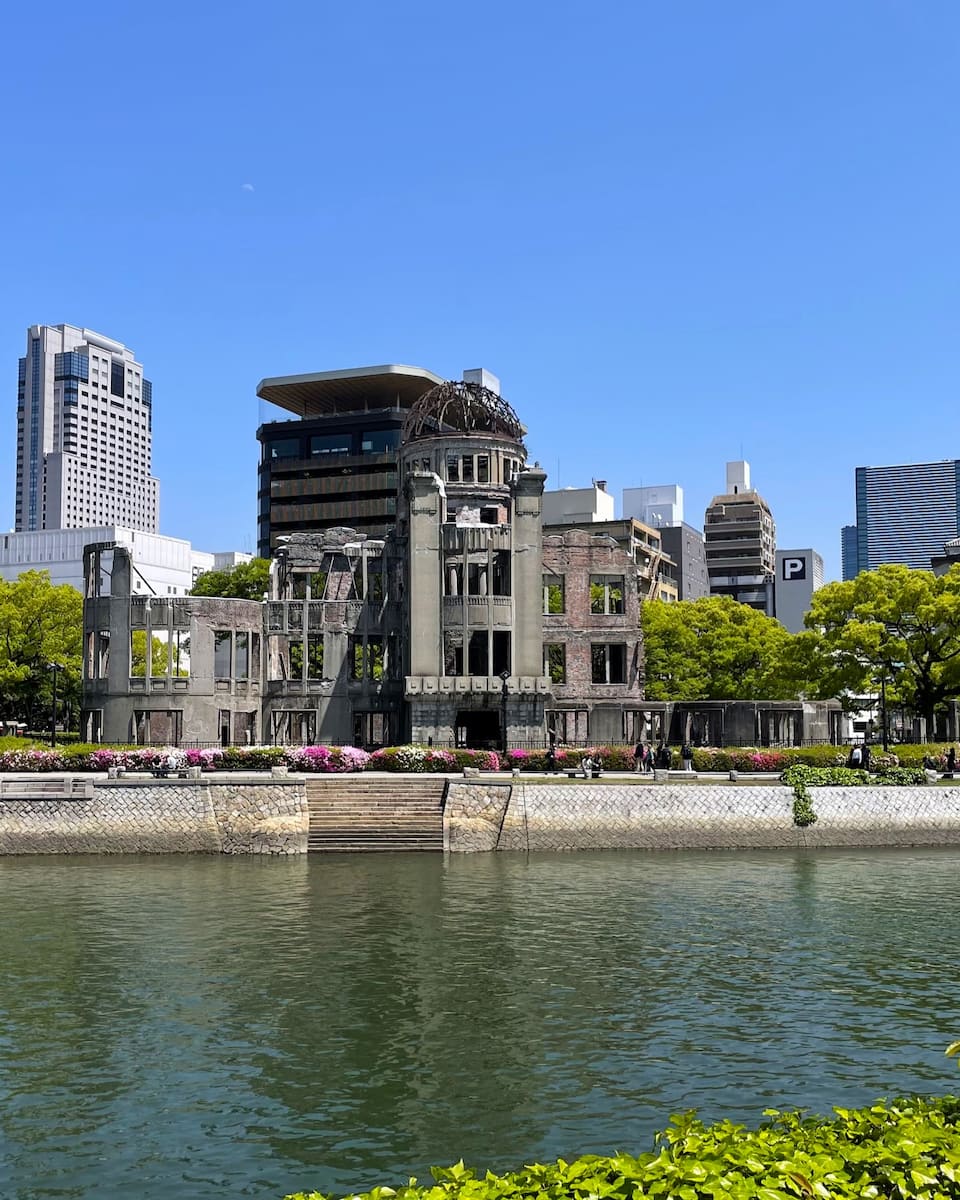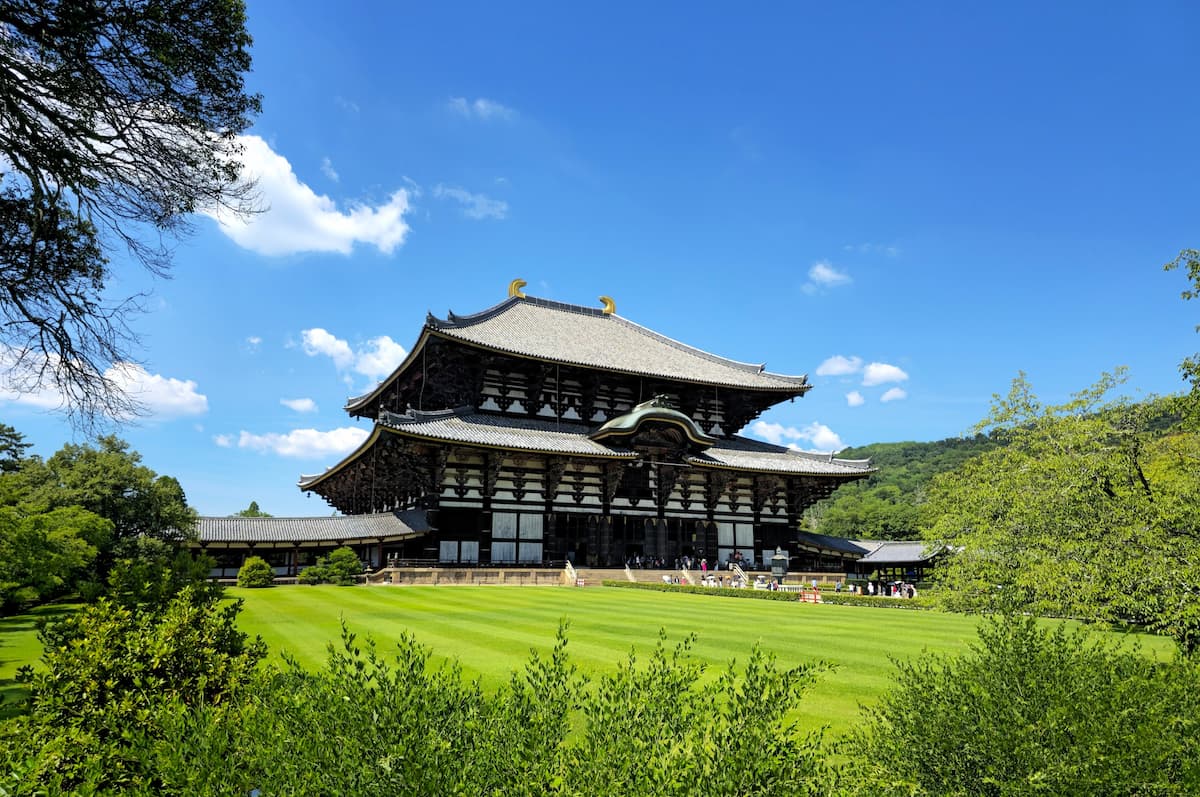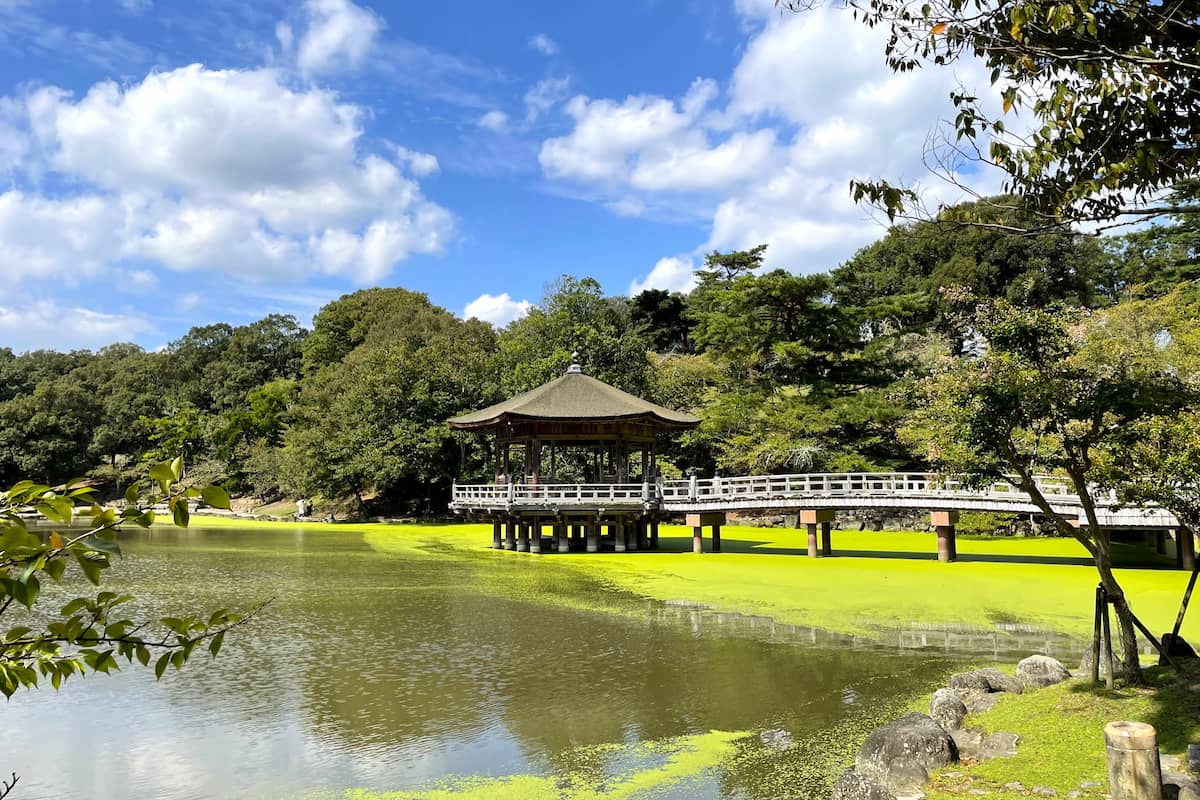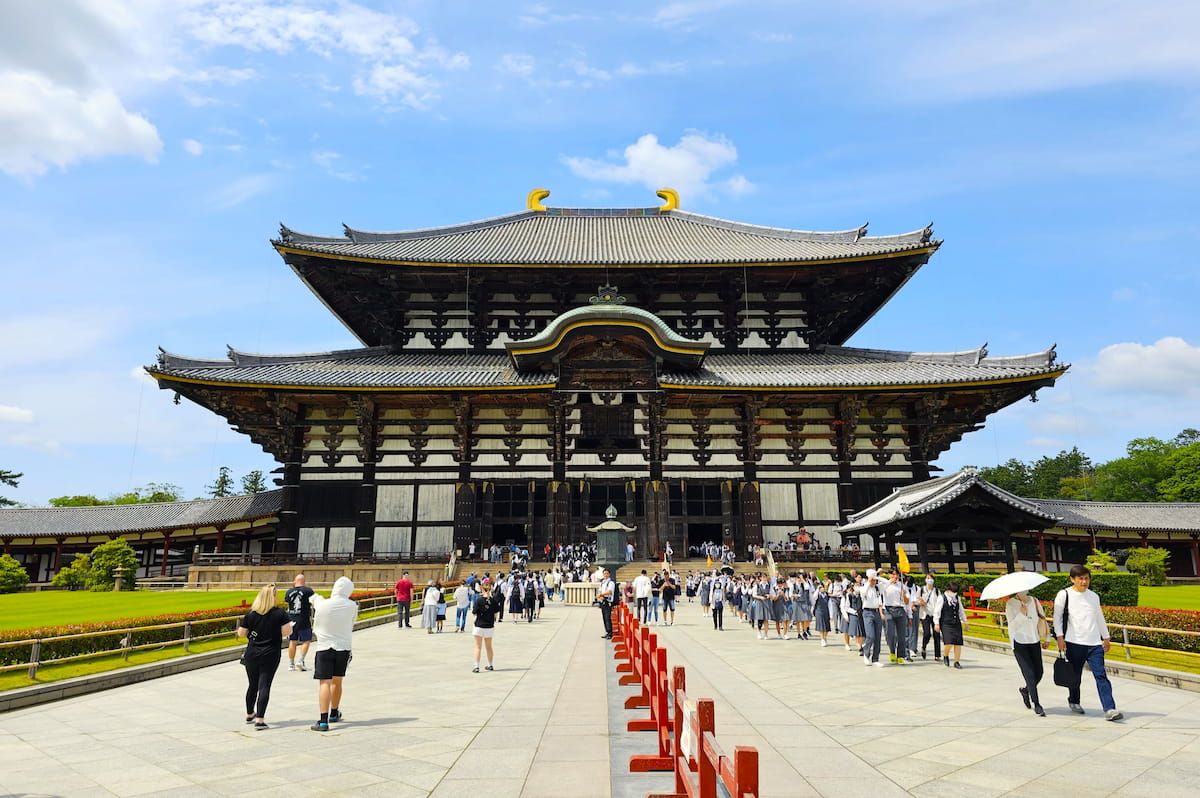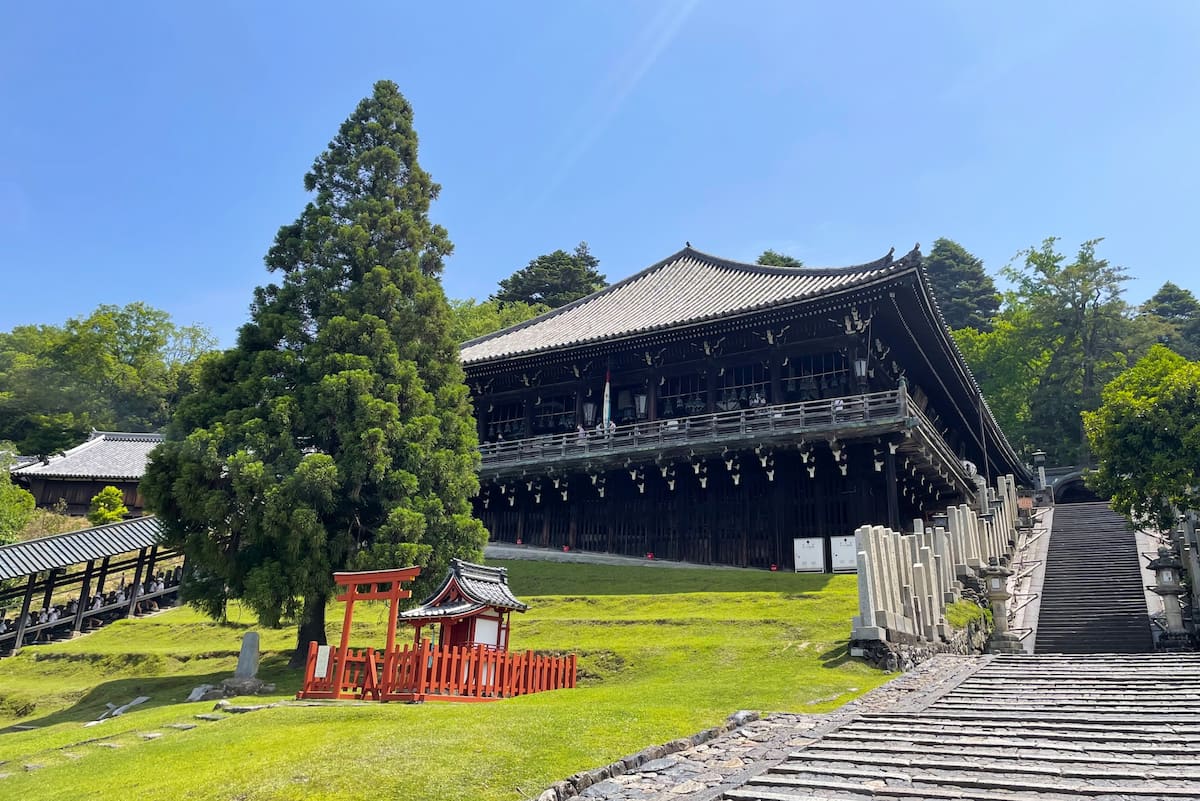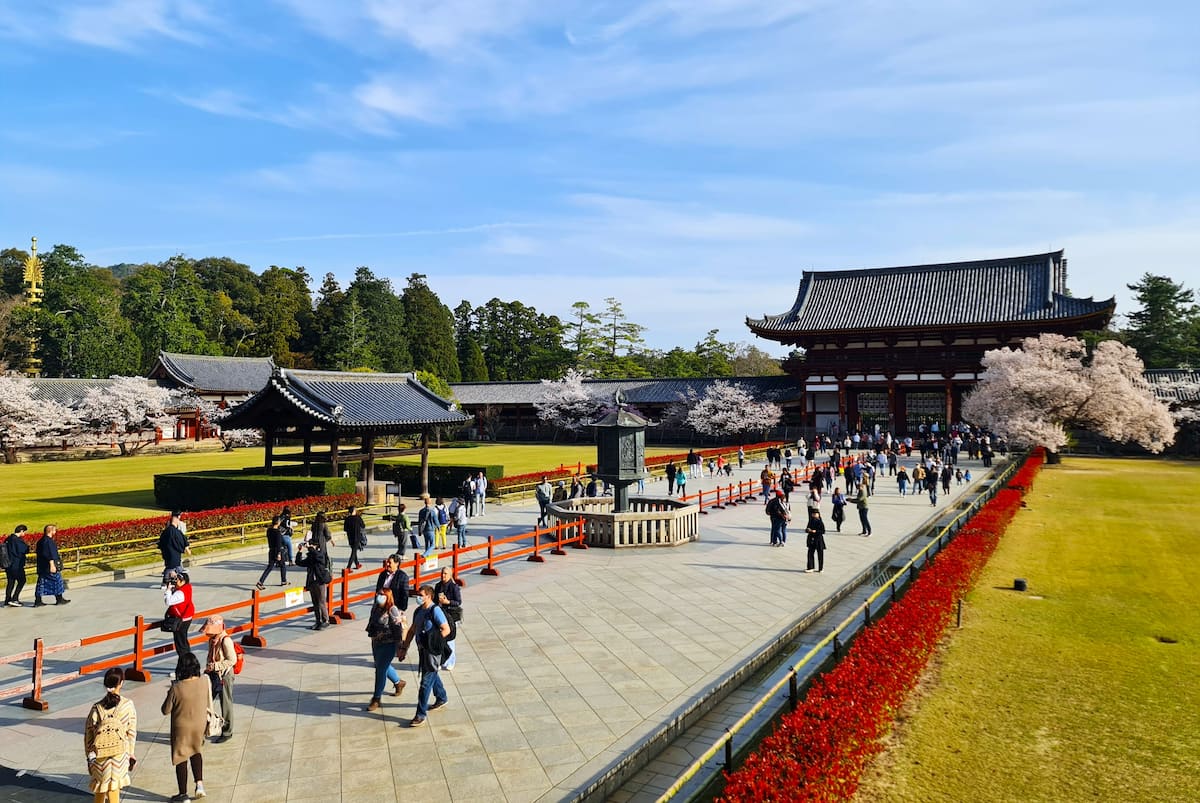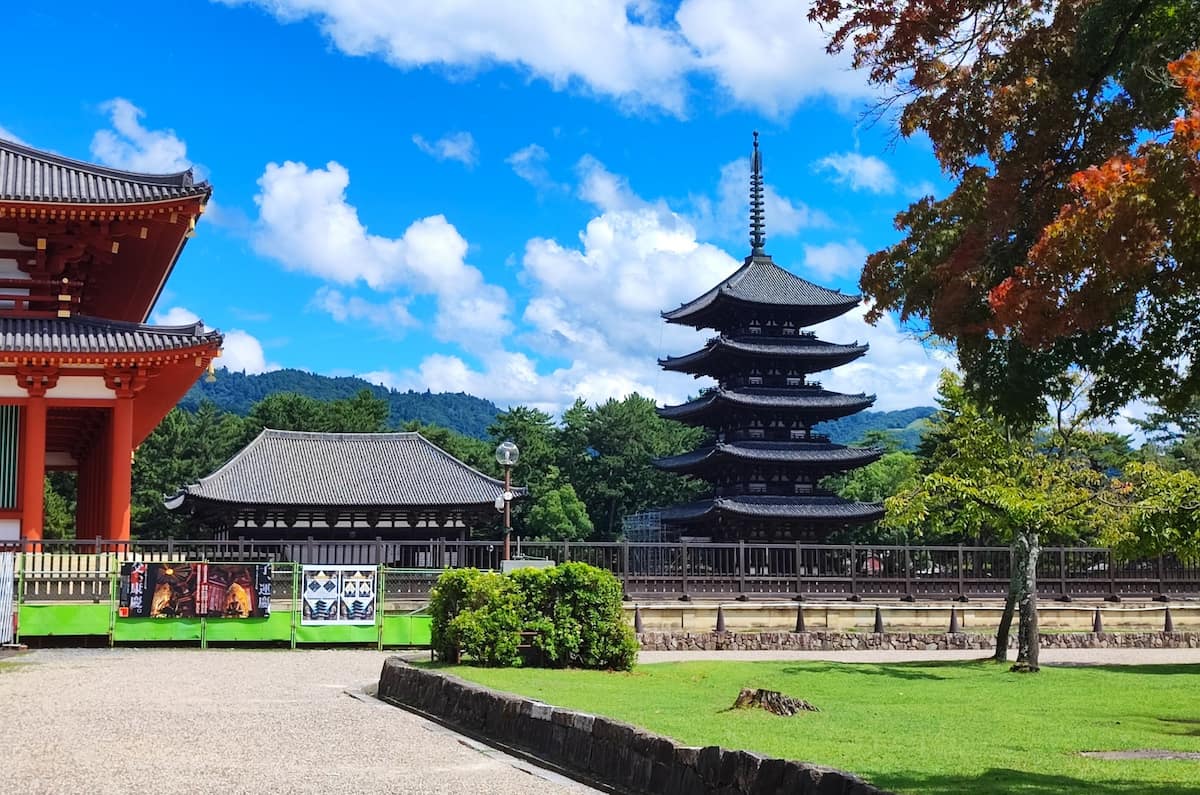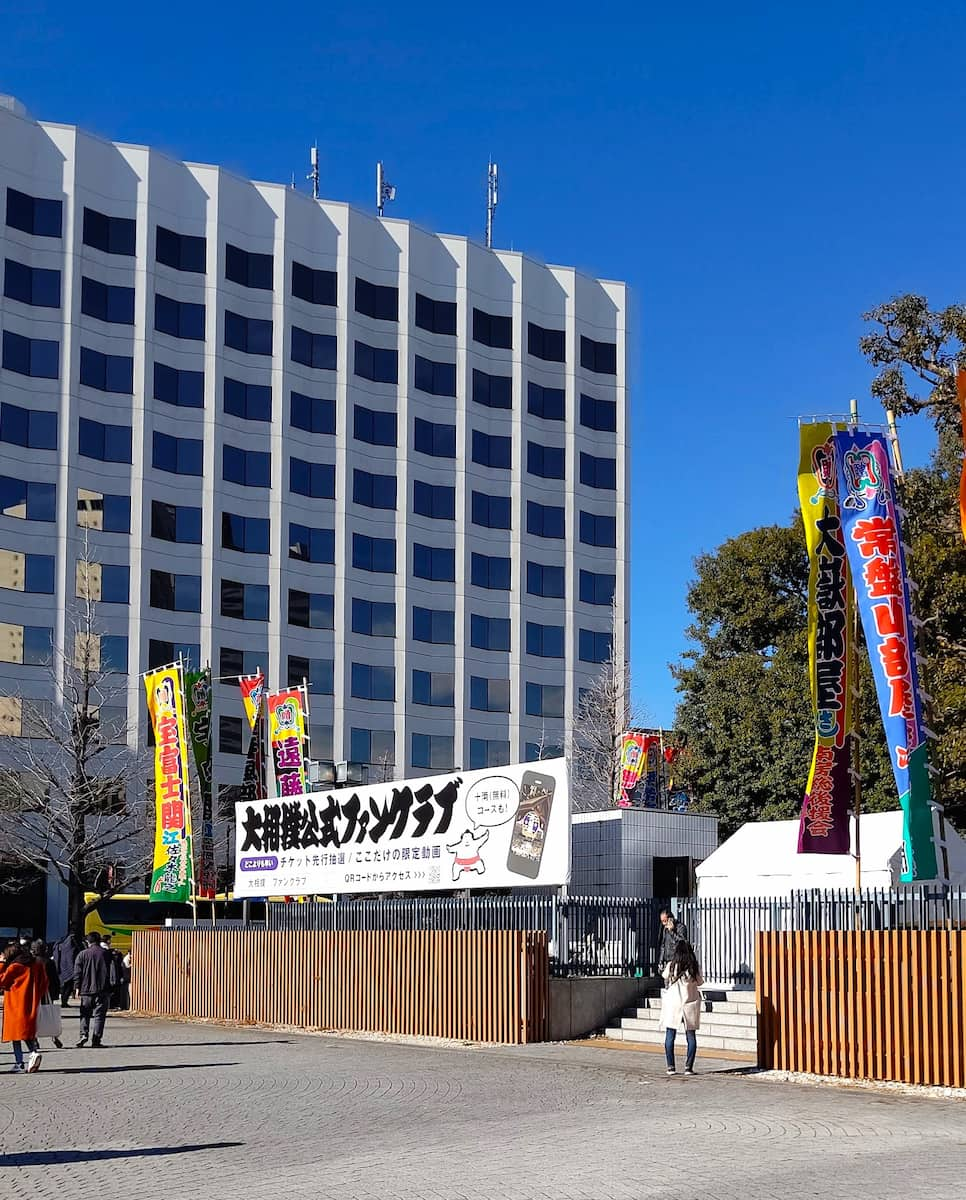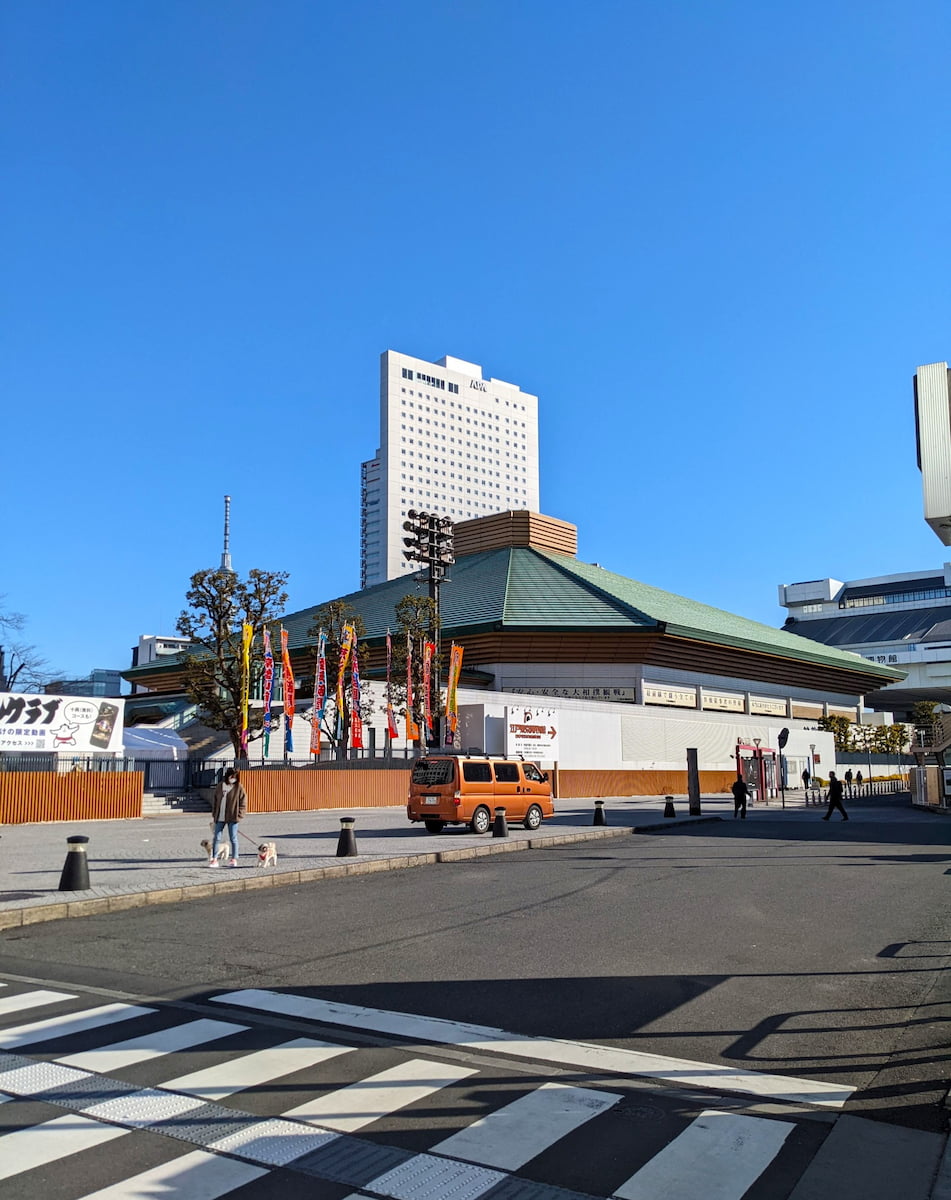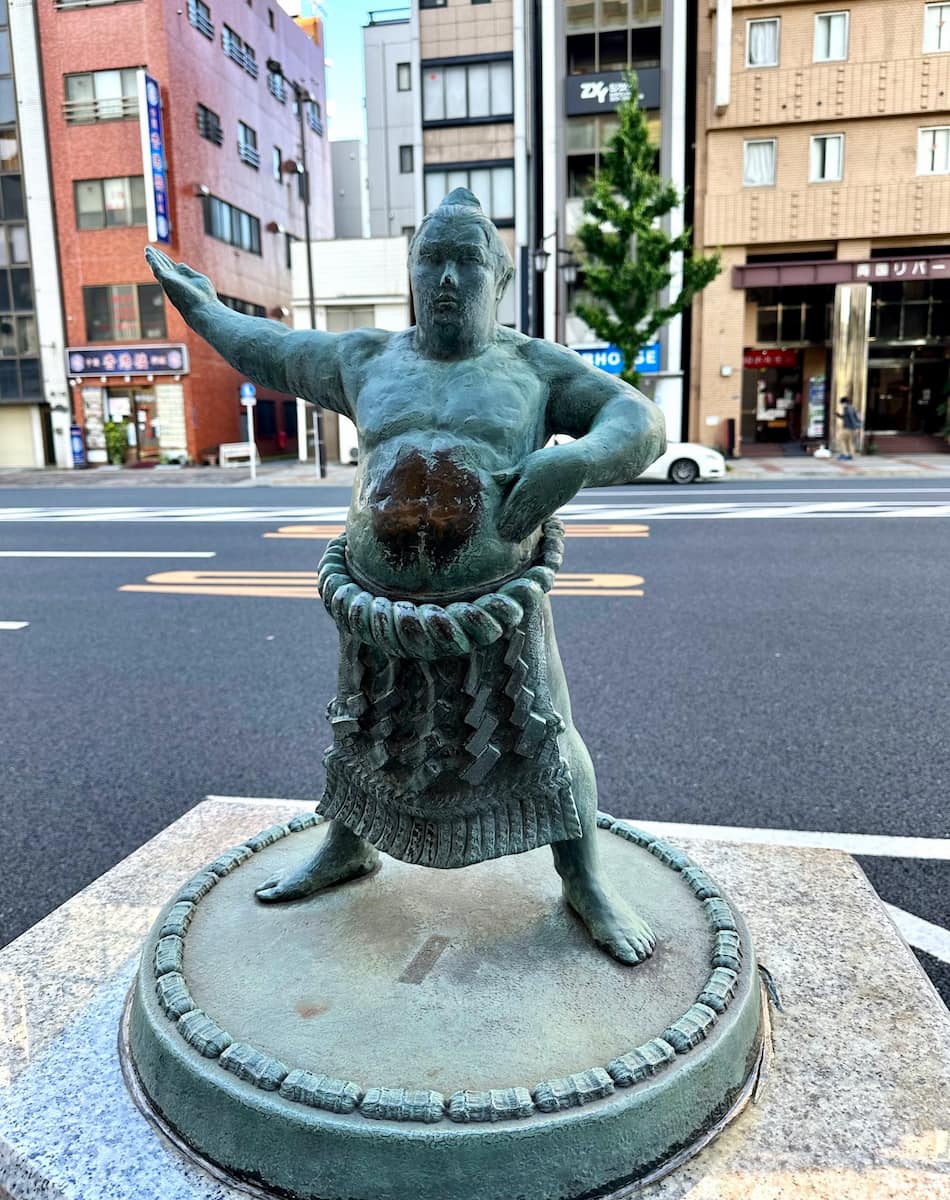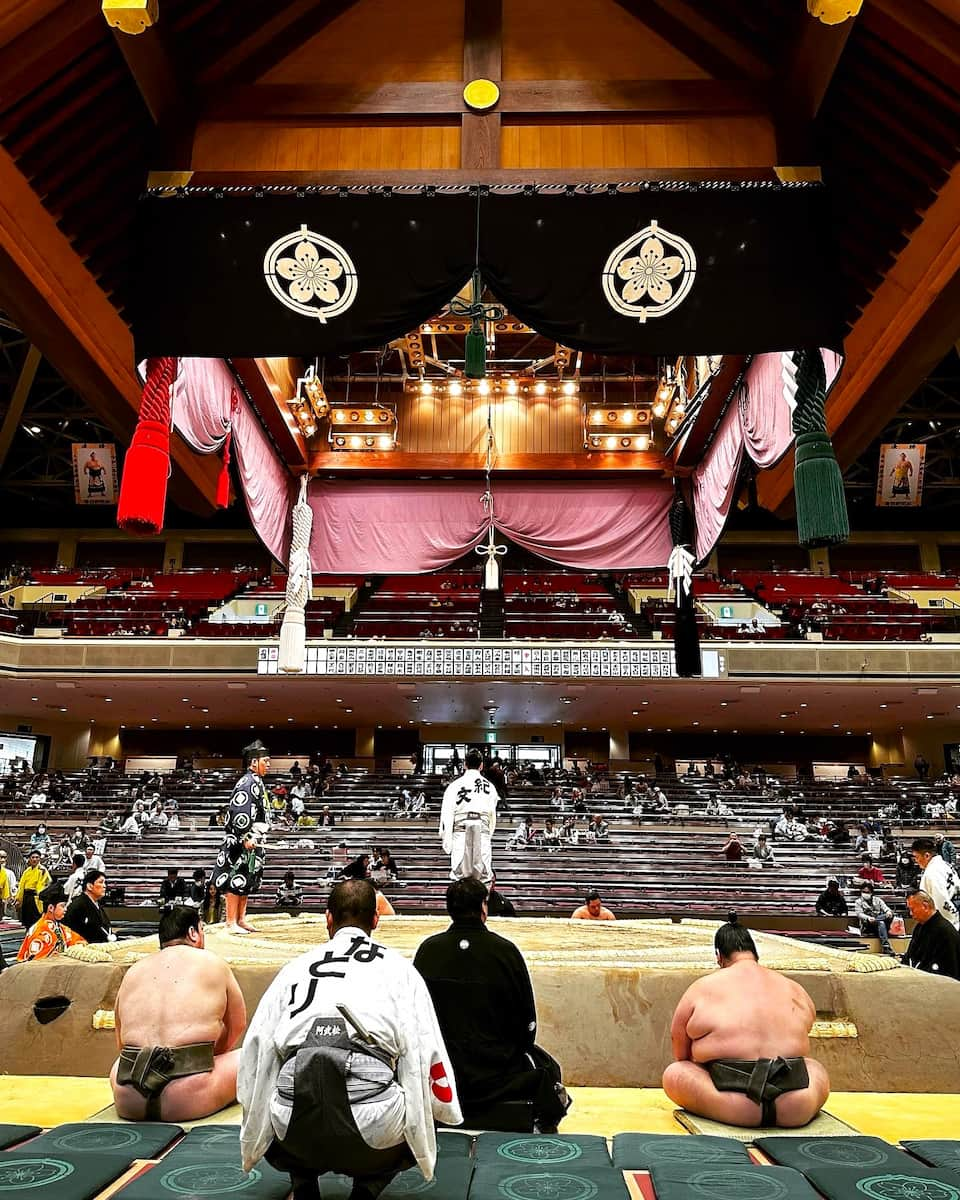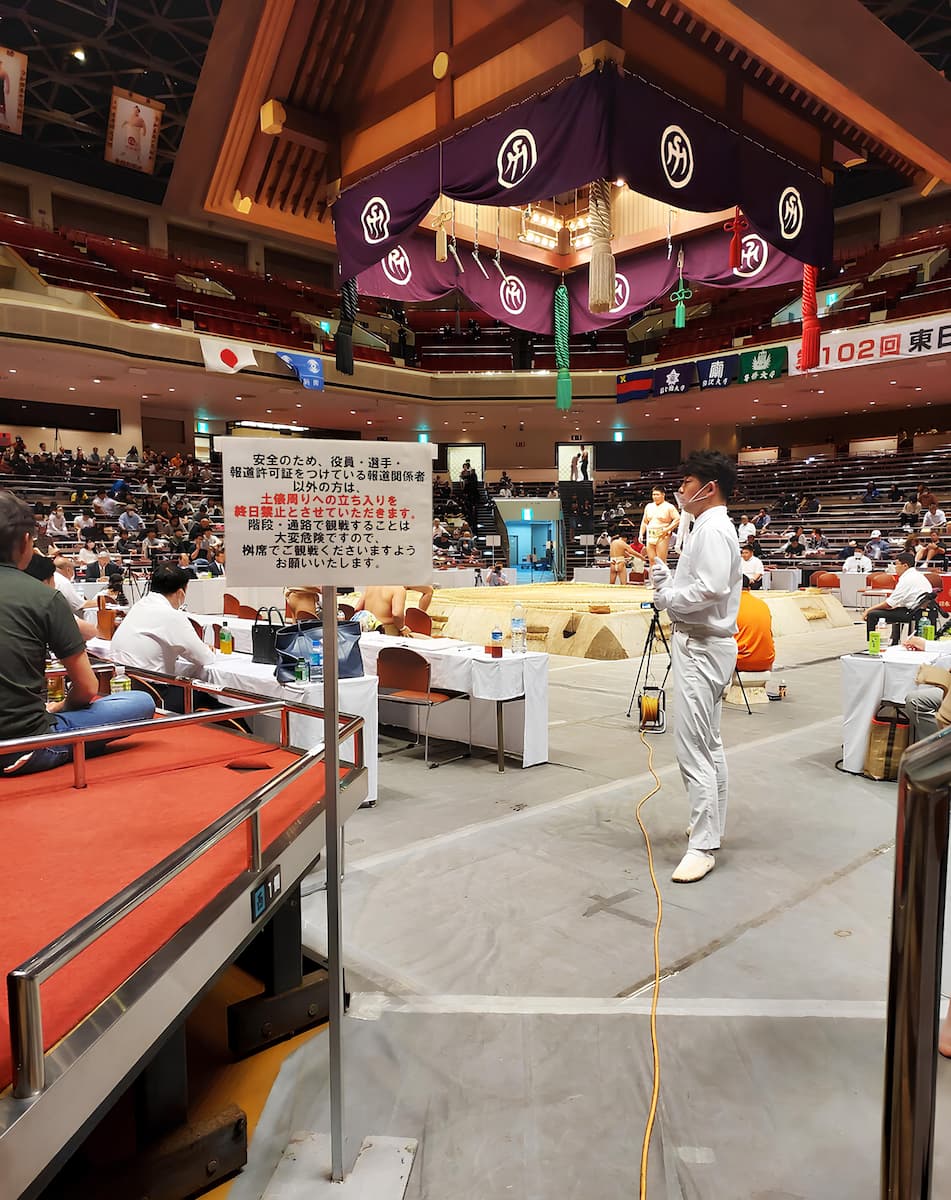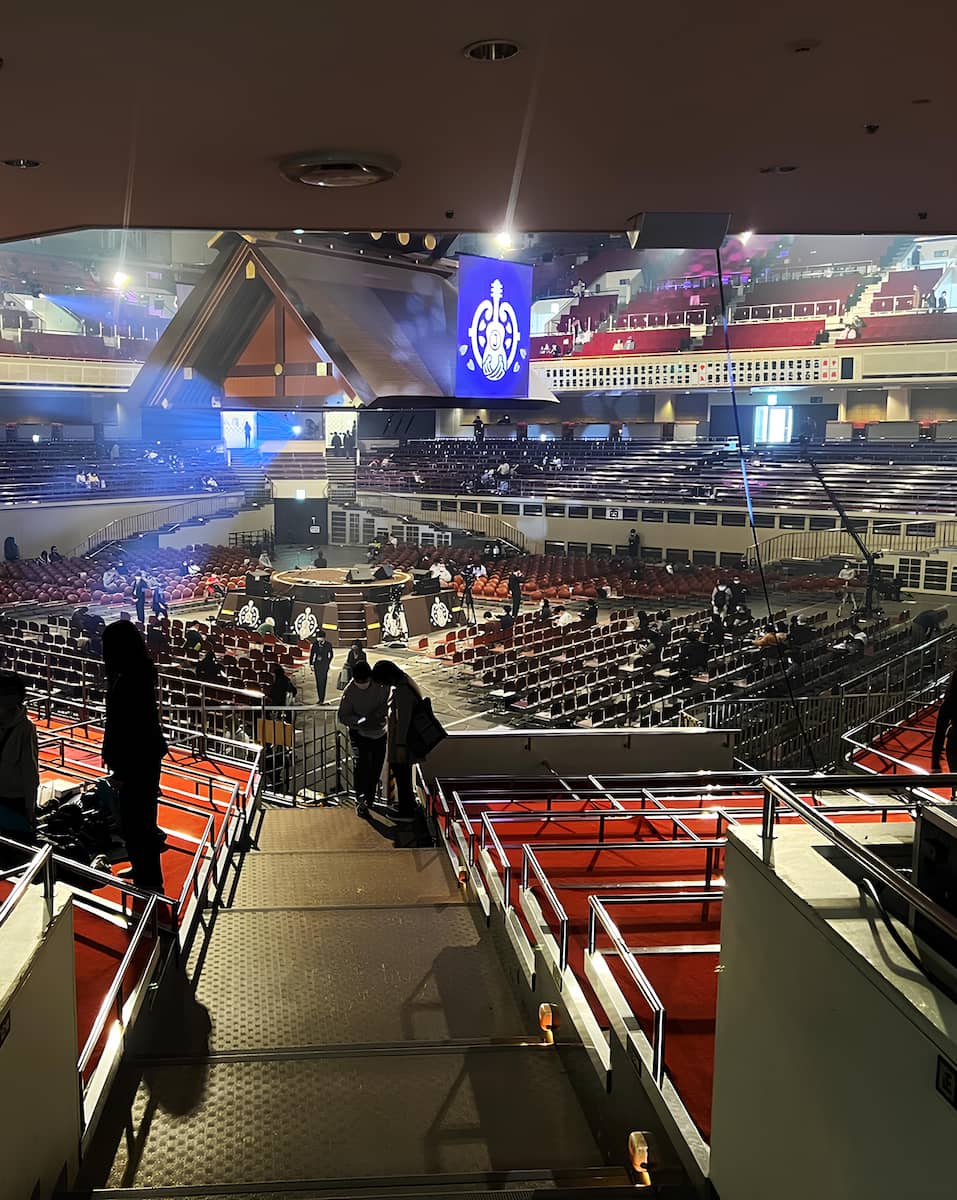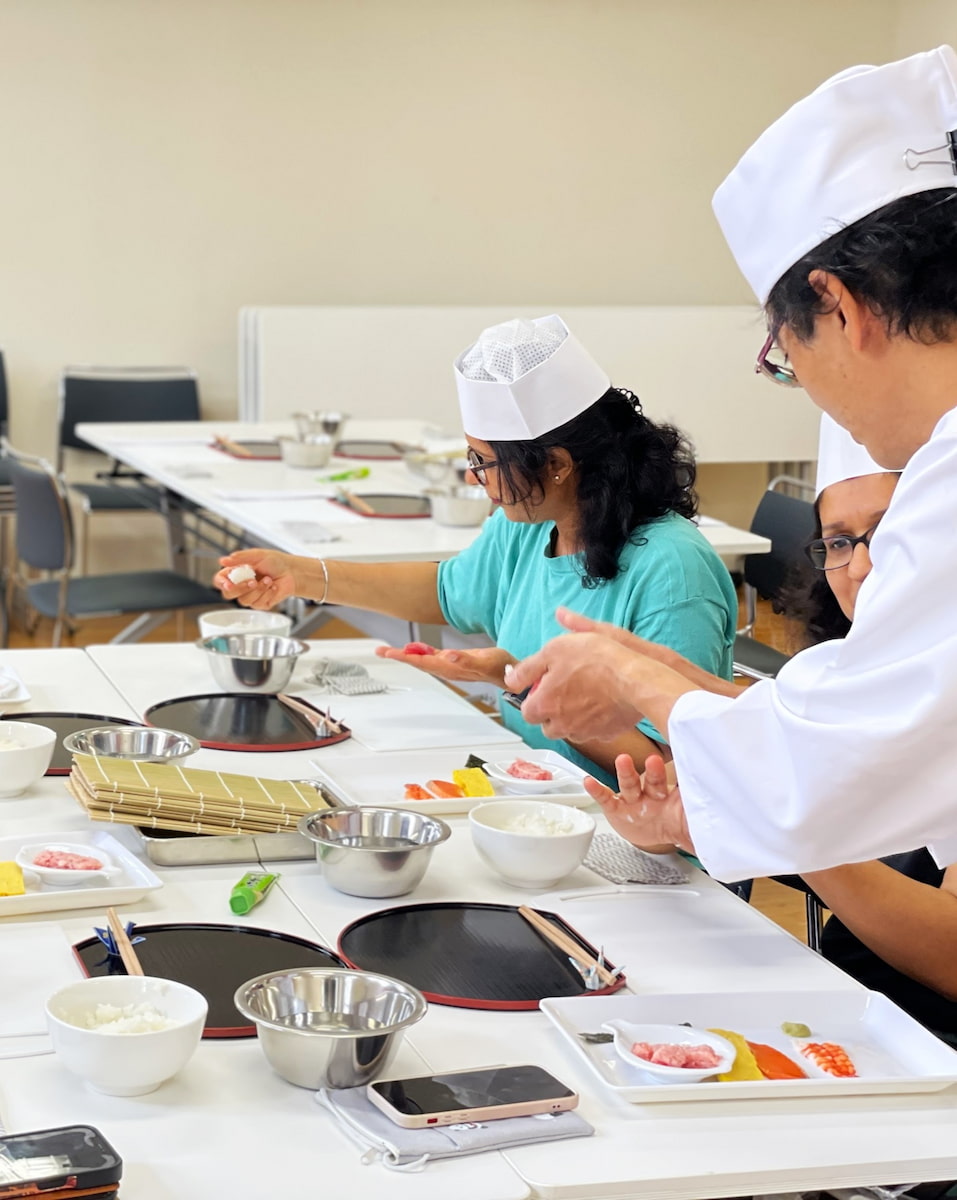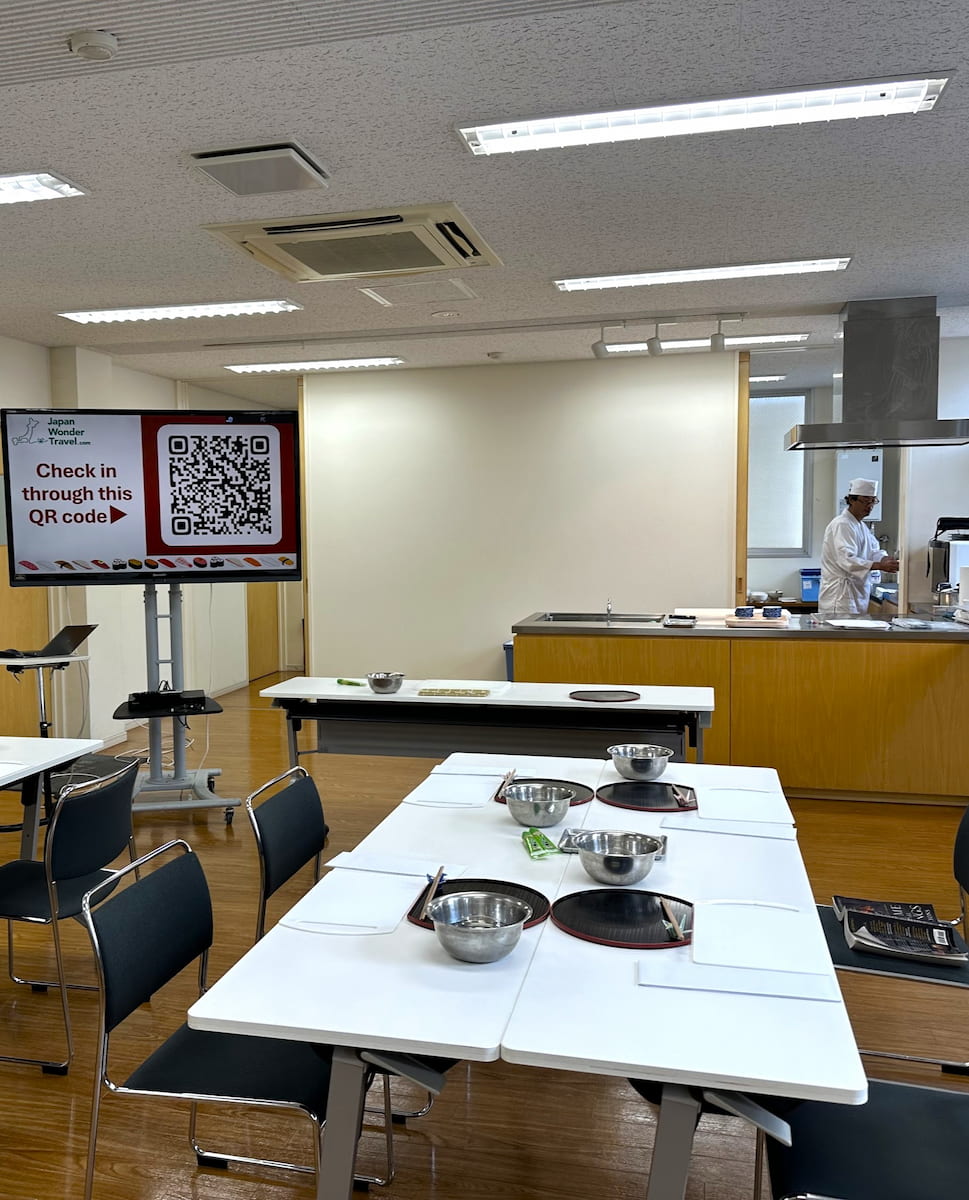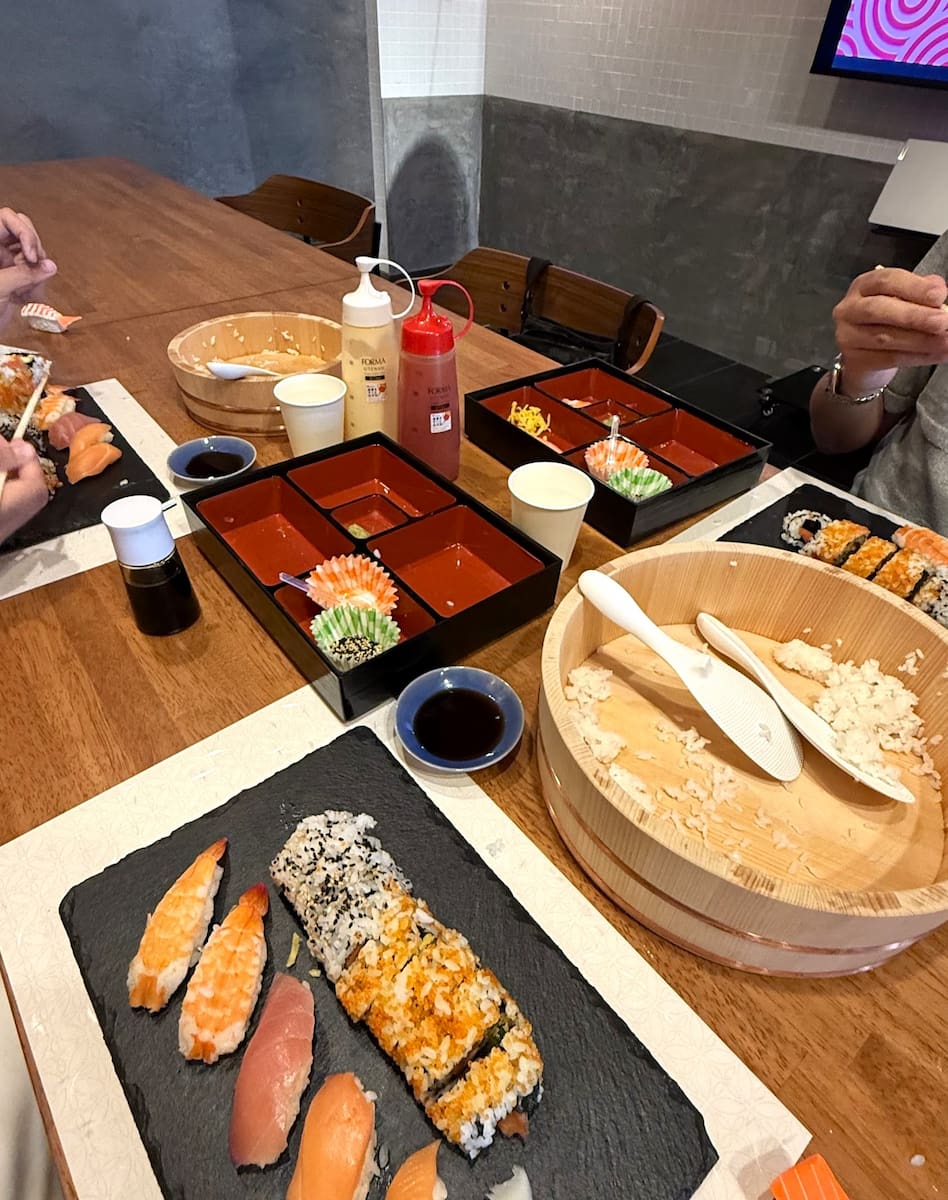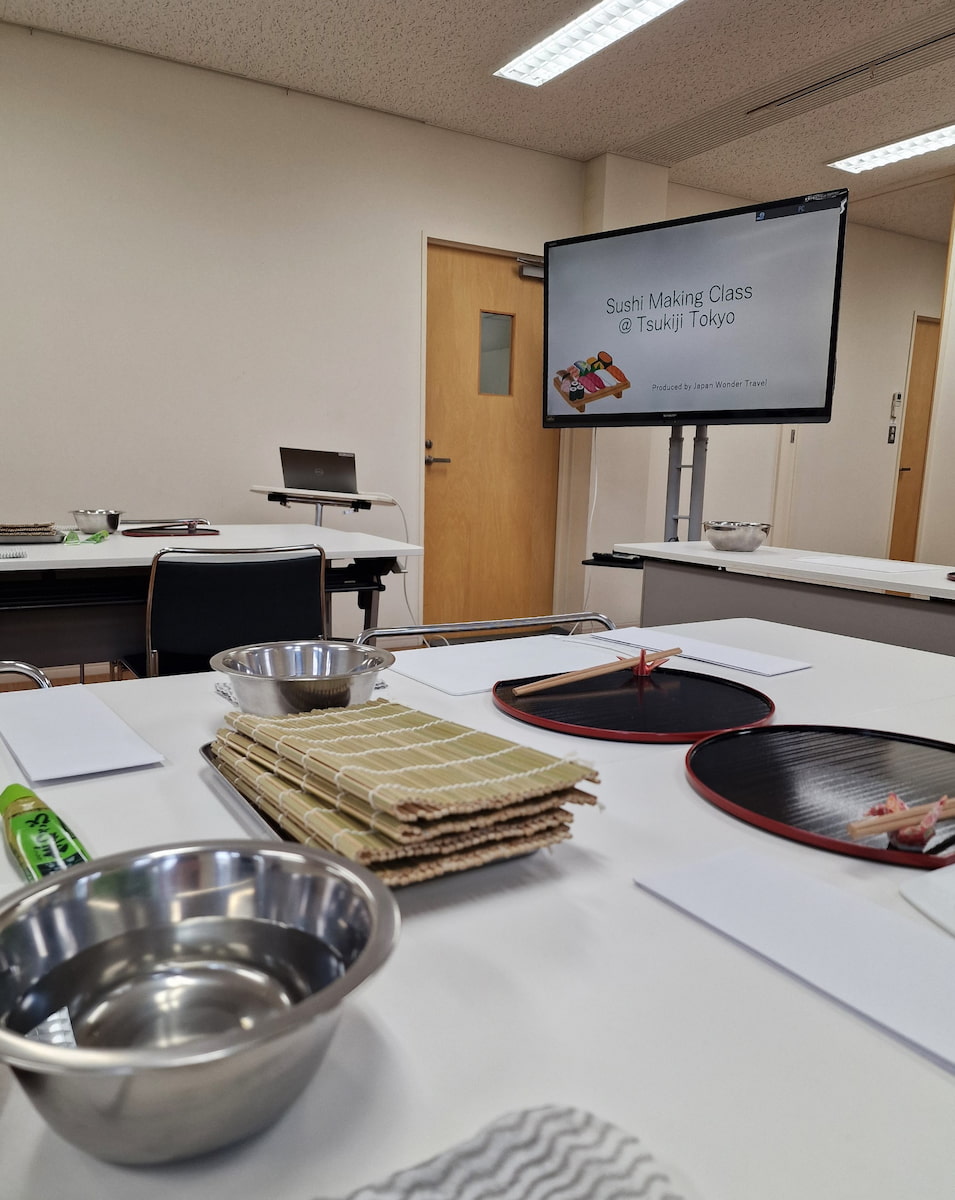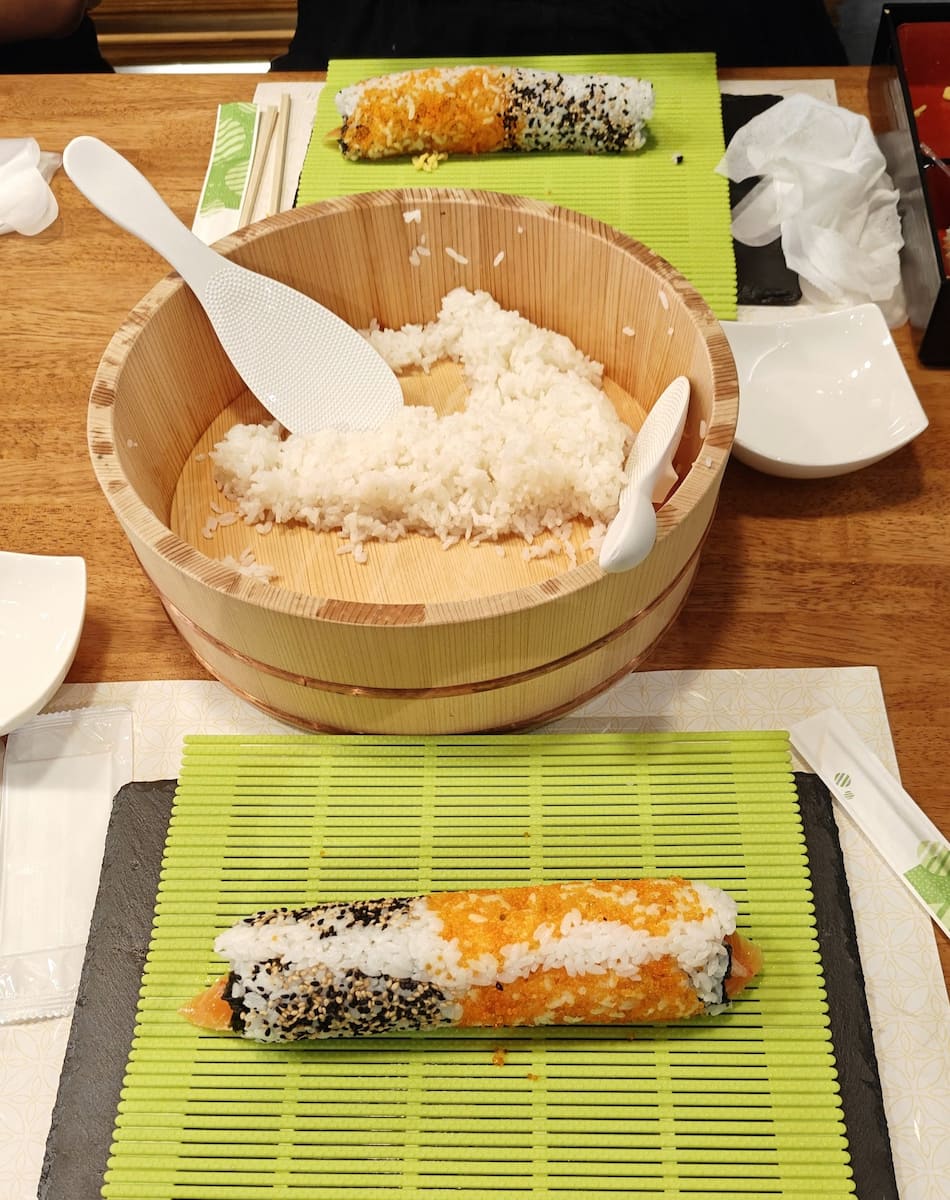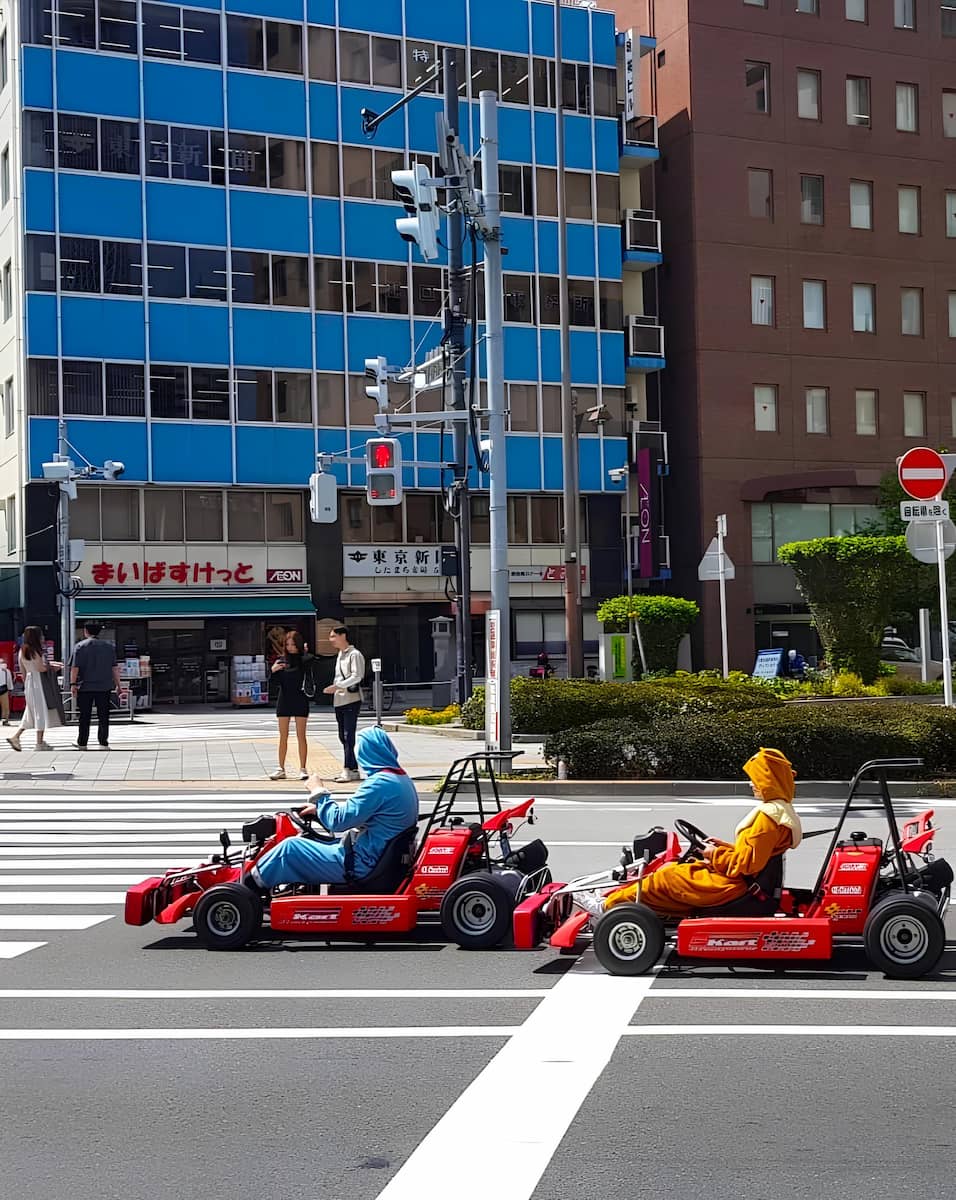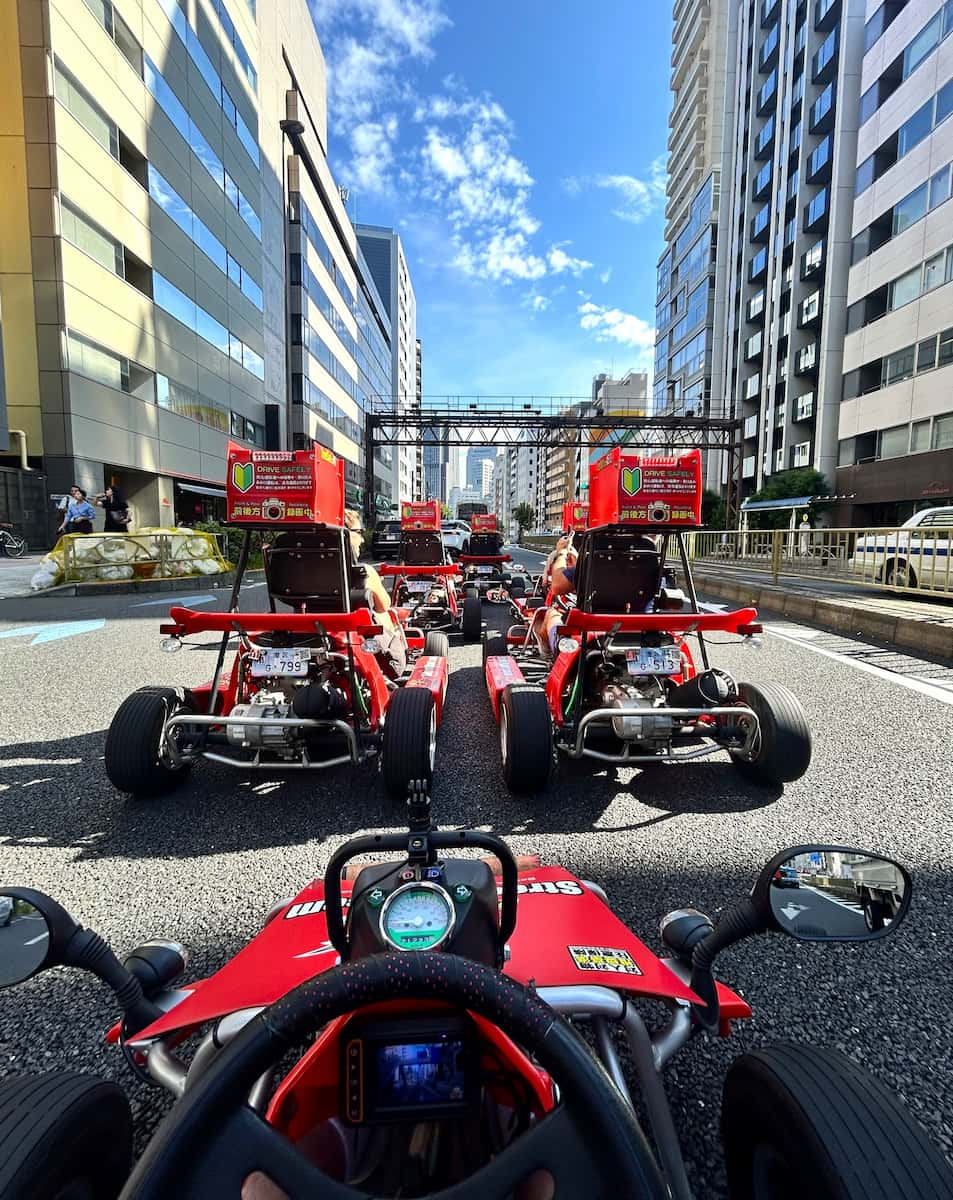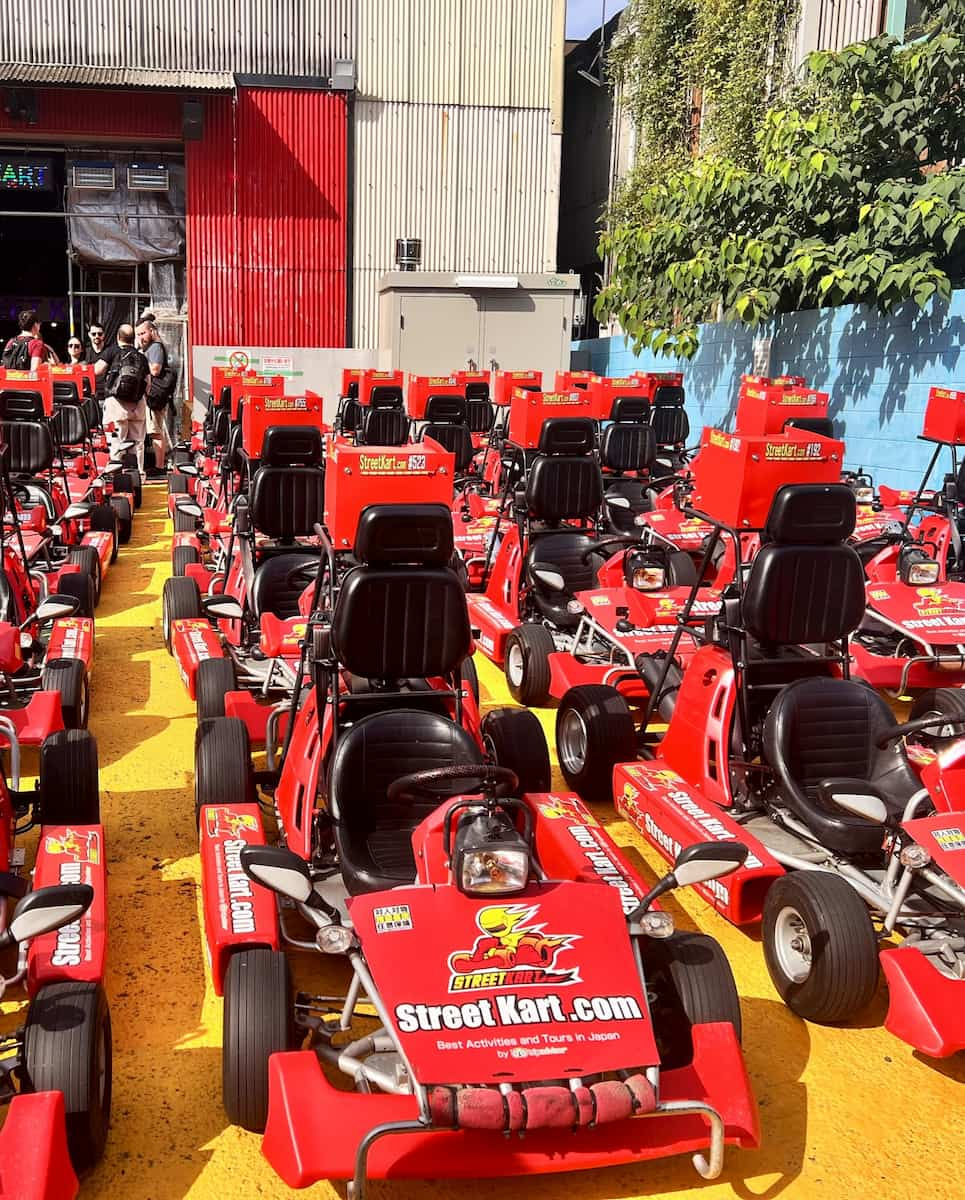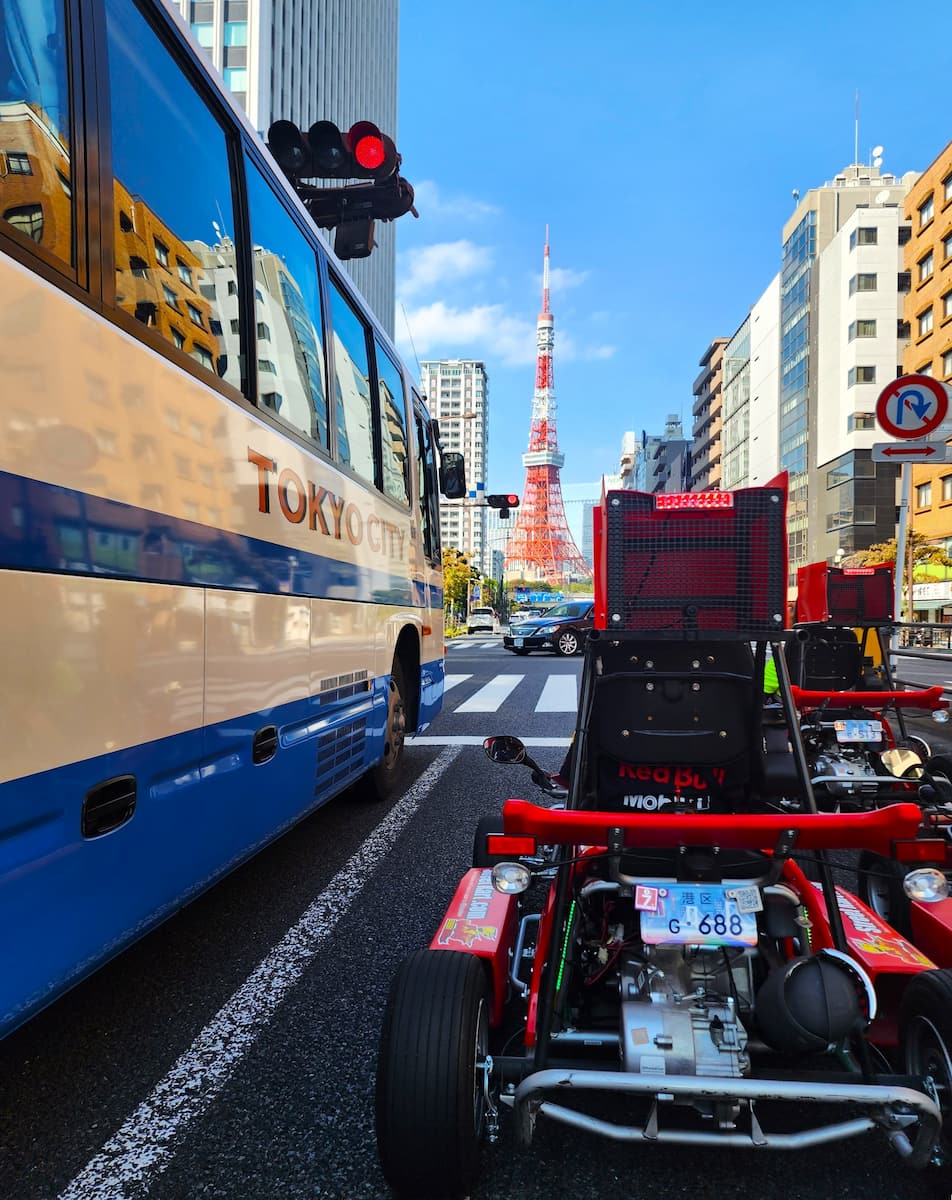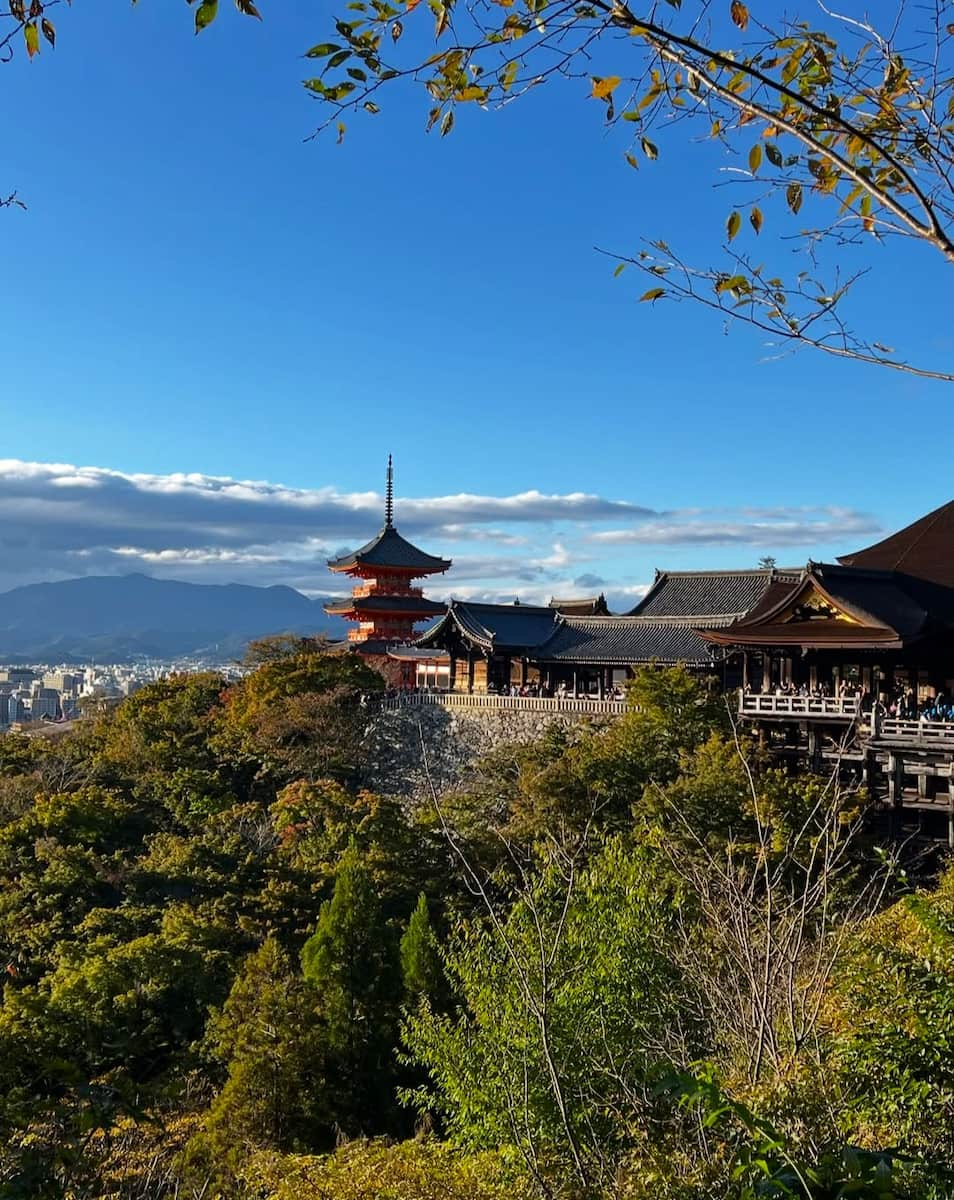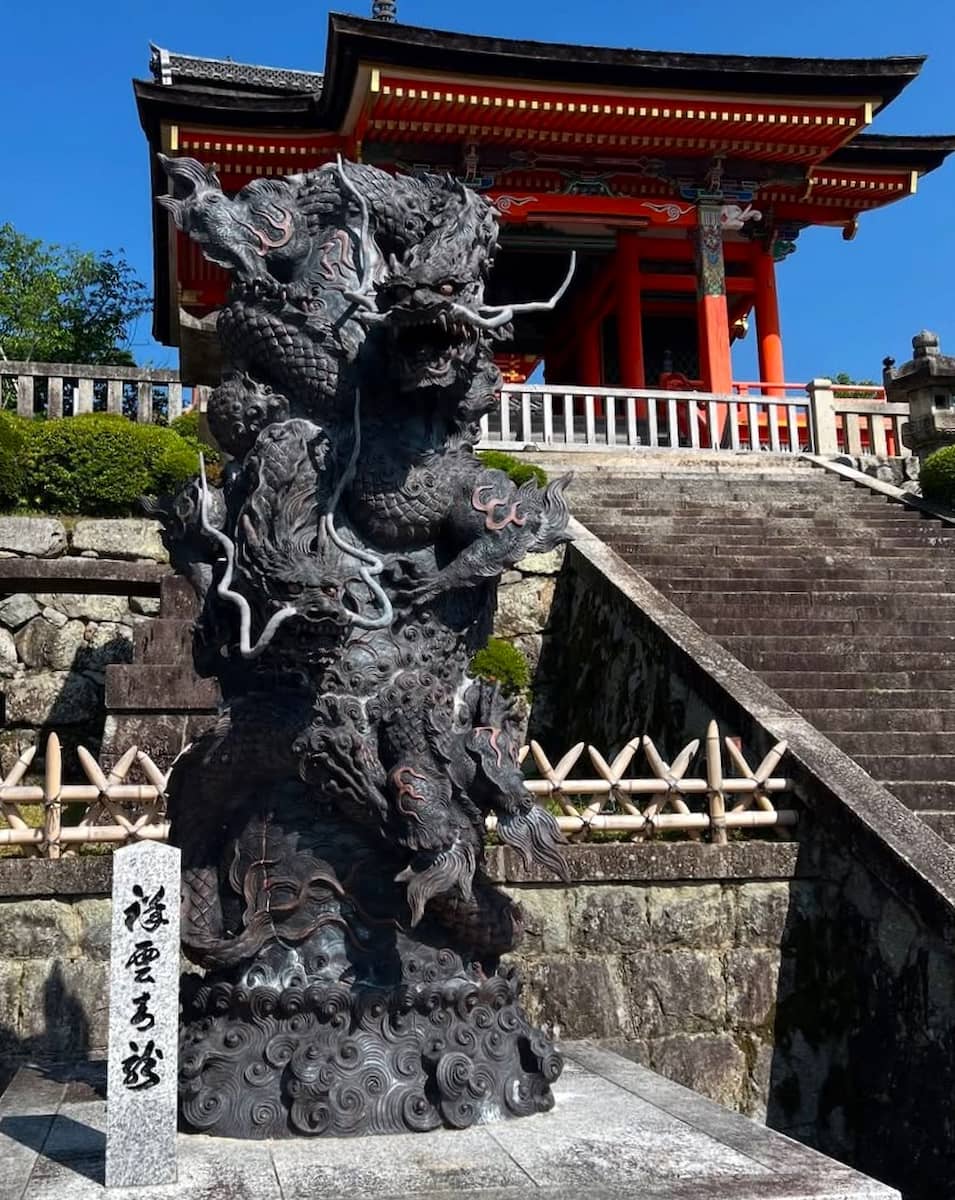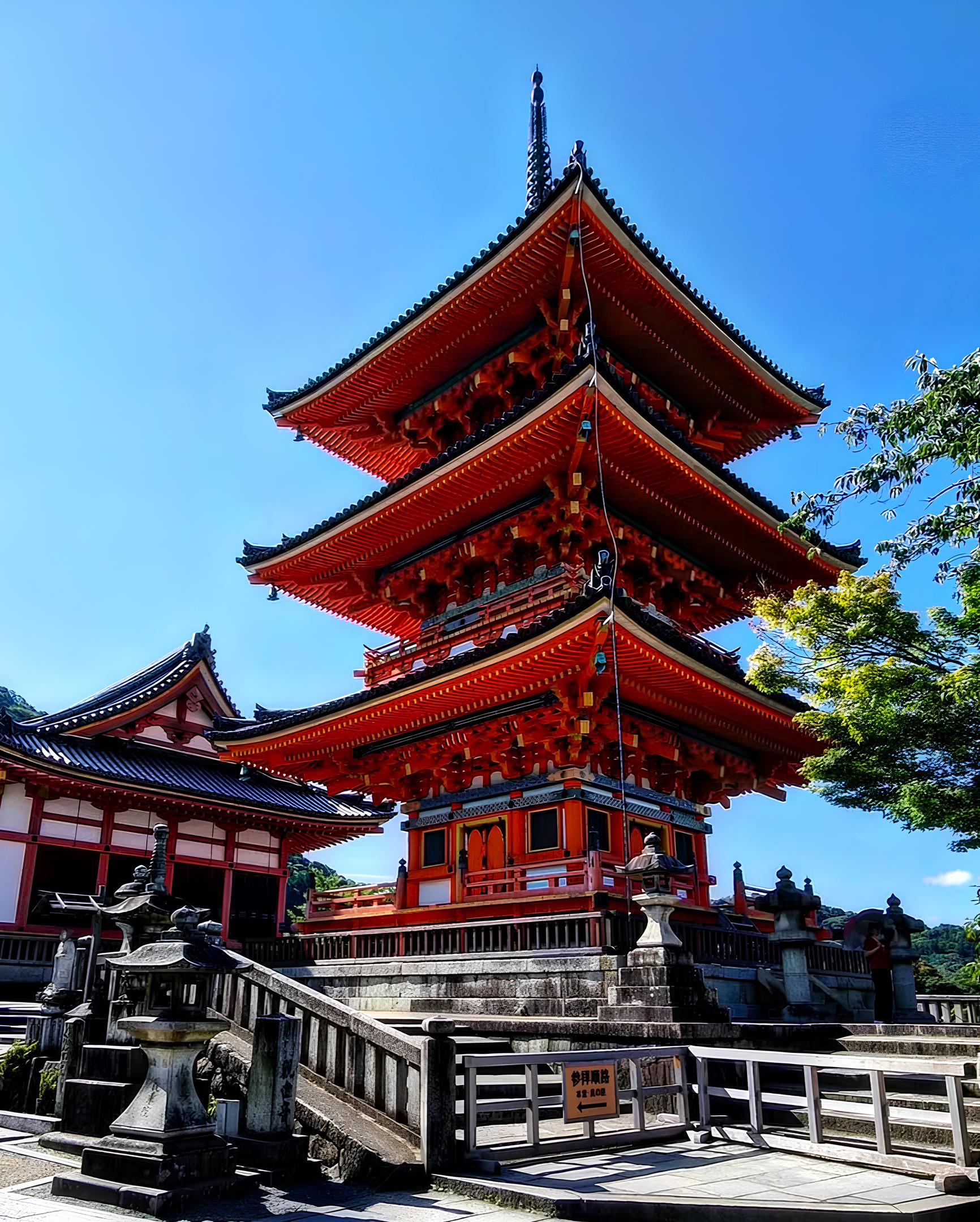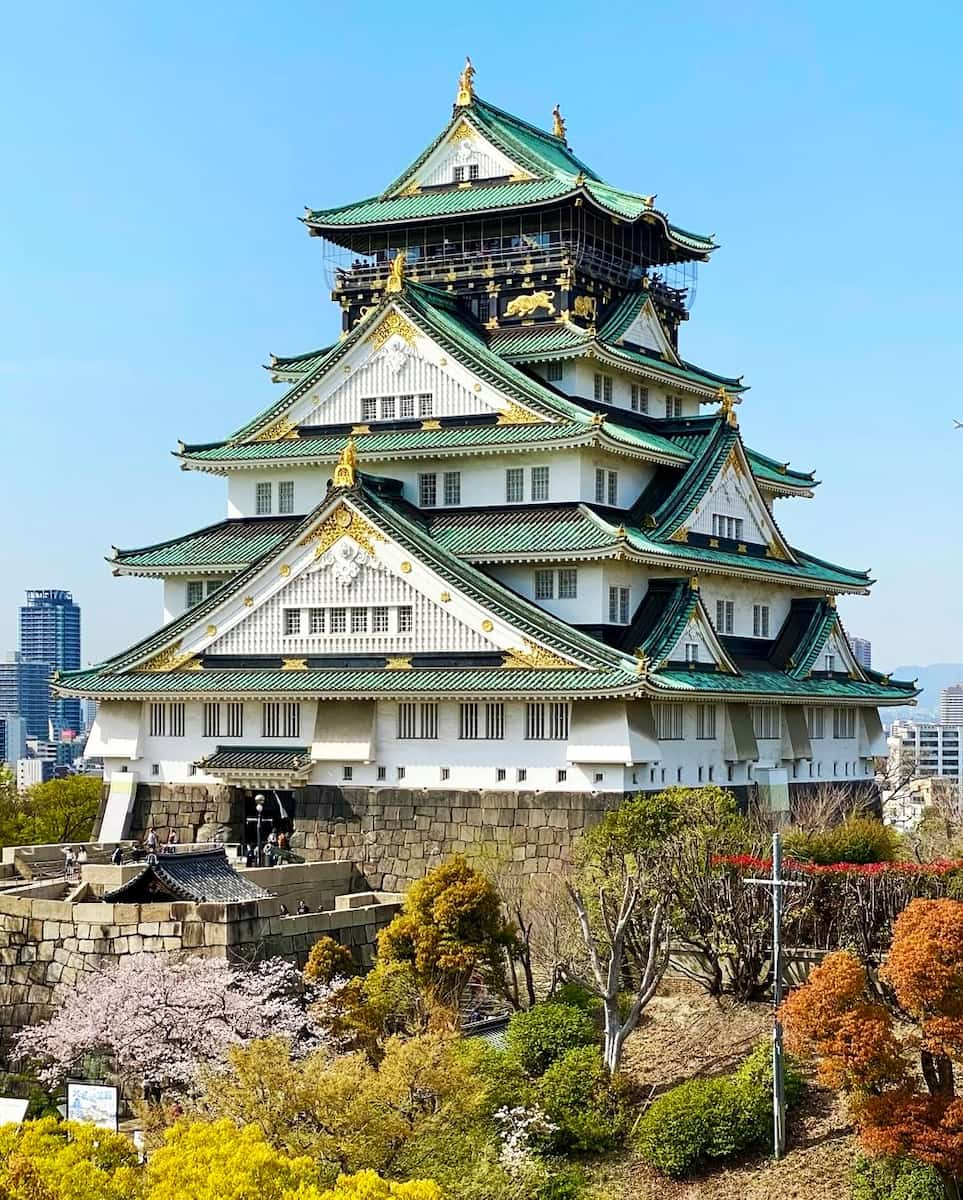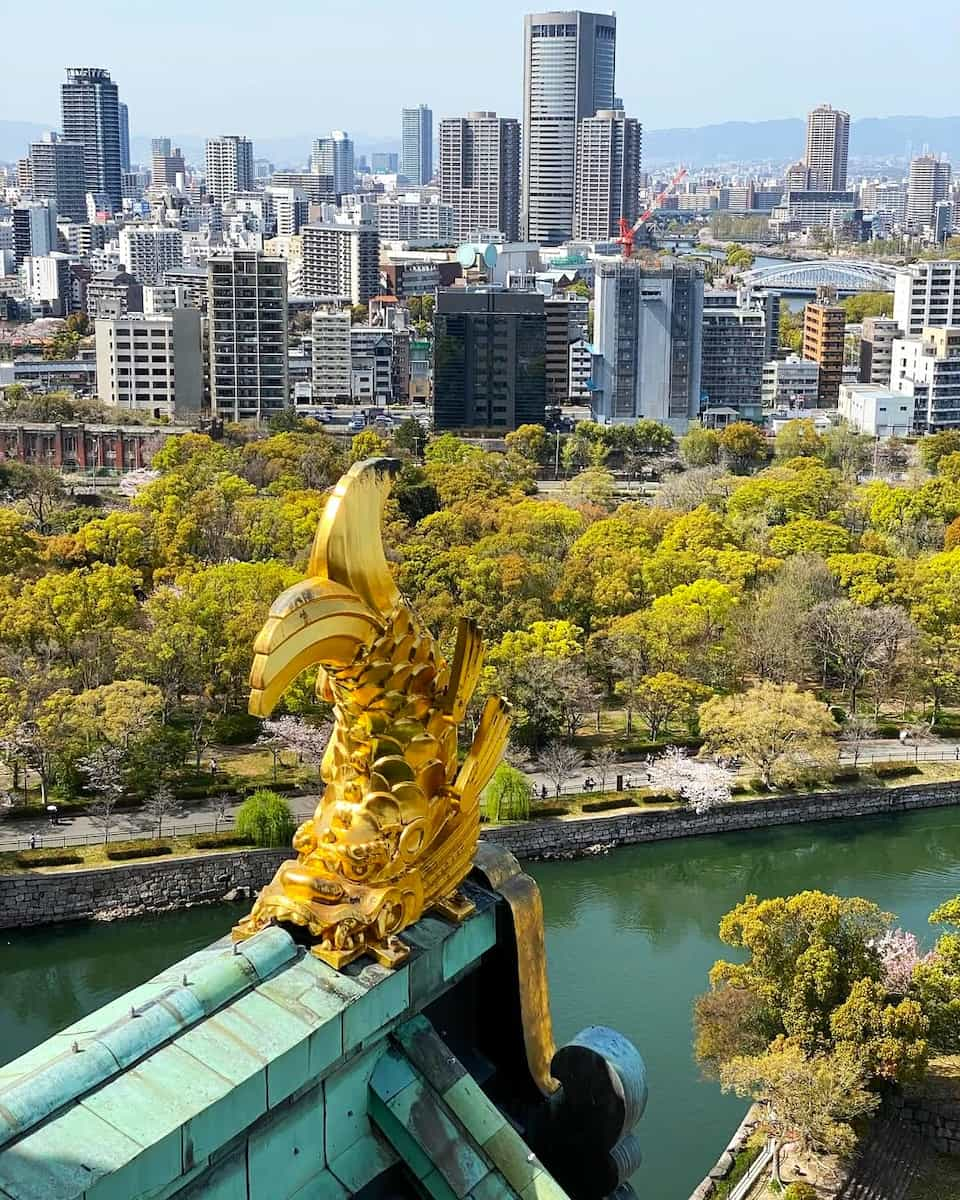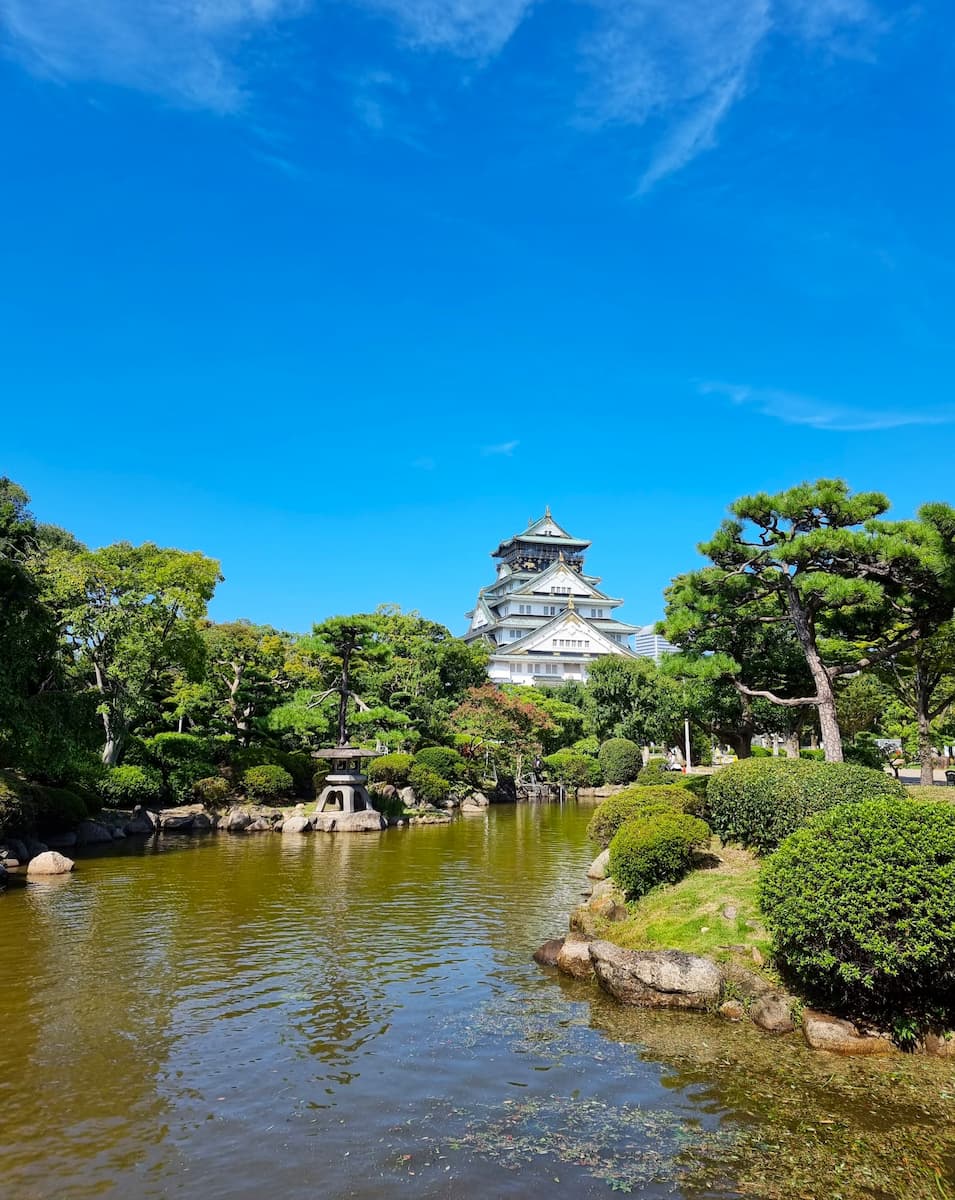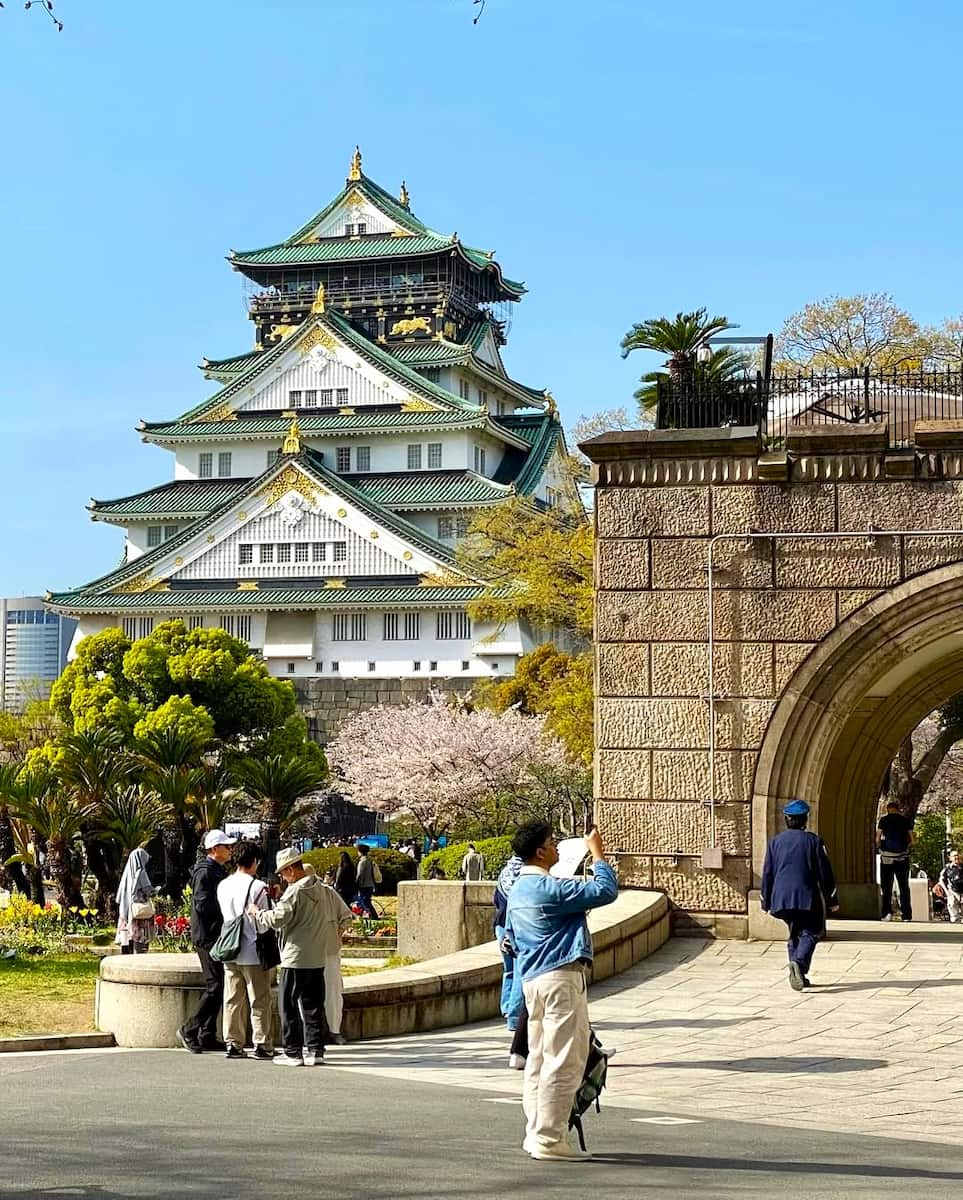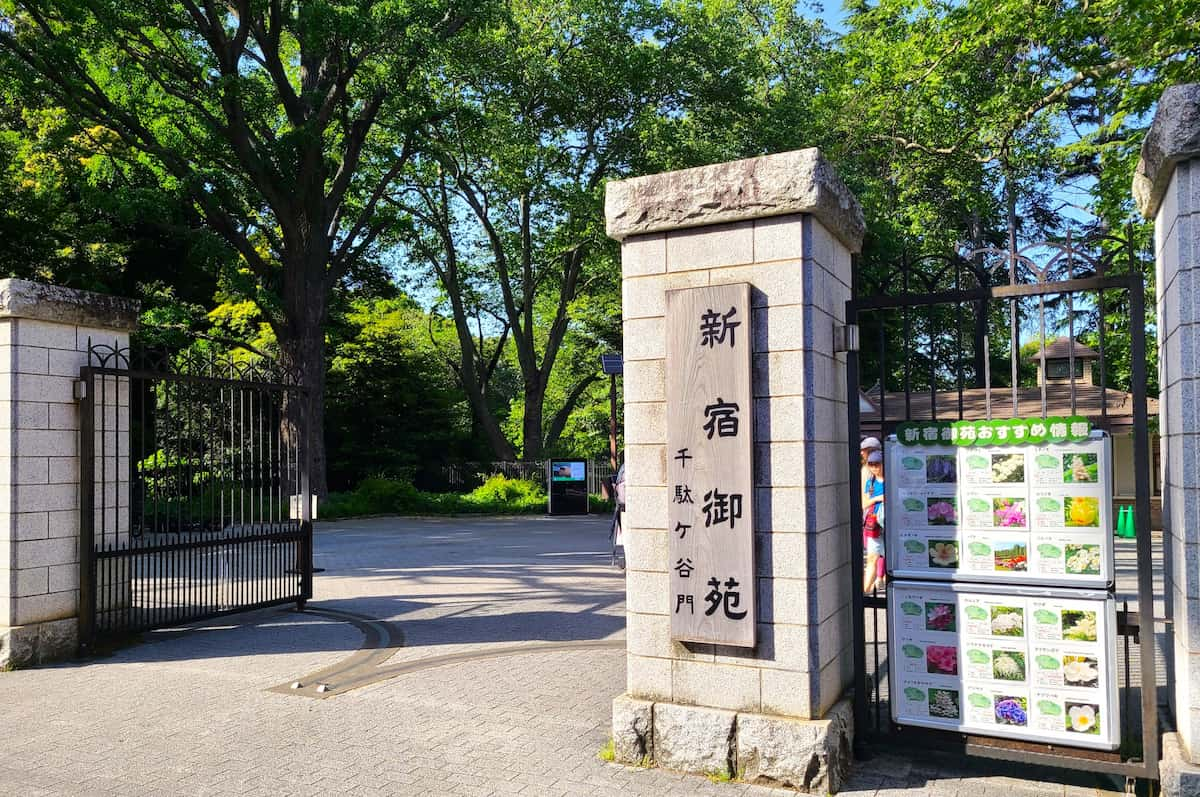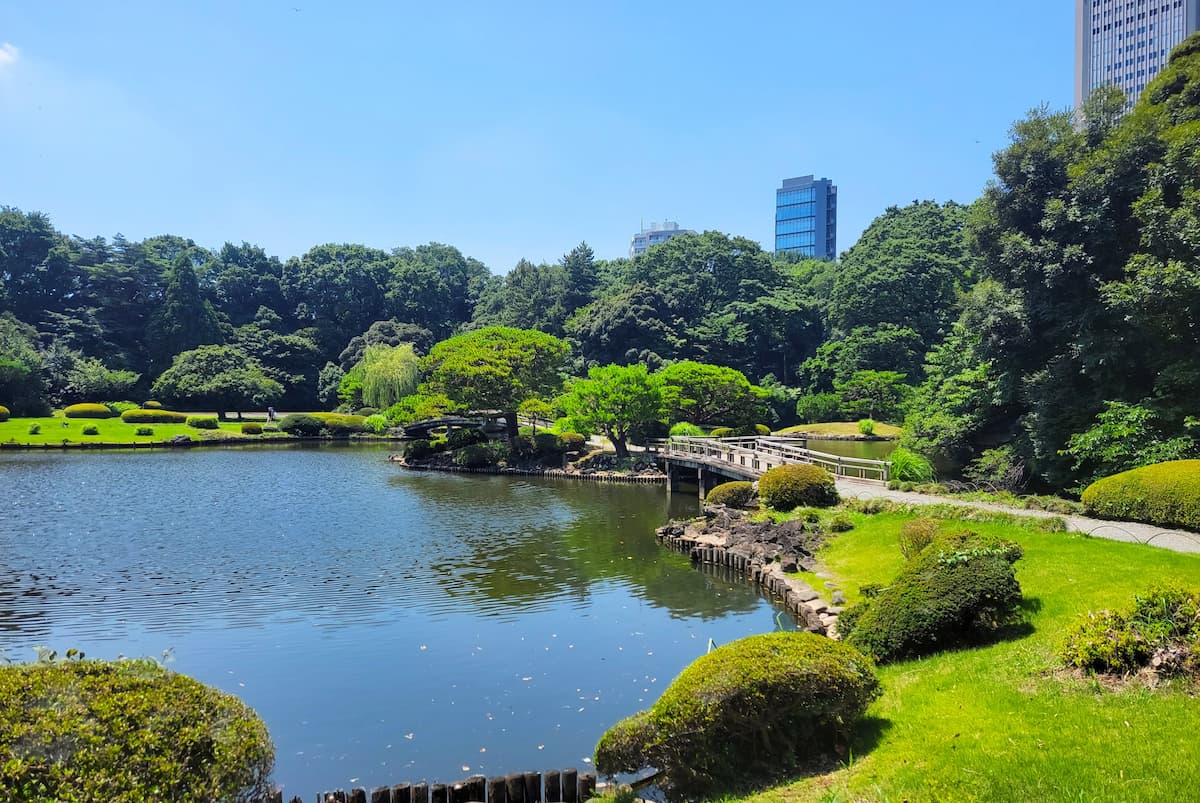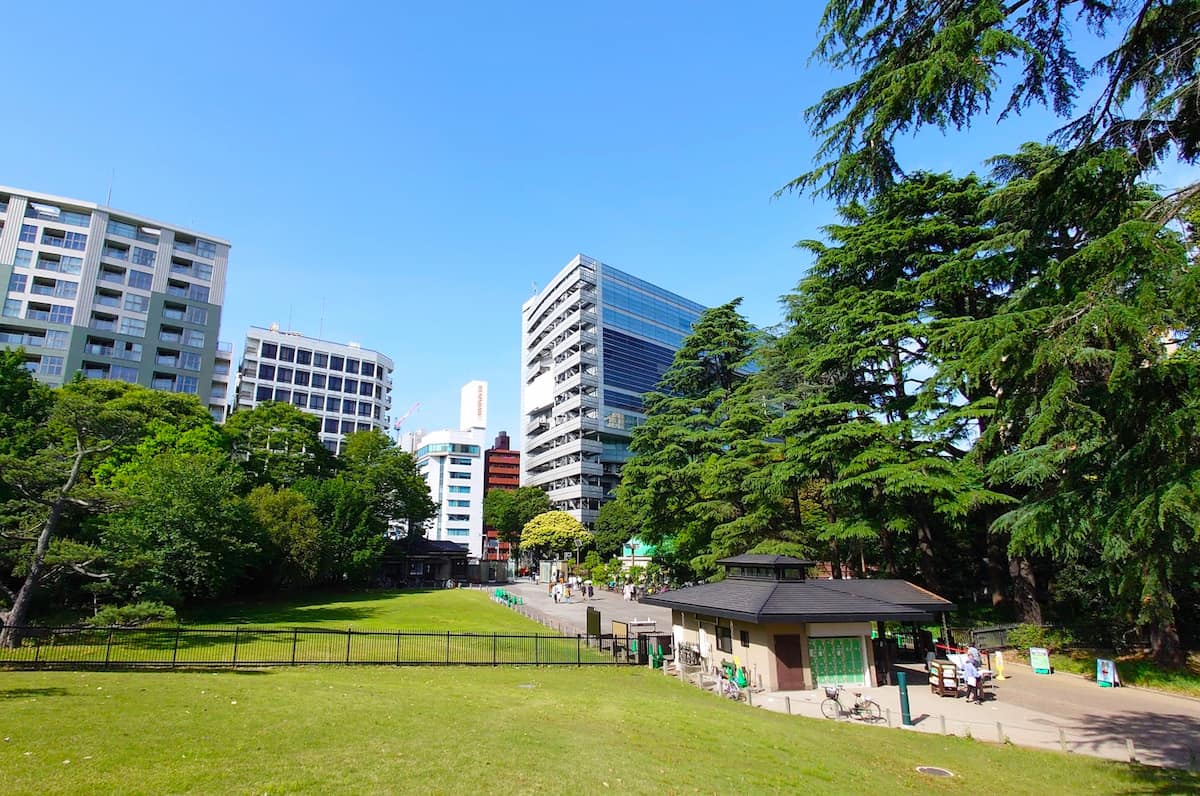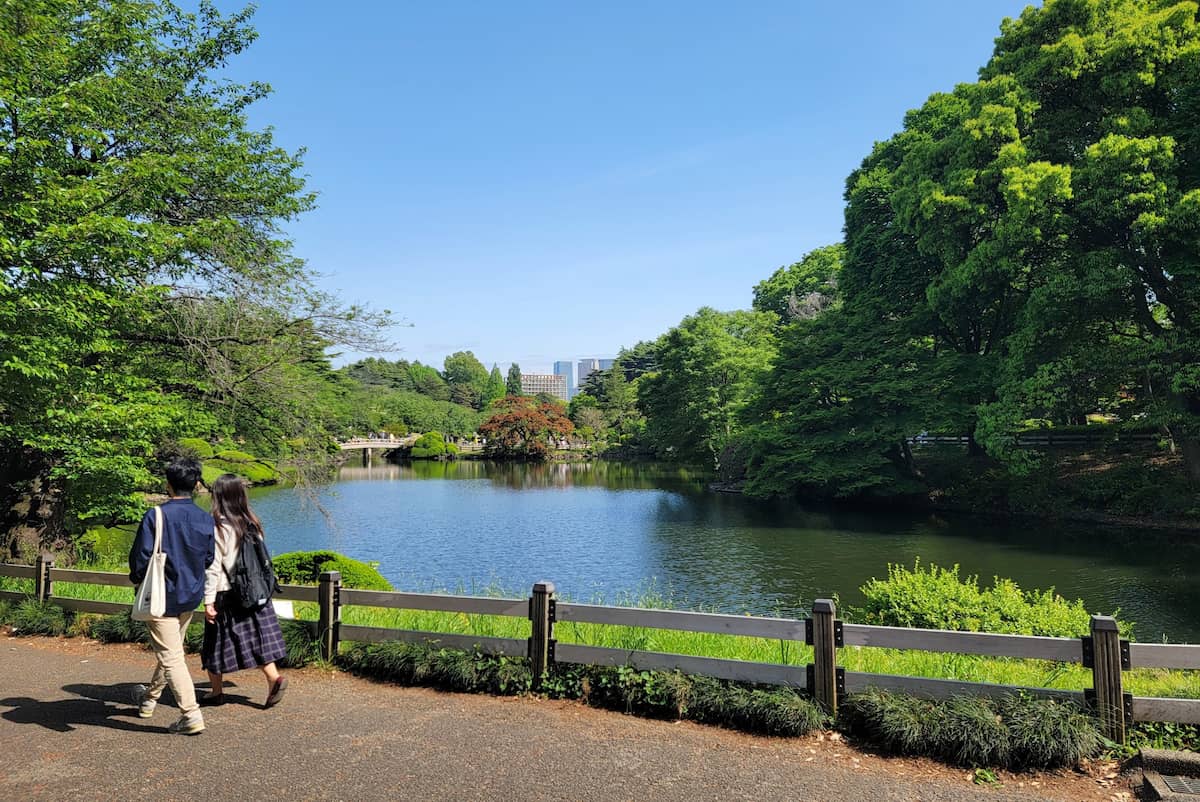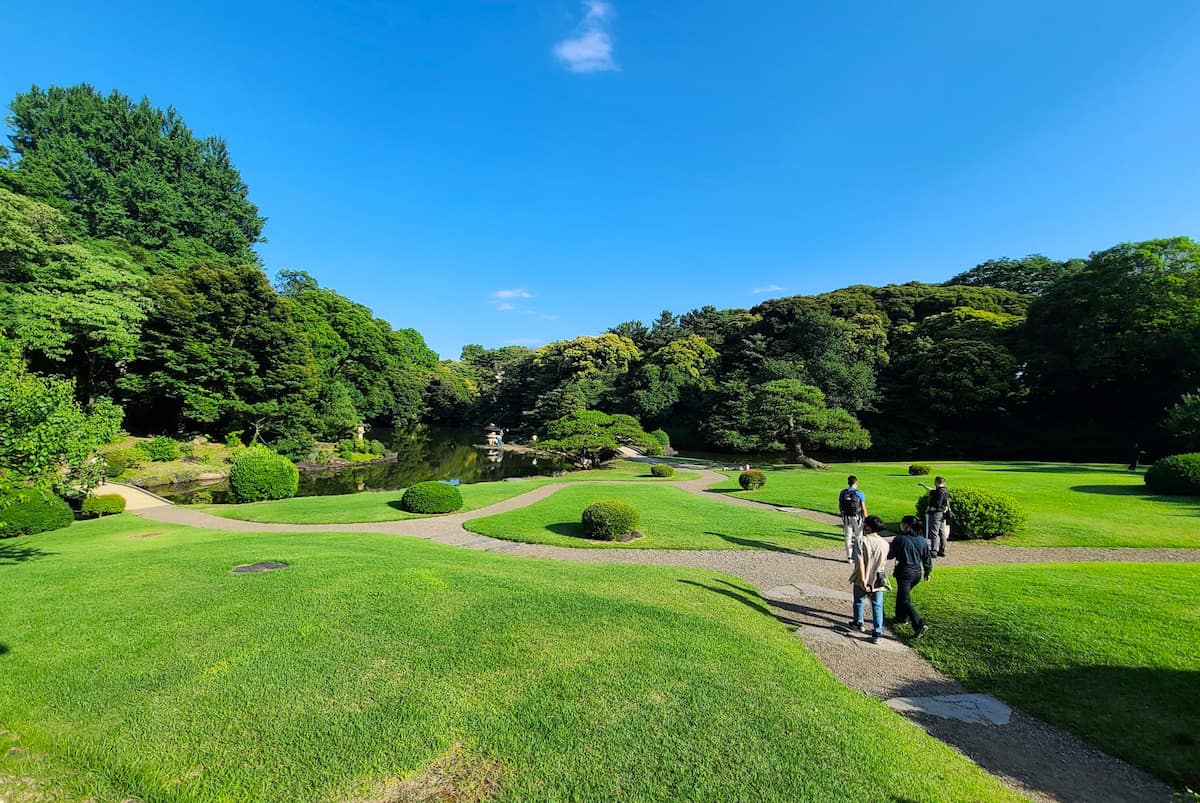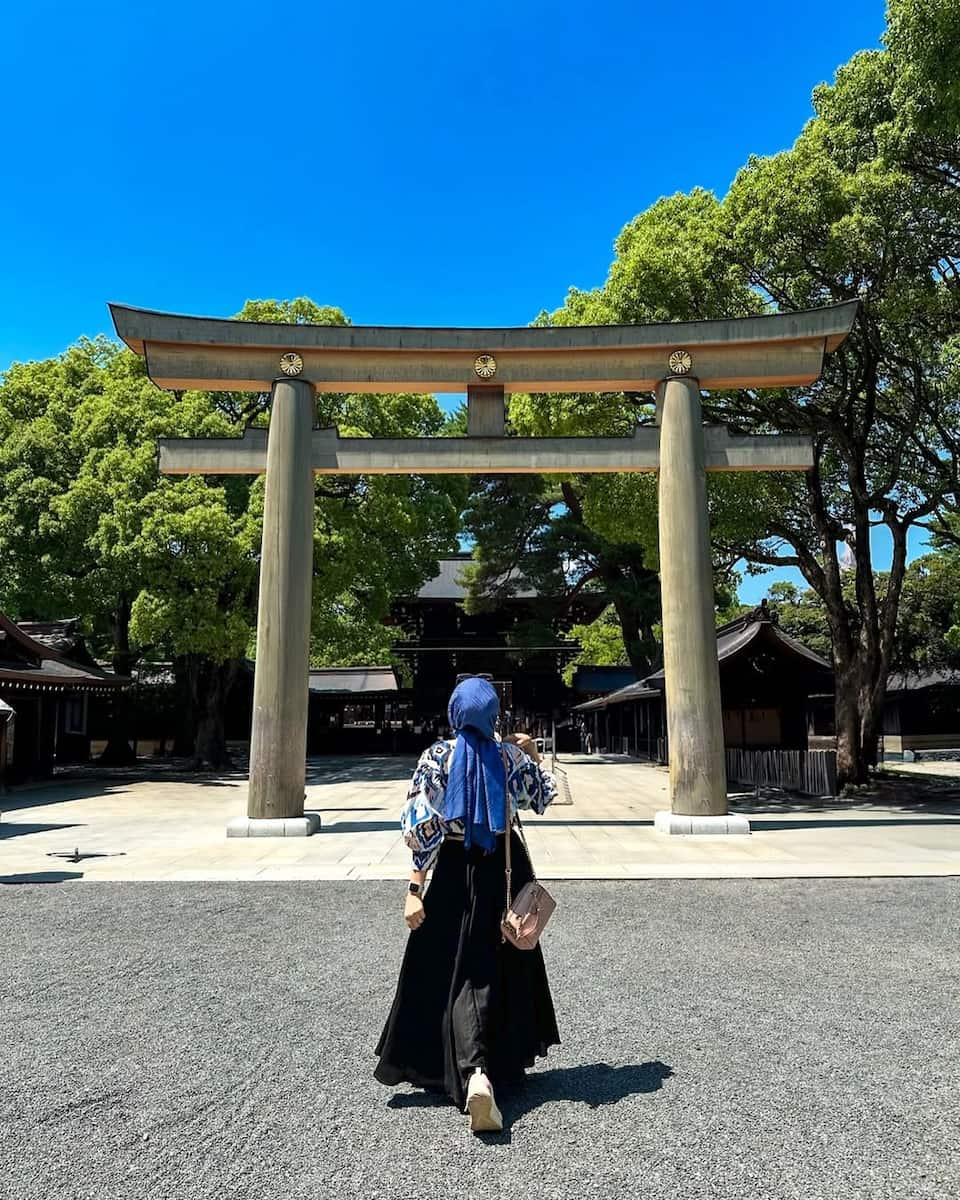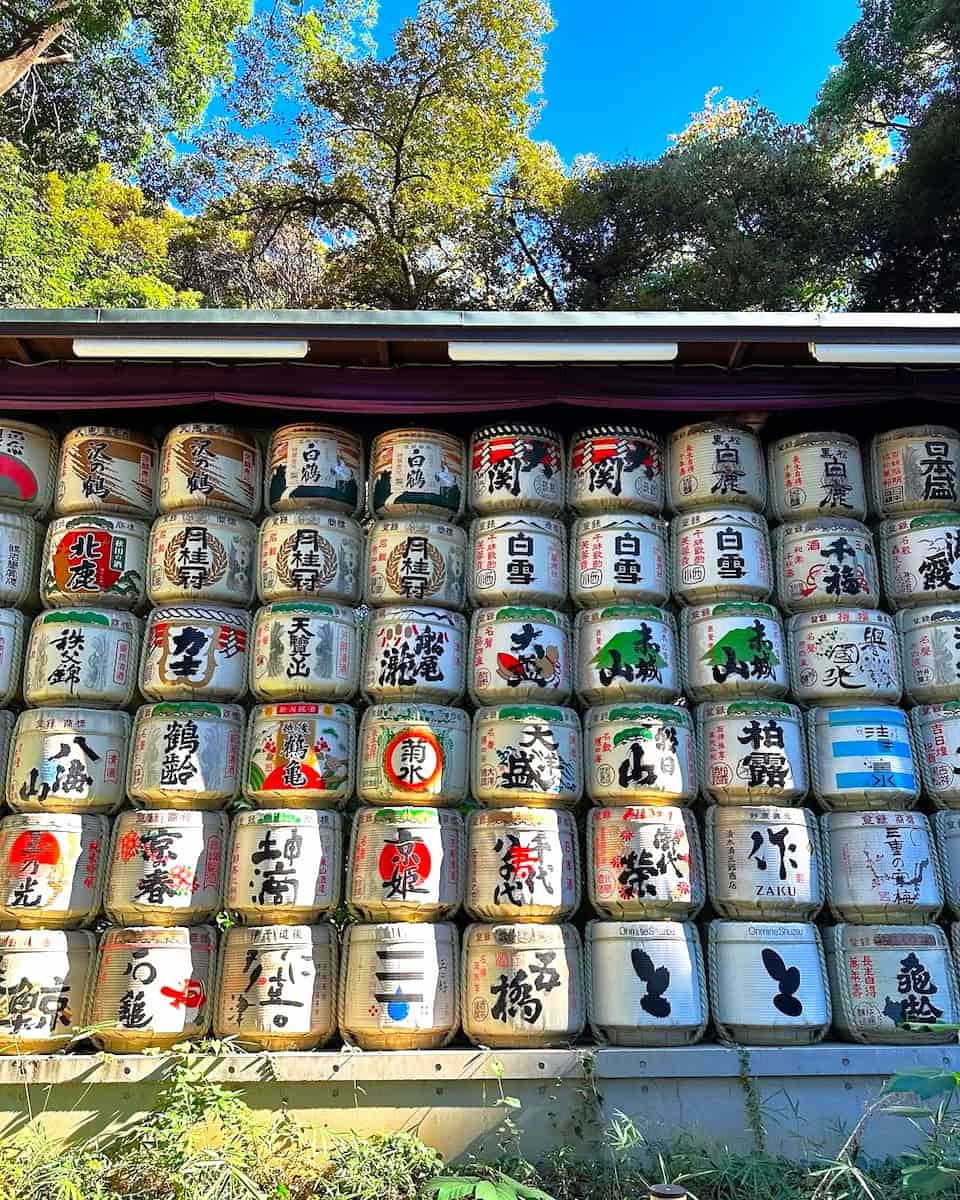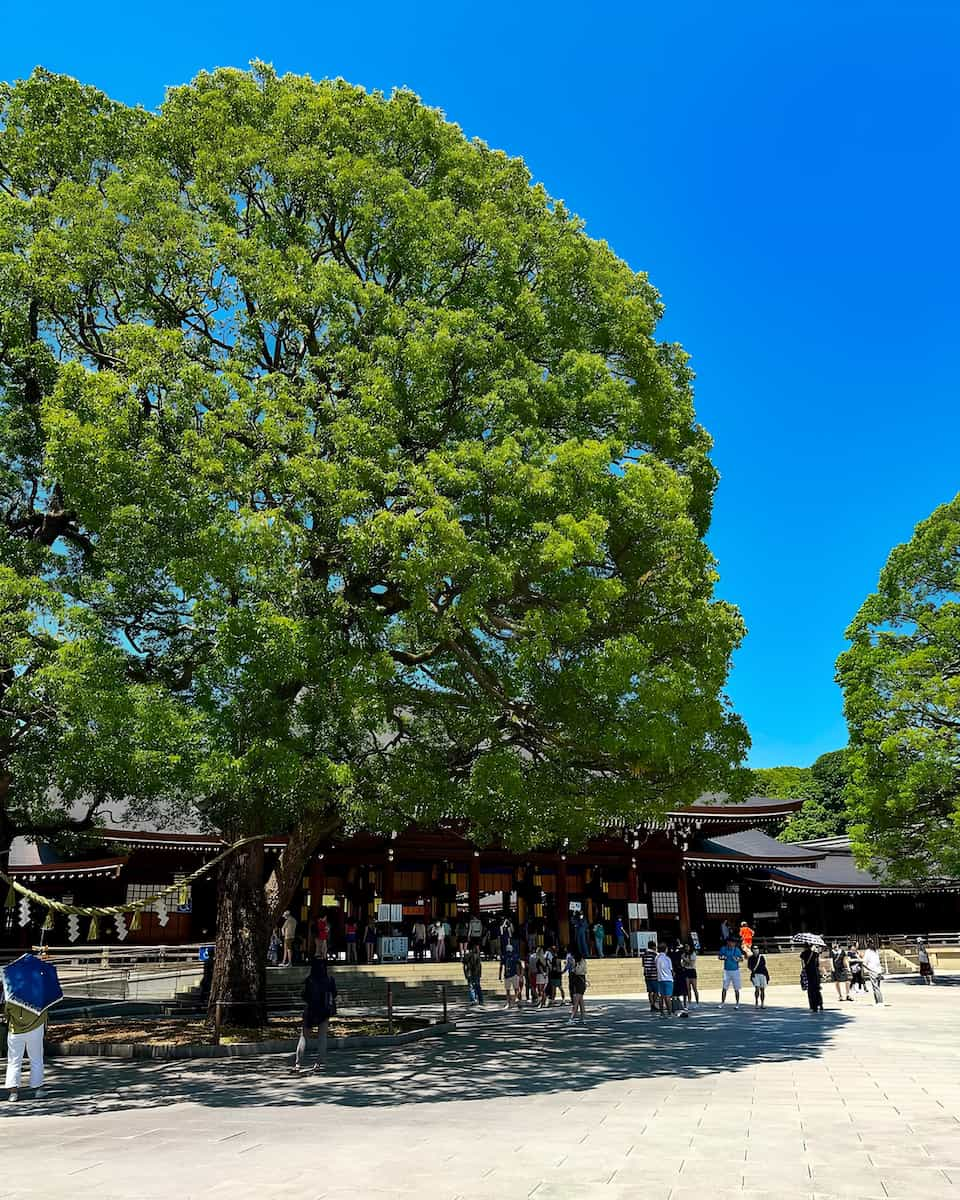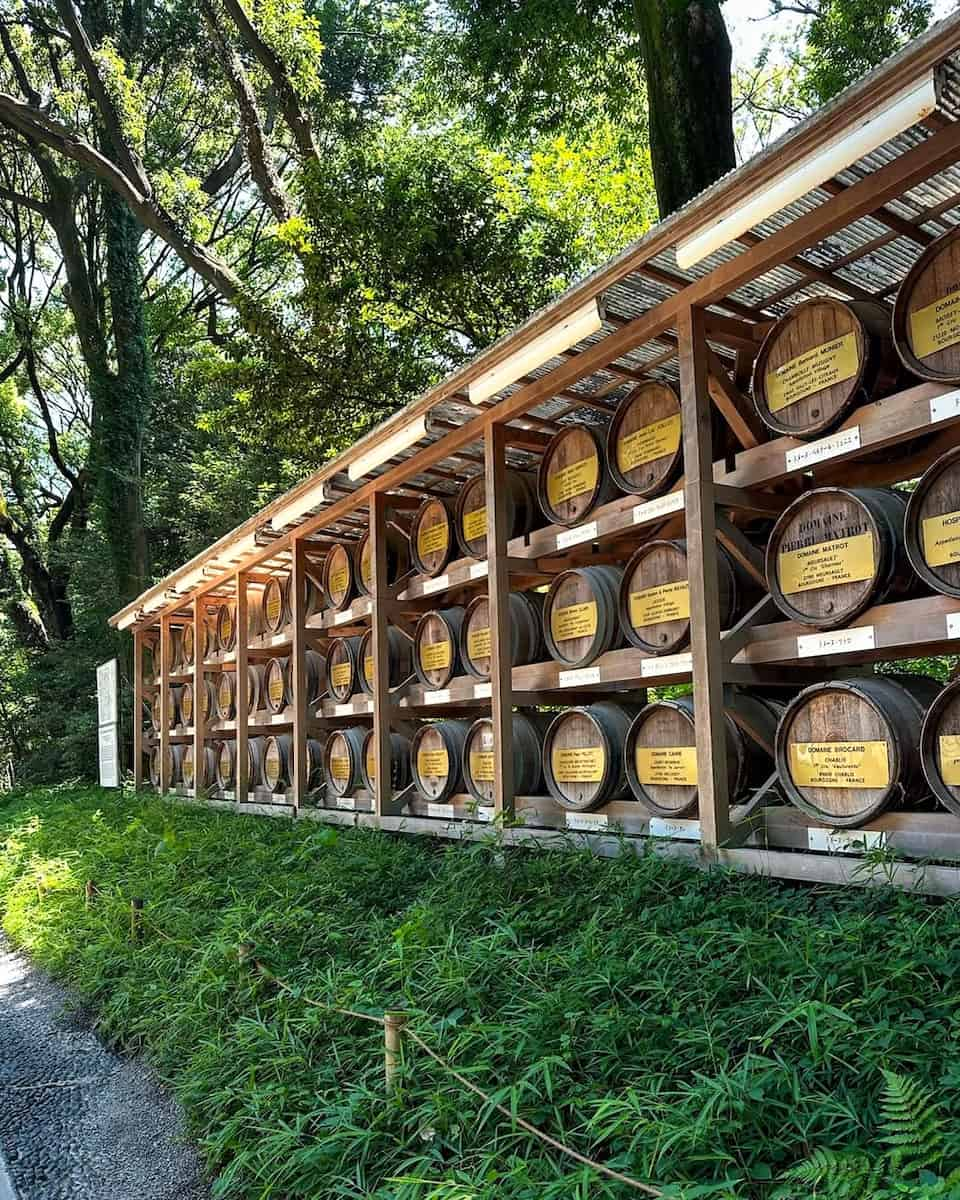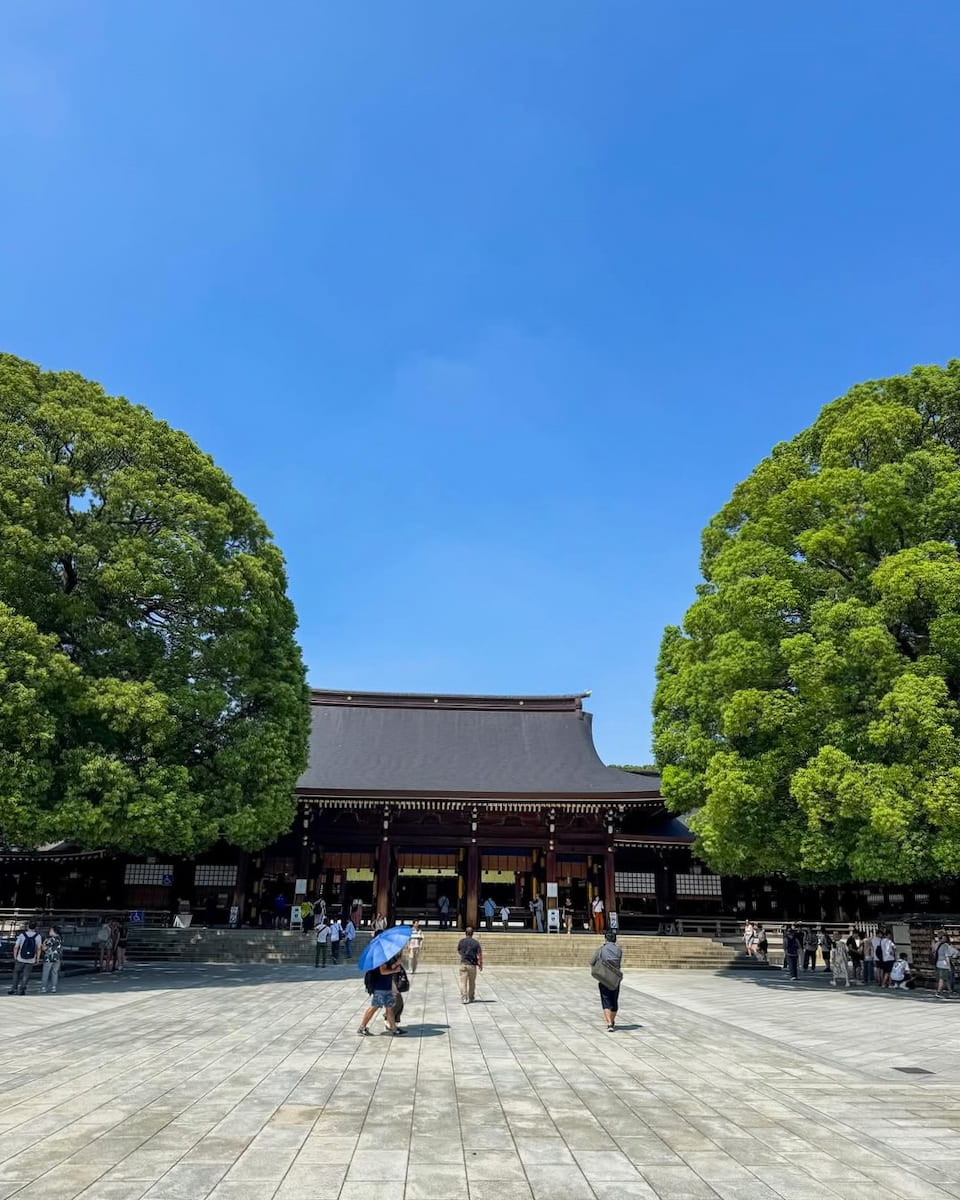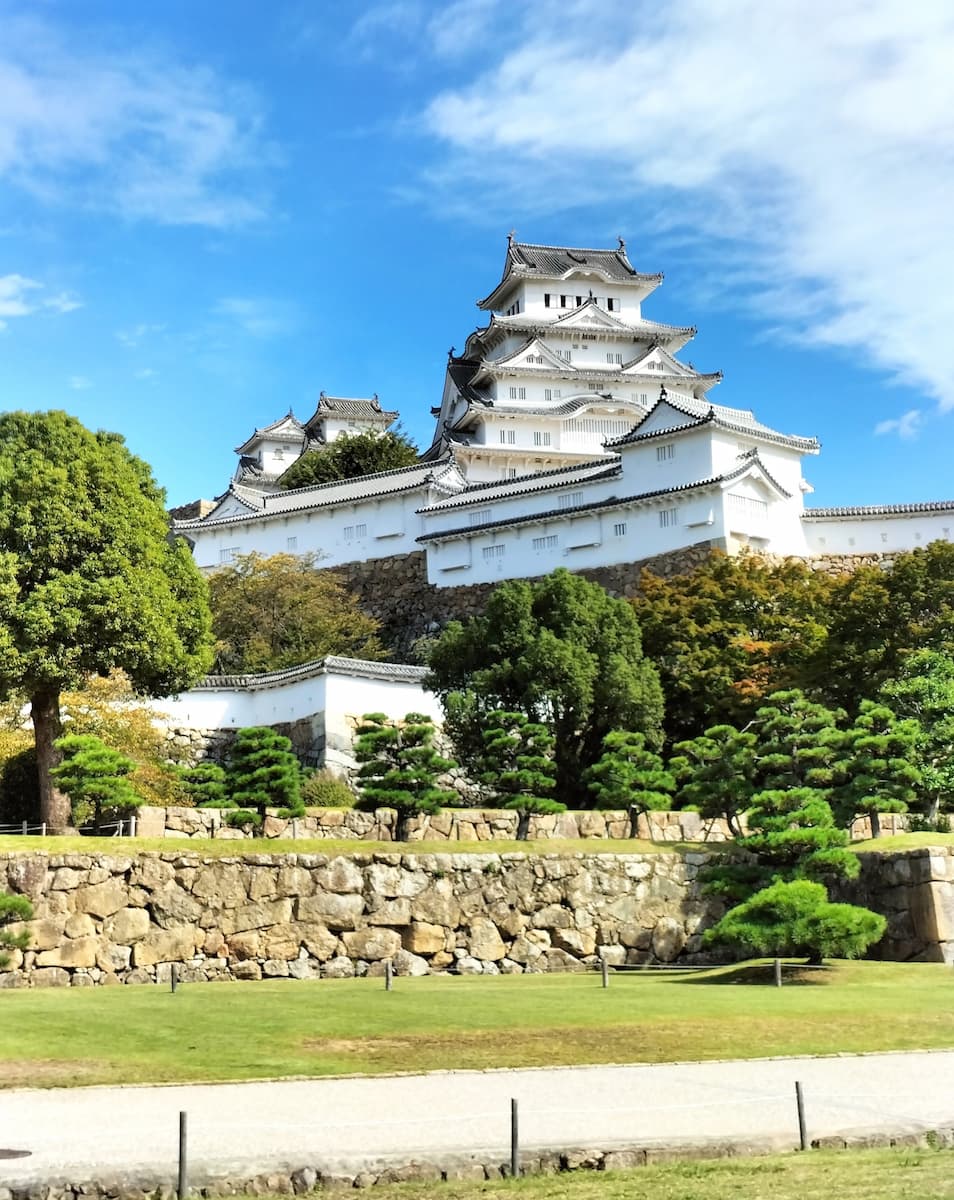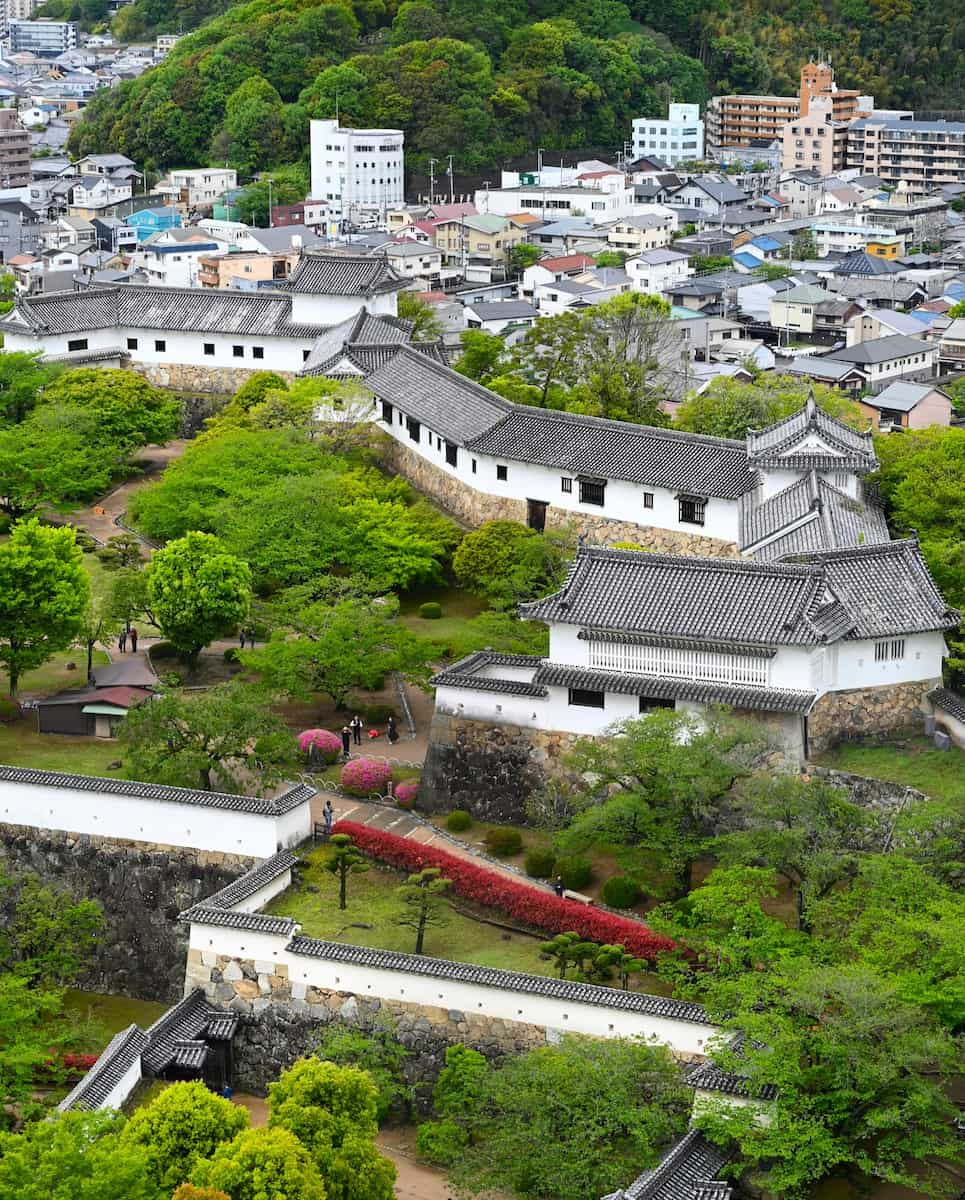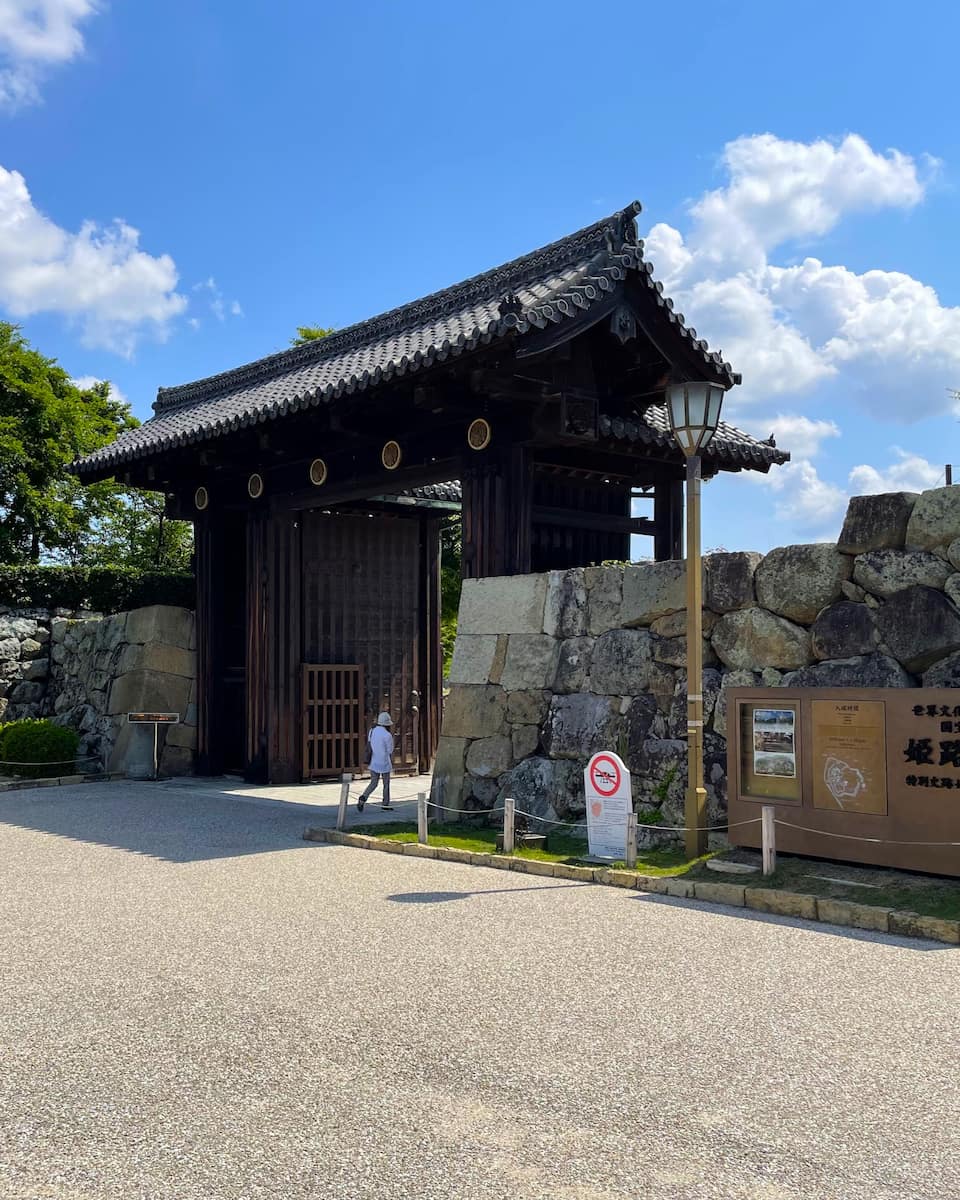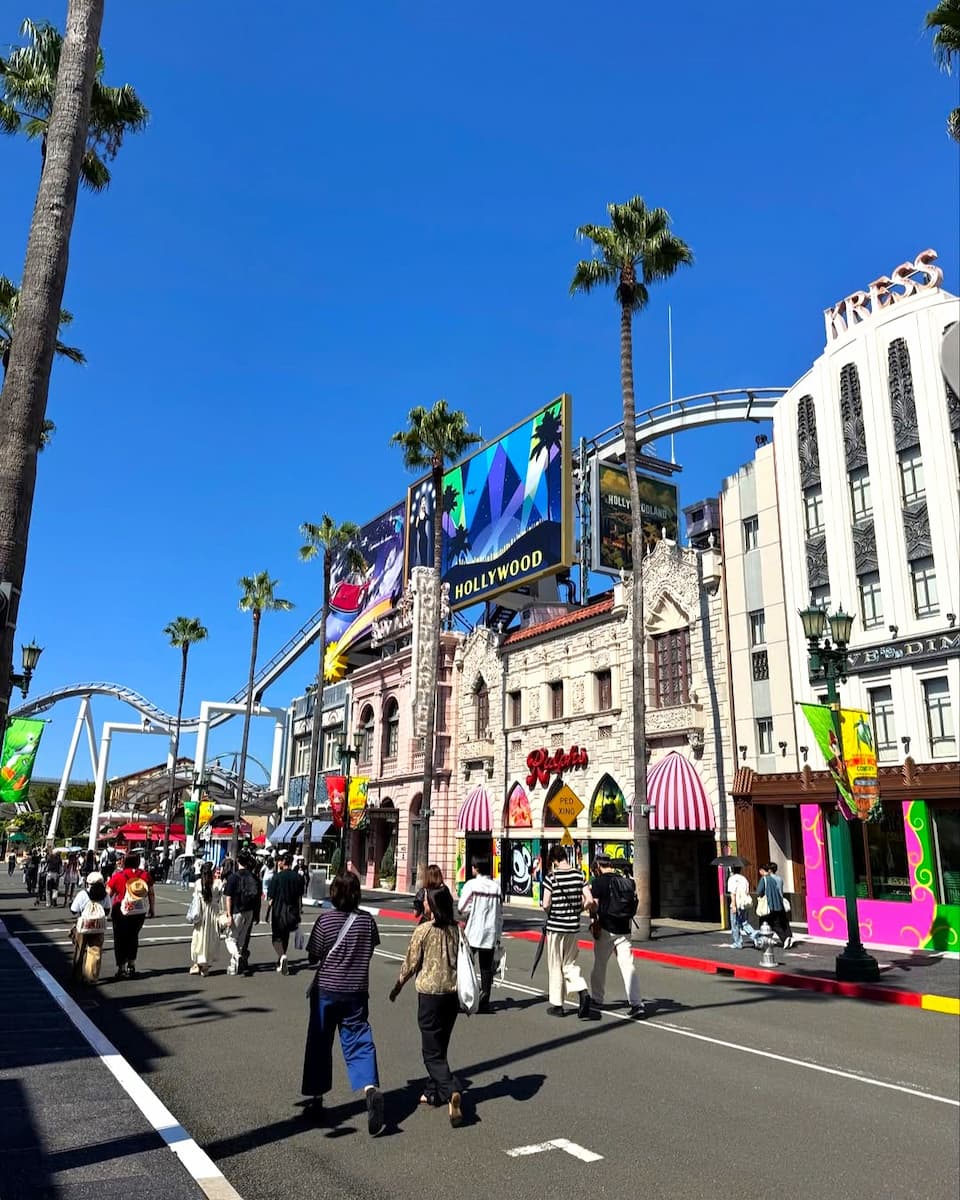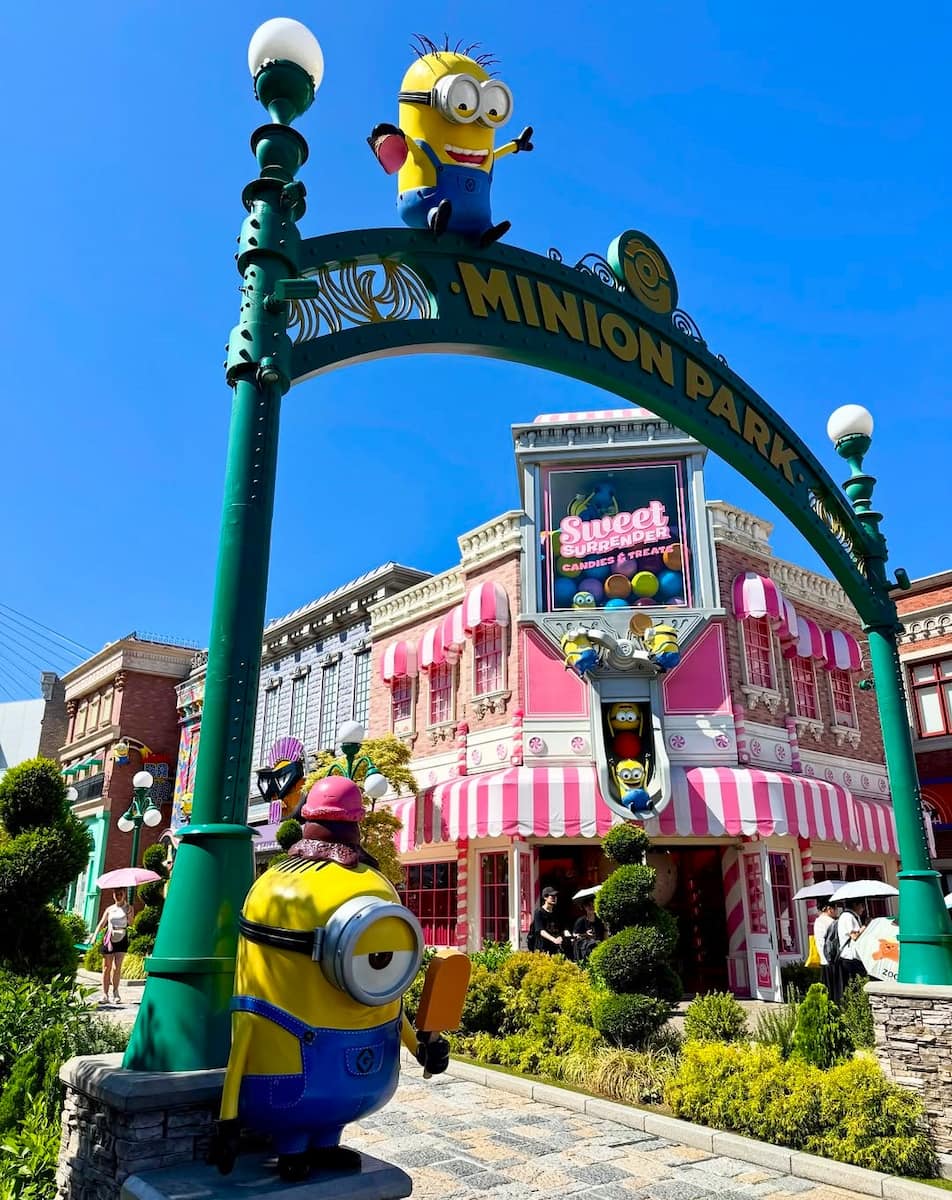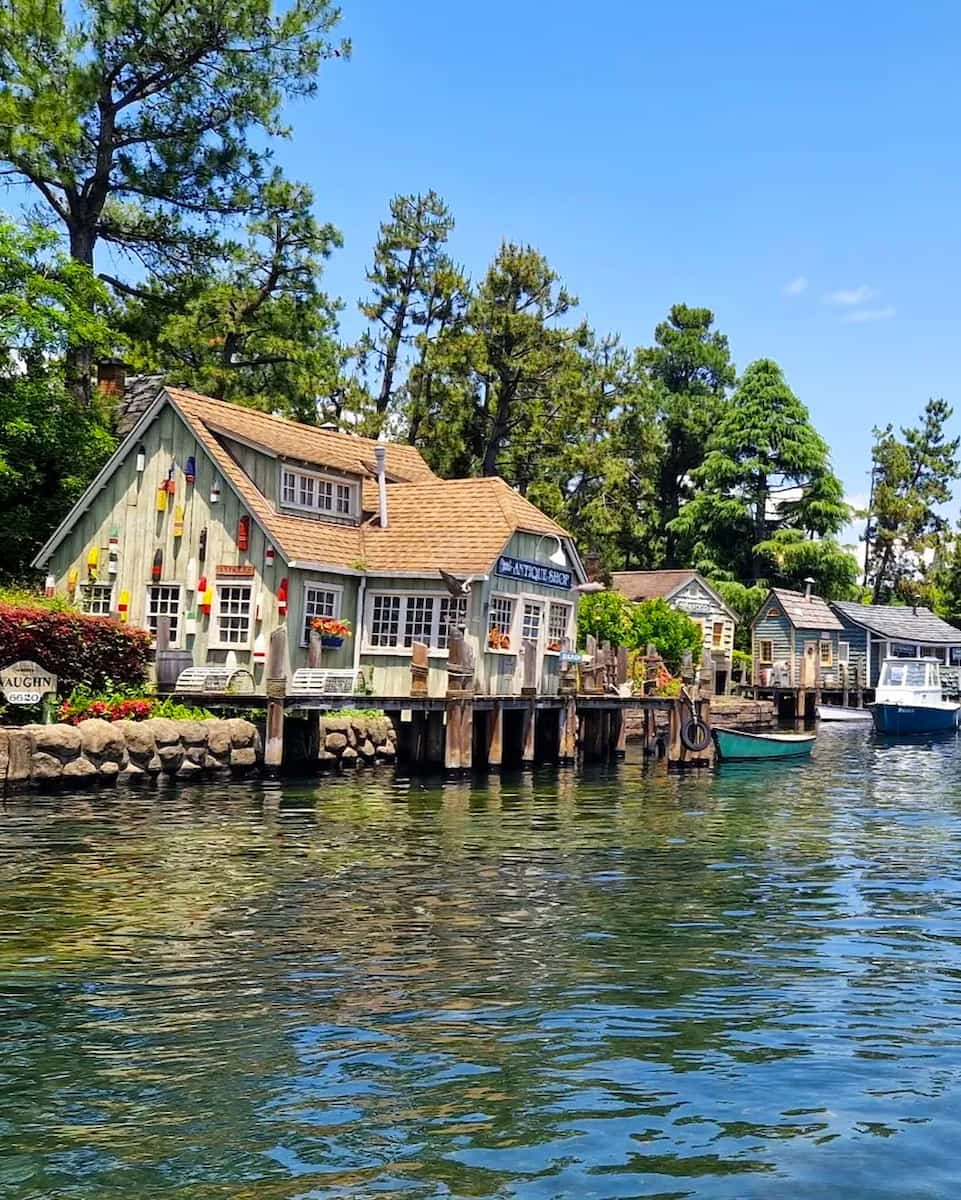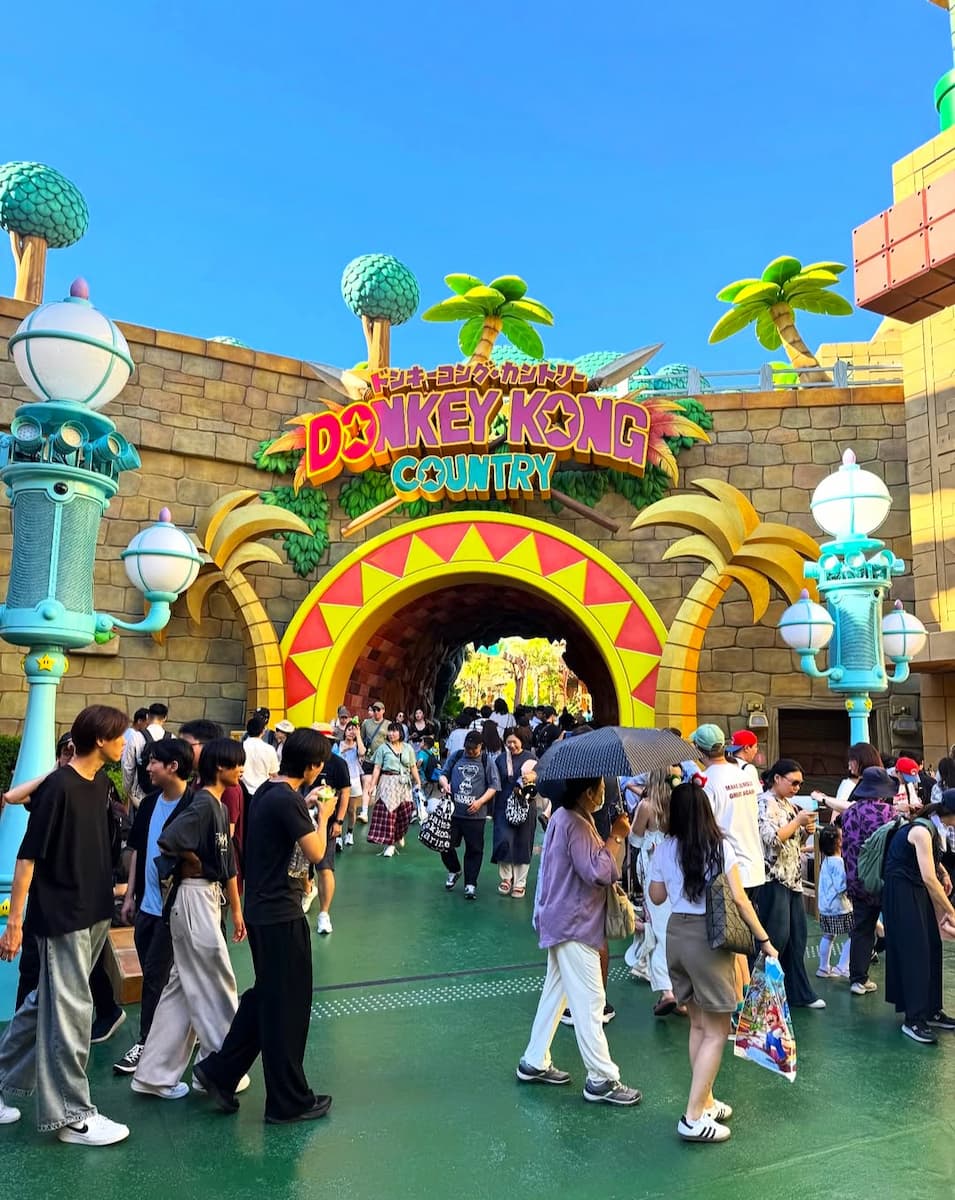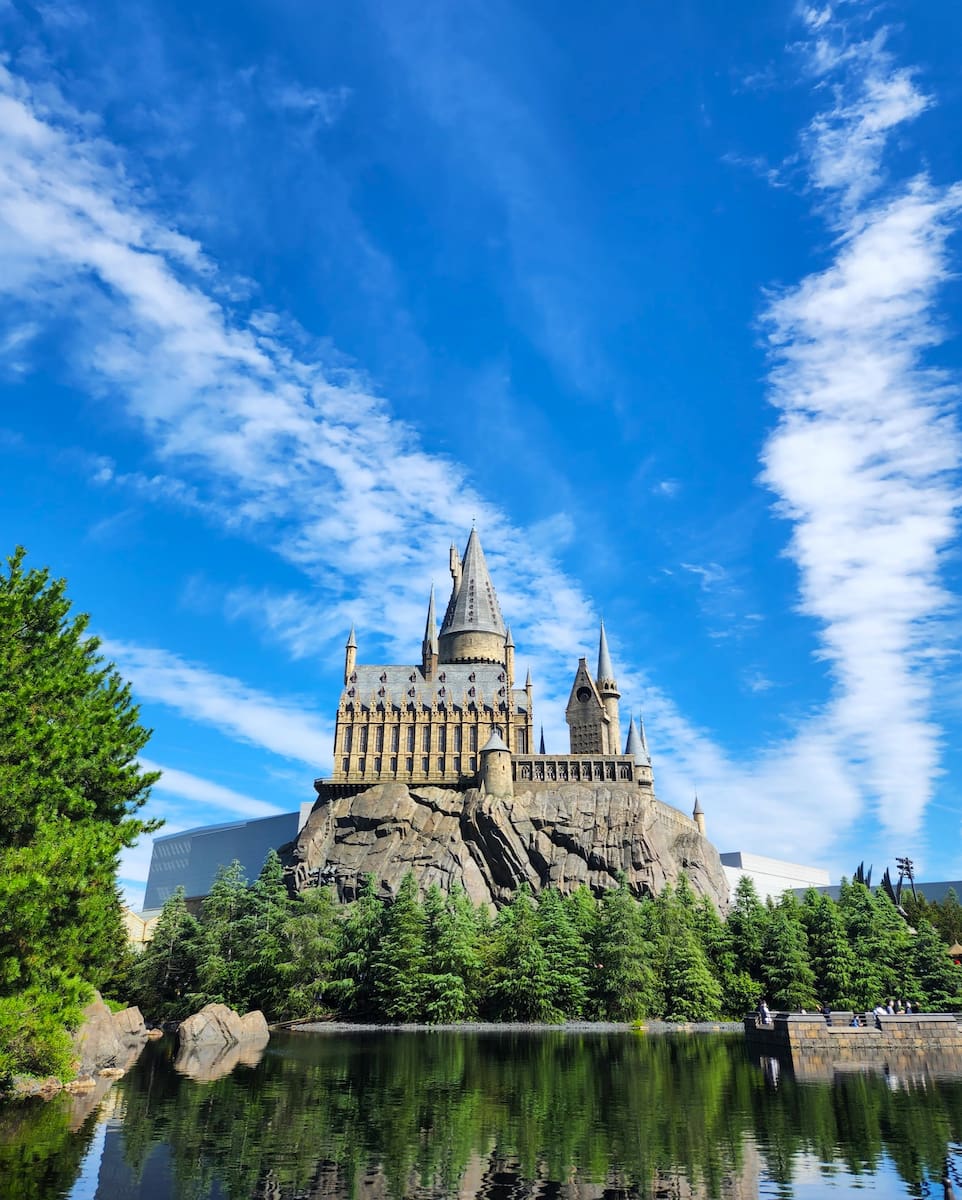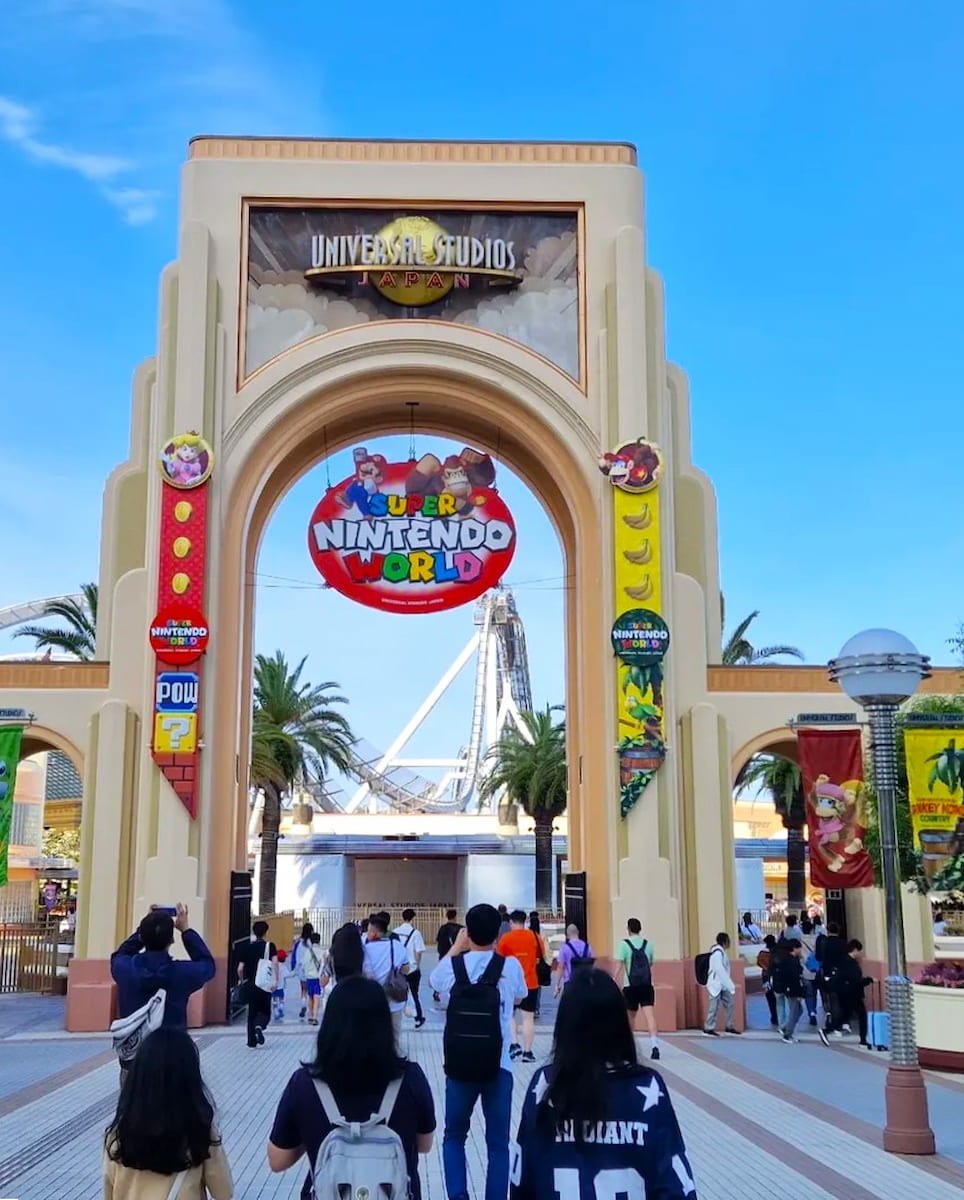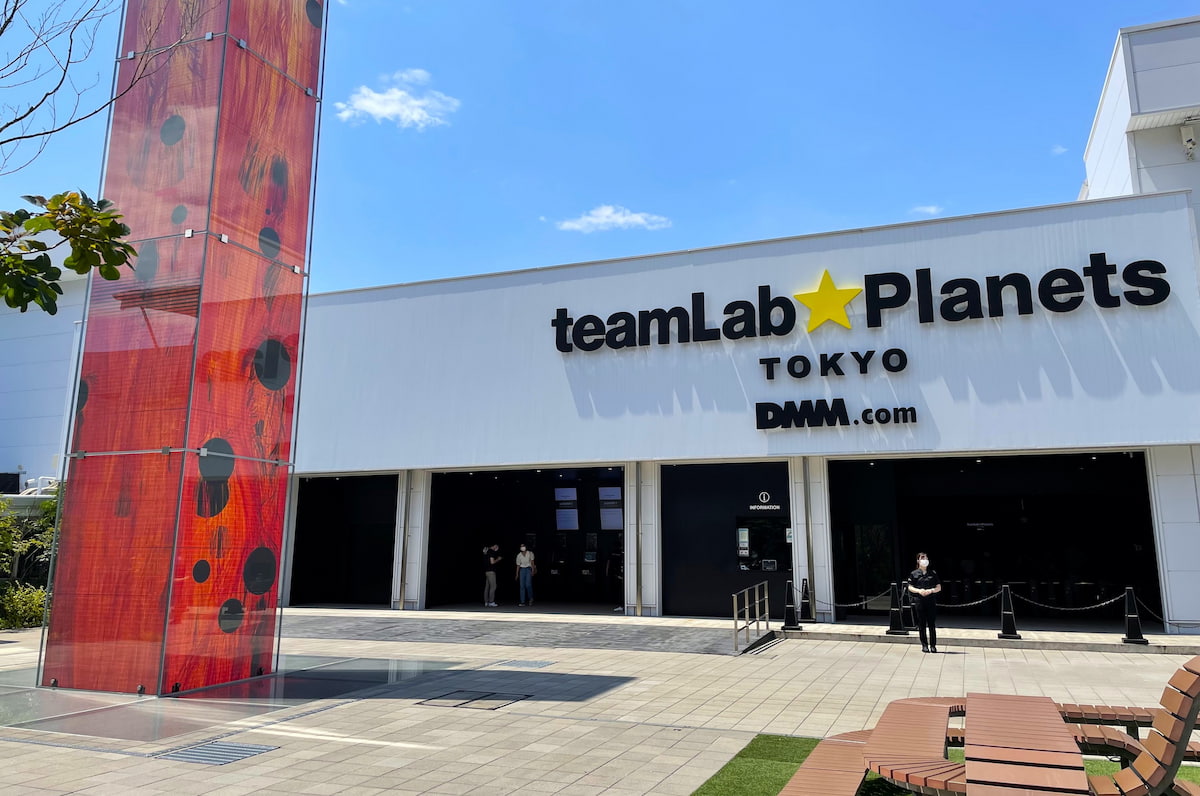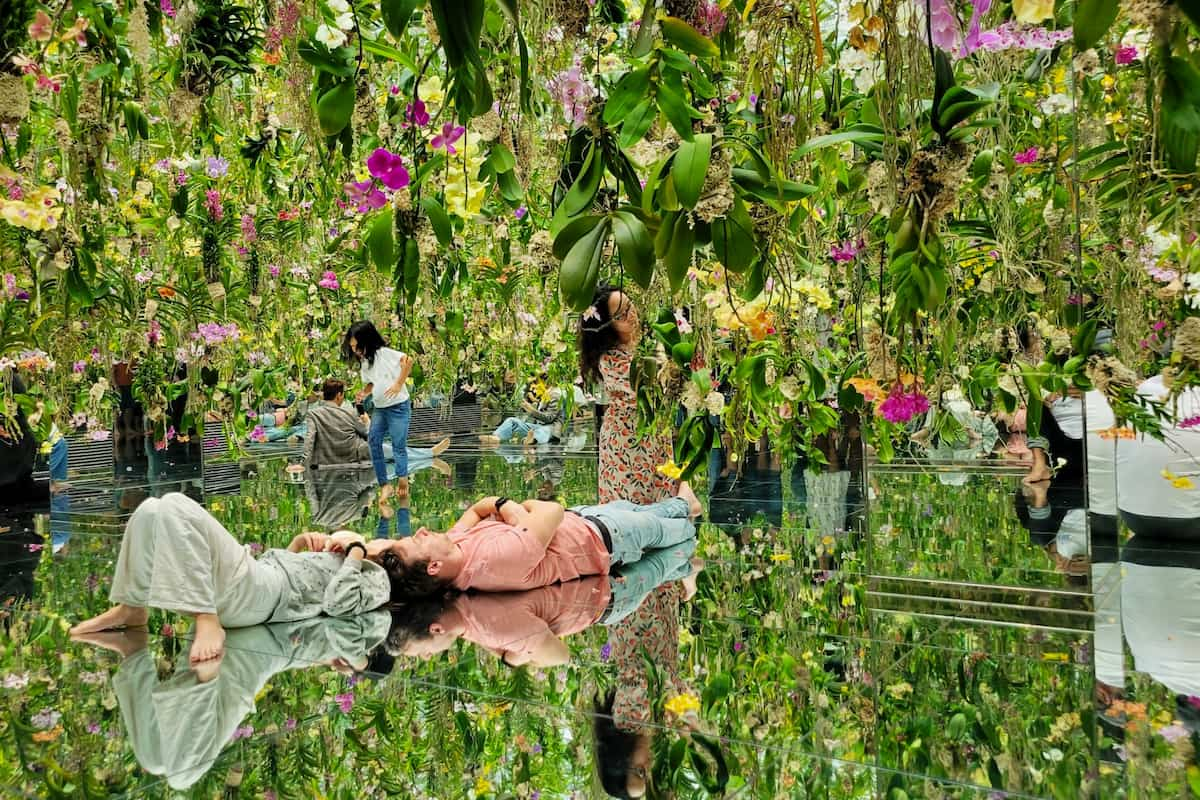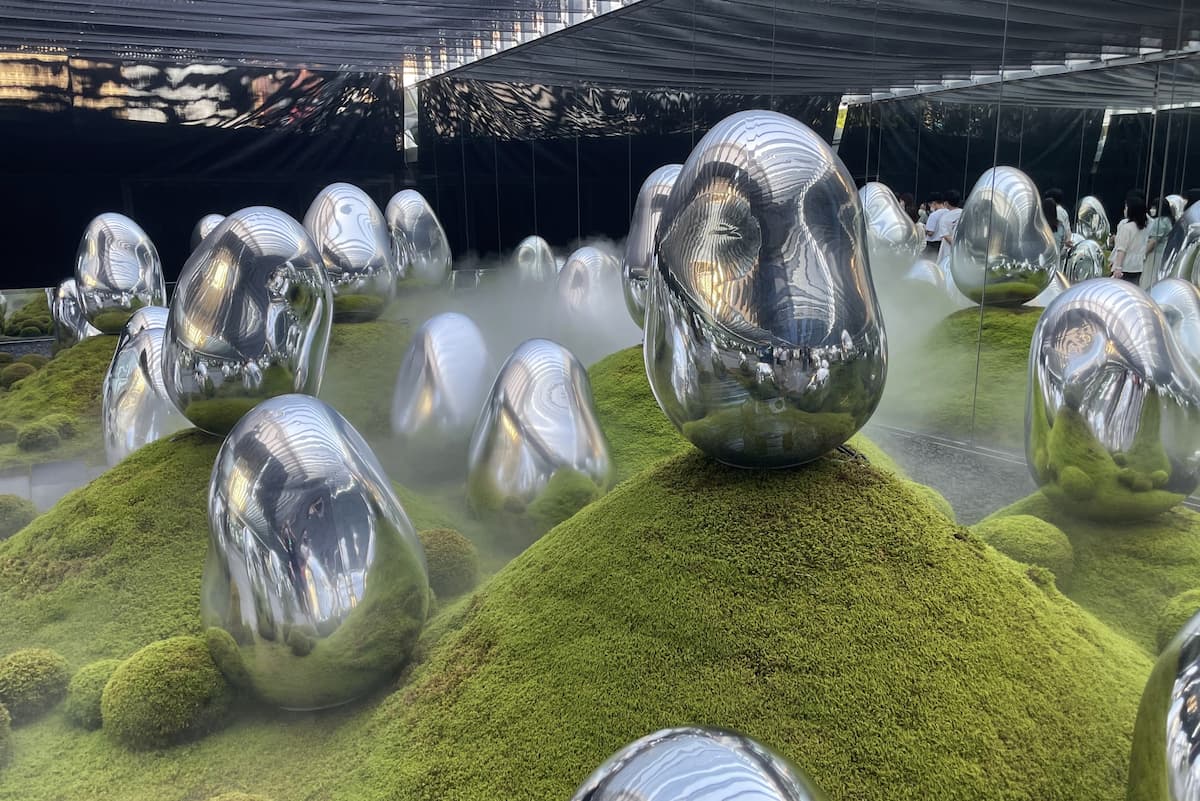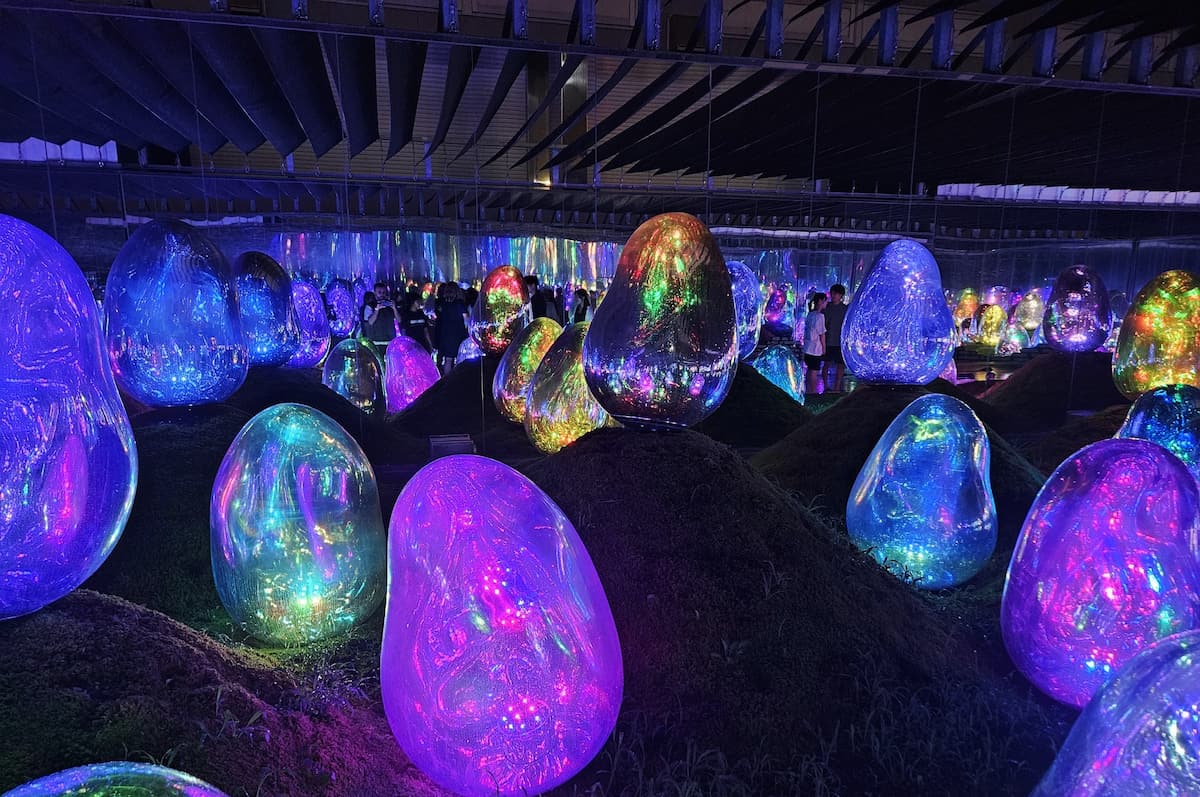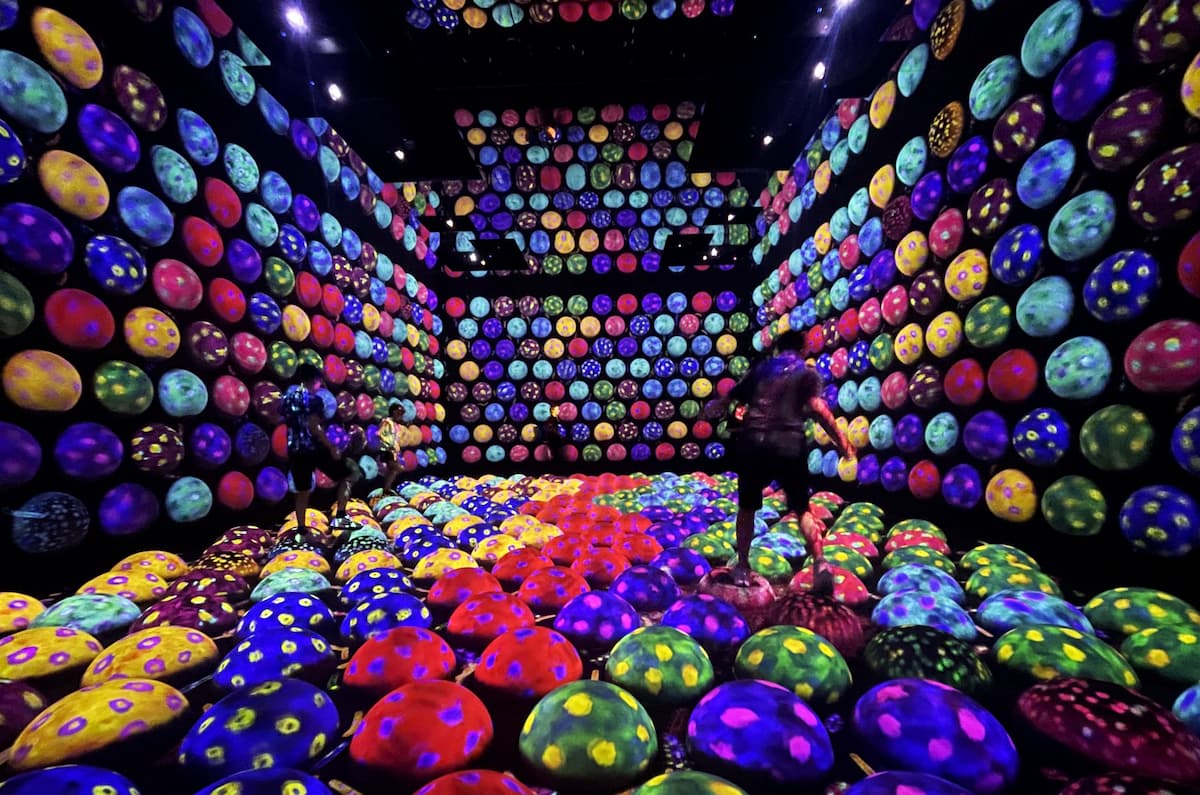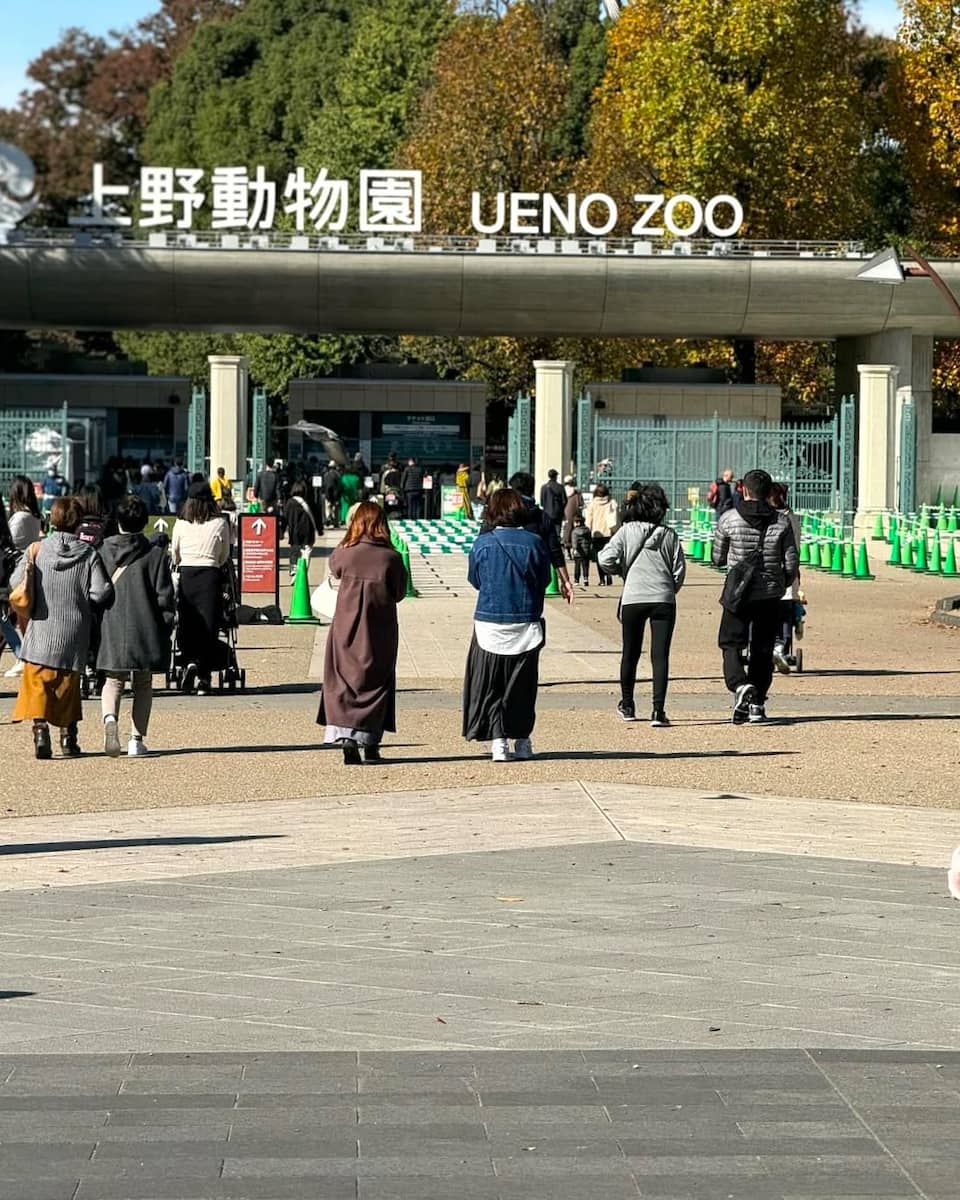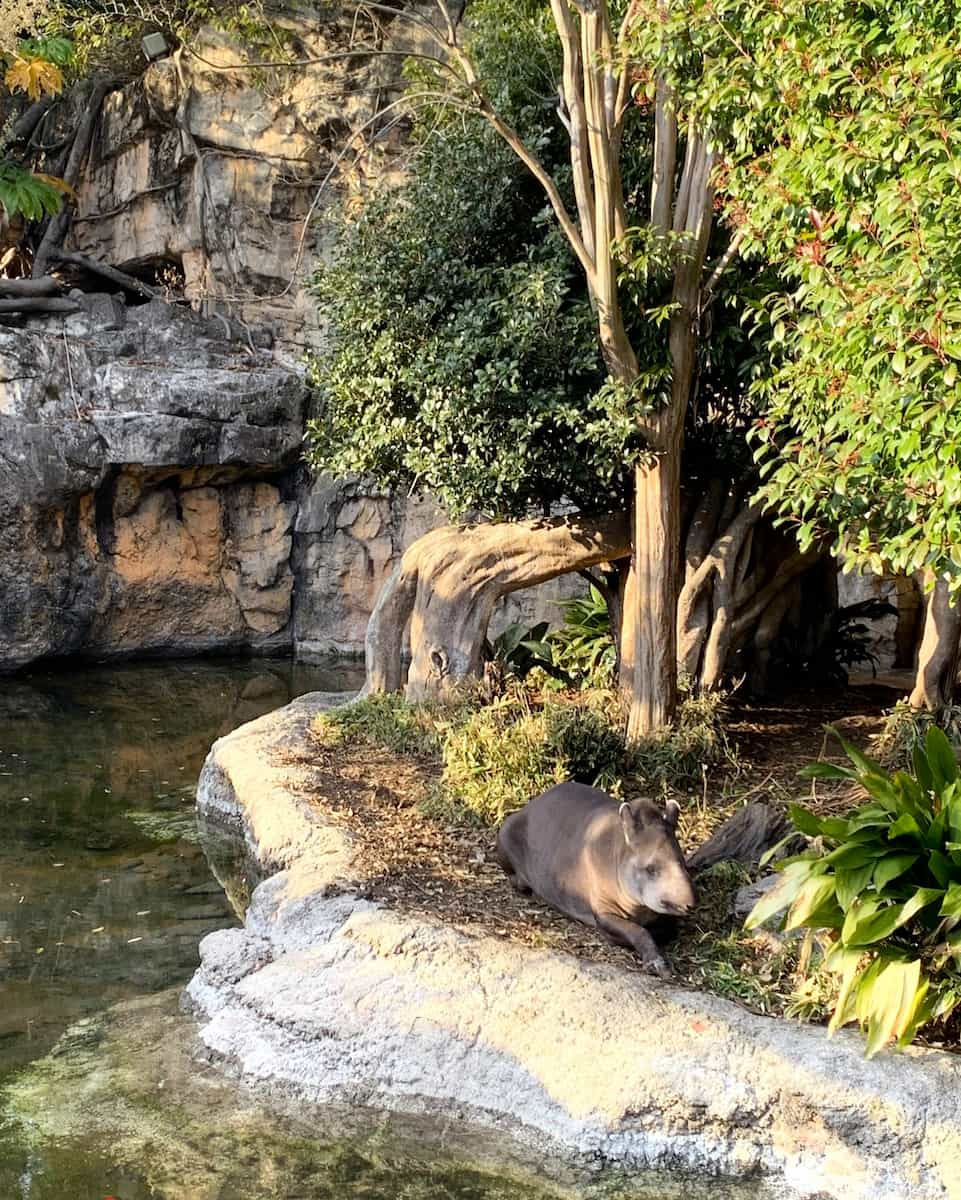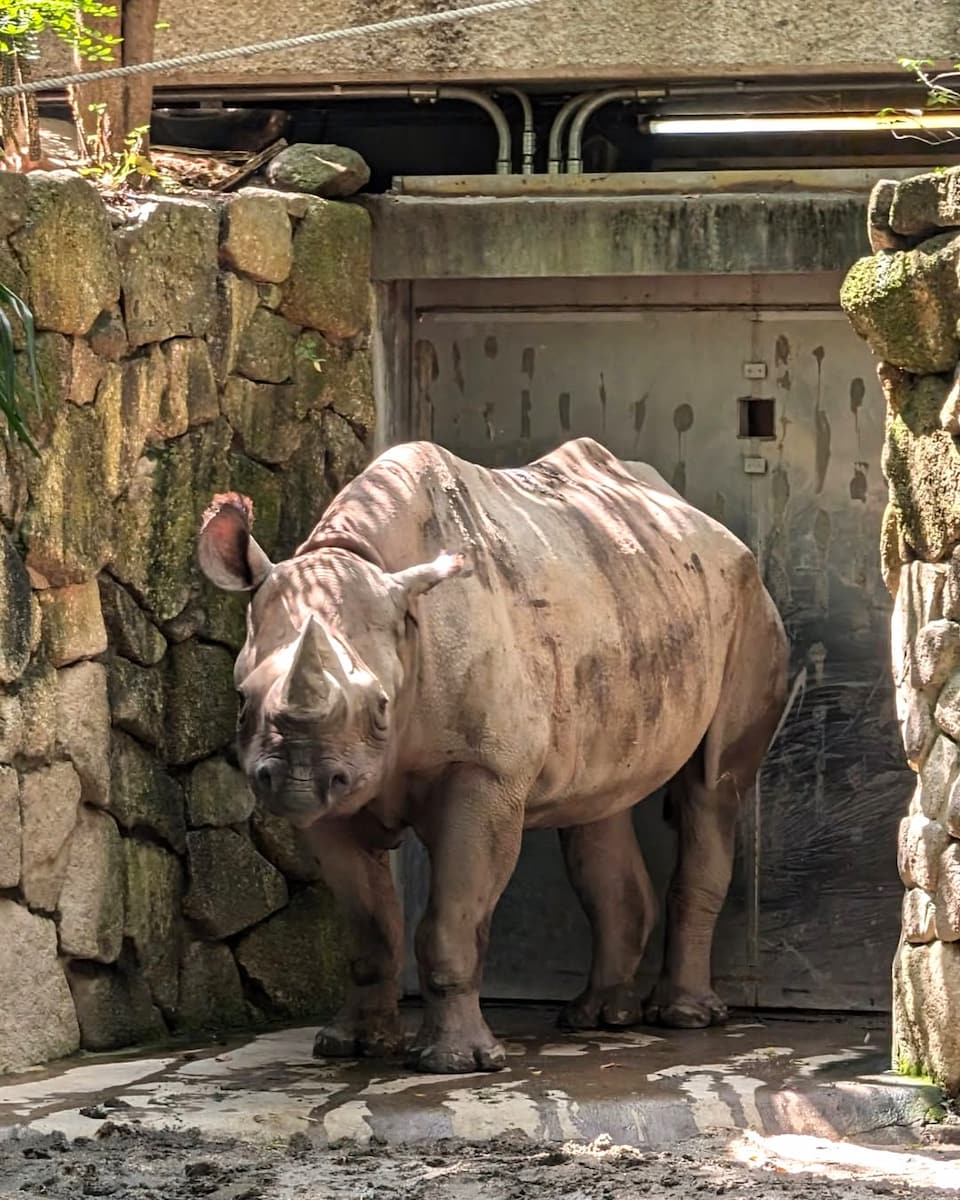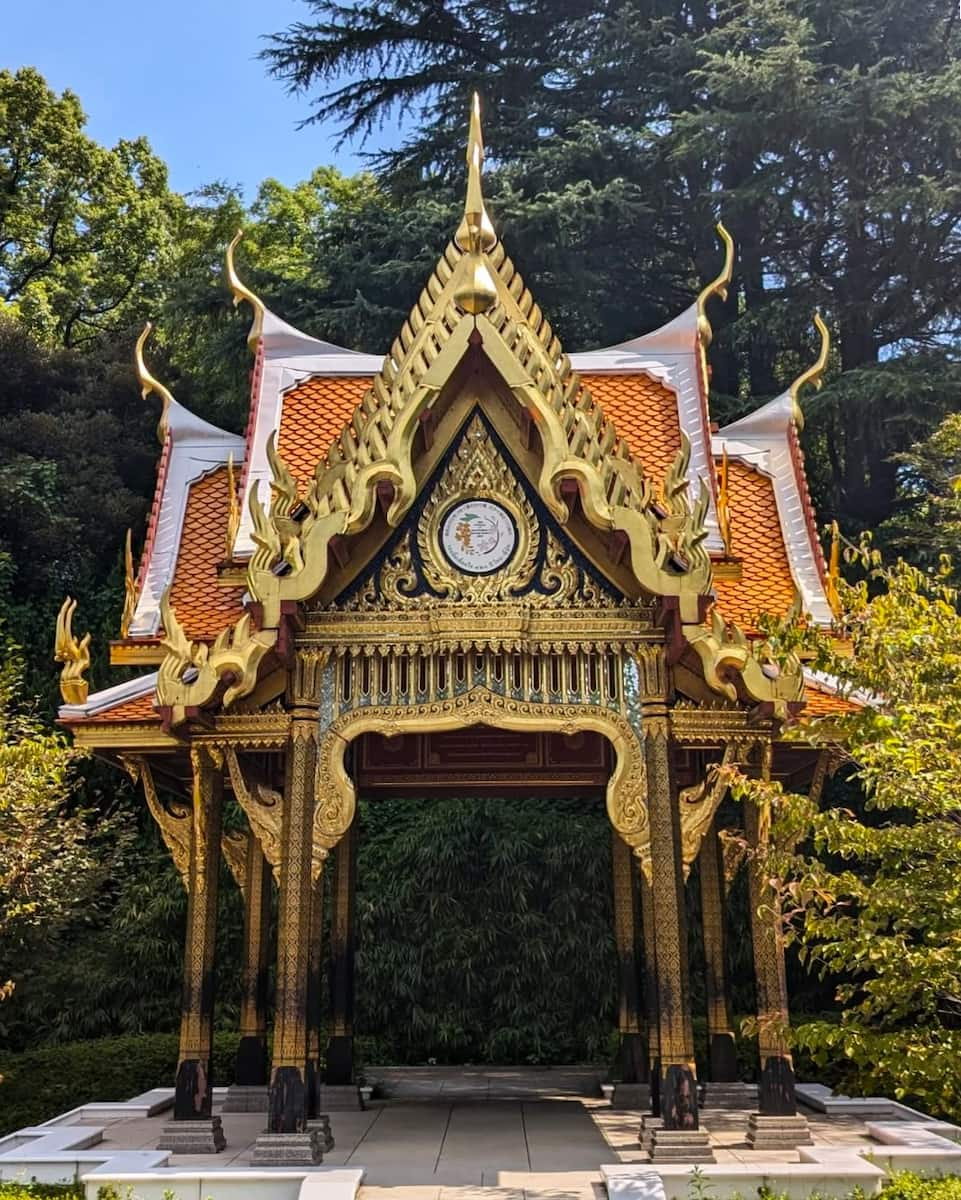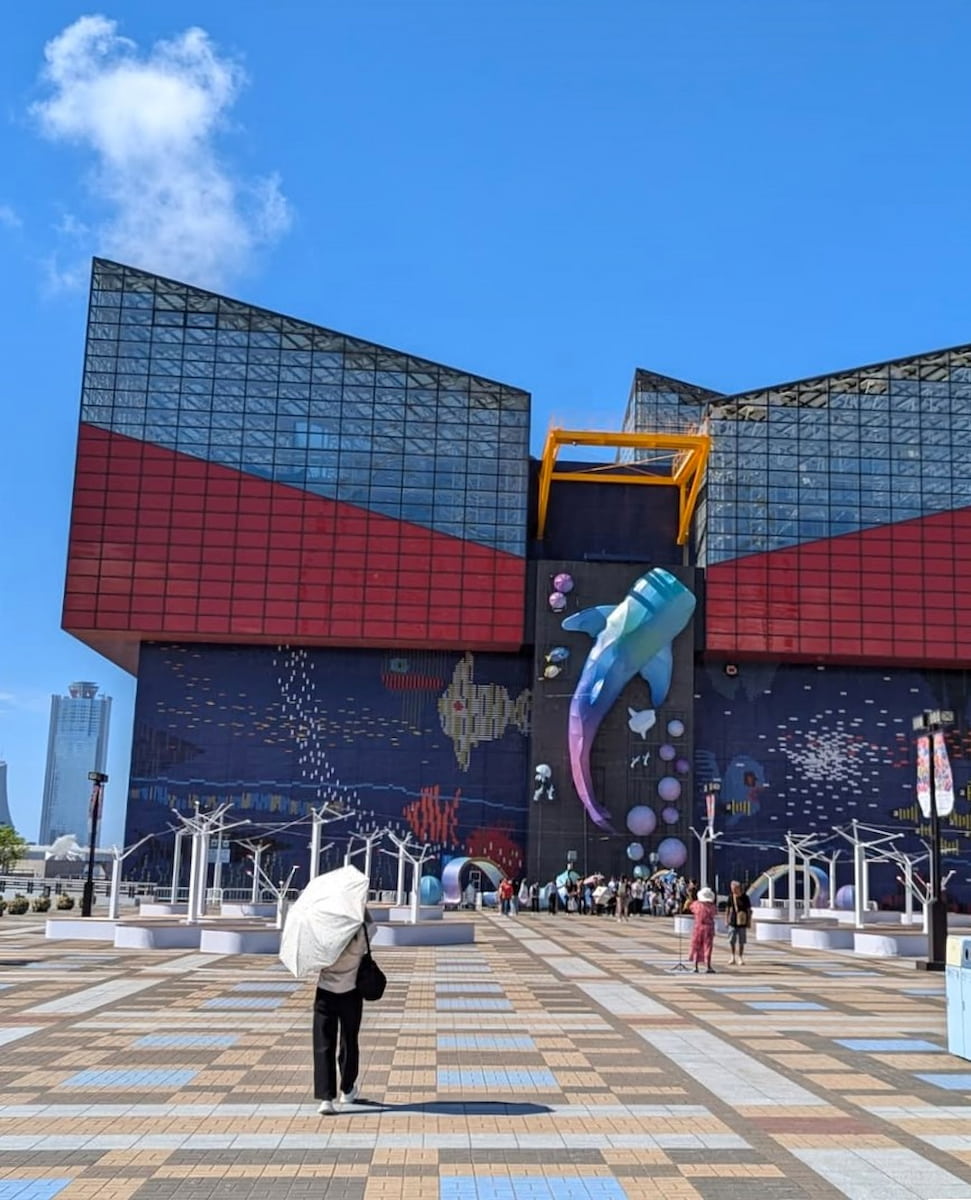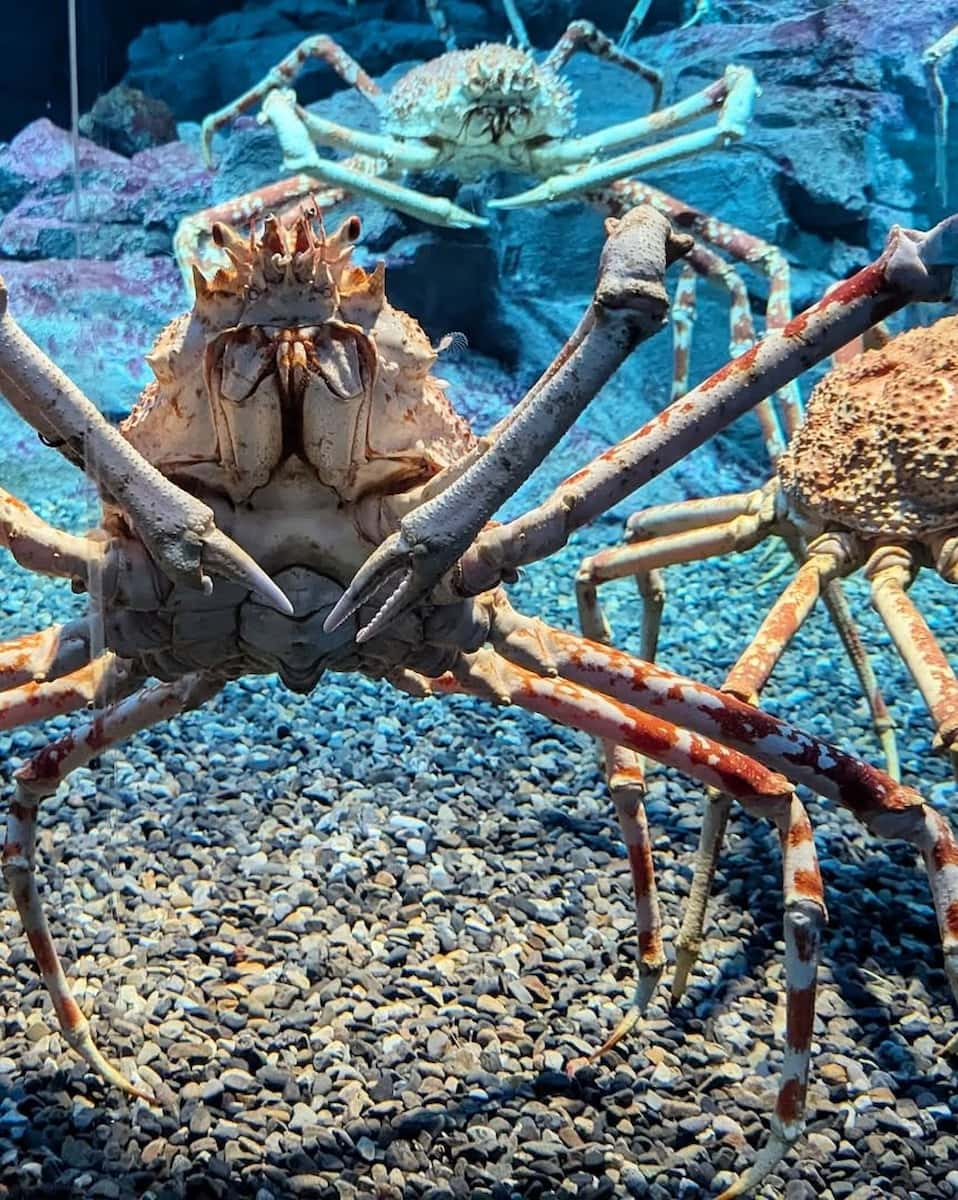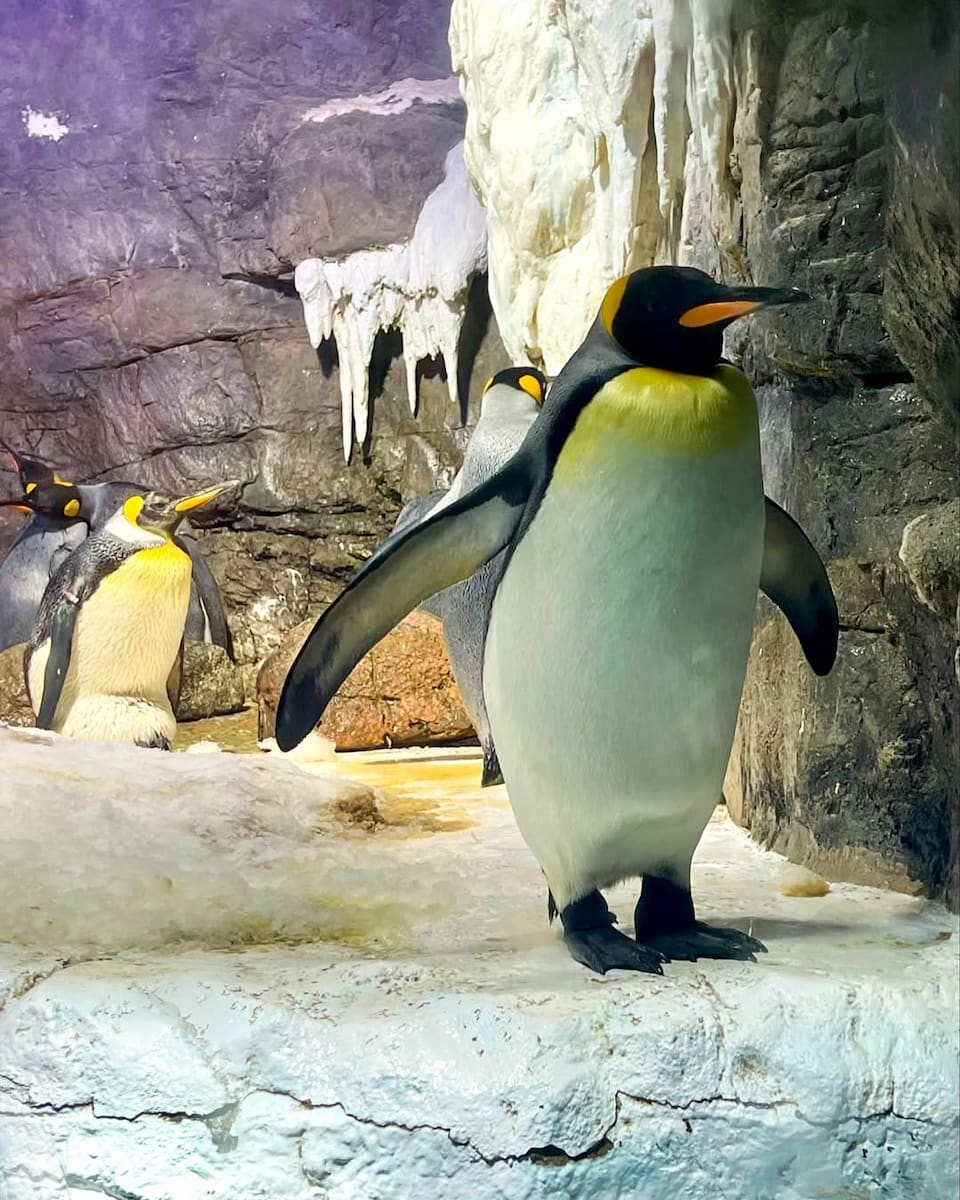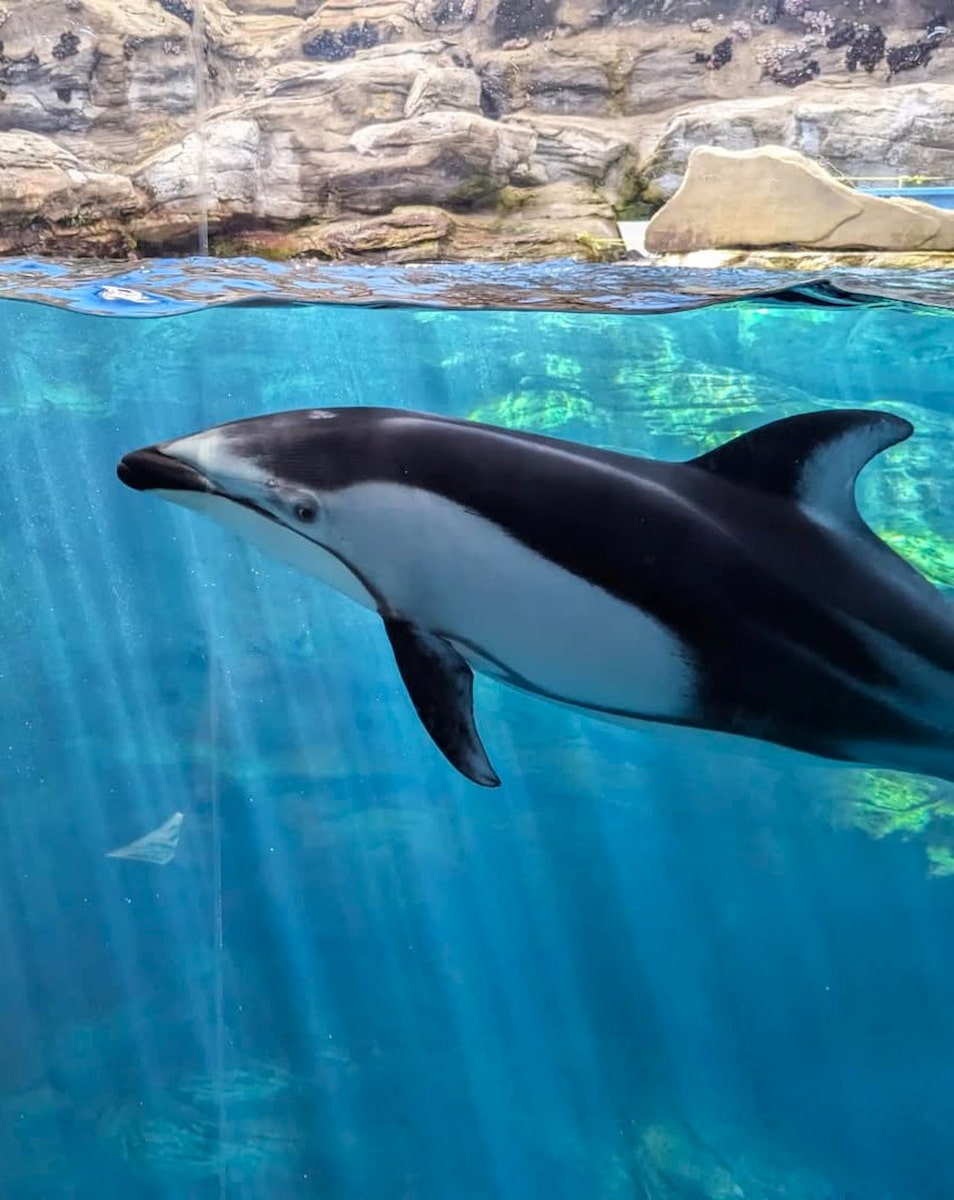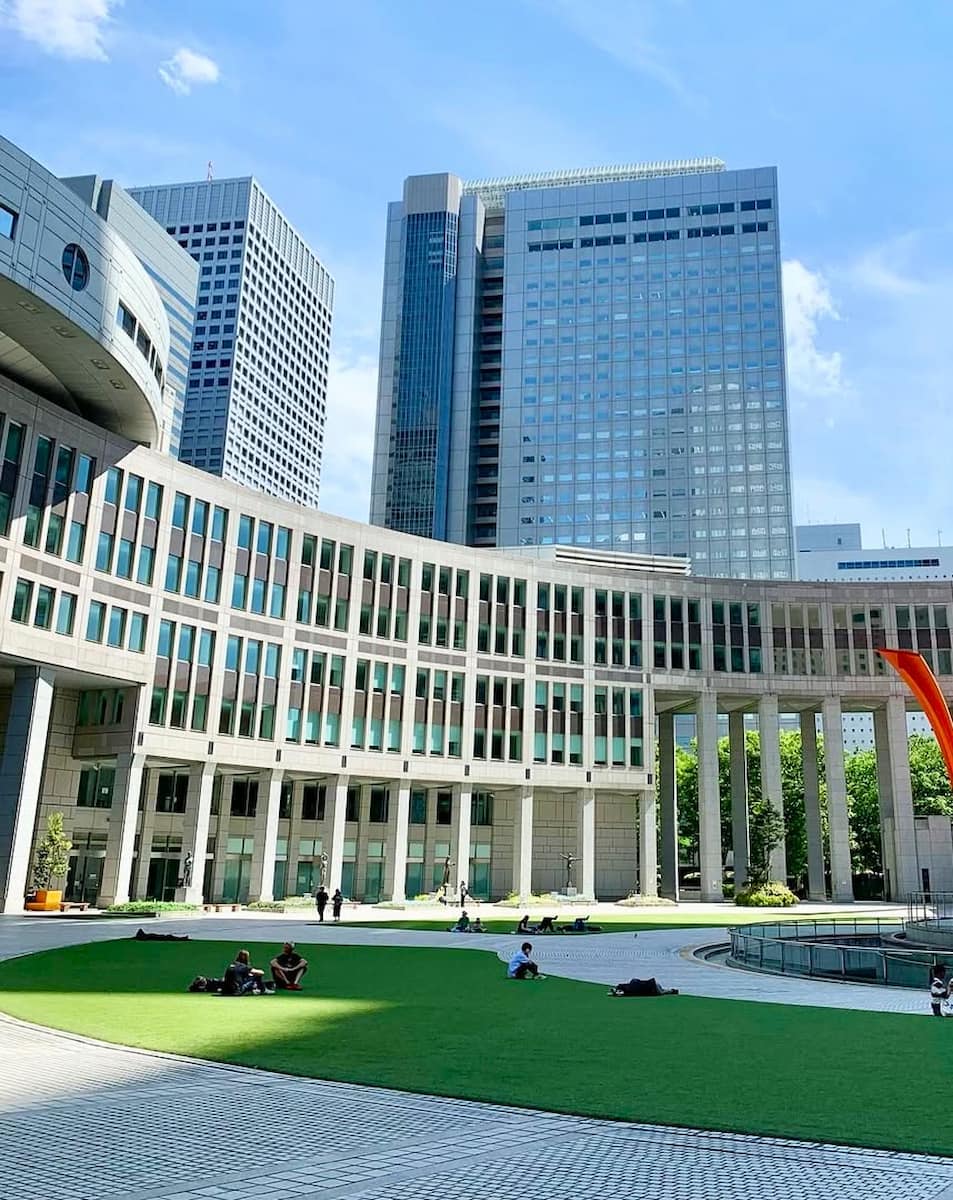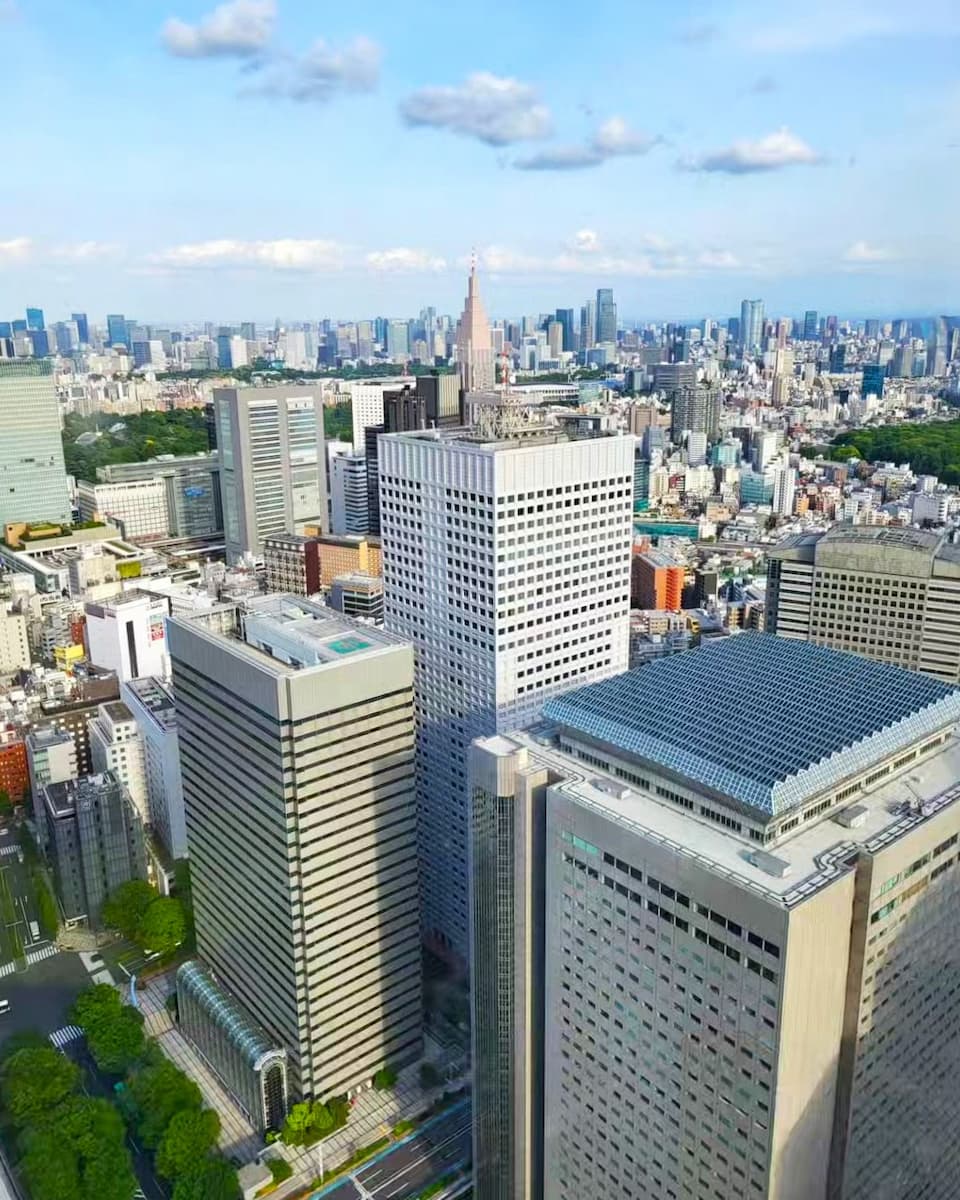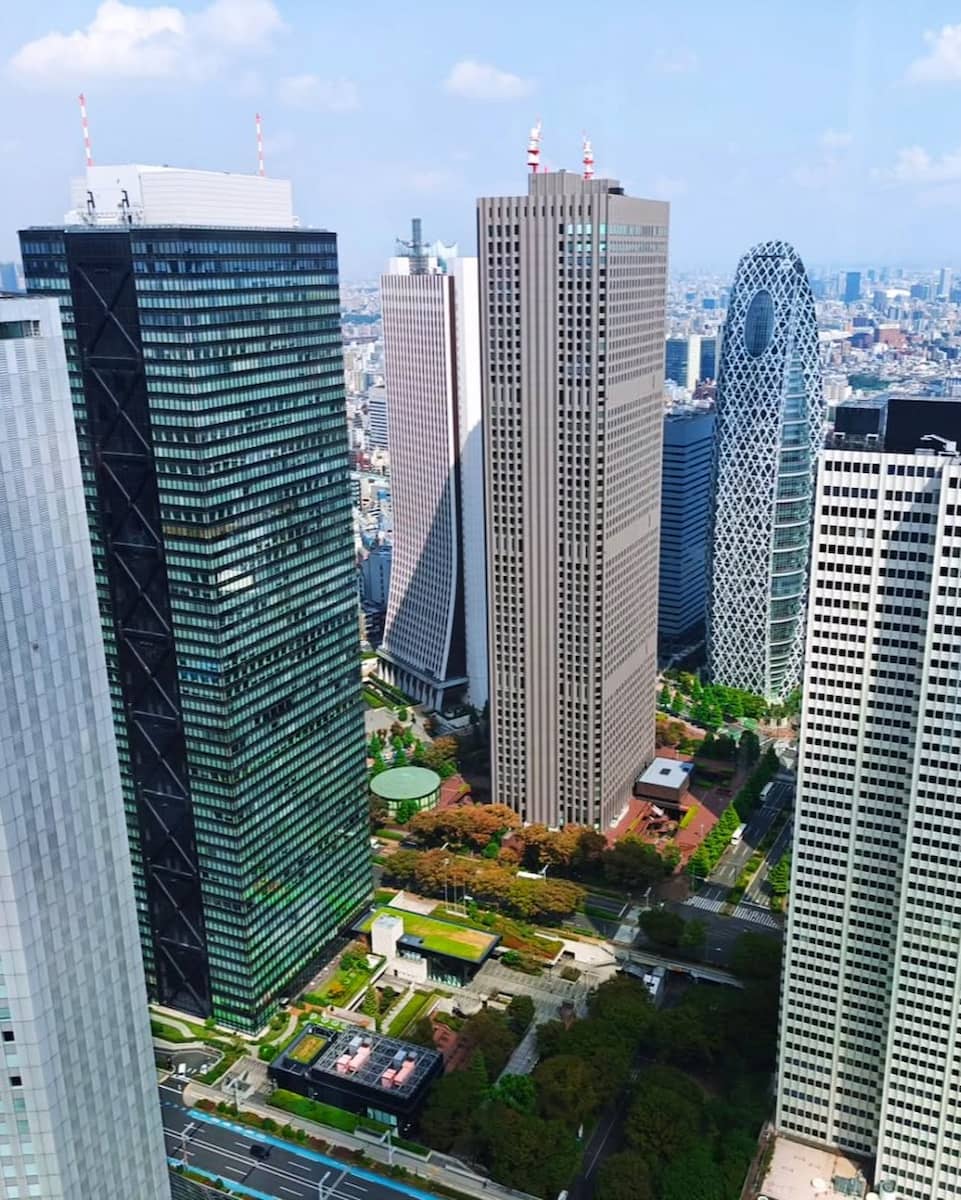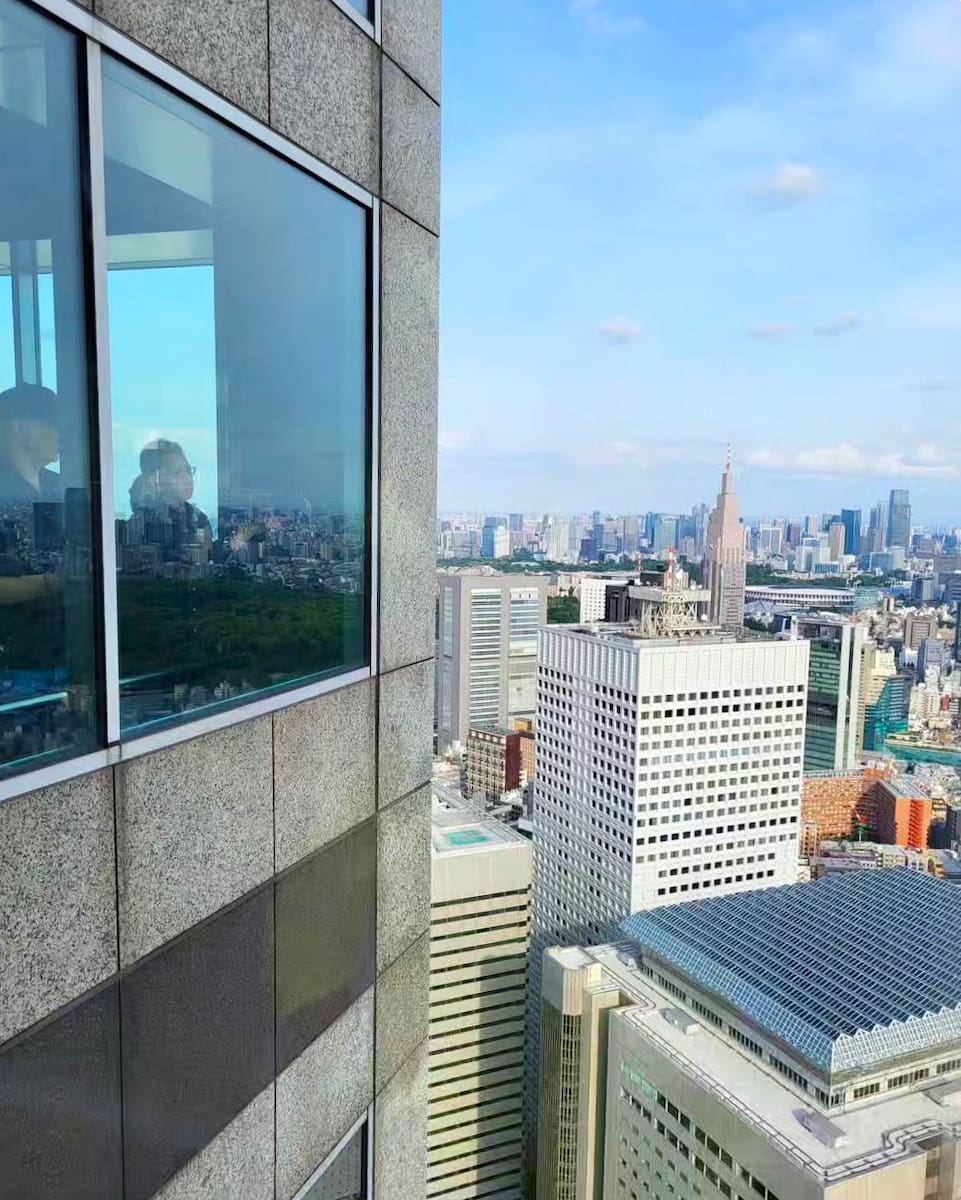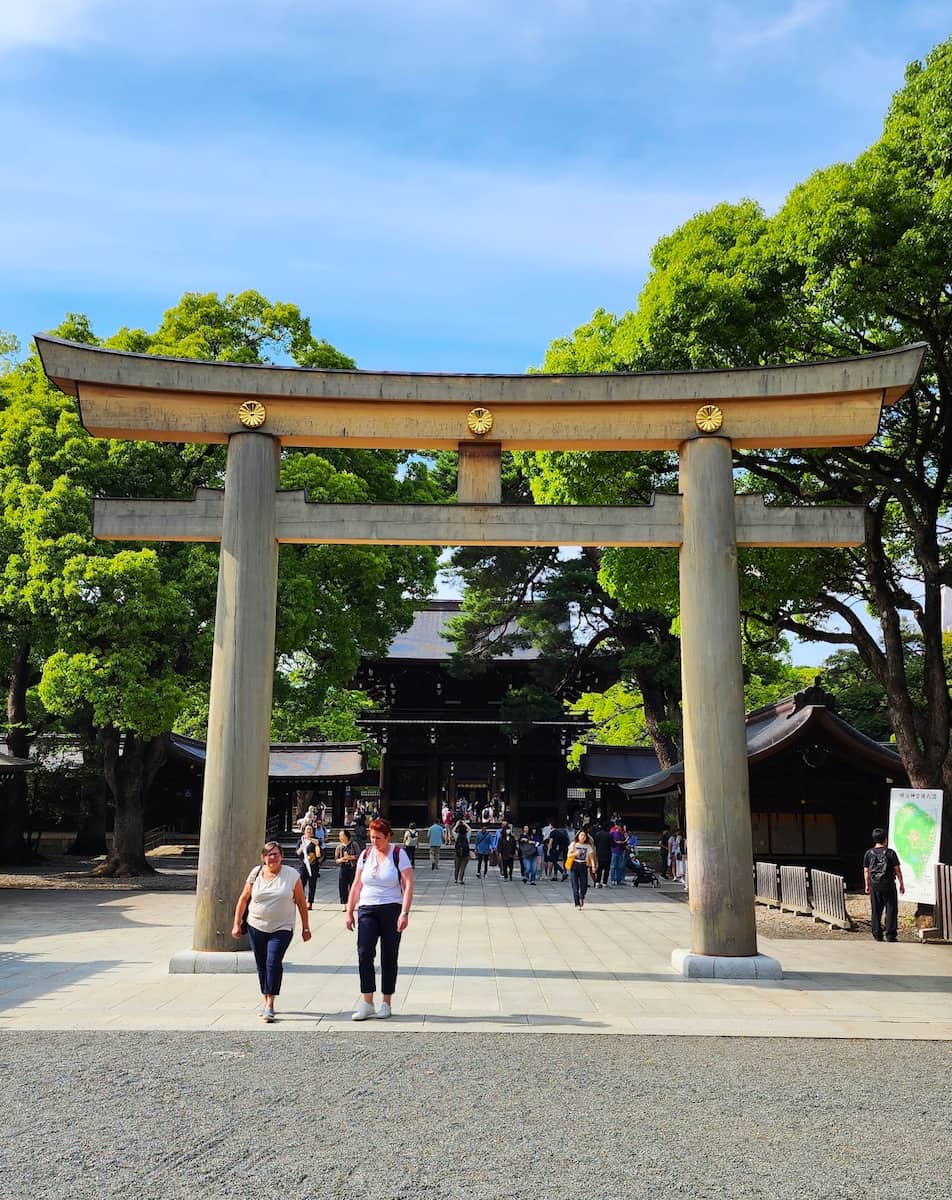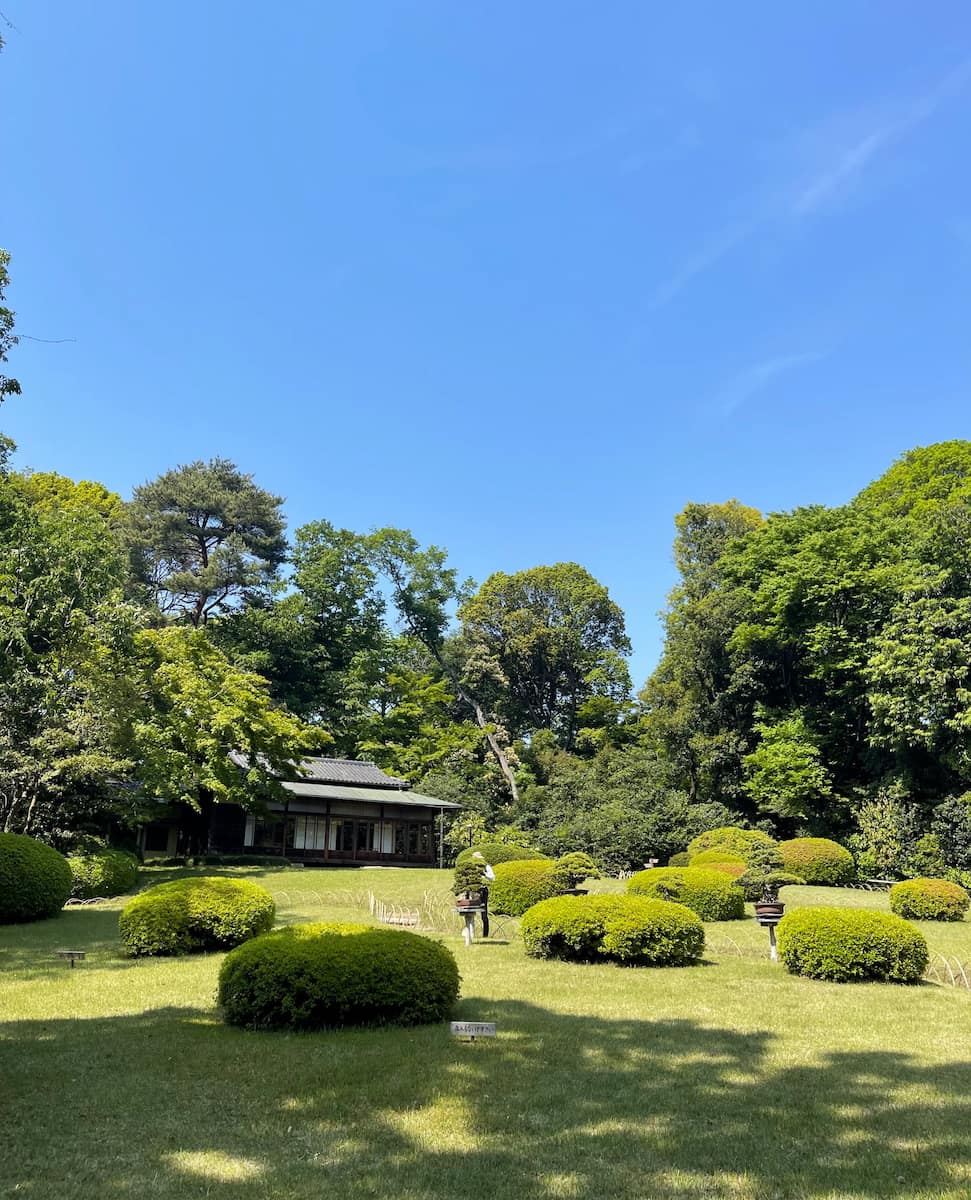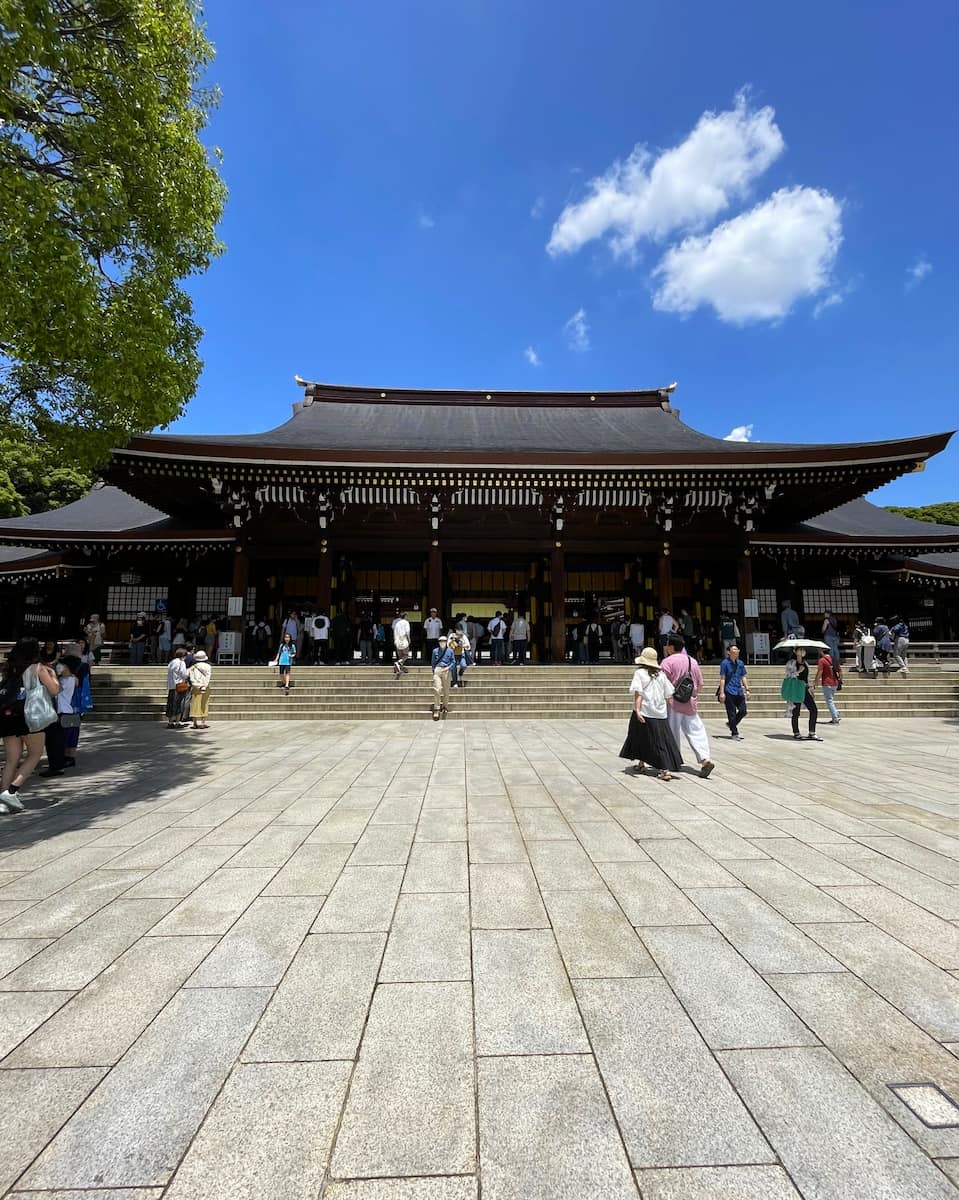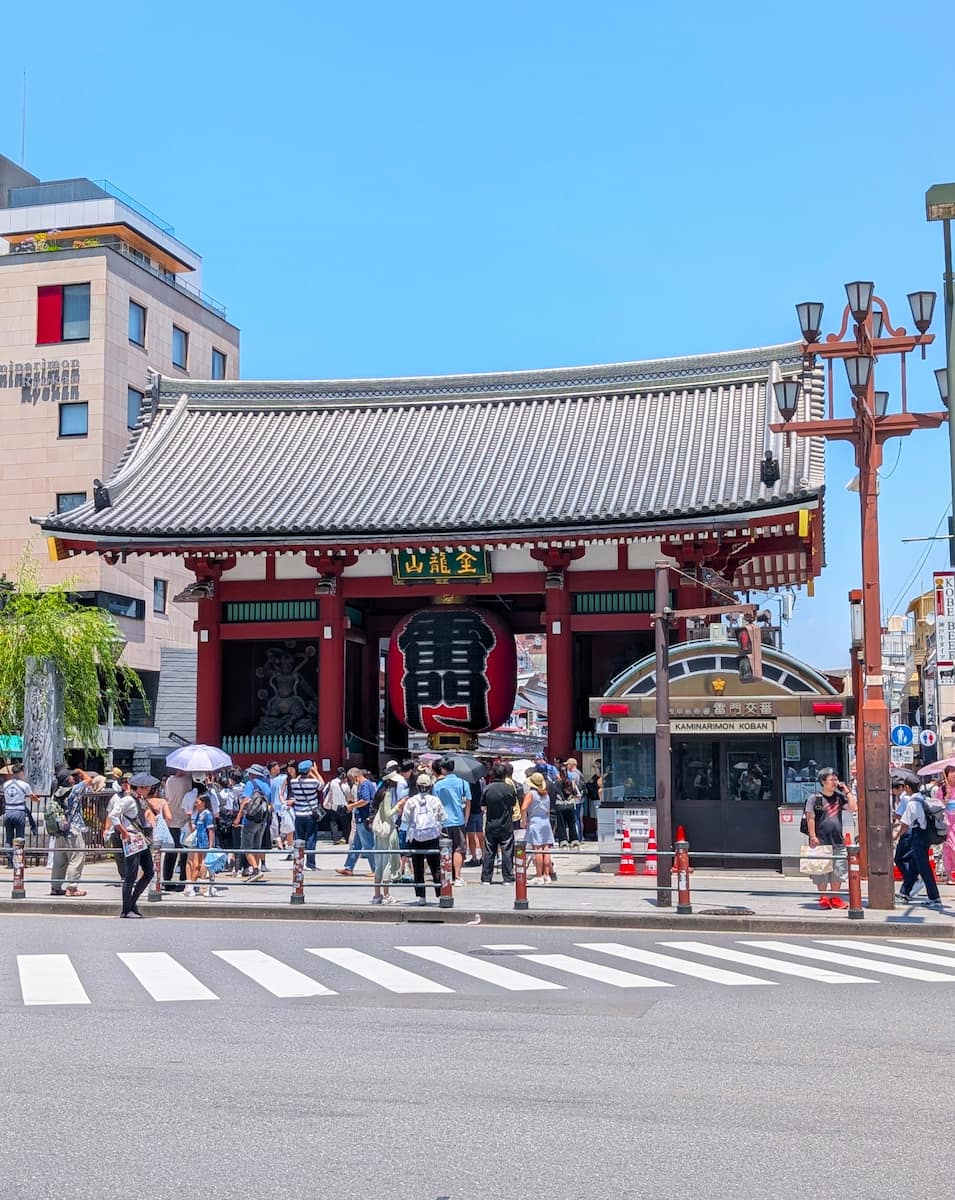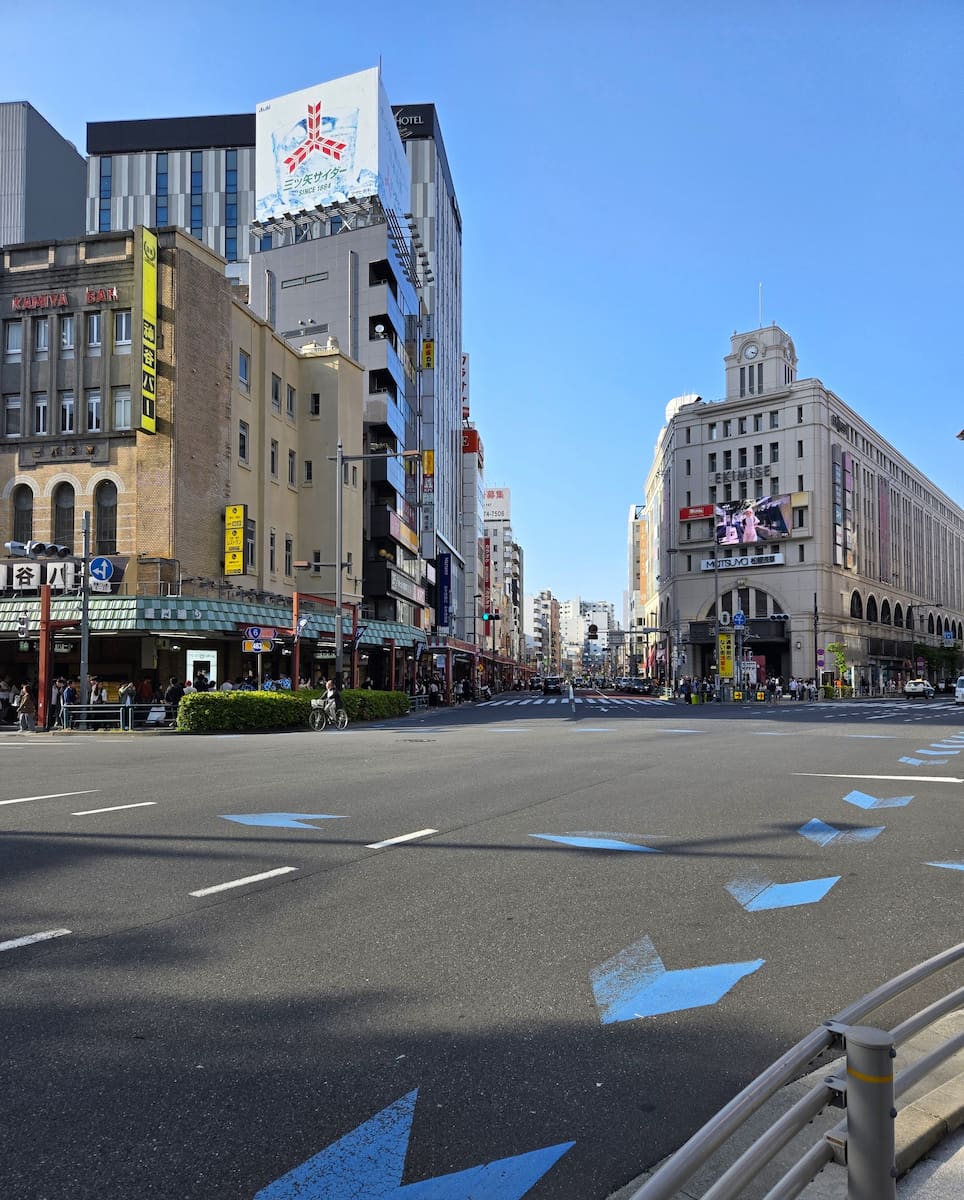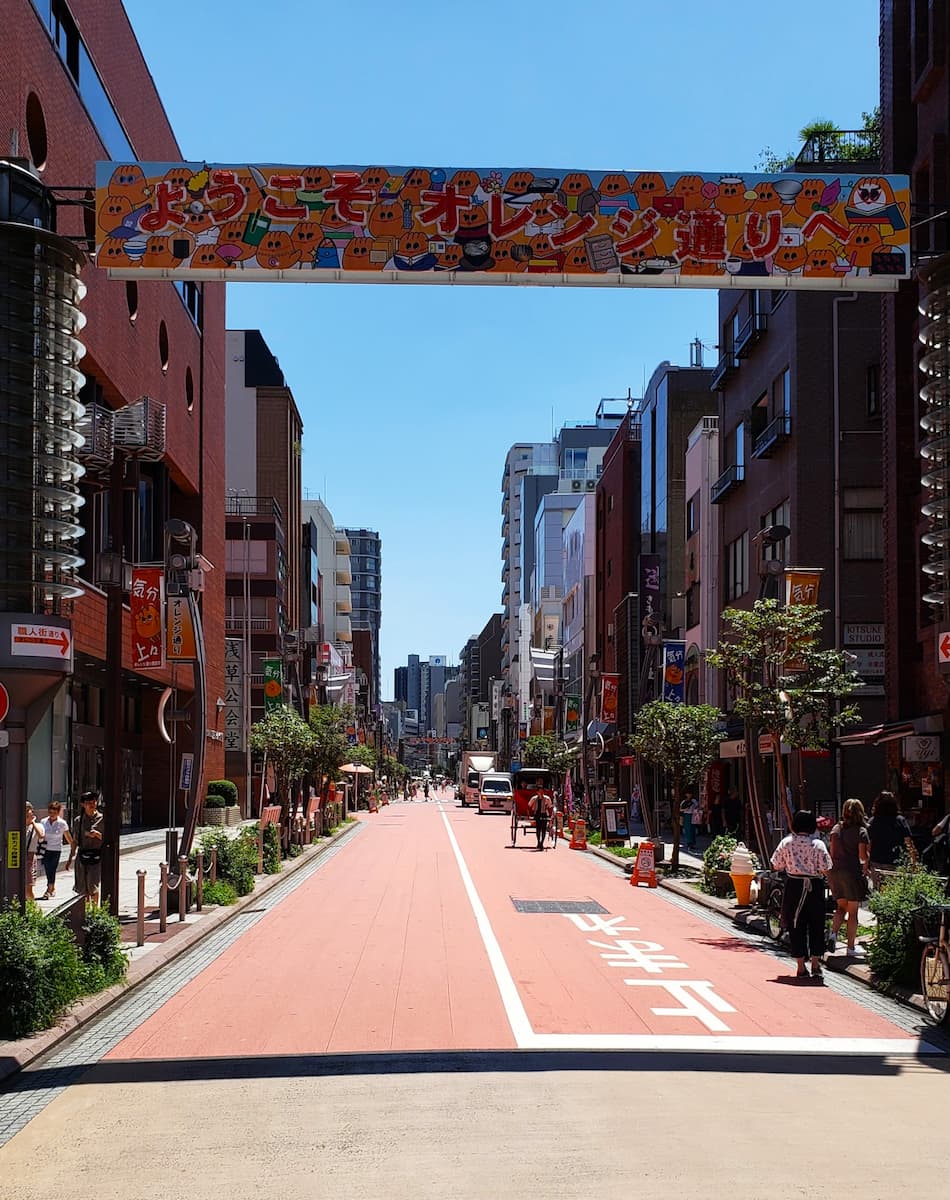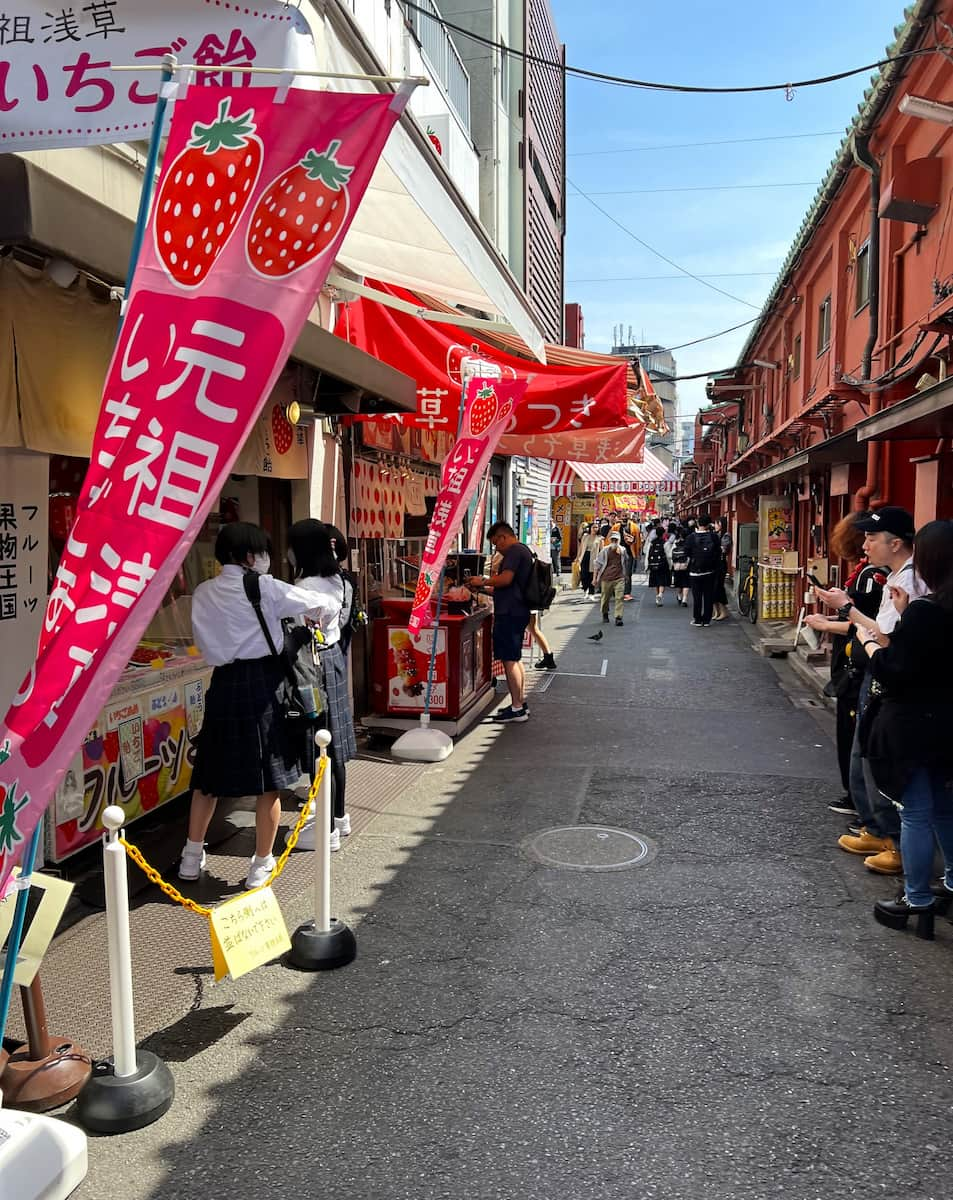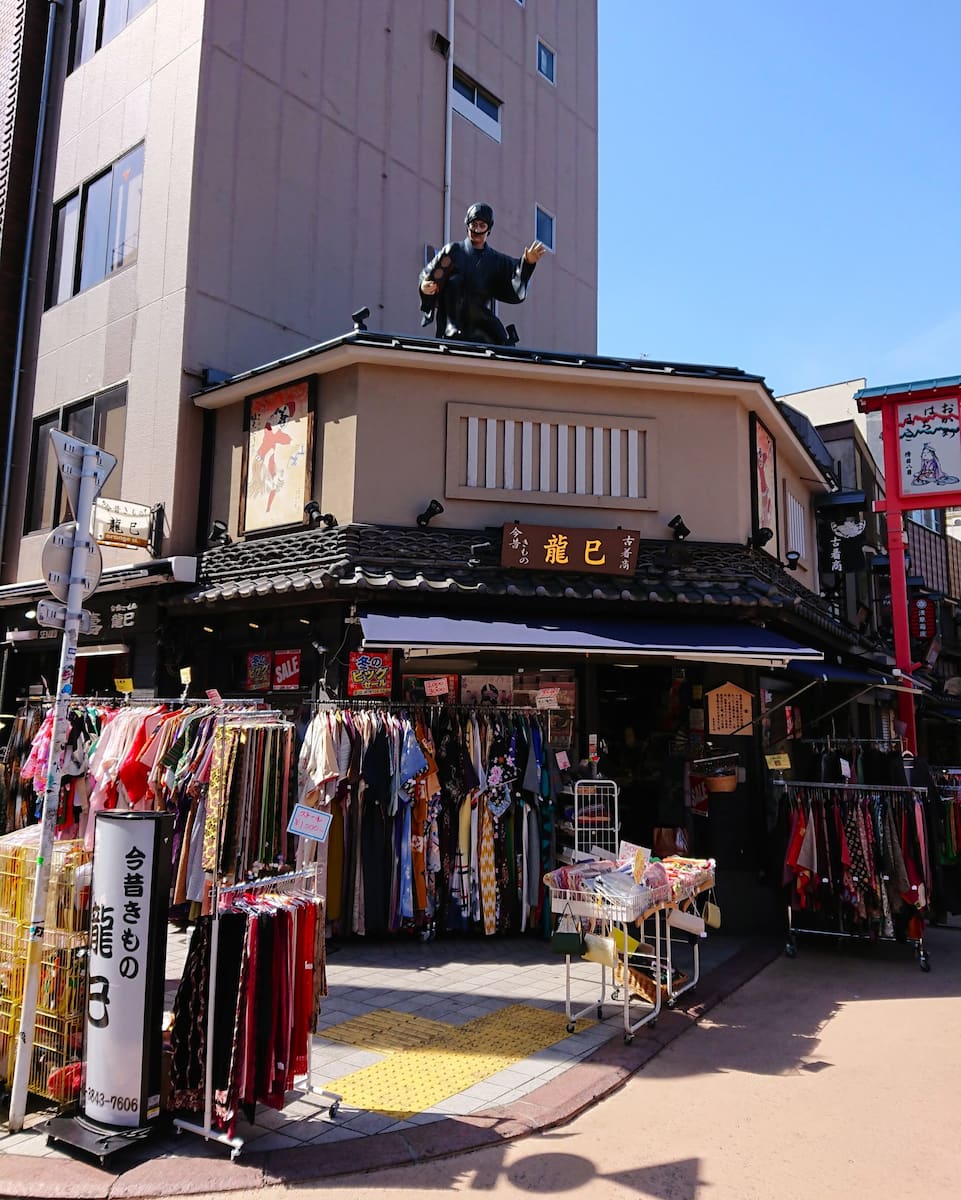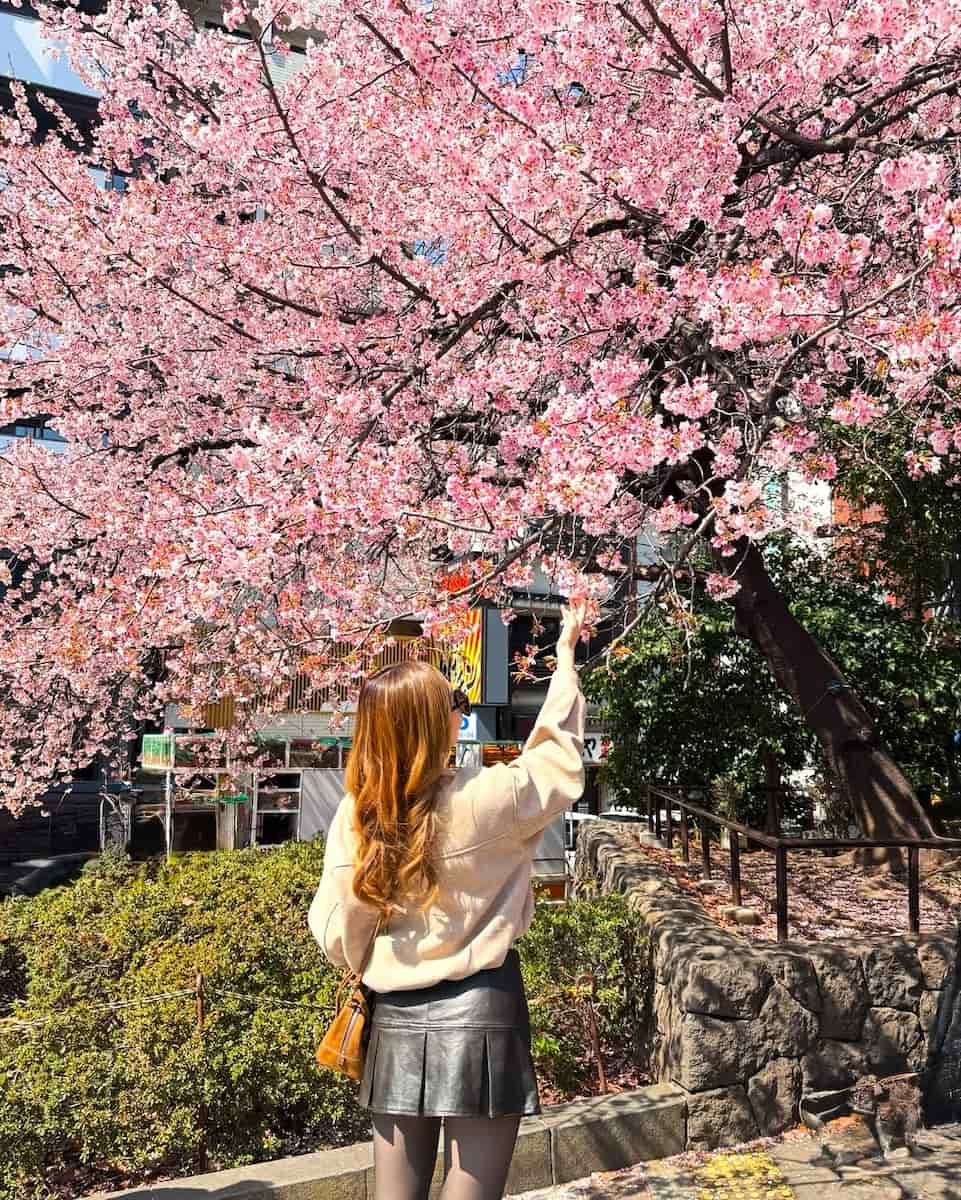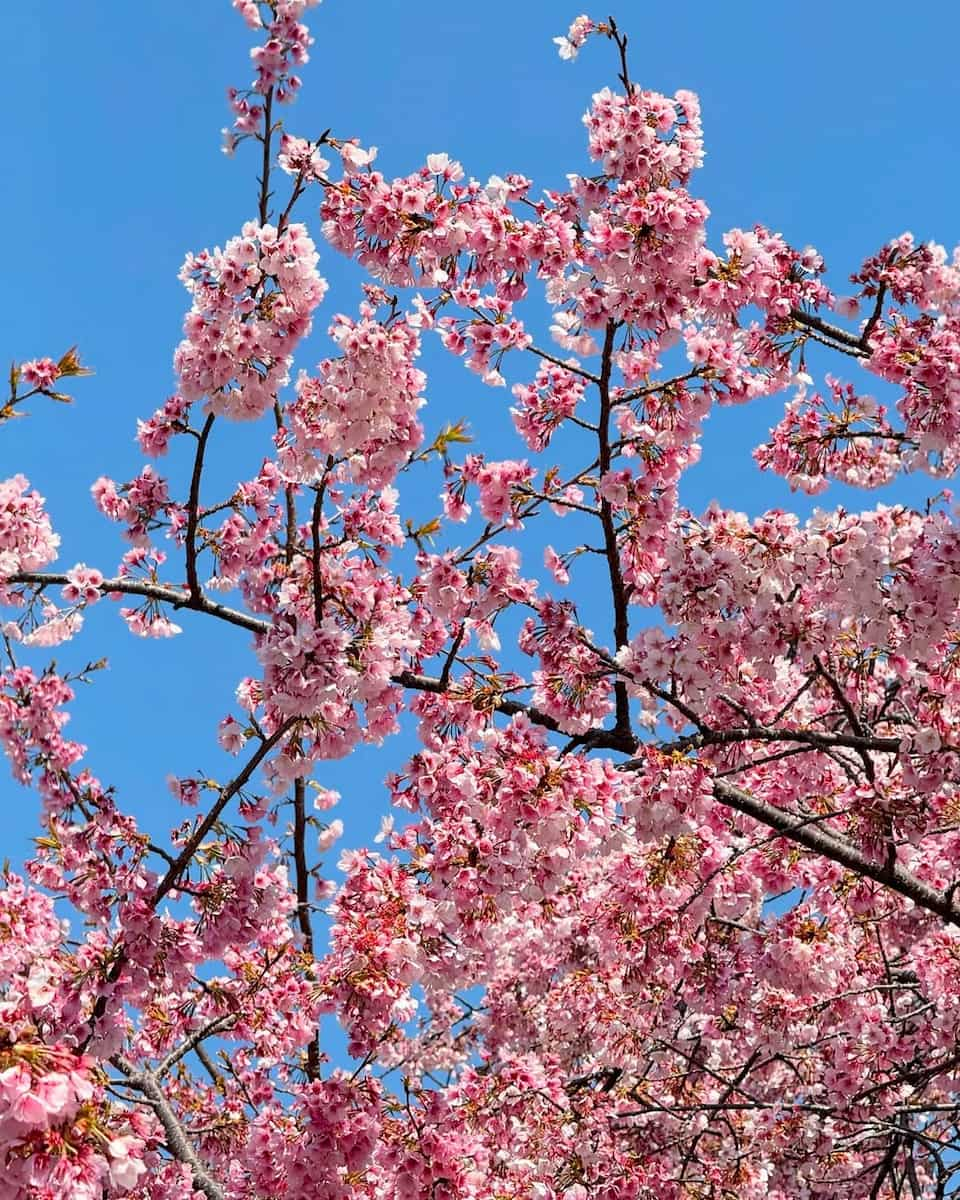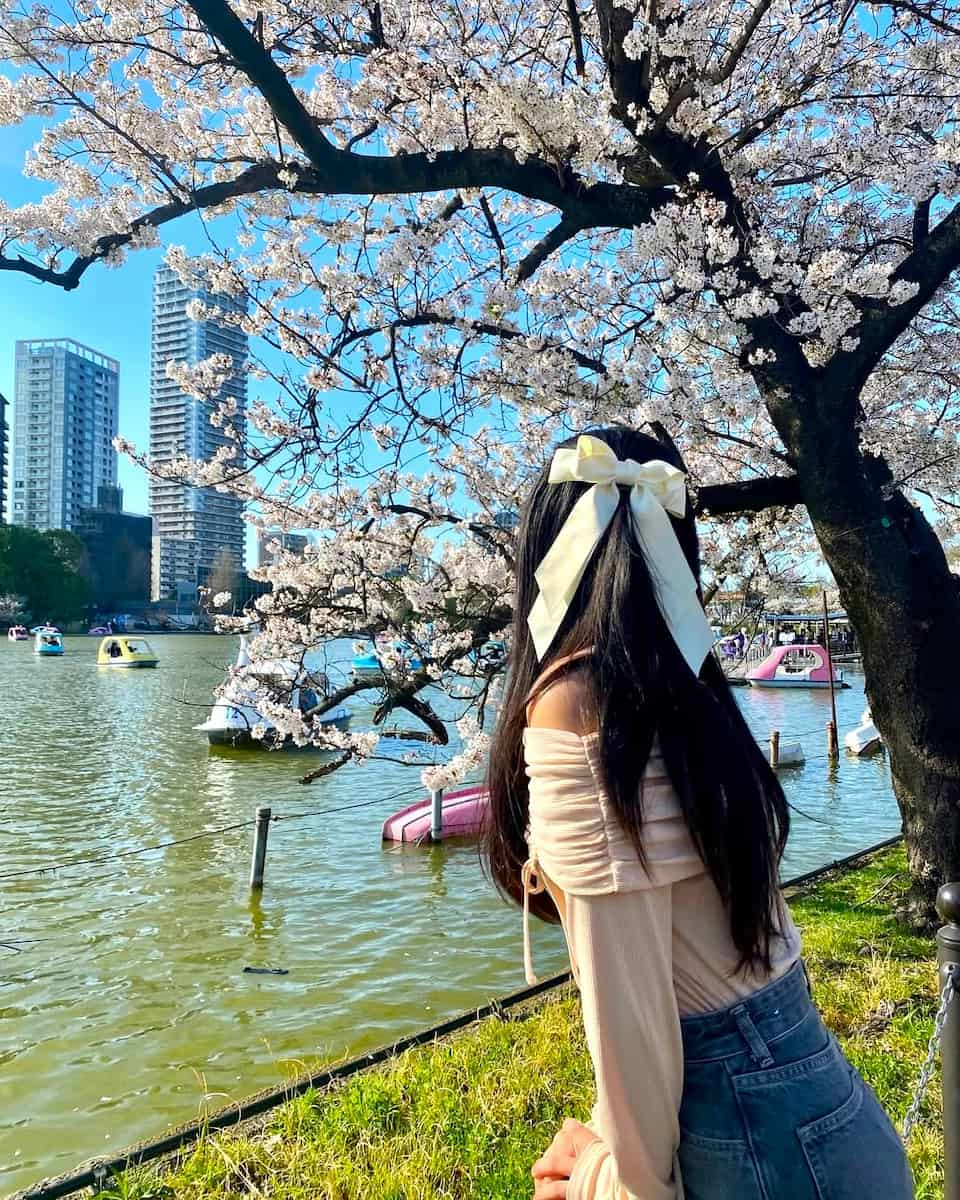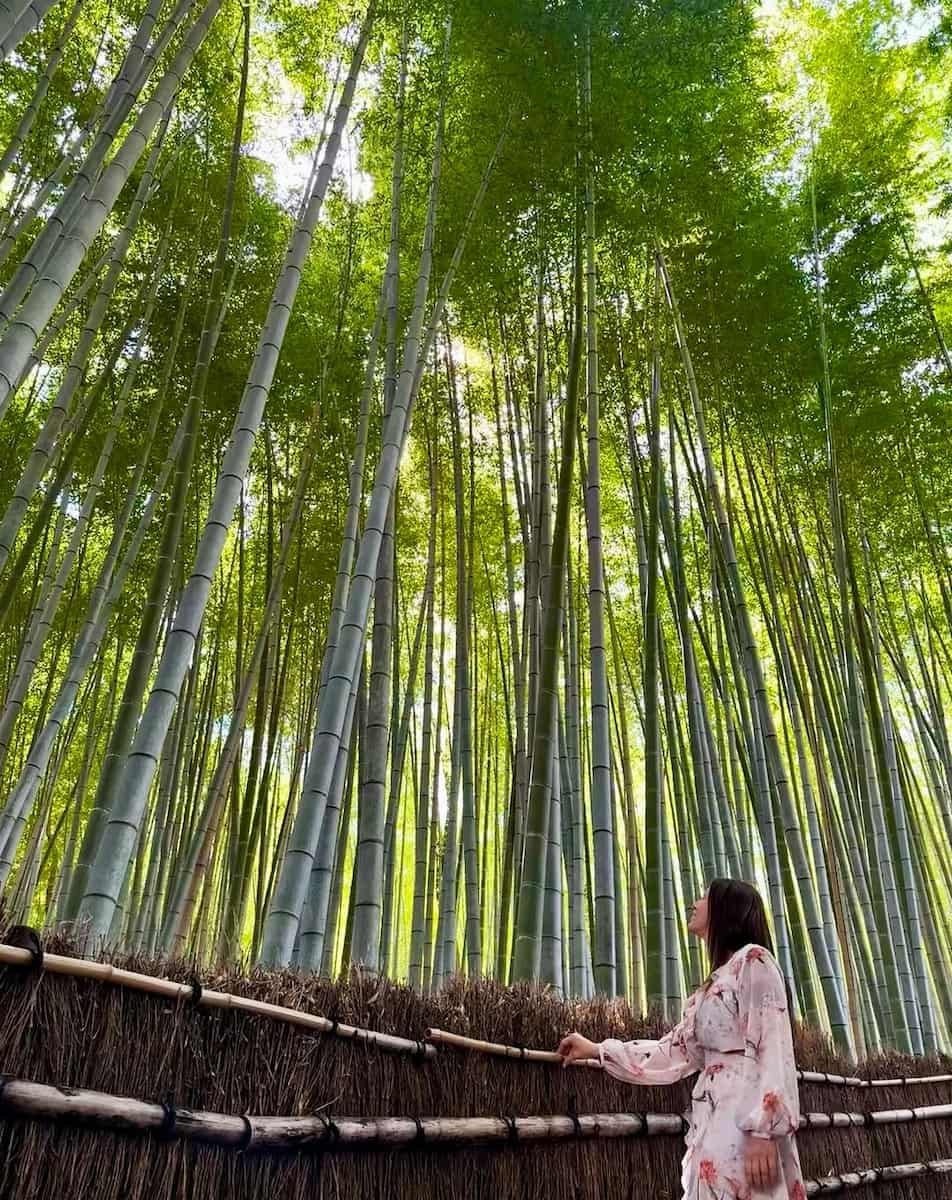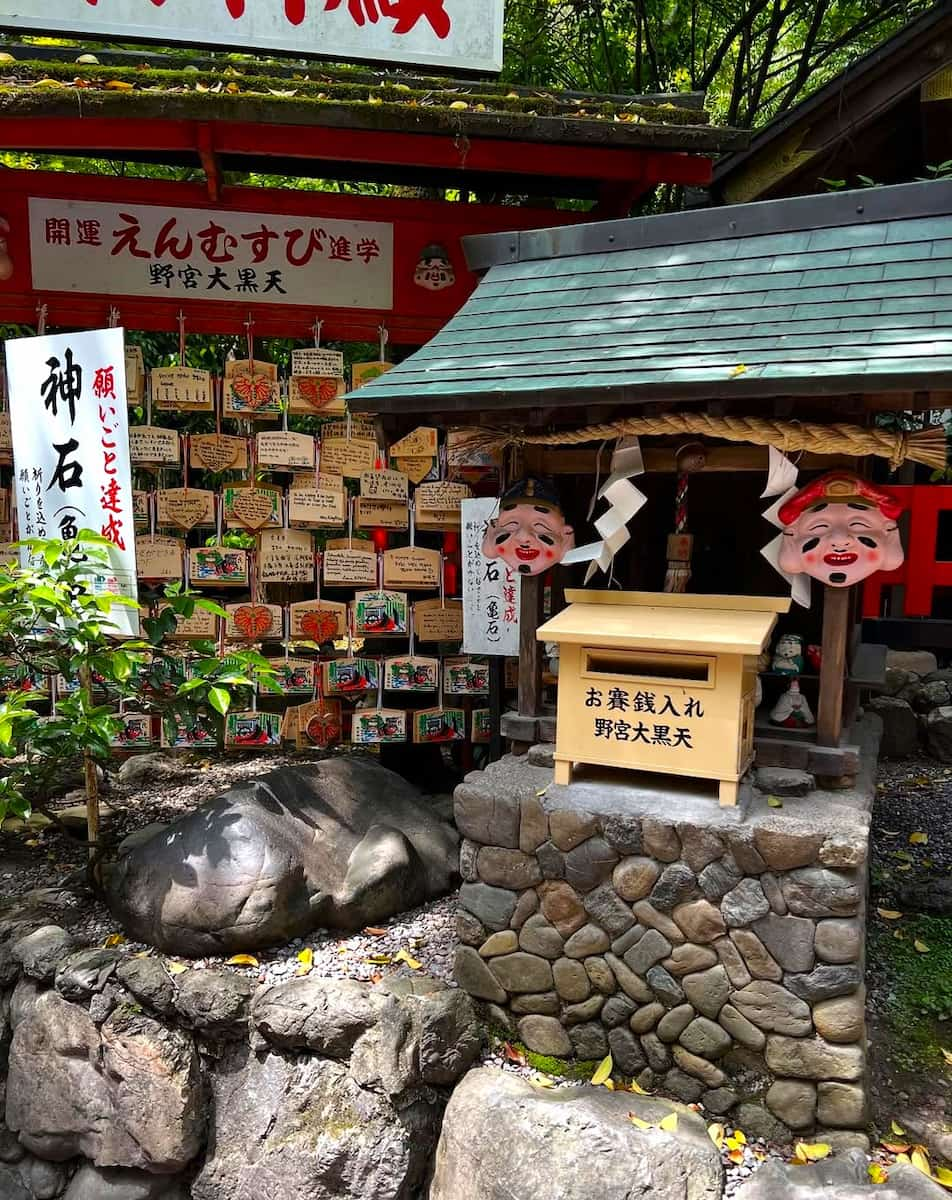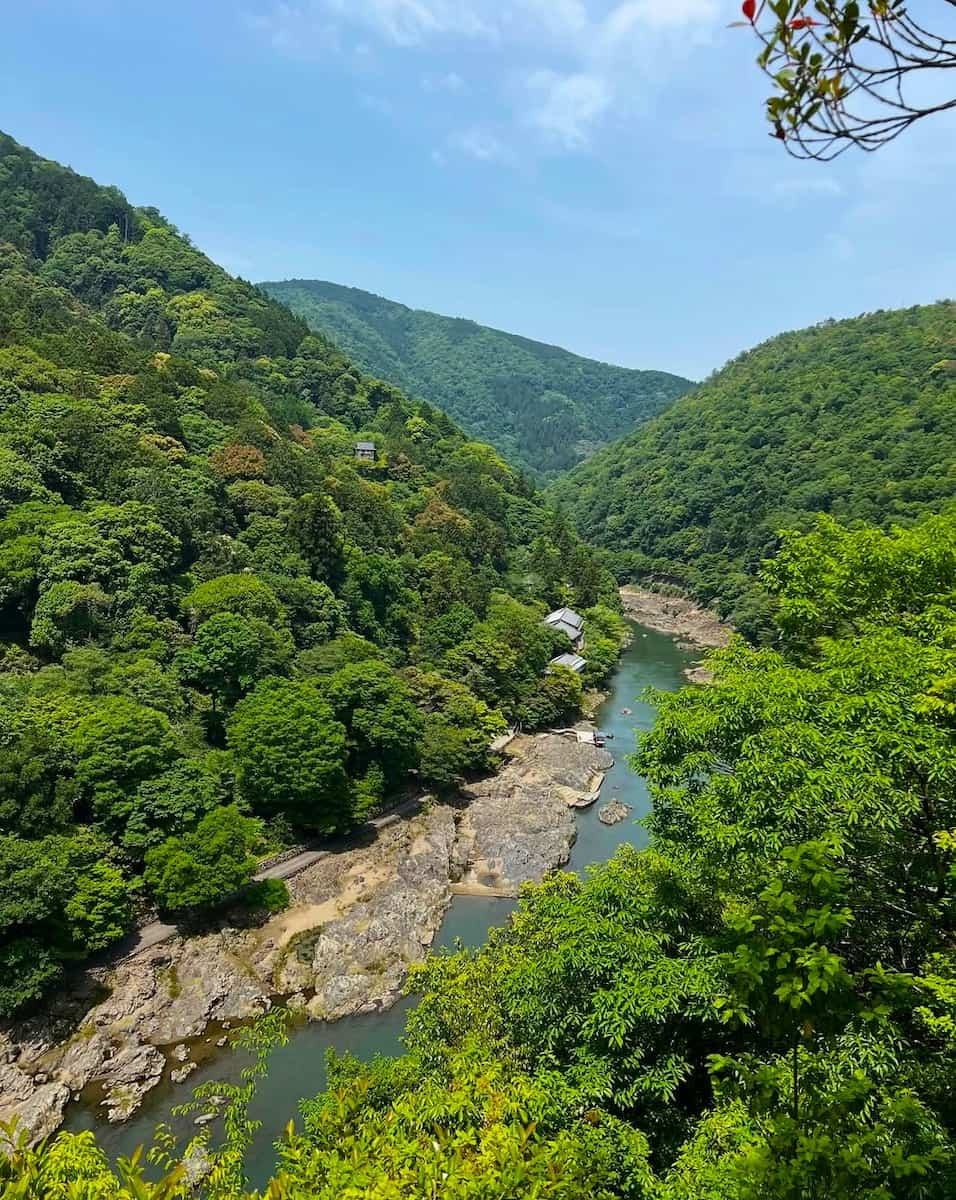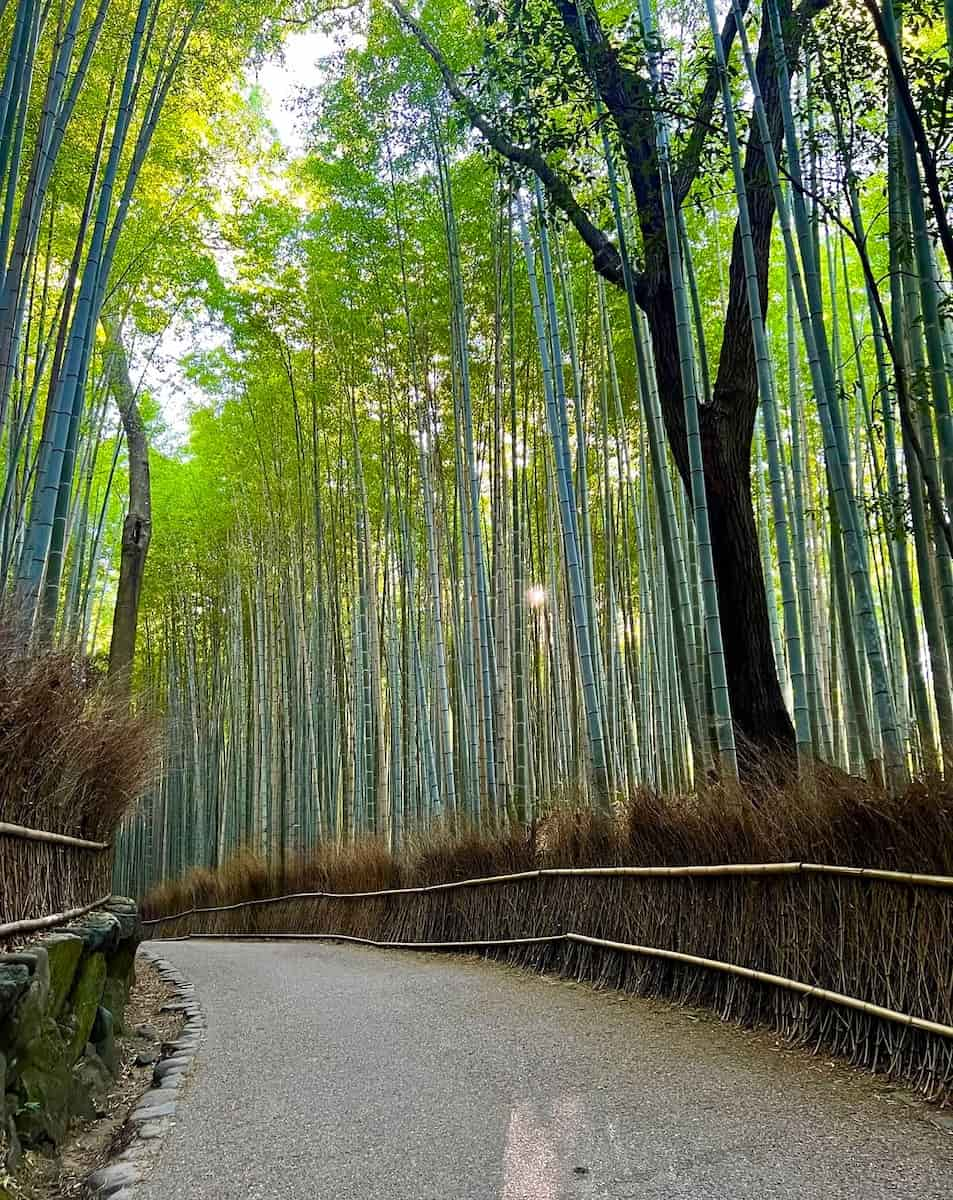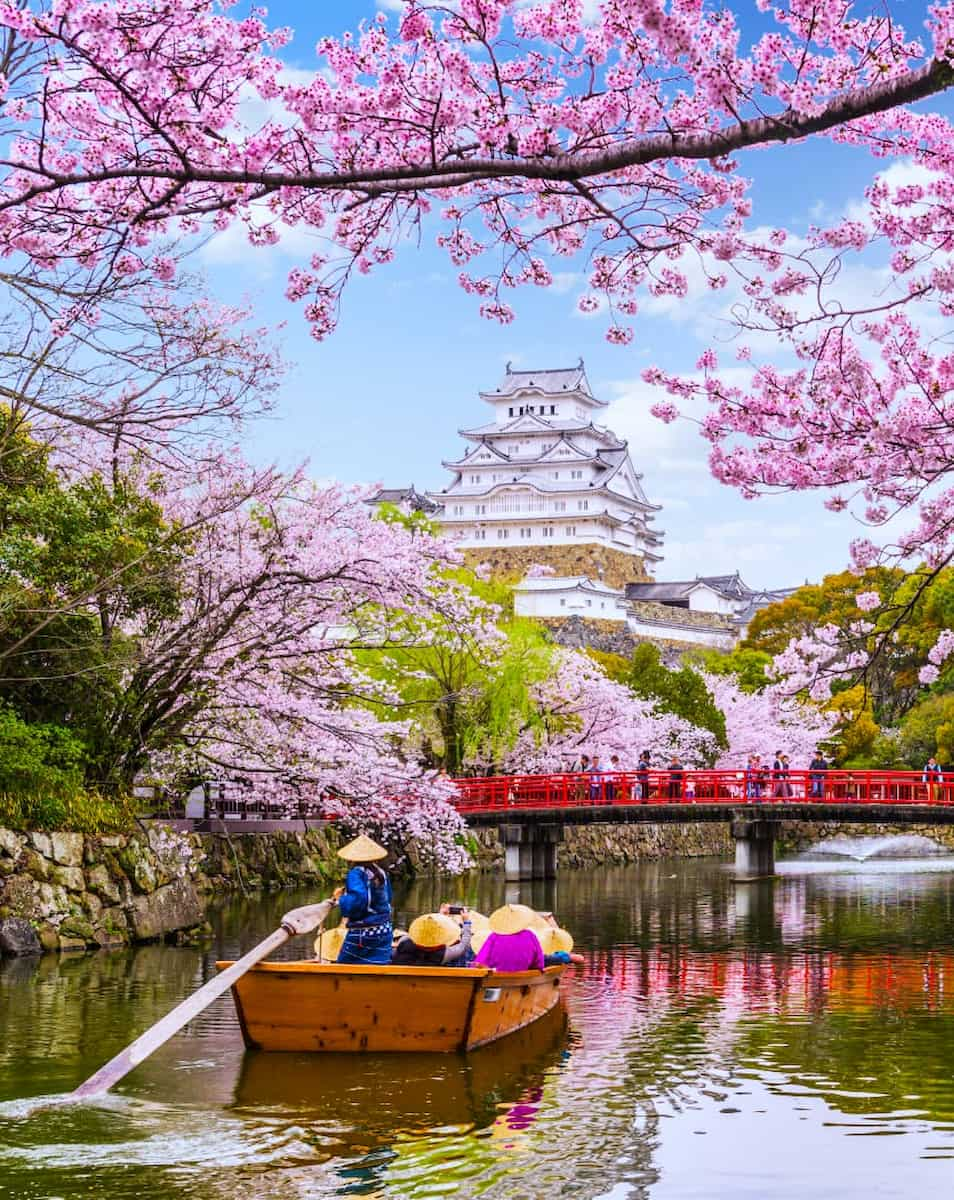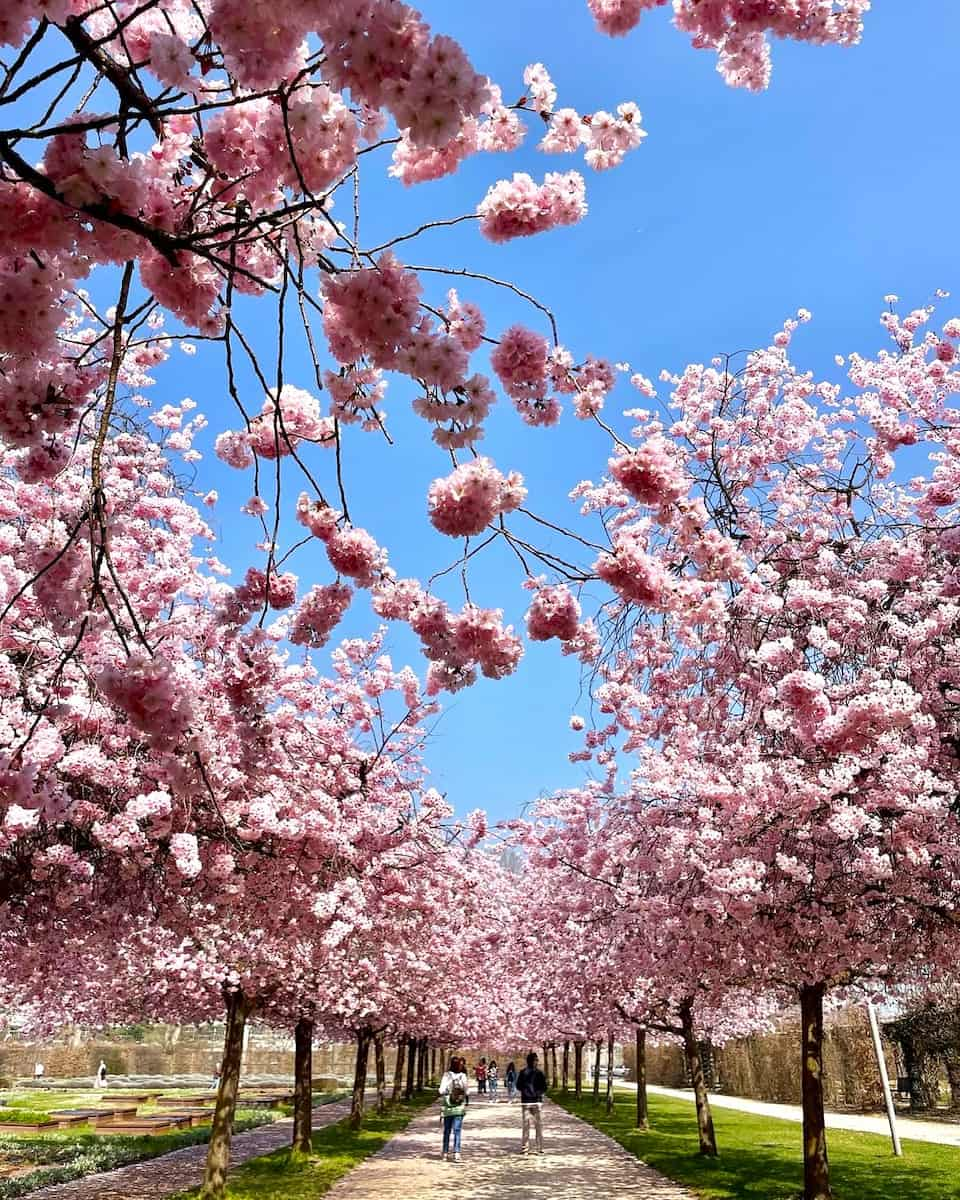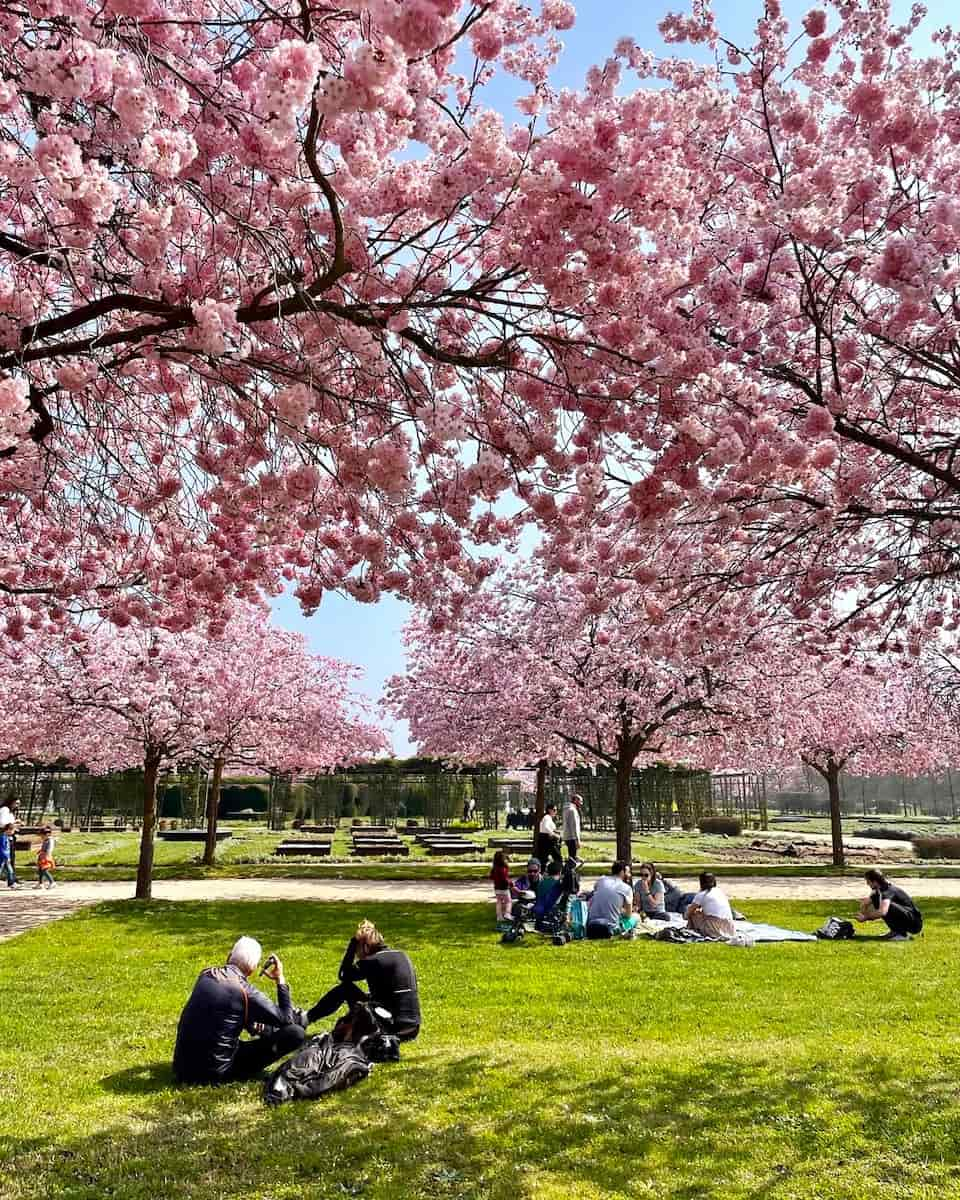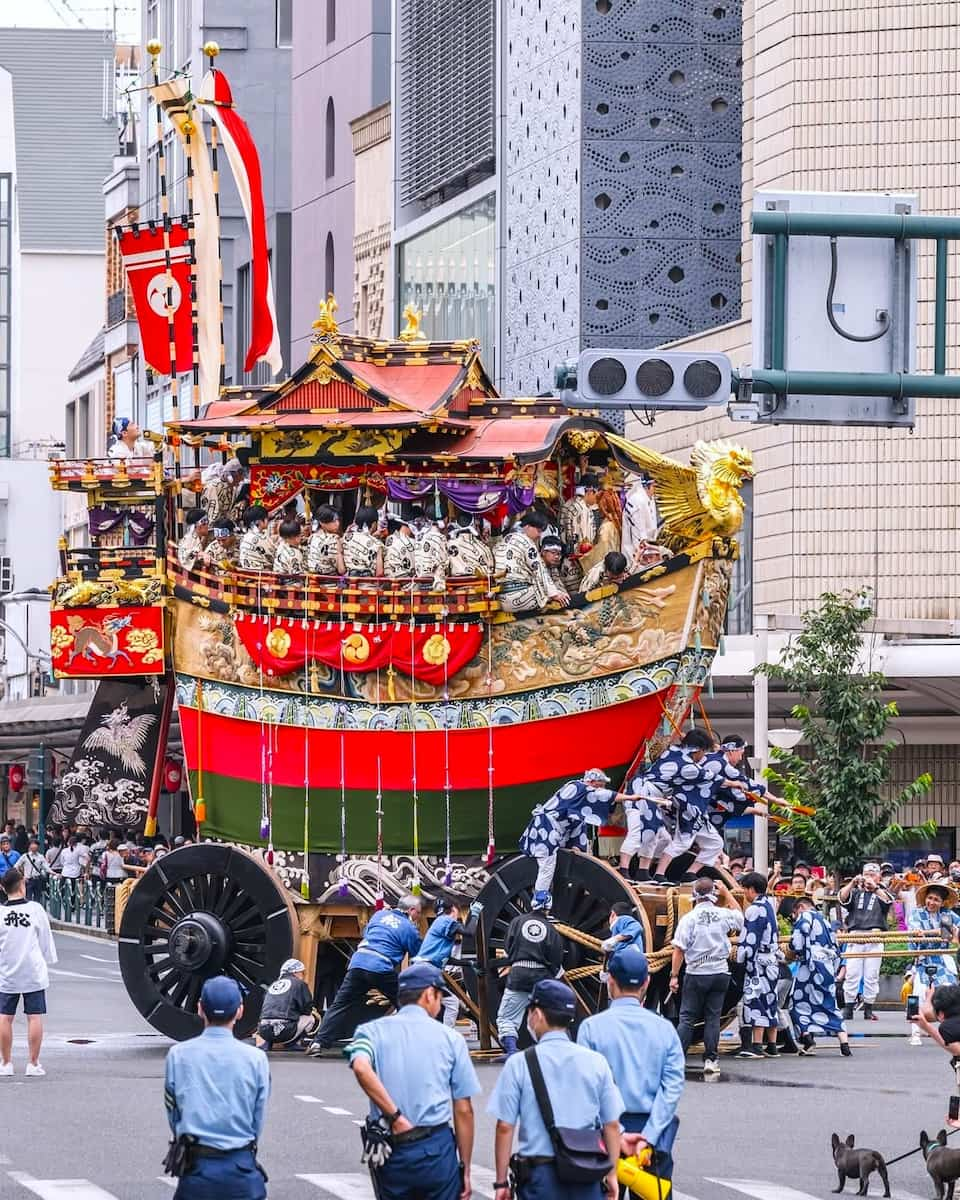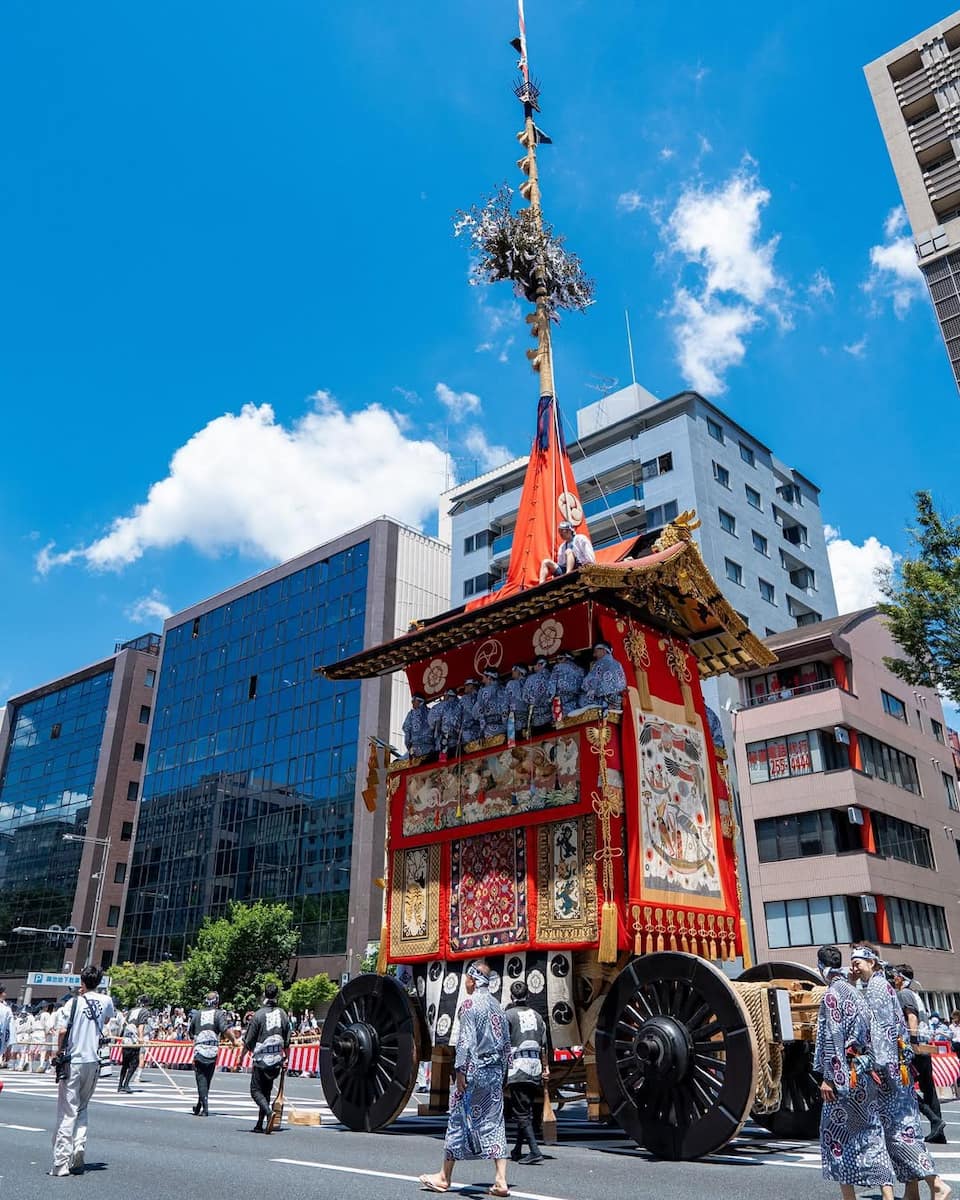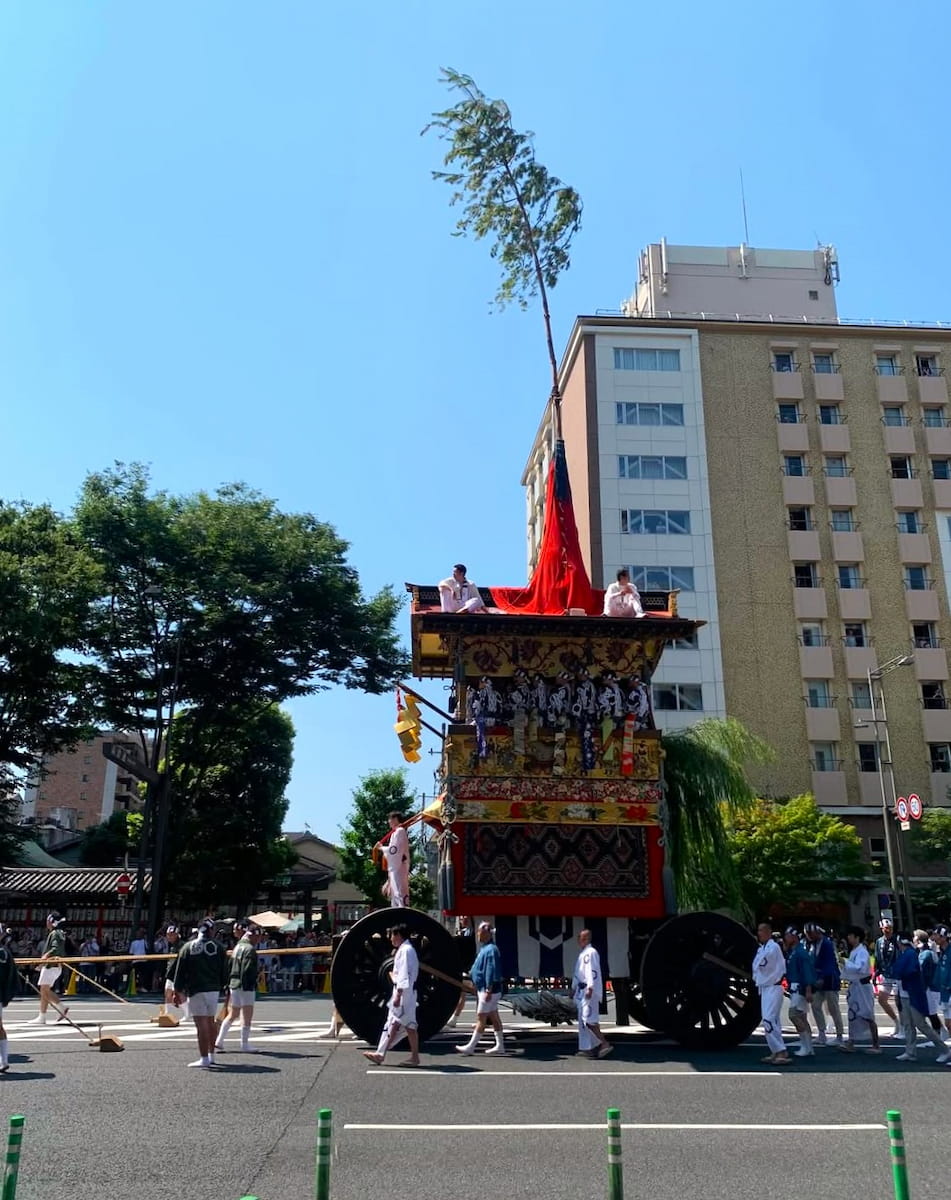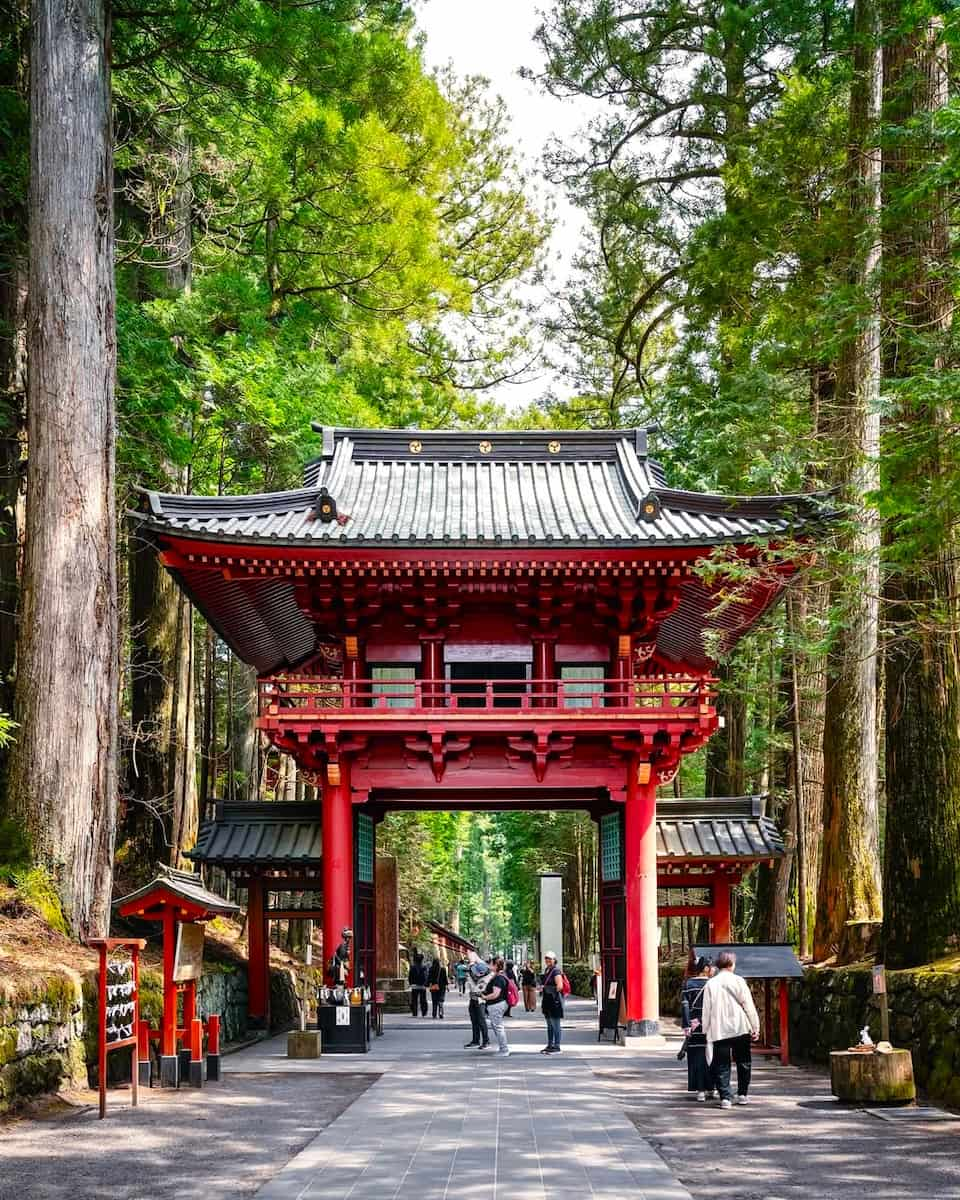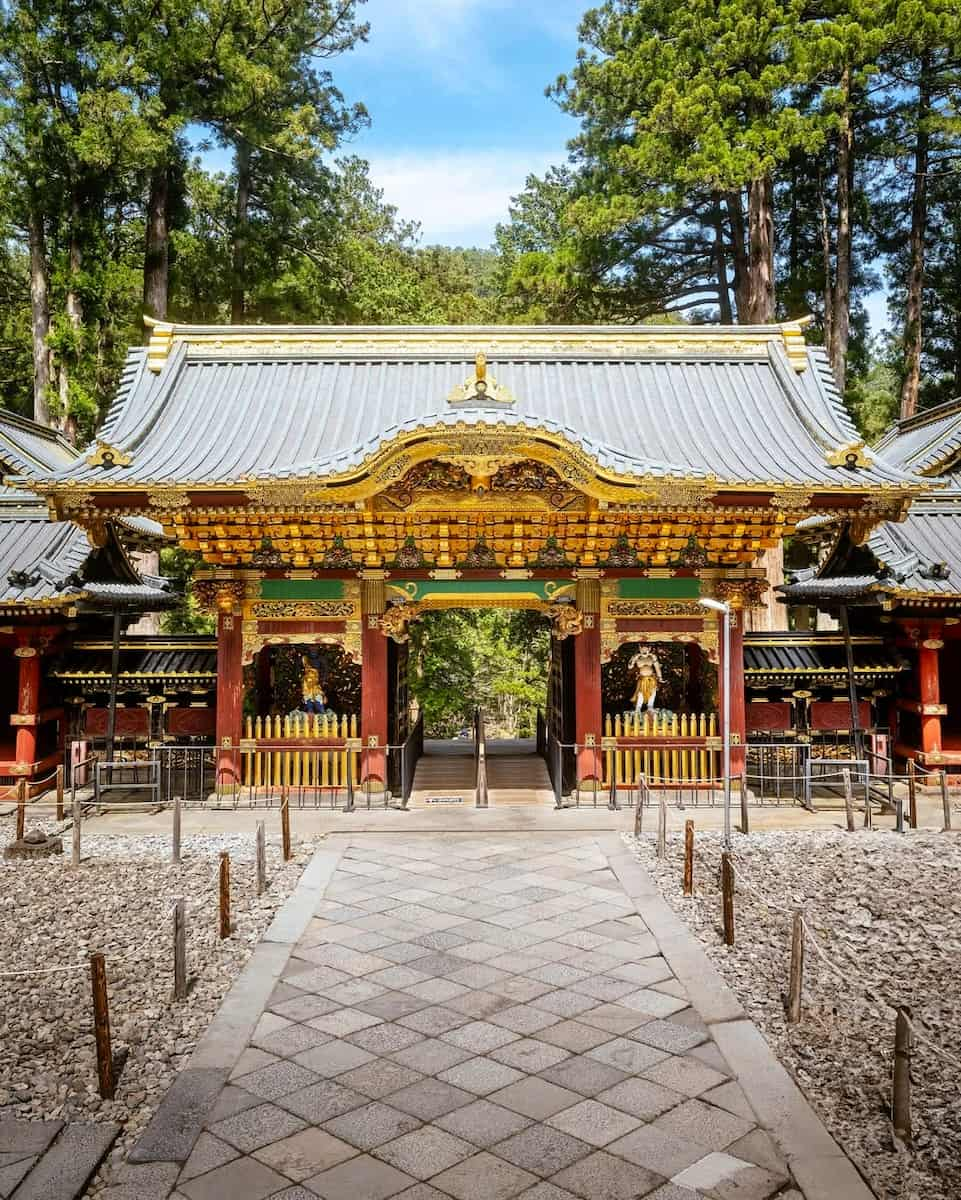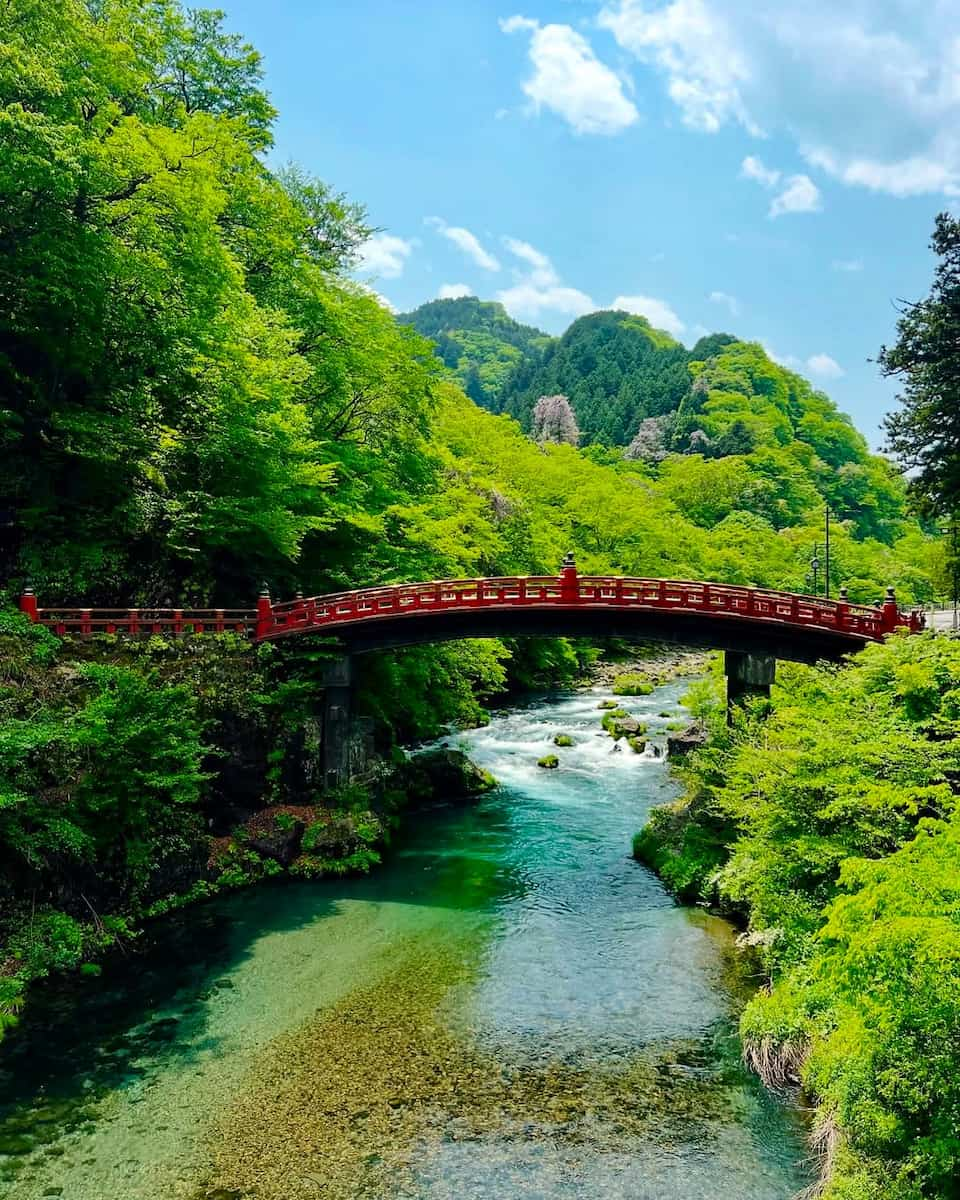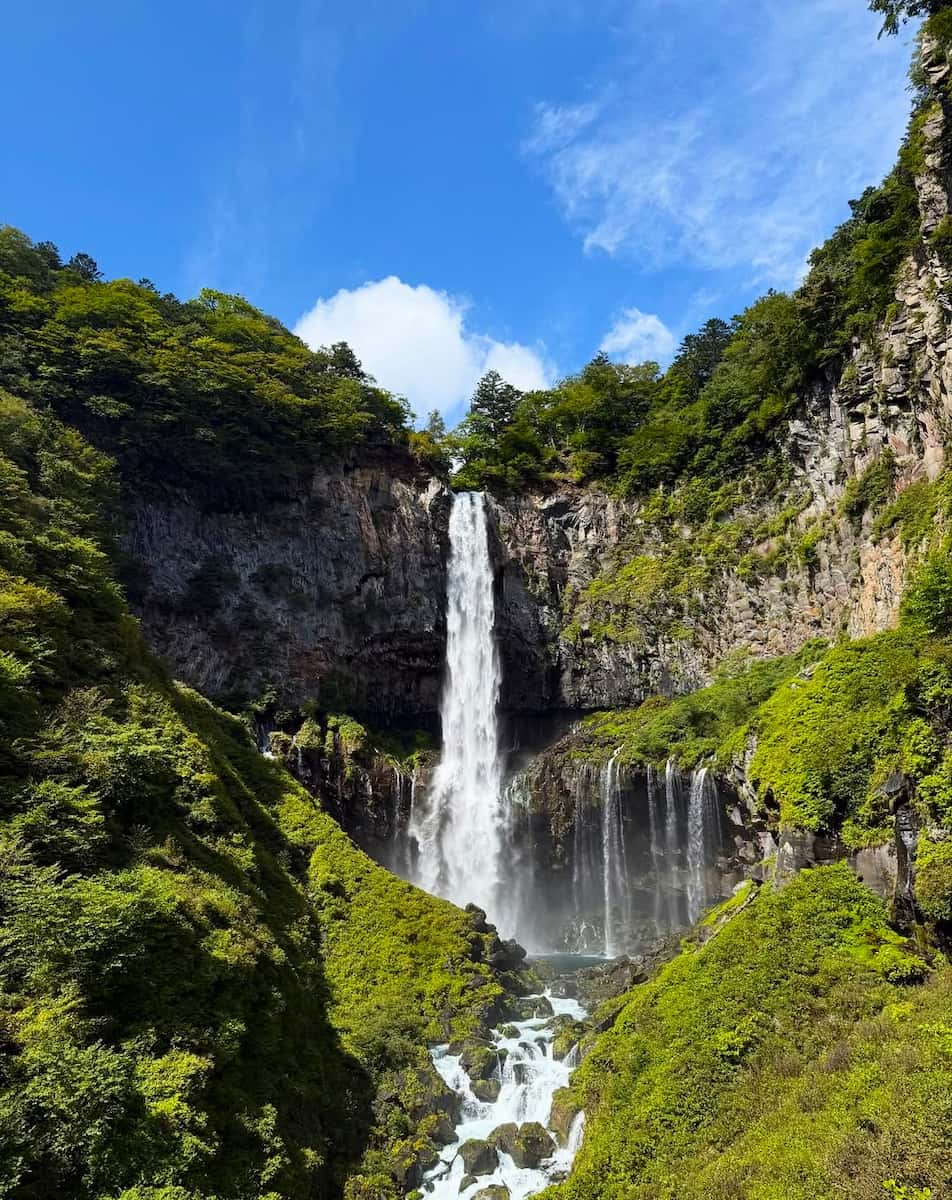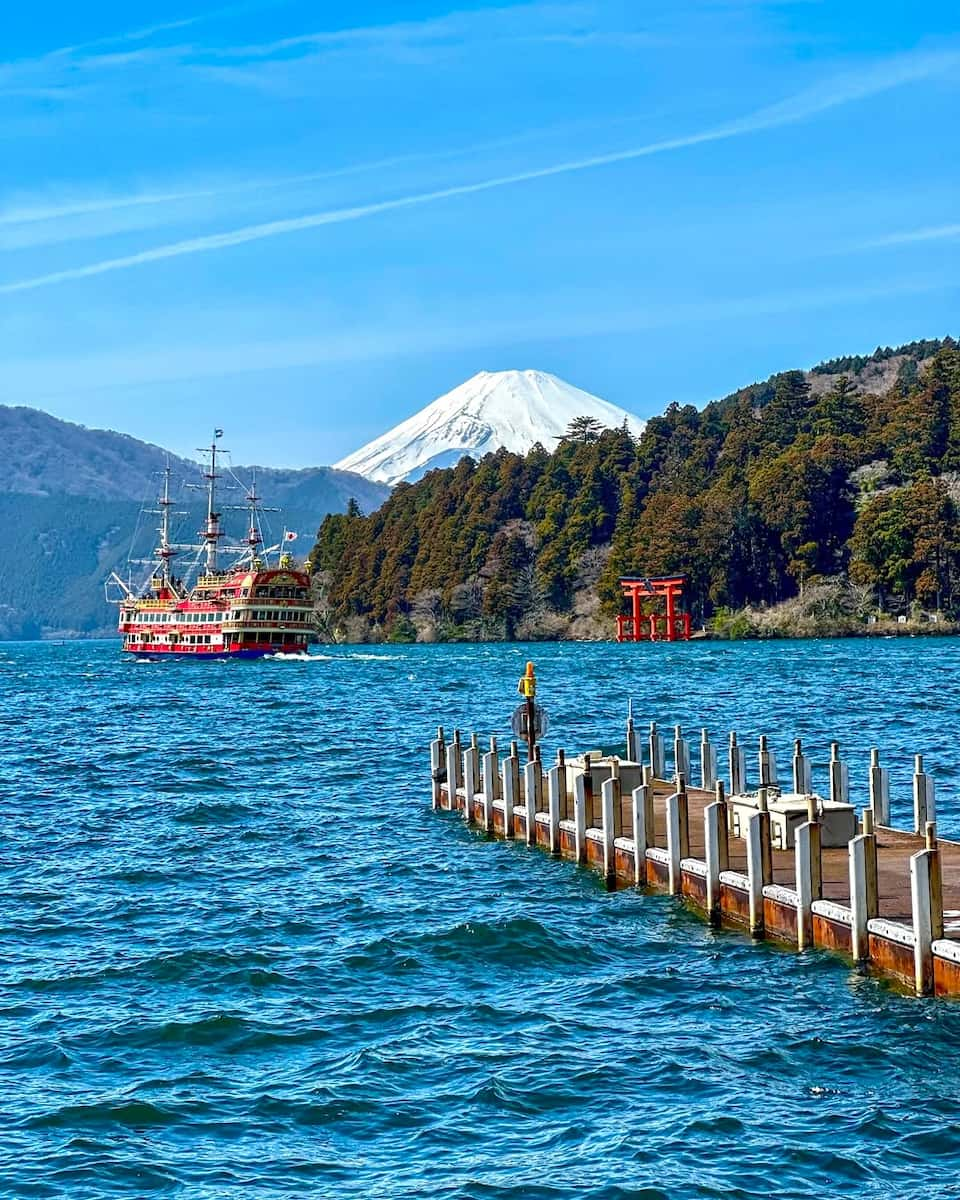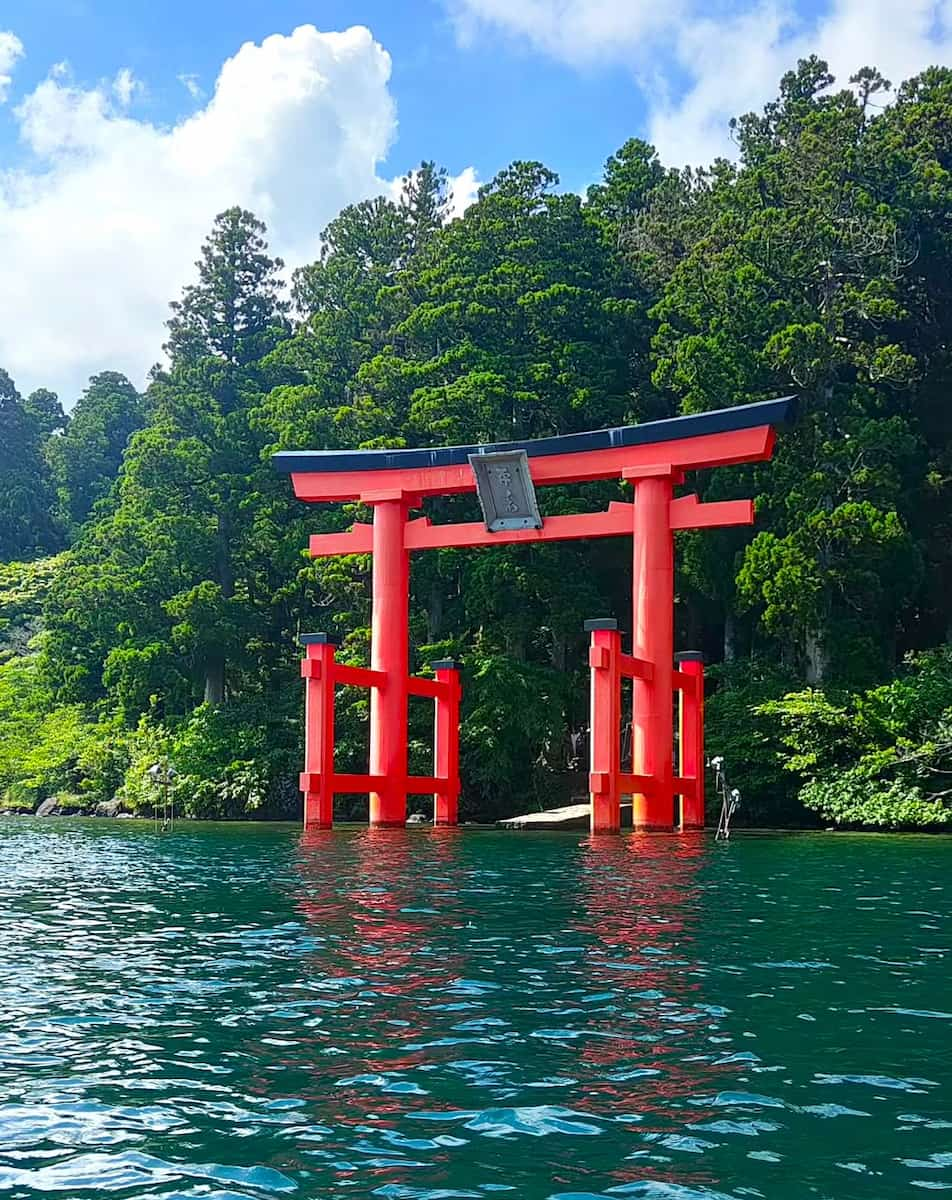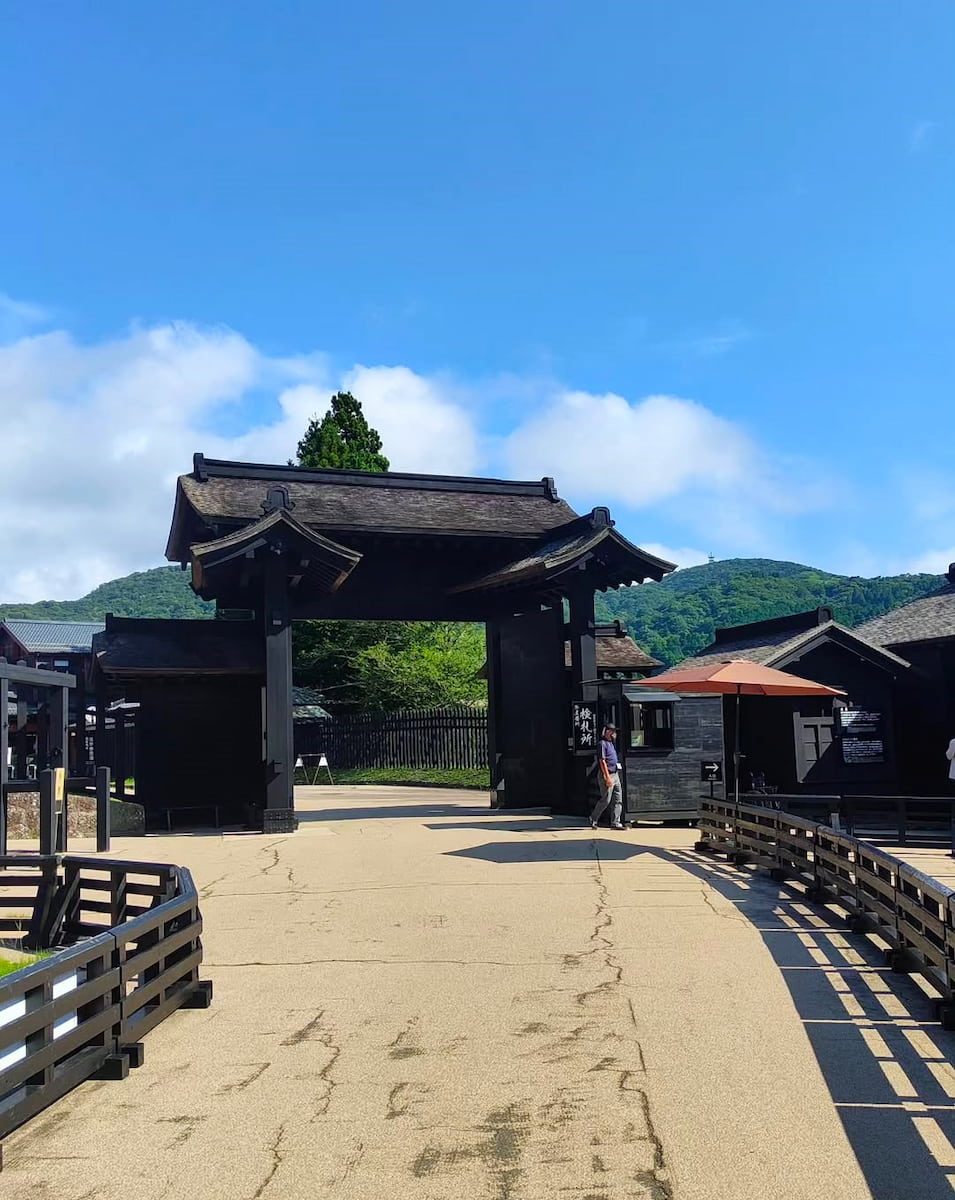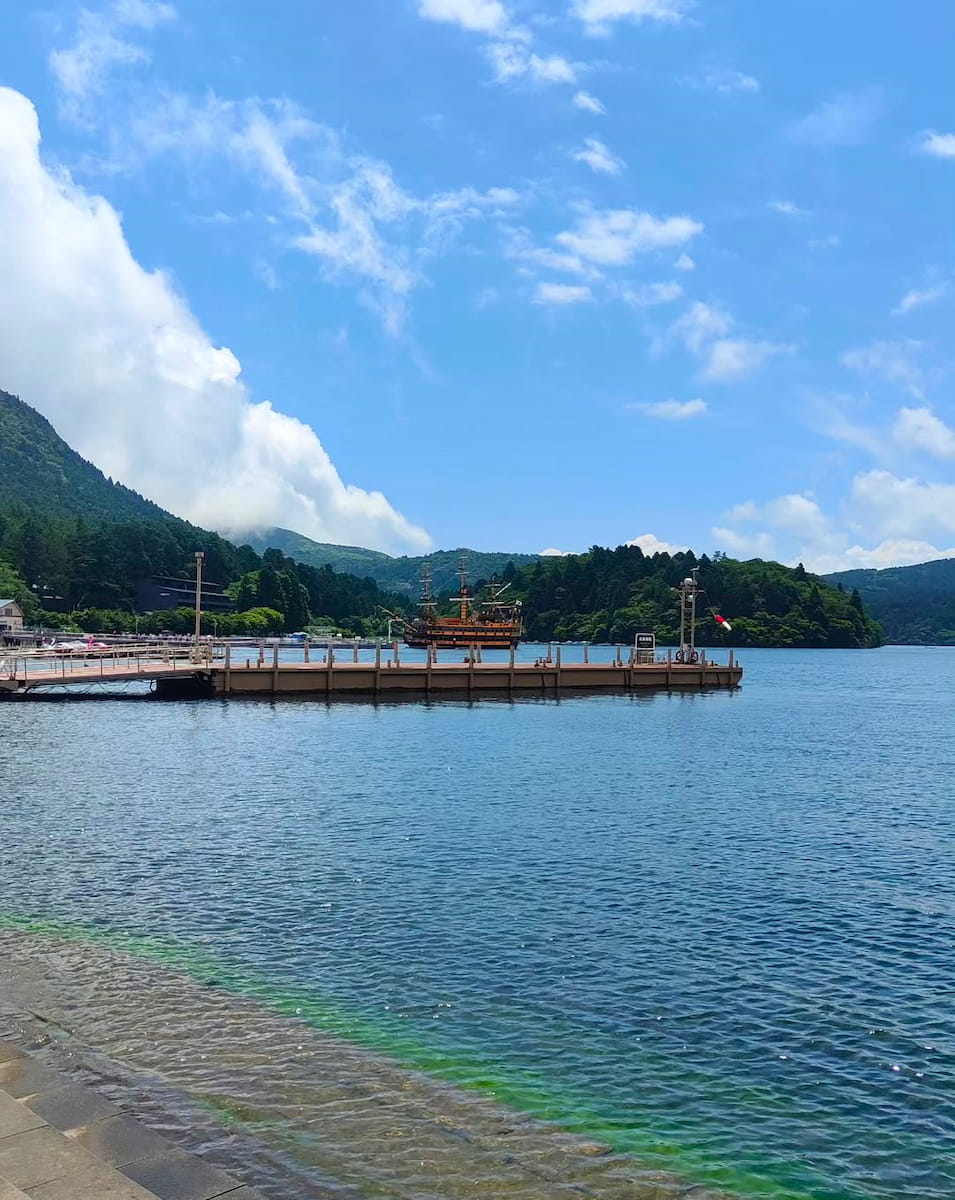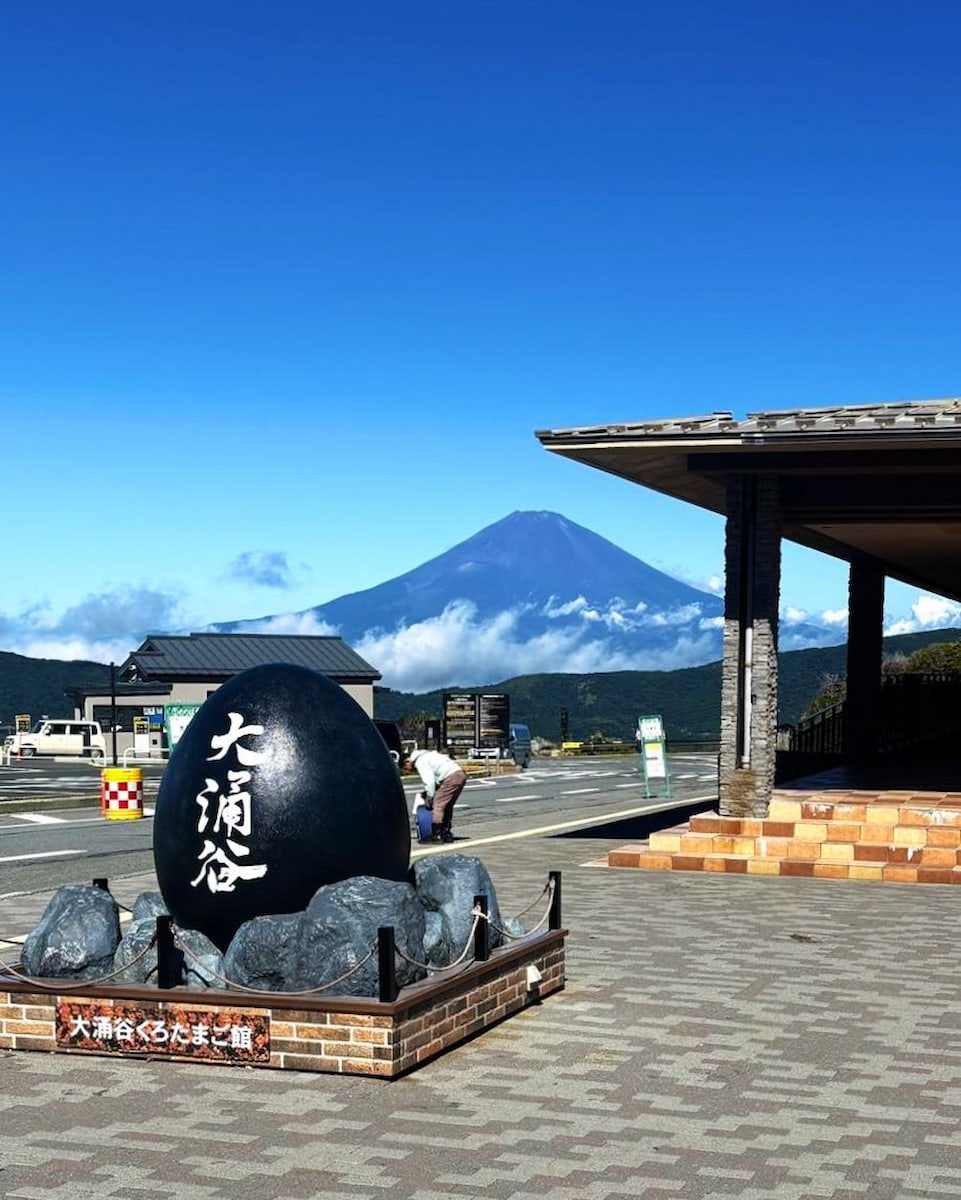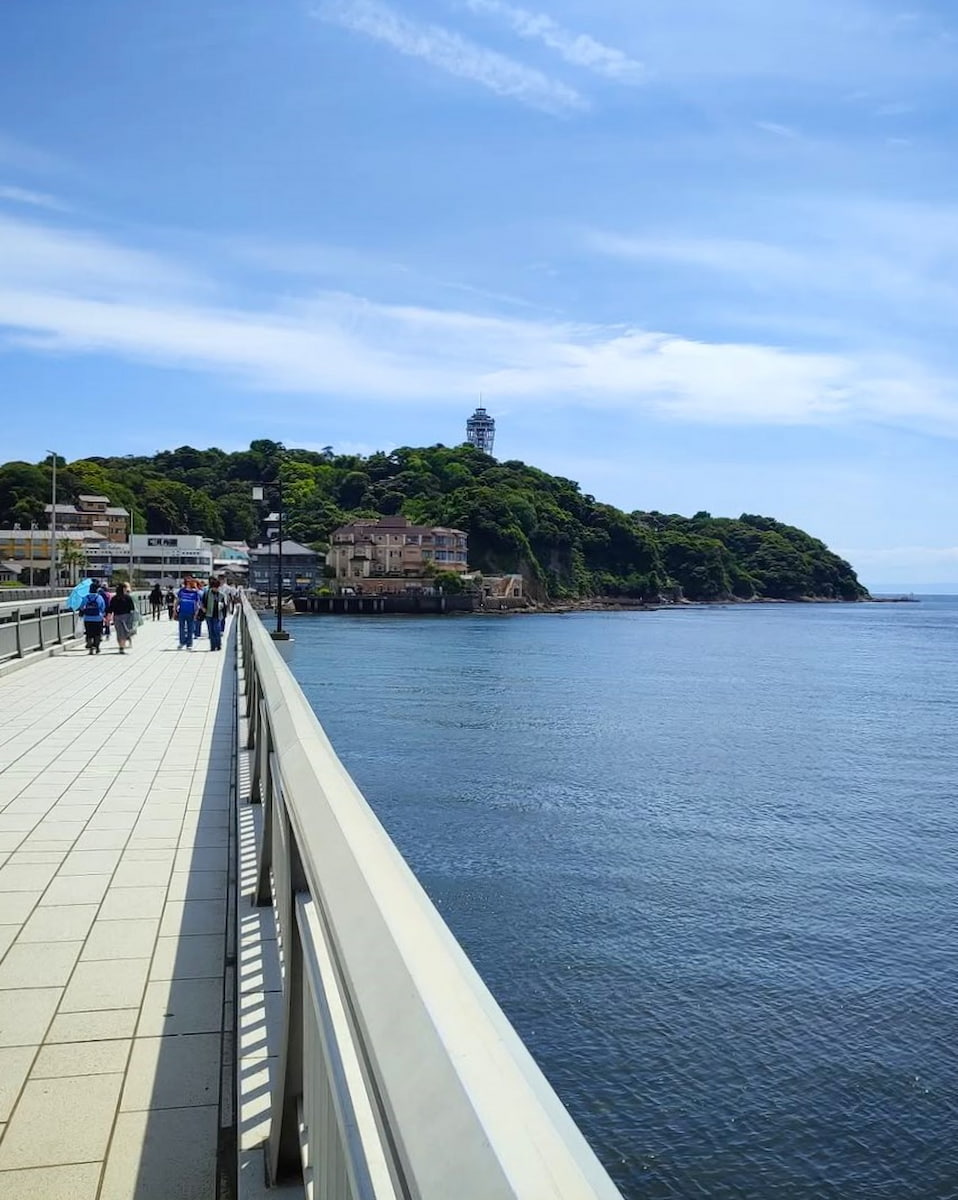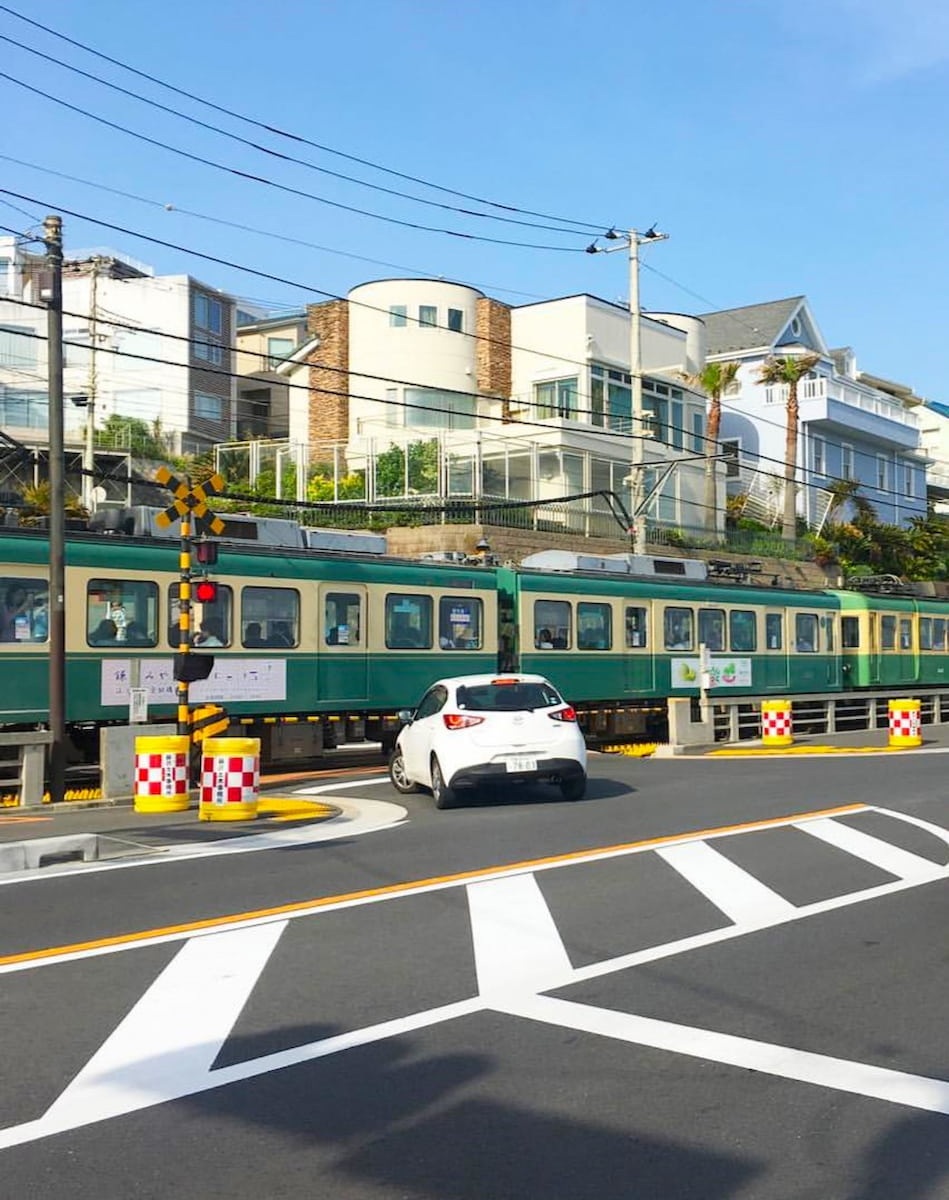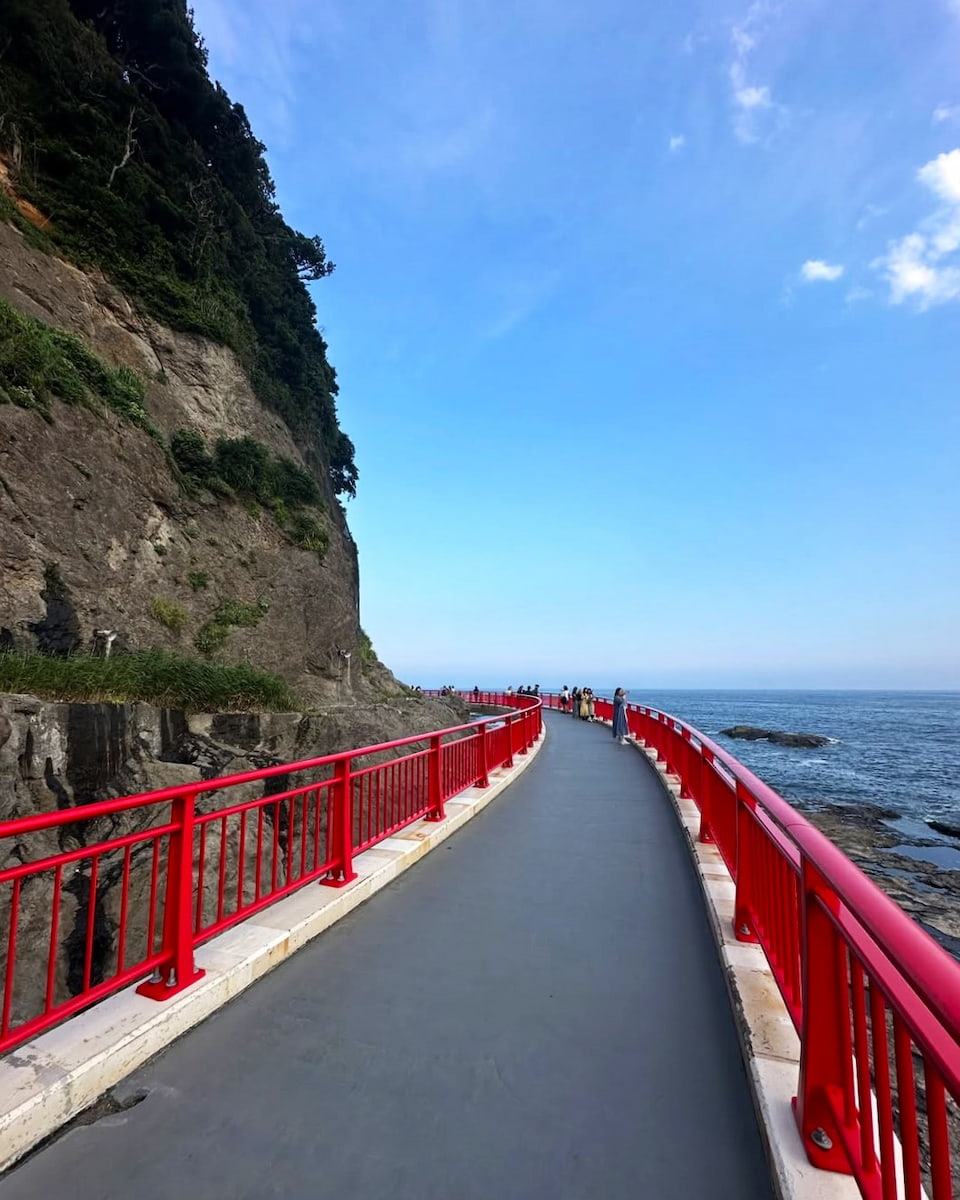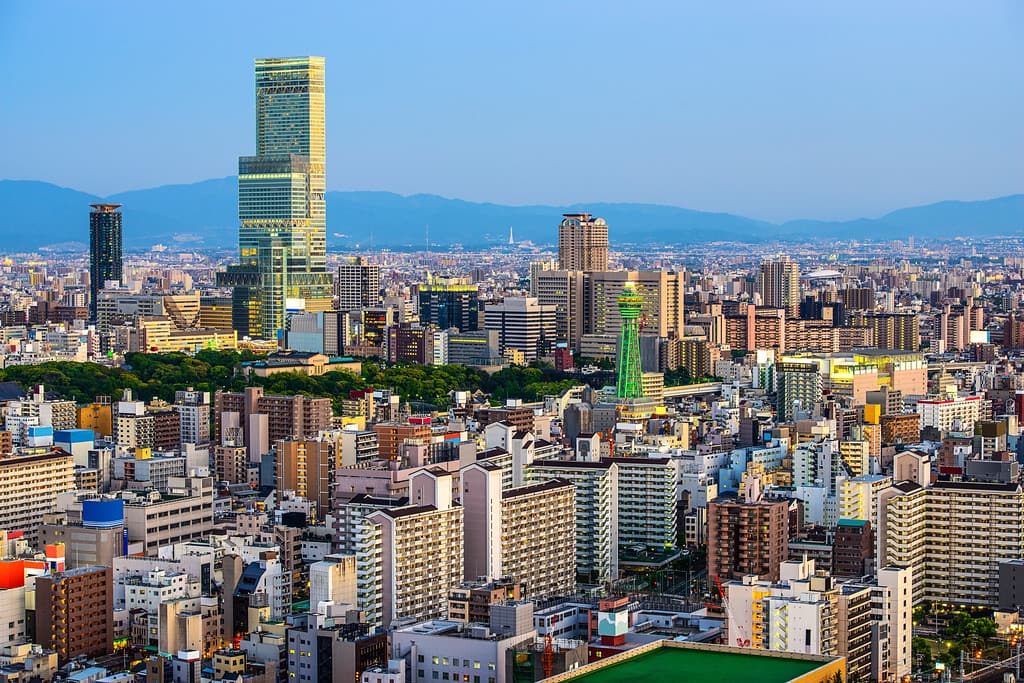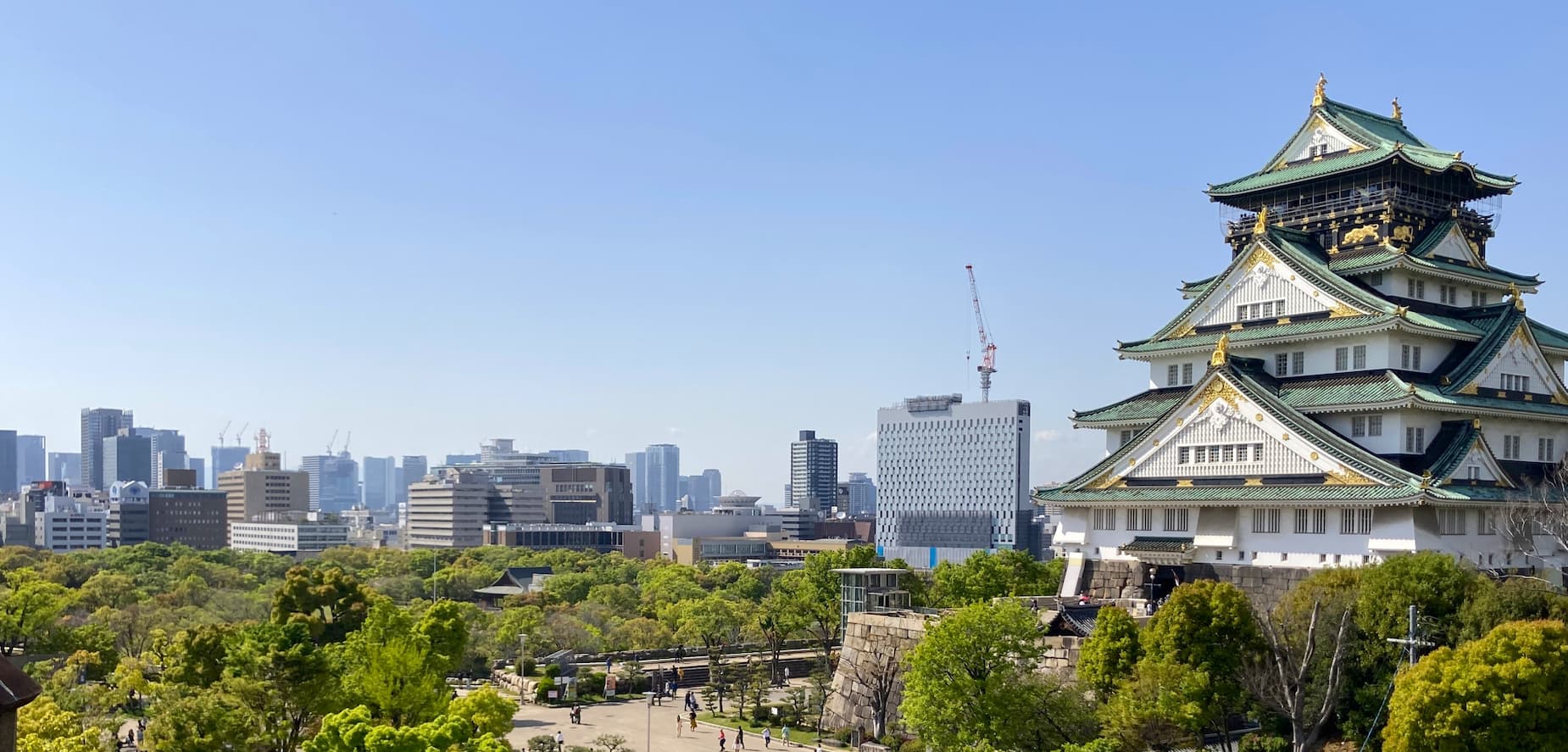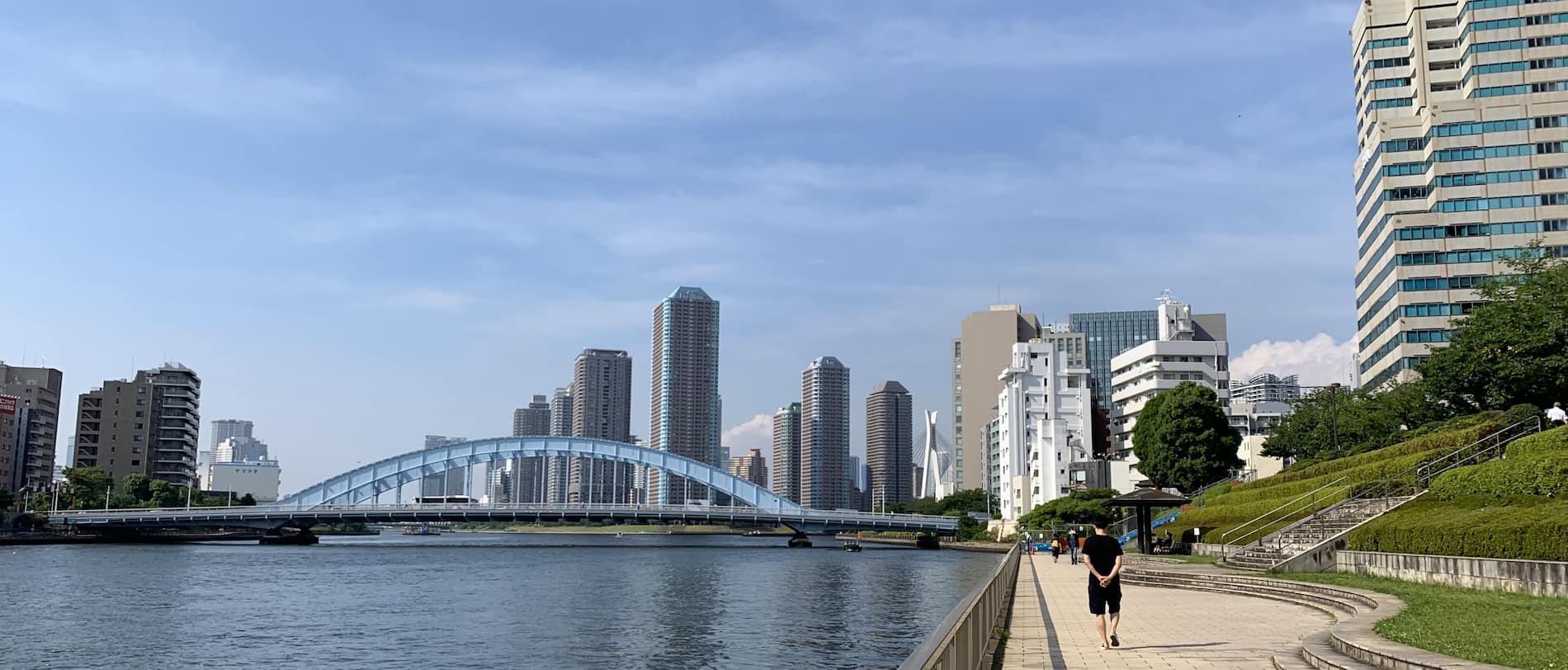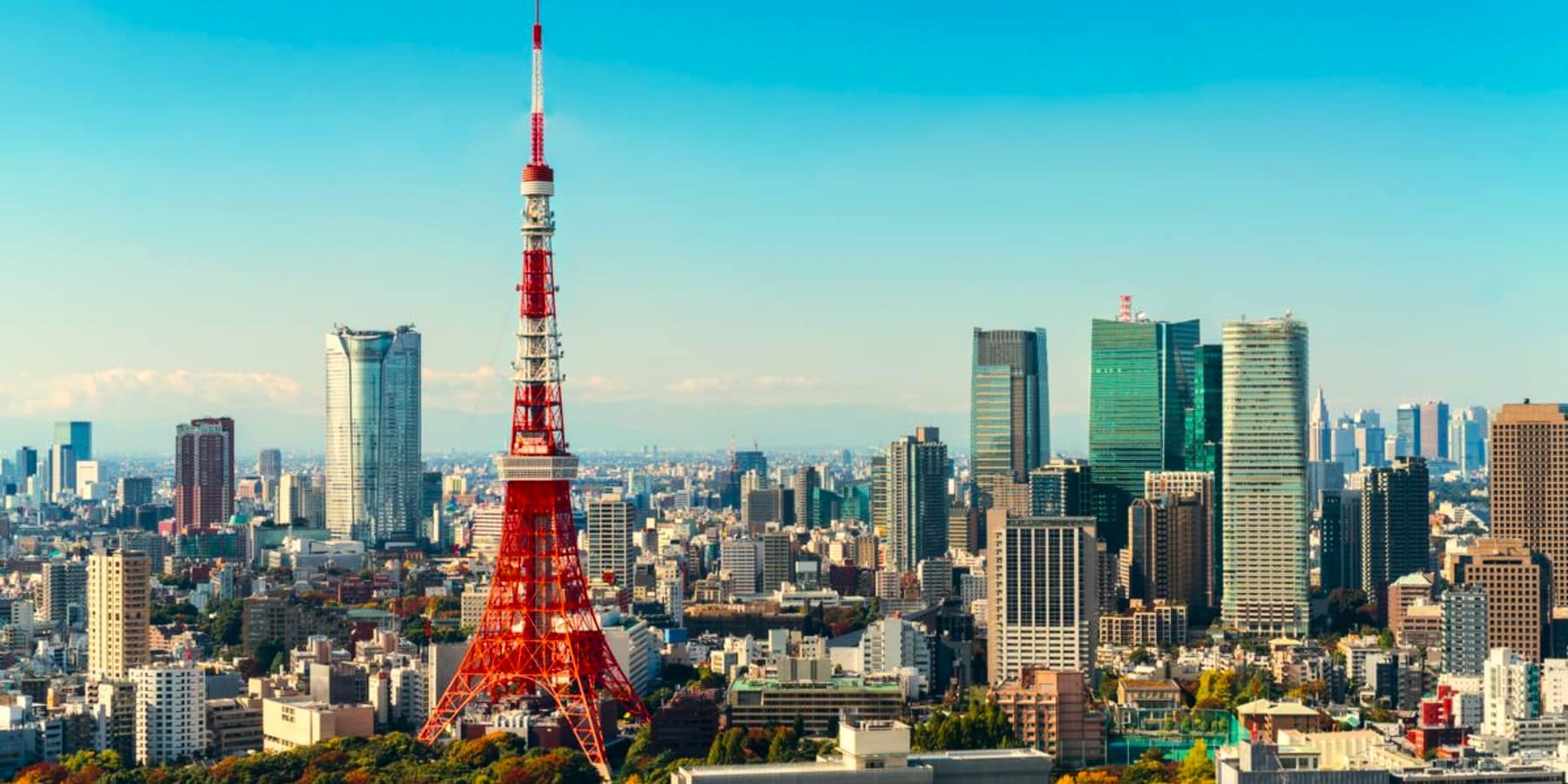Your content here… Japan is a country where ancient traditions meet futuristic cities. From neon-lit Tokyo streets to tranquil Kyoto temples, there’s always something to surprise you. Whether you’re a foodie, a culture buff, or an adventure seeker, Japan has it all. Let’s dive into the best things to do in Japan right now!
🏠 Where to Stay in Japan
- 💎 Luxury Hotel: The Aoyama Grand Hotel
- ✨ 5-Star: The Gate Hotel Tokyo by Hulic
- 🏨 4-Star: The Blossom Hibiya
- 🛏️ 3-Star: KOKO HOTEL Ginza-1chome
- 💸 Cheap: Remm plus Ginza
- 🏢 Apartament: KOKO Residence Chuo Katupaqiao
- 👨👩👧👦 For Families: karaksa hotel TOKYO STATION
- 🏩 For Couples: The Gate Hotel Asakusa Kaminarimon by Hulic
💁 Best Guided Tours
- The Old Quarter of Tokyo -Asakusa Sensoji Temple Walking Tour from $24 (⭐️4.8/5)
- Mount Fuji and Hakone 1-Day Bus Tour Return by Bullet Train from $175 (⭐️4.8/5)
- Peaceful Hiroshima & Miyajima UNESCO 1 Day Bus Tour from $139(⭐️5/5)
- Nara Early Bird Tour from $75(⭐️4.9/5)
- Tokyo Tsukiji Fish Market Food and Culture Walking Tour from $95 (⭐️4.9/5)
The Best 16 Things to Do in Japan
1. Tokyo’s Senso-ji Temple
Ancient Spirituality. Walking through the massive red Kaminarimon Gate at Senso-ji Temple feels like stepping back 1,400 years into Japan. The incense smoke creates a mystical atmosphere as locals and tourists alike pray for good fortune at this historic temple in Japan. I watched elderly Japanese women carefully waft the sacred smoke over themselves while teenagers snapped selfies nearby, perfectly capturing modern Japan meeting ancient traditions.
Nakamise Shopping Street. The approach to the temple buzzes with energy along the famous shopping street lined with traditional vendors. Ningyo-yaki (doll-shaped pastries) and melon pan fill the air with sweet aromas while souvenir shops display colorful fans and chopsticks.
Temple Rituals. At the main hall, I learned the proper way to pray at temples and shrines: bow twice, clap twice, then bow once more. The fortune-telling paper strips (omikuji) cost ¥100 and provide surprisingly accurate life advice for your time. Many tourists associate bad luck with certain trees, hoping to leave their troubles behind before continuing on their journey through Japan.
Cultural Immersion. The surrounding Asakusa district represents the birthplace of Tokyo’s traditional entertainment culture, with historic streets lined with traditional restaurants and craft shops. Evening visits offer beautiful illumination of the temple grounds, creating perfect photo opportunities for your first trip to Japan. The contrast between sacred and commercial spaces perfectly demonstrates what to wear in Japan – respectful clothing near temples while casual attire works fine on shopping streets.
| Entry Type | Price (JPY) | Price (USD) |
|---|---|---|
| Temple Entry | Free | Free |
| Omikuji Fortune | ¥100 | $0.70 |
| Nakamise Snacks | ¥200-500 | $1.40-3.50 |
⭐ Best Activities
- The Old Quarter of Tokyo -Asakusa Sensoji Temple Walking Tour – Located in Tokyo’s Asakusa district, the must-see Senso-ji Temple combines architecture, centers of worship, Japanese gardens, and traditional markets to offer visitors a modern look at Japan’s ancient history and culture. The ancient temple, among Tokyo’s oldest, is dedicated to Kannon, the Buddhist goddess of mercy, and houses statues of other gods guarding gates, shrines, and halls.
2. Kyoto’s Golden Pavilion (Kinkaku-ji)
Golden Reflections. The moment you see Kinkaku-ji’s gold-leafed exterior reflecting in the mirror pond, you understand why it’s among the top things to do when visiting Kyoto. The building literally glows in morning sunlight, creating an almost surreal beauty that photos can’t capture during your time in Kyoto. This temple in Kyoto represents the pinnacle of Japanese architectural elegance and spiritual beauty.
Garden Perfection. The temple sits within meticulously maintained gardens where every stone and tree has purpose in Japan design philosophy. I spent an hour following the designated walking path, discovering different viewing angles and hidden tea houses that showcase the historic streets of Kyoto aesthetic.
Historical Significance. Originally built as a retirement villa for a shogun, the pavilion represents the height of Japanese architectural elegance combining samurai, aristocratic, and Buddhist influences. Each floor showcases different architectural styles, from samurai simplicity to aristocratic luxury, telling the story of Japan’s cultural evolution. The top floor houses Buddhist relics and remains off-limits to visitors, adding to its mystique.
Photography Challenges. Finding the perfect shot requires patience at this popular place. The designated viewing platform gets crowded, but I discovered better angles by walking further along the path during my day in Kyoto. Early morning visits offer softer light and fewer tour groups blocking your view of one of the most photographed temples in Kyoto.
Seasonal Beauty. Winter snow creates magical scenes, while spring cherry blossoms frame the golden structure perfectly during the best season in Japan for photography. Summer brings lush greenery, though the heat can be overwhelming for extended visits. Each season offers unique photographic opportunities that capture different aspects of the culture.
| Ticket Type | Price (JPY) | Price (USD) |
|---|---|---|
| Adult Entry | ¥400 | $2.80 |
| Child Entry | ¥300 | $2.10 |
| Group Discount (30+) | ¥320 | $2.25 |
⭐ Best Tours
- Kyoto & Nara Day Trip - Golden Pavilion & Todaiji from Kyoto – Discover the history and religions of ancient Japan during this full-day exploration of Kyoto and Nara. See Kyoto’s Kinkaku-ji and Nijo Castle, along with its Imperial Palace. Then drive from Kyoto to Nara to explore its own site, Todai-ji Temple, plus Kasuga Shrine. This hassle-free day trip includes a guide and hassle-free air-conditioned transport between sites.
- Kyoto: Kinkakuji, Golden Pavilion Guided Tour – Kinkaku-ji, also known as the Golden Pavilion, stands as one of the most stunning landmarks in Kyoto. You will enjoy this UNESCO Heritage site in a 90-minute tour with a knowledgeable guide.
3. Naoshima Art Island
Contemporary Art Paradise. Naoshima transforms a sleepy fishing island into one of the most unique places to see in modern Japan. Yayoi Kusama’s giant polka-dot pumpkin sculptures greet ferry passengers, setting the tone for an extraordinary artistic journey that proves contemporary art and Japan can coexist beautifully.
Museum Architecture. Tadao Ando’s concrete museums blend seamlessly into the landscape, creating some of the most innovative activities for art lovers. The Chichu Art Museum, built mostly underground, uses natural light to illuminate works by Monet, James Turrell, and Walter De Maria. Walking through these spaces feels like exploring a minimalist cathedral that redefines what temples and shrines can mean in contemporary culture.
Local Integration. The Art House Project converts abandoned houses into art installations, showing how Japan embraces creative renewal. I discovered a 200-year-old wooden house where Hiroshi Sugimoto created a stunning optical chamber, blending traditional architecture with contemporary vision. Local residents embrace the art invasion, with many becoming gallery guides and cafe owners who share their unique perspective on this cultural transformation.
Island Life. Renting a bicycle reveals hidden sculptures and installations scattered across the island, making it one of the fun things to do while exploring at your own pace. The Benesse House Museum doubles as a luxury accommodation where guests sleep surrounded by contemporary masterpieces. Even the public bath houses feature artistic designs, showing how art permeates every aspect of island life.
Ferry Logistics. Regular ferries connect Naoshima to Uno Port on Honshu, with the 20-minute journey offering beautiful Seto Inland Sea views. I recommend staying overnight to experience the island’s peaceful evening atmosphere when day-trippers depart back to tokyo or other cities in Japan. The island provides a perfect contrast to the bustling urban centers most visitors experience.
| Museum | Price (JPY) | Price (USD) |
|---|---|---|
| Chichu Art Museum | ¥2,100 | $14.70 |
| Benesse House Museum | ¥1,300 | $9.10 |
| Art House Project | ¥420 per house | $2.95 |
⭐ Best Activities
- Guided Tour to Naoshima, Art, Island with a private car – Naoshima Island is known for its impressive outdoor sculptures, unusual architecture, and modern art museums. Expand your understanding of this impressive location by exploring the island with a guide who used to work at a museum in Naoshima. A private tour means you can ask questions along the way, and learn from your art enthusiast guide. Highlights include the “Polka-Dot Pumpkin” statue, Benesse House, and Chichu Art Museum.
4. Mount Fuji
Sacred Mountain. Mount Fuji represents Japan’s spiritual heart and natural beauty, making it essential for any Japan route focused on iconic experiences. Whether climbing to the summit or photographing from afar, this sacred volcano creates unforgettable memories that capture the essence of Japan. The mountain’s perfect conical shape has inspired artists and poets for centuries, earning it a place among Japan’s top attractions.
Climbing Season. The official climbing season runs from early July to mid-September when mountain huts operate and weather conditions remain stable for those planning a trip to Japan during summer. I attempted the climb in August, starting at midnight to reach the sunrise viewing point and experience one of the most challenging activities in Japan. The experience tests your physical limits but rewards you with incredible views from the top that few visitors achieve.
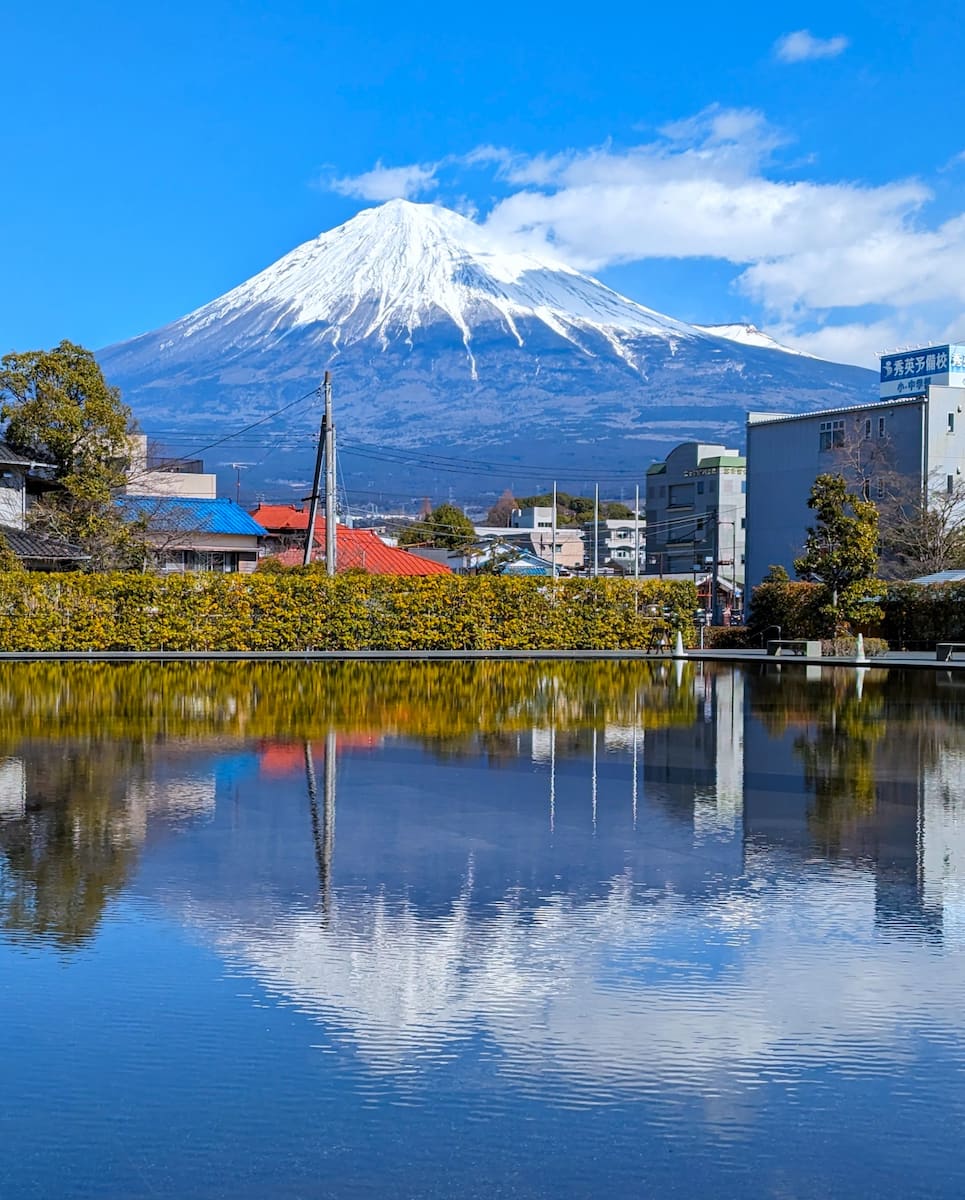
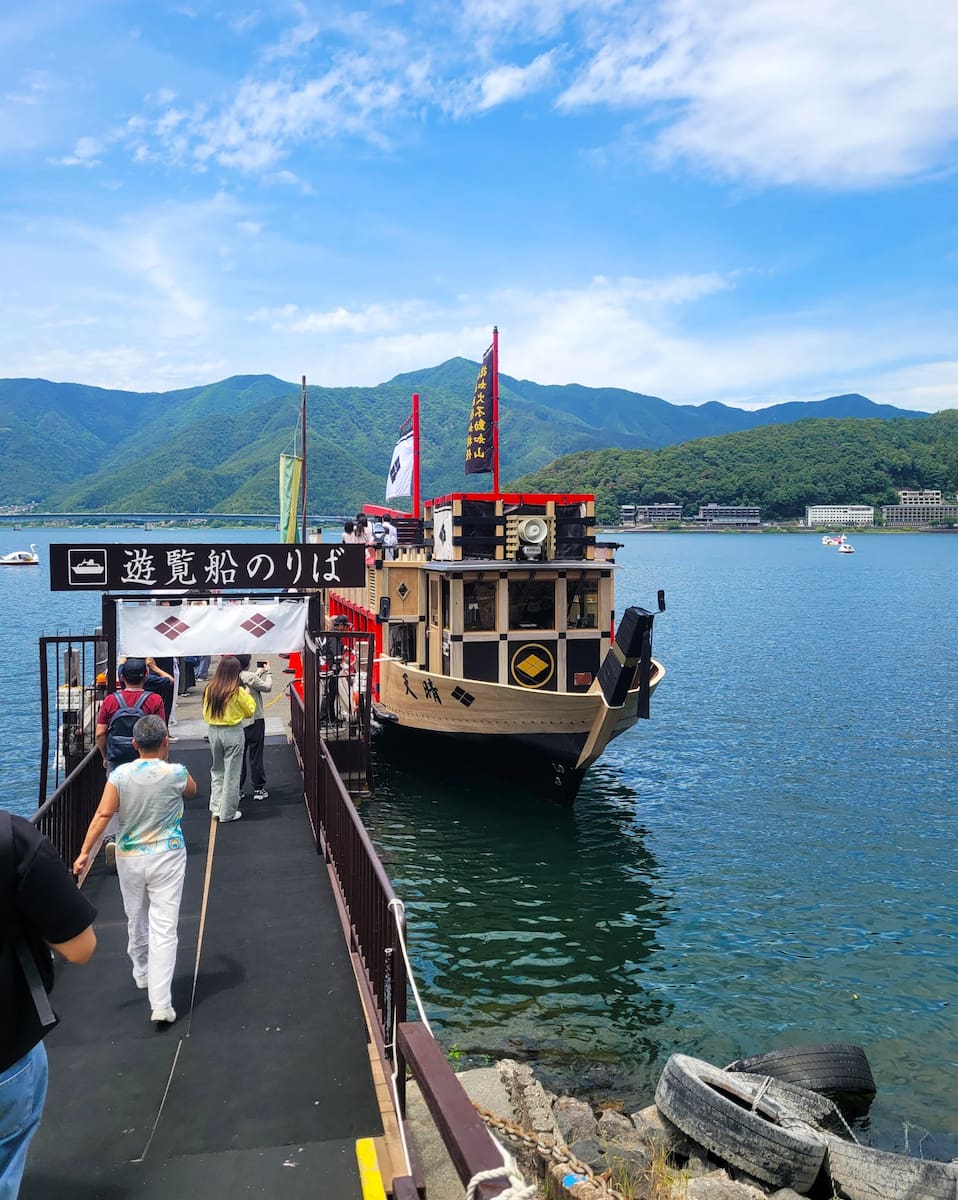
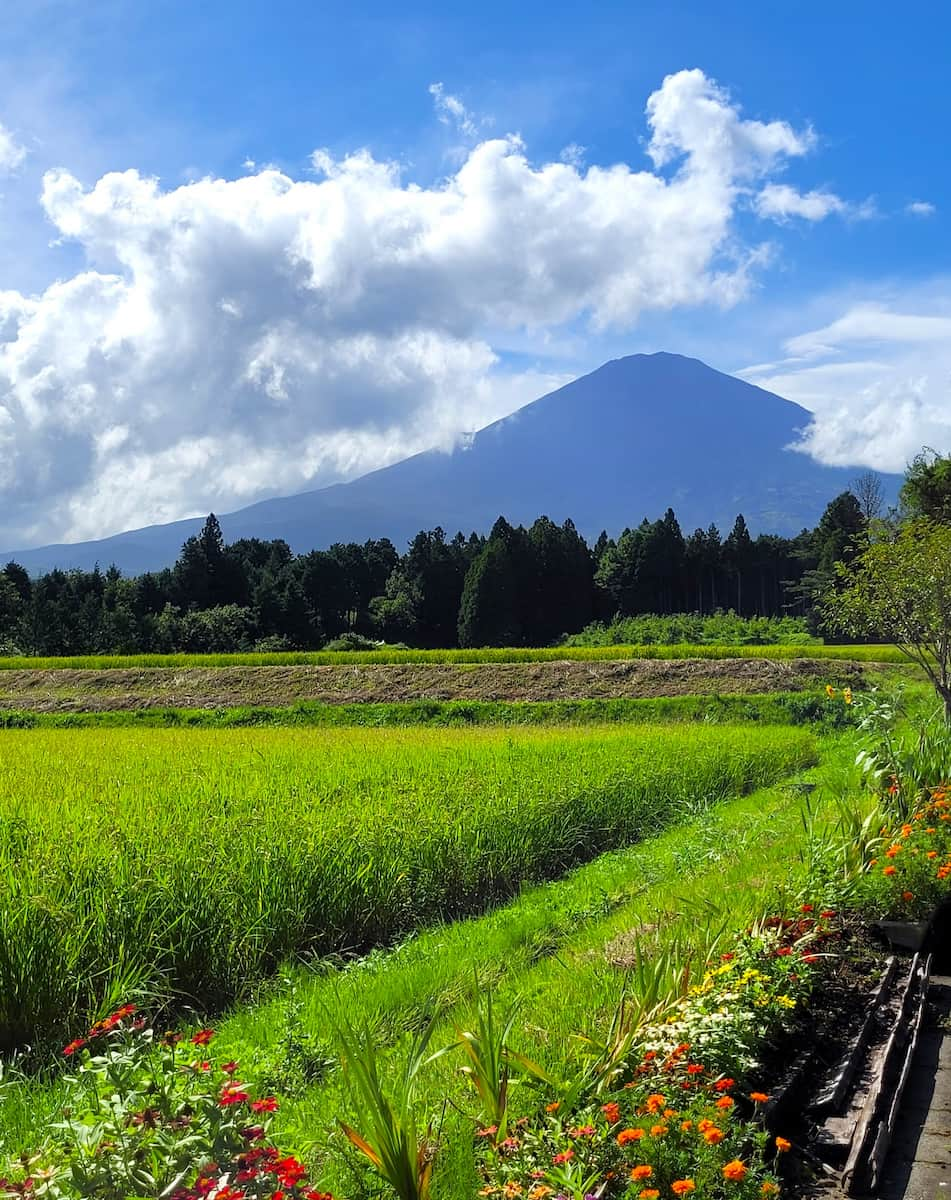
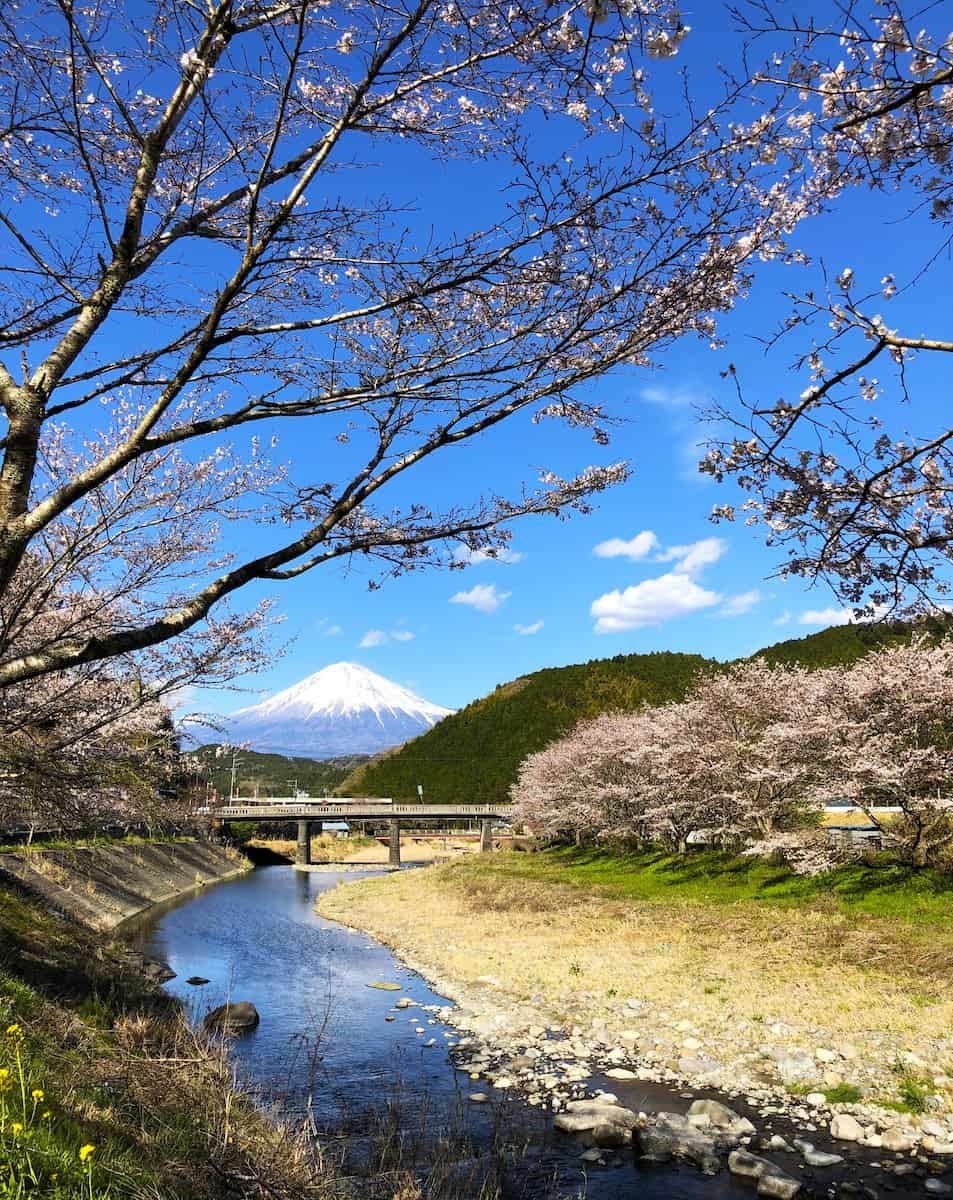
Photography Spots. Lake Kawaguchi offers classic reflection shots and some of the best views of Mount Fuji, while the Chureito Pagoda provides the famous cherry blossom framing during spring season in Japan. Hakone’s various viewpoints showcase different perspectives, from cable car rides to lakeside walks that reveal why this mountain dominates so many travel to Japan bucket lists. Clear weather is essential – clouds often obscure the mountain, making timing crucial for your visit to Japan.
Regional Exploration. The Fuji Five Lakes region provides excellent hiking, hot springs, and traditional ryokan accommodations that showcase the best places to experience Japanese hospitality. I spent three days exploring the area, discovering hidden temples and local craft workshops that represent the soul of Japan’s artisan traditions. The region offers perfect day trips from tokyo while providing deeper cultural immersion.
Climbing Preparation. Proper gear is essential as temperatures drop significantly at higher elevations, something many visitors don’t consider when planning their first trip to Japan. Mountain huts provide basic accommodation and hot meals, although during peak season when this is one of the most popular places, booking in advance is essential. Many climbers underestimate the physical demands and altitude effects of Japan’s highest peak.
| Activity | Price (JPY) | Price (USD) |
|---|---|---|
| Climbing Guide | ¥15,000 | $105 |
| Mountain Hut Stay | ¥5,000-8,000 | $35-56 |
| Kawaguchi Lake Access | ¥400 | $2.80 |
⭐ Best Activities
- Mount Fuji and Hakone 1-Day Bus Tour Return by Bullet Train – Escape from the city of Tokyo and discover Japan’s natural miracle around the Mt. Fuji and Hakone in 1 day!
5. Hiroshima Peace Memorial Park
Powerful Memorial. Hiroshima Peace Memorial Park creates a profound space for reflection and remembrance that represents one of the most important places to visit for understanding modern Japan’s history. The A-Bomb Dome, preserved exactly as it stood after the atomic bombing, serves as a stark reminder of war’s devastation and Japan’s journey toward peace. Walking through the park during your time in Japan, you feel the weight of history and the importance of peace education.
Museum Experience. The Peace Memorial Museum presents the atomic bombing’s human impact through personal stories and artifacts that provide essential context for your visit to Japan. The exhibits are emotionally challenging but crucial for understanding this pivotal moment in Japanese and world history.
Memorial Monuments. The Children’s Peace Monument, inspired by Sadako Sasaki’s story, displays thousands of colorful paper cranes from around the world, making it one of the most moving things to see during any Japan itinerary. The Cenotaph for A-bomb Victims contains the names of all known victims, creating a solemn space for reflection. Each monument tells part of the larger story of resilience that defines modern Japan’s approach to peace and reconciliation.
Local Perspective. Hiroshima residents embrace their role as peace advocates, with many elderly survivors called hibakusha volunteering as museum guides to share their personal experiences with visitors from around Japan and beyond. Their stories provide context that no exhibit can match, offering unique insights into Japanese resilience and the human capacity for forgiveness. This personal connection makes Hiroshima one of the most meaningful places to visit for cultural understanding.
City Resilience. Modern Hiroshima thrives as a vibrant city with excellent food, shopping, and cultural attractions that demonstrate Japan’s remarkable recovery and renewal. The famous Hiroshima-style okonomiyaki provides comfort food after the emotional museum visit, showing how the culture of Japan embraces both remembrance and celebration of life. The city’s transformation represents one of the most inspiring aspects of contemporary Japanese society.
| Attraction | Price (JPY) | Price (USD) |
|---|---|---|
| Peace Memorial Museum | ¥200 | $1.40 |
| Audio Guide | ¥400 | $2.80 |
| Park Access | Free | Free |
⭐ Best Activities
- Peaceful Hiroshima & Miyajima UNESCO 1 Day Bus Tour – The Peace Memorial Park in Hiroshima commemorates the atomic bombing of the city at the end of World War II, in August of 1945. The park sits just below the site of the bomb’s mid-air explosion and includes the UNESCO-listed Atomic Bomb Dome, the Peace Memorial Museum, and many smaller memorials dedicated to affected groups of people.
6. Nara Park
Sacred Messengers. Nara’s 1,200 free-roaming deer create magical encounters in Japan’s ancient capital, representing one of the most unique things to experience during your travel to Japan. According to Shinto beliefs, these deer are sacred messengers of the gods, making this one of the most special places to visit for understanding Japanese spiritual traditions. I watched children giggle with delight as gentle deer bowed politely before accepting crackers, creating perfect family memories.
Deer Behavior. The deer have learned to bow for food, creating adorable photo opportunities that make this one of the fun things to do with children during your time. However, they can become aggressive when they smell deer crackers (shika senbei), something I learned during my first visit to this historic place. Some deer have mastered pickpocketing techniques, grabbing maps and bags from unsuspecting visitors exploring around Japan’s ancient sites.
Temple Complex. Todai-ji Temple houses the massive bronze Buddha statue, one of Japan’s most impressive religious artifacts and essential things to see during any comprehensive Japan itinerary. The Great Buddha Hall, rebuilt multiple times, remains the world’s largest wooden building and represents the pinnacle of traditional Japanese architecture. Walking inside feels like entering a giant’s cathedral, providing perspective on the scale of ancient Japanese craftsmanship.
Park Exploration. Beyond the main temple, Nara Park contains numerous smaller shrines and peaceful walking paths that showcase the diversity of temples and shrines throughout Japanese culture. Kasuga Taisha Shrine features thousands of stone lanterns creating mystical pathways perfect for contemplative walks. I discovered quiet corners where deer graze peacefully away from tourist crowds, offering more intimate experiences with these sacred animals.
Seasonal Changes. Spring brings cherry blossoms and newborn fawns, while autumn creates stunning maple leaf displays throughout the mountain forests surrounding this historic area. Winter offers the most peaceful experience with fewer tourists and snow-dusted deer creating magical scenes.
| Item | Price (JPY) | Price (USD) |
|---|---|---|
| Deer Crackers | ¥200 | $1.40 |
| Todai-ji Entry | ¥600 | $4.20 |
| Kasuga Taisha | ¥500 | $3.50 |
⭐ Best Activities
- Nara Early Bird Tour – Located in the heart of Nara City, Nara Park (Nara Koen) is famous for the more than 1,000 semi-wild sika deer that roam its grounds. Spanning 1,631 acres (660 hectares), the scenic public park is also home to several popular attractions, including the Todai-ji Temple, the Isuien Garden, and the Nara National Museum.
7. Sumo Wrestling in Tokyo
Ancient Sport. Sumo wrestling represents Japan’s oldest professional sport, combining athletic competition with Shinto rituals that provide deep insights into the culture. Watching these massive athletes perform purification ceremonies before matches offers understanding of Japanese spiritual traditions that few other activities in Japan can match. The sport’s pageantry rivals any theatrical performance, making it one of the most unique things to experience during your visit to Japan.
Tournament Atmosphere. Tokyo’s Ryogoku Kokugikan hosts three annual tournaments where the atmosphere builds throughout the day, creating one of the most exciting attractions in the capital of Japan. I arrived early to watch lower-ranked wrestlers compete, learning the rules and traditions before the main events that attract fans from around Japan. The crowd’s respectful silence during matches contrasts sharply with Western sports, demonstrating Japanese cultural values in action.
Sumo Stable Visits. Morning practice sessions at sumo stables offer intimate glimpses into wrestlers’ daily lives, providing one of the most authentic experiences of Japan available to visitors. These training sessions, called keiko, begin at dawn with intense physical preparation that reveals the dedication required for this ancient sport. I watched young wrestlers practice basic movements under senior guidance, understanding the sport’s hierarchical structure that reflects broader Japanese social organization.
Cultural Significance. Sumo ceremonies honor Shinto traditions with salt purification, ritual clapping, and elaborate costumes that connect Japan to its ancient roots. The referee’s fan movements and chanted announcements follow centuries-old protocols that preserve linguistic traditions, including elements of the Kyoto dialect in formal announcements. Each match begins with psychological warfare as wrestlers stare down opponents, creating dramatic tension.
Dining Tradition. Chanko nabe, the protein-rich stew that fuels sumo wrestlers, is available at restaurants throughout Ryogoku district, offering one of the most authentic food experiences during your time. These hearty meals provide insight into how wrestlers maintain their massive size while showcasing Japanese communal dining traditions.
| Ticket Type | Price (JPY) | Price (USD) |
|---|---|---|
| General Admission | ¥2,100 | $14.70 |
| Box Seats (4 people) | ¥38,000 | $266 |
| Stable Visit Tour | ¥8,000 | $56 |
⭐ Best Activities
- Tokyo Sumo Entertainment Show with Chicken Hot Pot and Photo – Gain an understanding of the mysterious rituals and strict rules of sumo wrestling at this sumo experience in Asakusa, Taito City, Tokyo. Have a chance to experience sumo wrestling Show for yourself and savor chicken hot pot and other Japanese dishes prepared by former sumo wrestlers.
8. Shinkansen (Bullet Train)
Engineering Marvel. The Shinkansen bullet train represents Japanese precision and innovation at its finest, making the journey between cities in Japan as memorable as the destinations themselves. Traveling at speeds up to 320 km/h, these trains connect major destinations with remarkable punctuality that exemplifies the efficiency of modern Japan. I timed my tokyo to Kyoto journey: exactly 2 hours and 15 minutes, arriving within 30 seconds of the scheduled time.
Onboard Experience. The train’s smooth ride allows you to balance a coin on the window sill without it falling, demonstrating the engineering excellence that makes this one of the top things to experience during travel to Japan. Spacious seats, clean restrooms, and quiet carriages create a civilized travel environment perfect for planning your Japan route. I watched Mount Fuji appear through the window while enjoying an ekiben (station bento) lunch, combining sightseeing with culinary exploration.
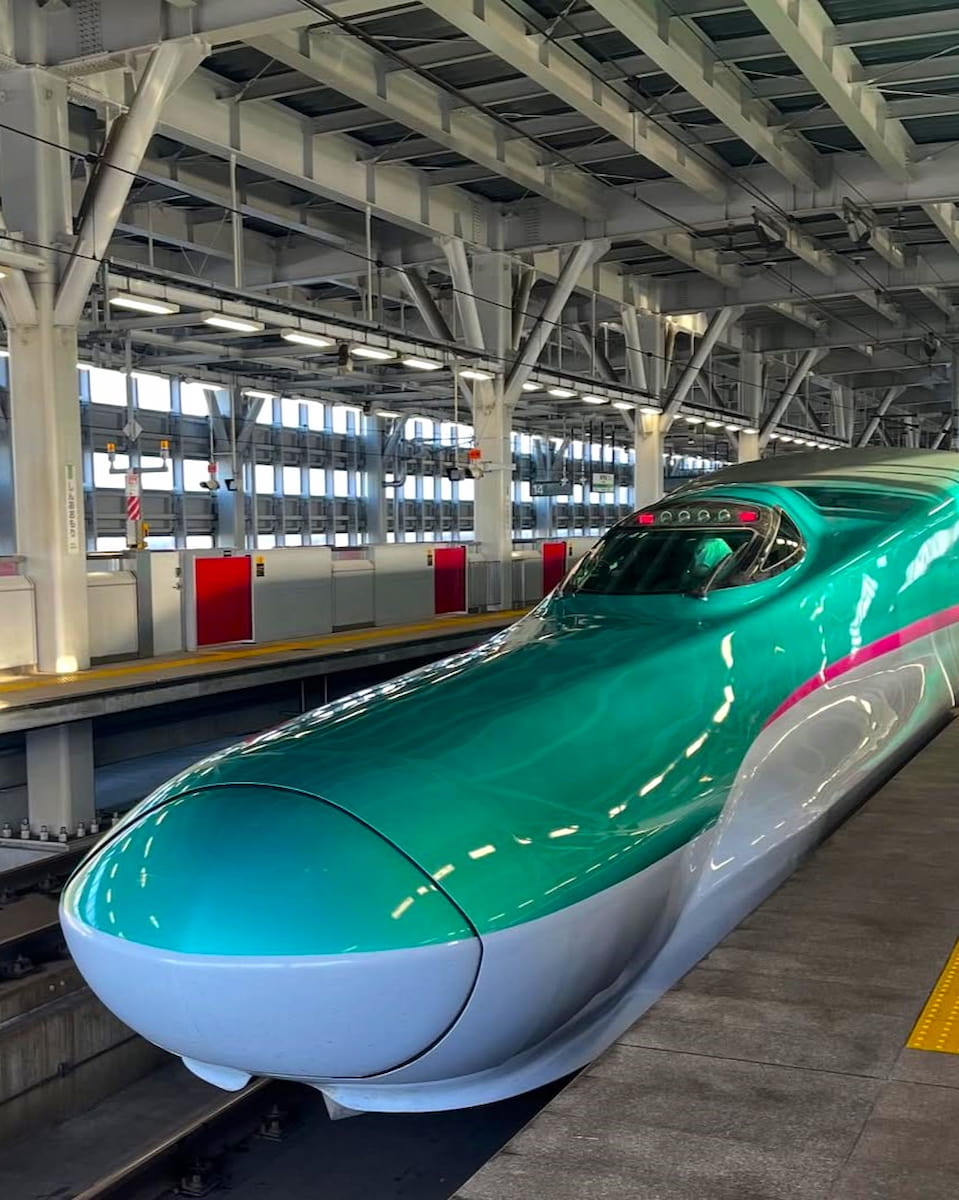
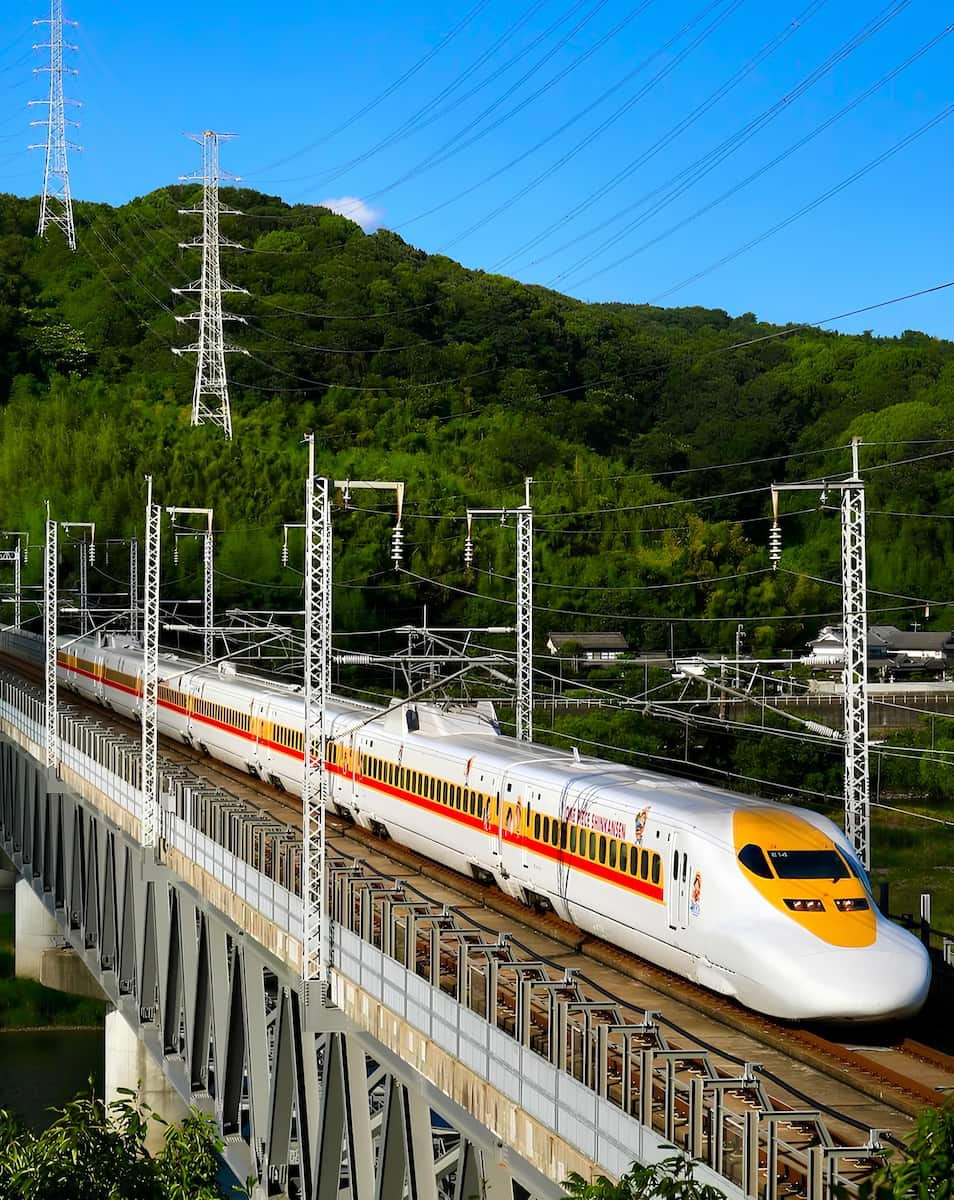
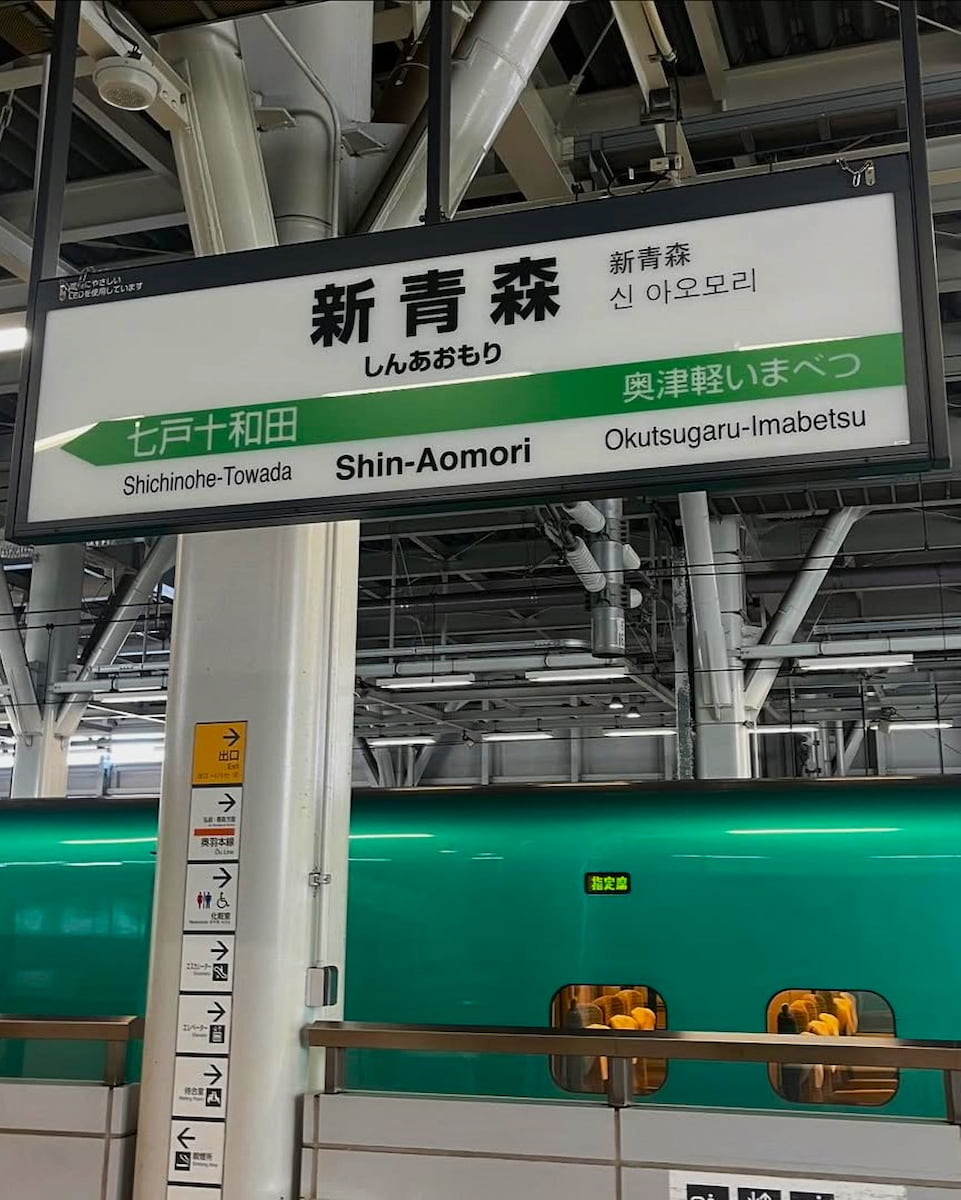
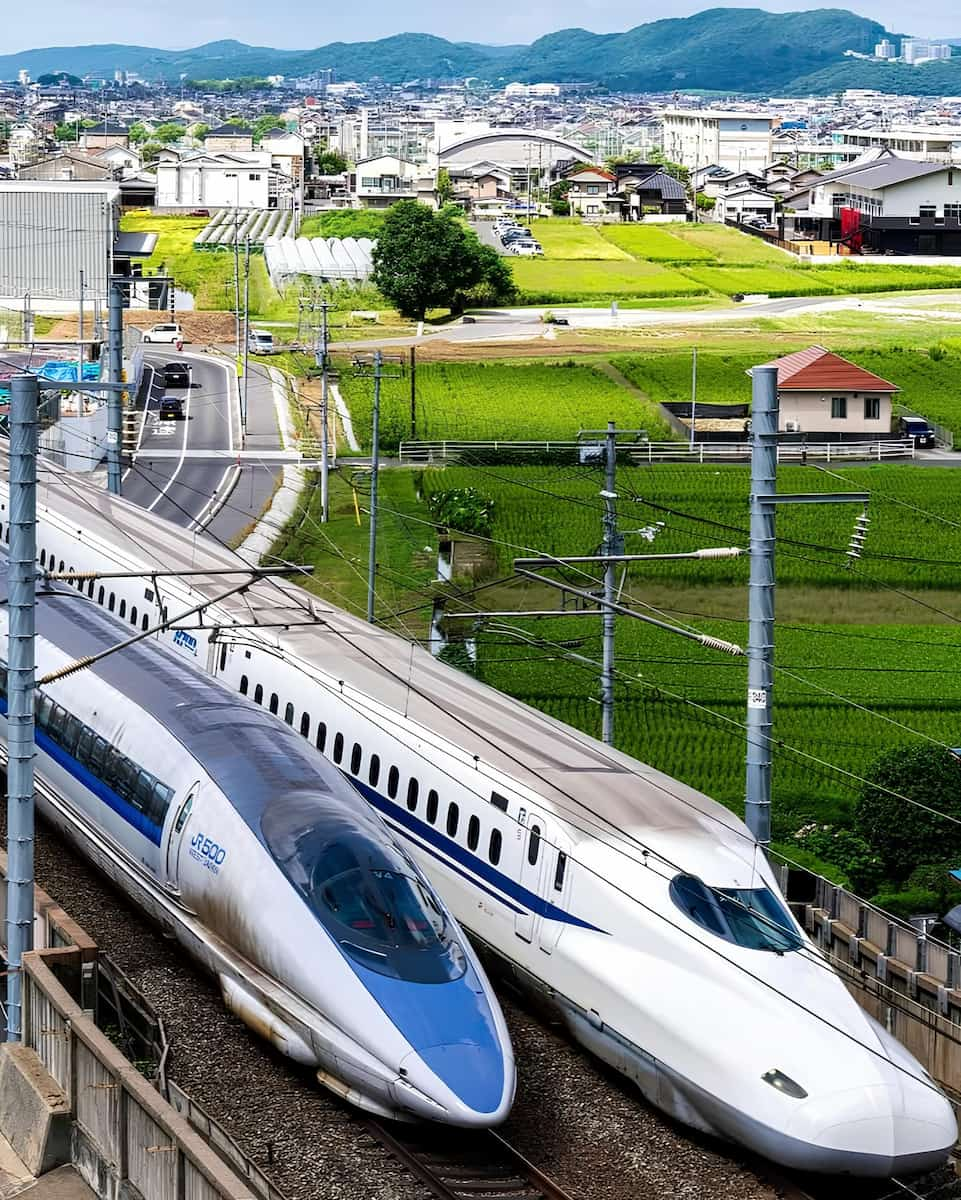
Station Efficiency. Shinkansen stations operate with military precision that reflects the organizational culture of Japan at its best. Platform markings show exactly where train doors will open, and passengers queue orderly in a display of Japanese social harmony. The cleaning crews have just seven minutes between arrivals to clean the entire train – watching them work provides entertainment and insight into Japanese work ethic.
Route Variations. The Tokaido line connects tokyo and Kyoto and continues to Osaka, while the Tohoku line reaches northern destinations like Sendai and Aomori, opening up diverse regions for exploration. Each route offers different scenery and cultural experiences, from views of Mount Fuji to coastal landscapes. I recommend the Hokuriku line for spectacular mountain views and access to traditional hot spring towns that showcase the soul of Japan.
Booking Strategy. Reserved seats guarantee comfort but cost extra, while non-reserved cars offer flexibility but risk standing during busy periods when many people travel around Japan. The Japan Rail Pass provides value for multiple journeys, though individual tickets work better for single trips given recent price increases. Planning your route becomes part of the adventure when exploring the extensive network connecting cities in Japan.
| Route | Price (JPY) | Price (USD) |
|---|---|---|
| Tokyo-Kyoto | ¥13,080 | $91.60 |
| Tokyo-Osaka | ¥13,620 | $95.40 |
| 7-Day JR Pass | ¥29,650 | $207.55 |
⭐ Best Activities
- Tokyo Sumo Entertainment Show with Chicken Hot Pot and Photo – Gain an understanding of the mysterious rituals and strict rules of sumo wrestling at this sumo experience in Asakusa, Taito City, Tokyo. Have a chance to experience sumo wrestling Show for yourself and savor chicken hot pot and other Japanese dishes prepared by former sumo wrestlers.
9. Sushi-Making Class at Tsukiji Market
Market Heritage. Although the wholesale fish market has moved to Toyosu, Tsukiji Outer Market remains a culinary paradise and one of the best places to experience Japan’s culinary culture. The narrow alleys buzz with vendors selling the freshest seafood, traditional knives, and kitchen equipment that professional chefs use throughout Japan. I joined a cooking class that began with a market tour, learning to select the best fish while understanding the traditions that make this a special place.
Hands-On Learning. Professional sushi chefs teach proper rice preparation, fish cutting techniques, and presentation skills that represent centuries of Japanese culinary tradition. I struggled with the rice consistency initially – it must be body temperature and properly seasoned, something that takes practice to master. The knife work requires patience and precision, but instructors provide gentle guidance that makes this one of the most rewarding activities for food lovers.
Ingredient Quality. Using Tsukiji’s premium ingredients elevates the entire experience and demonstrates why Japan is the birthplace of the world’s finest sushi culture. The tuna’s rich flavor and salmon’s buttery texture create restaurant-quality results when combined with properly prepared rice. I learned that sushi rice is equally important as the fish – many home cooks focus only on the toppings, missing the foundation of authentic Japanese cuisine.
Cultural Education. Teachers explain the history of sushi, eating etiquette, and regional characteristics, allowing for a deeper understanding of Japanese culture beyond just food preparation. I discovered that authentic sushi uses minimal ingredients, letting the fish’s natural flavors shine without overwhelming seasonings. The shared meal at the end creates lasting memories and cultural connections that enhance your overall time in Japan.
Class Atmosphere. Small group sizes ensure personal attention and cultural exchange with fellow participants from around the world who share your interest in Japanese cuisine. I met travelers from six countries, all united by our appreciation for this aspect of traditional Japan. The experience provides practical skills you can use back home while creating deeper appreciation for Japanese culinary artistry.
| Class Type | Price (JPY) | Price (USD) |
|---|---|---|
| Basic Sushi Class | ¥8,000 | $56 |
| Premium Class | ¥13,250 | $92.75 |
| Market Tour + Class | ¥15,000 | $105 |
⭐ Best Activities
- Tokyo Tsukiji Fish Market Food and Culture Walking Tour – Take a deep dive into the world of Japanese seafood during this tour of the outer Tsukiji Fish Market. See where Michelin-starred chefs shop for ingredients at this iconic market for all things aquatic. Investigate stalls selling fish, shellfish, and everything in between, and feast on top-quality food including high-grade Wagyu beef skewers, fish cakes, sushi or seafood bowl, and seasonal fruit. Plus, enjoy other samples along the way.
10. Nighttime Go-Kart Ride in Tokyo or Osaka
Urban Adventure. Driving go-karts through Tokyo’s neon-lit streets while dressed as Mario or other characters creates an unforgettable experience that combines fun things to do with unique sightseeing opportunities. The contrast between the slow-moving karts and the bustling city traffic adds excitement and humor to your exploration of modern Japan. I felt like I was living inside a video game while navigating through some of the most famous areas in the capital of Japan.
Safety Considerations. Despite the fun atmosphere, this involves real street driving requiring valid international driving permits, making it one of the more adventurous activities for qualified participants. The karts reach 60 km/h on public roads alongside cars and trucks, requiring attention and responsibility. Professional guides lead convoys and provide safety briefings, but participants must follow traffic laws and demonstrate the respect for rules that characterizes Japanese society.
Route Highlights. Tokyo tours pass iconic landmarks like Tokyo Tower, Shibuya Crossing, and Rainbow Bridge, providing unique perspectives on the city’s most famous sights during your time in Japan. The Osaka route includes Dotonbori’s famous neon signs and Osaka Castle, showcasing different aspects of Japanese urban culture. Night tours offer the most spectacular views with illuminated buildings and colorful advertisements creating a cyberpunk atmosphere.
Costume Fun. The rental shop provides character costumes from Mario, Pikachu, and anime characters that reflect Japan’s pop culture influence worldwide. I chose a classic Mario outfit, complete with hat and overalls, joining the celebration of characters that originated in this creative nation. Other participants dressed as princesses, superheroes, and anime characters, creating a mobile costume party that attracts attention and smiles from pedestrians.
Group Experience. Tours accommodate 2-10 participants, making this perfect for couples or friend groups seeking unique things to do together during their visit to Japan. The shared experience creates instant bonding as everyone navigates traffic together while exploring the urban landscape. I met solo travelers who joined group tours and made new friends, demonstrating how this activity brings people together through shared adventure.
| Tour Duration | Price (JPY) | Price (USD) |
|---|---|---|
| 1 Hour | ¥8,000 | $56 |
| 2 Hours | ¥12,000 | $84 |
| 3 Hours | ¥15,000 | $105 |
⭐ Best Activities
- Flagship 2-Hours Official Street Go-Kart Tour - Tokyo Bay Shop – Tour Tokyo’s highlights in an unforgettable way—dressed up in costume, traveling by go-kart. Your tour is both fun and safe, with a safety briefing, and a guide to lead the way so you don’t get lost. During the tour, drive past many Tokyo landmarks including the Rainbow Bridge and Tokyo Tower, and access views of Tokyo Bay.
11. Fushimi Inari Taisha
Sacred Tunnels. Fushimi Inari Taisha represents one of Japan’s most mystical experiences, featuring over 10,000 vermillion torii gates creating tunnels up Mount Inari. This head shrine of Inari, the rice and prosperity deity, offers a spiritual journey through forest paths that span 4 kilometers and take approximately 2 hours to complete. Walking through the famous Senbon Torii tunnel feels like entering another dimension where the outside world disappears.
Business Devotion. Each torii gate was donated by Japanese businesses seeking prosperity and success, making this one of the most unique things to see in traditional Japan. The shrine attracts merchants and entrepreneurs who pray for business success while tourists marvel at the endless orange corridors. I discovered that approximately 800 gates form the main tunnel sequence, creating the iconic scenes featured in movies like “Memoirs of a Geisha.”
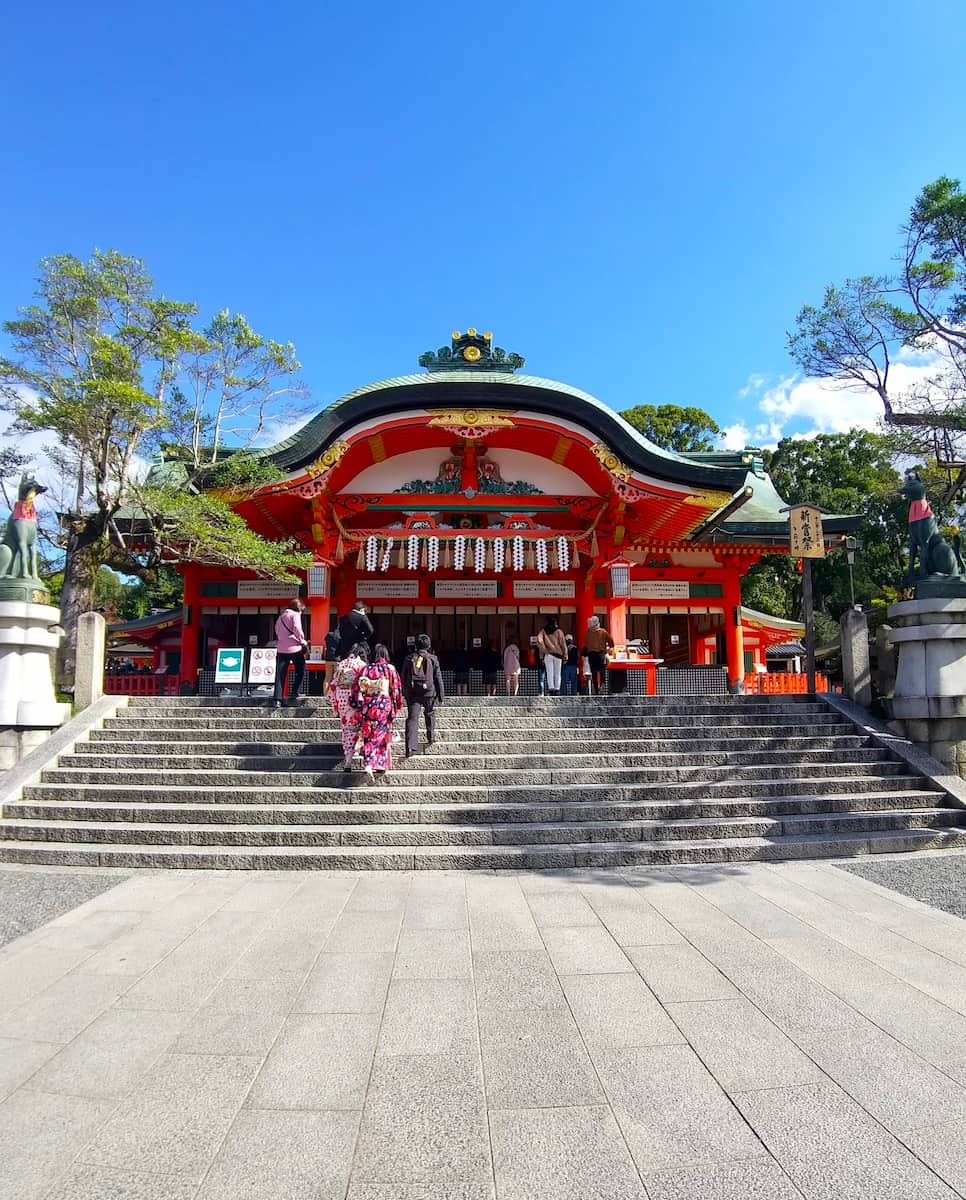
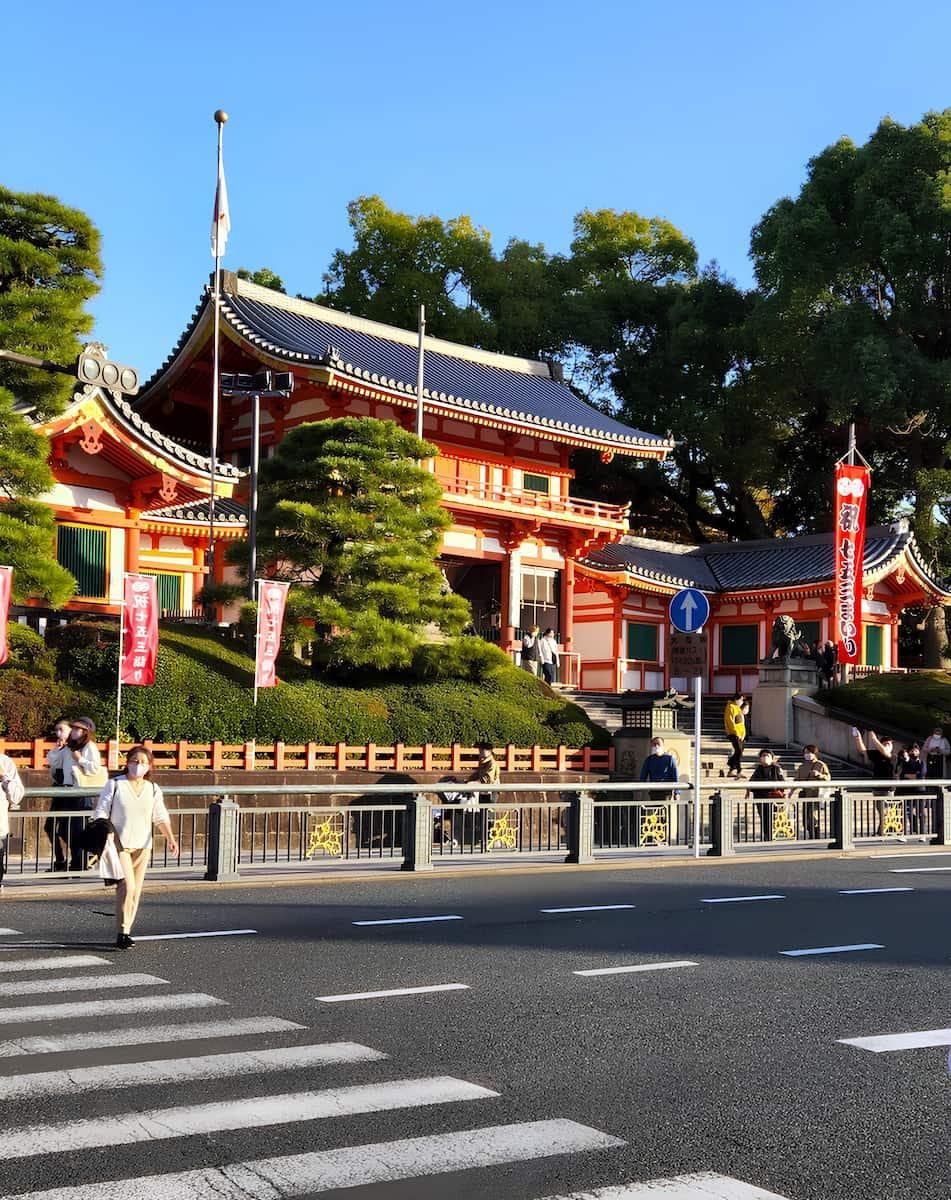
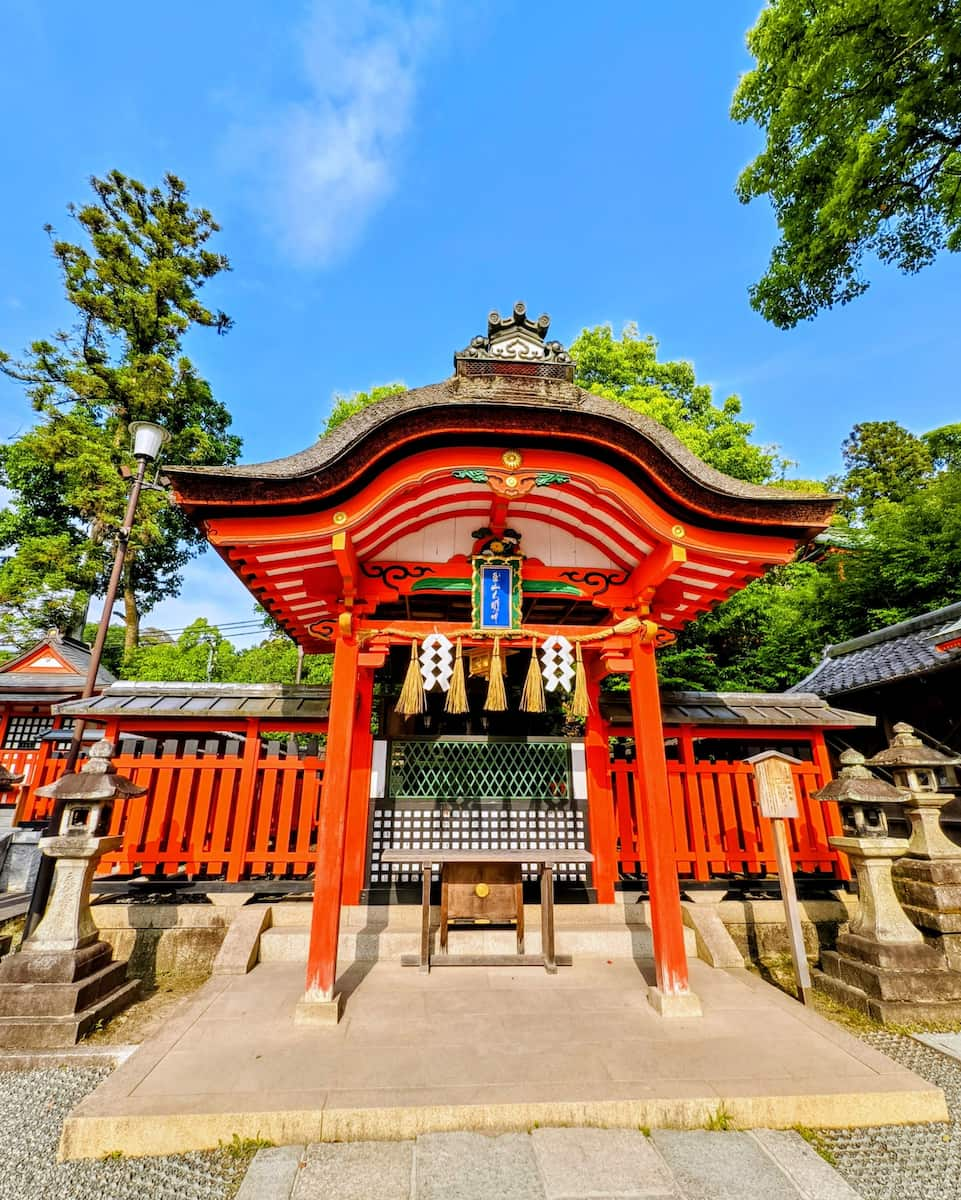
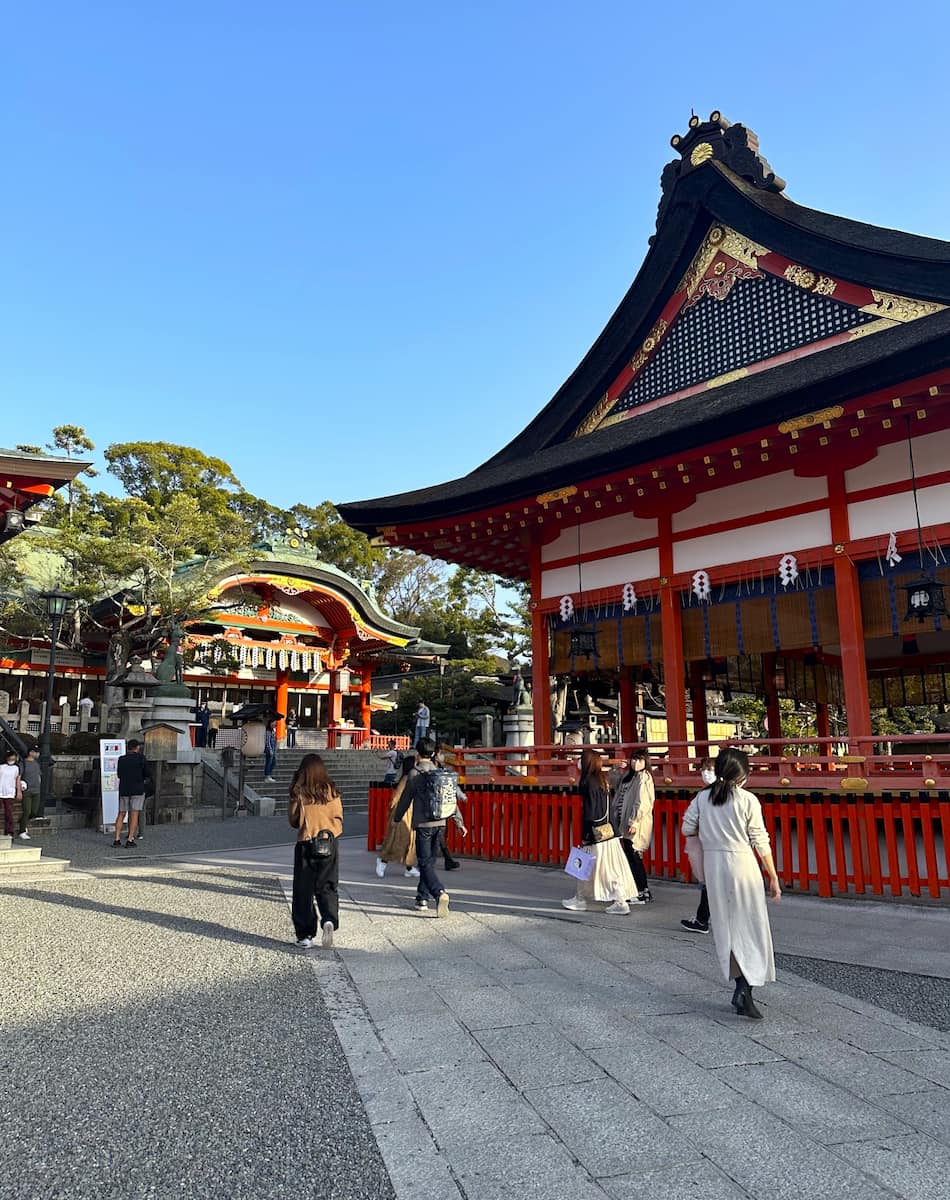
Mountain Pilgrimage. The hiking trail leads to numerous sub-shrines scattered across the mountainside, each offering different perspectives on Kyoto’s landscape below. The shrine operates 24 hours daily, making it perfect for sunrise or sunset visits when the torii gates glow dramatically in natural light. Early morning climbs provide peaceful experiences before crowds arrive for this essential stop on any Japan route.
Cultural Significance. Inari worship connects deeply to Japan’s agricultural heritage, though modern visitors pray for various forms of success and prosperity. The shrine’s 32,000 sub-shrines throughout Japan demonstrate Inari’s importance in Japanese spiritual life. This represents one of the best places to understand how business and spirituality intersect in the culture.
| Service | Price (JPY) | Price (USD) |
|---|---|---|
| Shrine Entry | Free | Free |
| Ema Plaques | ¥500 | $3.50 |
| Omamori Charms | ¥800-1,000 | $5.60-7.00 |
⭐️ Best Activities
- Sagano Romantic Train & Arashiyama, Kiyomizudera, Fushimi Inari Taisha Day Tour – Experience the best of Kyoto on this 9-hour tour featuring the romantic Sagano train ride through bamboo forests, UNESCO sites, and the famous thousand torii gates at Fushimi Inari Shrine.
12. Kiyomizu-dera
Architectural Wonder. Kiyomizu-dera’s famous wooden stage juts out 13 meters above the hillside, offering panoramic views of Kyoto without using a single nail in its construction. This UNESCO temple, founded in 778 AD, showcases traditional Japanese carpentry techniques that have survived over 1,200 years. The main hall, designated as a National Treasure, represents the pinnacle of Japanese temple architecture.
Seasonal Spectacle. The temple transforms dramatically with each season, from cherry blossoms in spring to maple leaves in autumn, making it one of the top experiences when visiting Kyoto. The wooden stage provides the perfect vantage point for photographing Kyoto’s cityscape framed by seasonal foliage. I spent hours here during autumn, watching the maple sea change colors as sunlight shifted throughout the day.
Sacred Waters. The Otowa Waterfall below the main hall offers three streams of “sacred water” believed to grant wishes for longevity, success in studies, and luck in love. Visitors use long-handled ladles to drink from their chosen stream, though local tradition warns against being greedy and drinking from all three. The ritual creates meaningful moments of reflection and hope.
| Ticket Type | Price (JPY) | Price (USD) |
|---|---|---|
| Adult Entry | ¥400 | $2.80 |
| Child Entry | ¥200 | $1.40 |
| Night Illumination | ¥400 | $2.80 |
⭐️ Best Activities
- Kyoto’s Deepest and Richest Historical Walk – Discover Kyoto’s hidden historical gems on this immersive walking tour that takes you beyond the typical tourist sites to explore the city’s deepest cultural treasures and rich heritage.
13. Osaka Castle
Symbol of Power. Osaka Castle stands as one of Japan’s three great castles, originally built by Toyotomi Hideyoshi in 1583 to demonstrate his power during Japan’s unification. The current structure, completed in 1931 using steel-reinforced concrete, represents modern reconstruction techniques while maintaining traditional architectural aesthetics. This castle symbolizes both historical ambition and modern preservation efforts.
Historical Layers. The castle’s complex history includes destruction and rebuilding multiple times, from the original Toyotomi structure to Tokugawa reconstruction, lightning damage, and wartime destruction. Each reconstruction reflects the technology and priorities of its era, making this one of the best places to understand Japan’s architectural evolution. The current museum inside showcases artifacts from all historical periods.
Park Setting. Osaka Castle Park surrounding the main structure provides excellent cherry blossom viewing during spring in Japan, with over 4,000 trees creating spectacular displays. The park’s walking paths, moats, and preserved gates like Otemon offer glimpses into the castle’s defensive systems. I discovered that the park provides perfect picnic spots with castle views during hanami season.
Cultural Preservation. Multiple structures within the castle grounds hold Important Cultural Property designations, including turrets, gates, and wells that survived various destructions. These authentic elements provide contrast to the reconstructed main tower, offering visitors both historical authenticity and modern museum experiences. The combination creates comprehensive understanding of Japanese castle architecture and history.
| Entry Type | Price (JPY) | Price (USD) |
|---|---|---|
| Castle Tower | ¥600 | $4.20 |
| Park Grounds | Free | Free |
| Audio Guide | ¥500 | $3.50 |
⭐️ Best Activities
- Tour: Osaka Castle and Japan’s Longest Local Shopping Street Tour – Explore Osaka’s iconic castle and experience authentic local culture along Japan’s longest shopping street on this comprehensive city tour.
- Ticket online: Osaka Castle Tickets – Skip the lines and explore one of Japan’s most famous castles with fast-track entry to this historic landmark and symbol of Osaka.
14. Shinjuku Gyoen
Garden Fusion. Shinjuku Gyoen National Garden combines French formal, English landscape, and traditional Japanese garden styles within 58.3 hectares in central Tokyo. This unique blend demonstrates Japan’s ability to adapt and integrate foreign influences while maintaining cultural identity. Walking through the different sections feels like traveling between countries without leaving the city.
Cherry Blossom Paradise. The garden houses approximately 1,500 cherry trees representing different varieties that bloom from late March through late April, creating extended hanami opportunities. The diverse species include weeping cherry, Tokyo cherry, and Kanzan cherry, each offering unique colors and blooming periods.
Historical Evolution. Originally a feudal lord’s residence from 1590, the garden transformed through agricultural experimentation, imperial botanical garden, and finally public space after World War II. This evolution reflects Japan’s modernization journey from feudal society to modern nation. The Taiwan Pavilion, one of the few structures surviving wartime bombing, provides historical continuity.
Urban Oasis. The garden’s 20,000 trees, including majestic Himalayan cedars and rare species first planted in Japan, create a peaceful retreat from Tokyo’s intensity. The greenhouse displays over 1,700 tropical and subtropical species, offering year-round botanical interest regardless of season. Multiple entrance gates provide easy access from different train stations, making this convenient for any Tokyo itinerary.
| Entry Type | Price (JPY) | Price (USD) |
|---|---|---|
| Adult Entry | ¥500 | $3.50 |
| Student Entry | ¥250 | $1.75 |
| Child (Under 15) | Free | Free |
⭐️ Best Activities
- Shinjuku Gyoen National Garden Private Historical Walking Tour – Discover Tokyo’s green oasis on this private walking tour through Shinjuku Gyoen’s three distinct garden styles while learning about Japanese landscape design and history.
15. Meiji Jingu
Imperial Dedication. Meiji Jingu honors Emperor Meiji and Empress Shoken, who led Japan’s transformation from feudal society to modern nation during the Meiji Restoration. The shrine, completed in 1920, represents Japan’s gratitude to the imperial couple who guided the country through its most significant historical transition. This makes it essential for understanding modern Japan’s foundations.
Urban Forest. The shrine’s 100,000 trees were donated from regions across Japan and planted during construction, creating an authentic forest ecosystem within Tokyo. Walking the forest paths provides immediate escape from urban noise and concrete, demonstrating traditional Japanese harmony between human spaces and nature. The forest represents one of Tokyo’s most successful urban planning achievements.
Spiritual Practices. Traditional Shinto ceremonies occur regularly, offering visitors authentic glimpses into Japanese spiritual traditions without tourist performance aspects. The massive torii gate marking the entrance creates a clear transition from secular to sacred space. I witnessed wedding processions where couples wore traditional dress while shrine maidens performed purification rituals.
| Activity | Price (JPY) | Price (USD) |
|---|---|---|
| Shrine Entry | Free | Free |
| Ema Plaques | ¥500 | $3.50 |
| Omamori Charms | ¥800-1,200 | $5.60-8.40 |
⭐️ Best Activities
- Small Group Tokyo Local Biking Tour – Explore Tokyo like a local on this small-group cycling adventure through neighborhoods, parks, and hidden spots that most tourists never discover.
16. Himeji Castle
Architectural Masterpiece. Himeji Castle represents Japan’s finest original castle architecture, earning UNESCO status as one of the country’s first designated sites. Known as the “White Heron Castle” for its brilliant white appearance, this structure has survived 700 years of wars, natural disasters, and bombing during World War II. The recent restoration completed in 2015 returned the castle to its original gleaming white condition.
Defensive Genius. The castle’s complex design includes multiple baileys, gates, and defensive features that demonstrate medieval Japanese military architecture at its peak. The winding approach paths, hidden passages, and strategic viewpoints showcase samurai defensive thinking and engineering skills. Walking through the castle reveals how defenders could control attacking forces through architectural manipulation.
Historical Continuity. Dating to 1333 with major expansions in the early 1600s, Himeji Castle provides authentic connection to Japan’s feudal period. Unlike many reconstructed castles, Himeji’s original wooden structures and traditional construction techniques remain intact. Five buildings hold National Treasure designations, making this one of the most historically significant places to visit in Japan.
Cultural Symbol. As one of Japan’s three premier castles alongside Matsumoto and Kumamoto, Himeji represents the pinnacle of Japanese castle design and preservation. The castle appears in numerous films and cultural works, cementing its place in Japanese cultural consciousness. International recognition through UNESCO designation confirms its global significance as architectural heritage.
| Entry Type | Price (JPY) | Price (USD) |
|---|---|---|
| Castle Entry | ¥1,000 | $7.00 |
| Castle + Garden | ¥1,040 | $7.30 |
| Audio Guide | ¥500 | $3.50 |
⭐️ Best Activities
- Best of Himeji Castle 3-Hour Tour with Licensed Guide – Explore Japan’s most beautiful original castle with a government-licensed guide who brings 700 years of samurai history to life at this UNESCO site.
Entertainment for Families and Children
1. Universal Studios Japan (Osaka)
Theme Park Magic. Universal Studios Japan transforms into a wonderland where kids meet their favorite characters from movies and Nintendo games. The Super Nintendo World area blew my mind with its interactive Mario Kart ride and real-life power-up bands. I watched children’s faces light up as they collected coins and defeated Bowser alongside Mario.
Thrilling Attractions. The park offers rides suitable for all ages, from gentle family coasters to heart-pounding adventures. The Wizarding World of Harry Potter creates authentic Hogwarts magic, while the Minion Park delights younger visitors with colorful chaos. I spent an entire day here and barely scratched the surface of available attractions.
Crowd Management. The Express Pass system saves hours of waiting, especially during peak seasons and weekends. I learned this lesson the hard way during my first visit when we waited 90 minutes for popular rides. The park gets incredibly busy during Japanese school holidays and summer festivals.
Food Adventures. Themed restaurants serve character-shaped meals that kids absolutely love. The butterbeer in Harry Potter land tastes surprisingly good, while Nintendo-themed snacks come in collectible packaging. I recommend trying the famous turkey legs and themed popcorn flavors found throughout the park.
Practical Planning. Arrive early for rope drop to maximize ride time before crowds arrive. The park operates different seasonal events throughout the year, from Halloween horror nights to Christmas celebrations. Download the official app for real-time wait times and mobile food ordering.
| Ticket Type | Price (JPY) | Price (USD) |
|---|---|---|
| 1-Day Adult Pass | ¥8,900-9,800 | $62-69 |
| 1-Day Child Pass | ¥5,400-6,300 | $38-44 |
| Express Pass 7 | ¥10,800-14,800 | $76-104 |
⭐ Best Activities
- Osaka Private Customizable Half Day Tour – Universal Studios Japan—Asia’s first Universal Studios theme park—is second only to the Tokyo Disney Resort as Japan’s most visited amusement park. Beloved characters like Shrek, Hello Kitty, and Spiderman are in attendance, and a spectacular variety of rides, movie simulators, and parades keep all ages entertained.
2. Tokyo Disneyland
Disney Excellence. Tokyo Disneyland maintains the highest standards of any Disney park worldwide. The attention to detail amazes even adults – from perfectly manicured gardens to spotless walkways. I noticed cast members constantly cleaning and maintaining the magic that makes this place special.
Unique Attractions. Several rides exist only at Tokyo Disneyland, including Pooh’s Hunny Hunt and Monsters Inc. Ride & Go Seek. The Haunted Mansion receives seasonal overlays with Nightmare Before Christmas themes that create entirely new experiences. Cinderella Castle serves as the park’s stunning centerpiece.
Character Interactions. Disney characters roam the park for photos and autographs, creating magical moments for children. The parades and shows feature elaborate costumes and choreography that surpass other Disney parks. I watched kids dance along to familiar Disney songs during the afternoon parade.
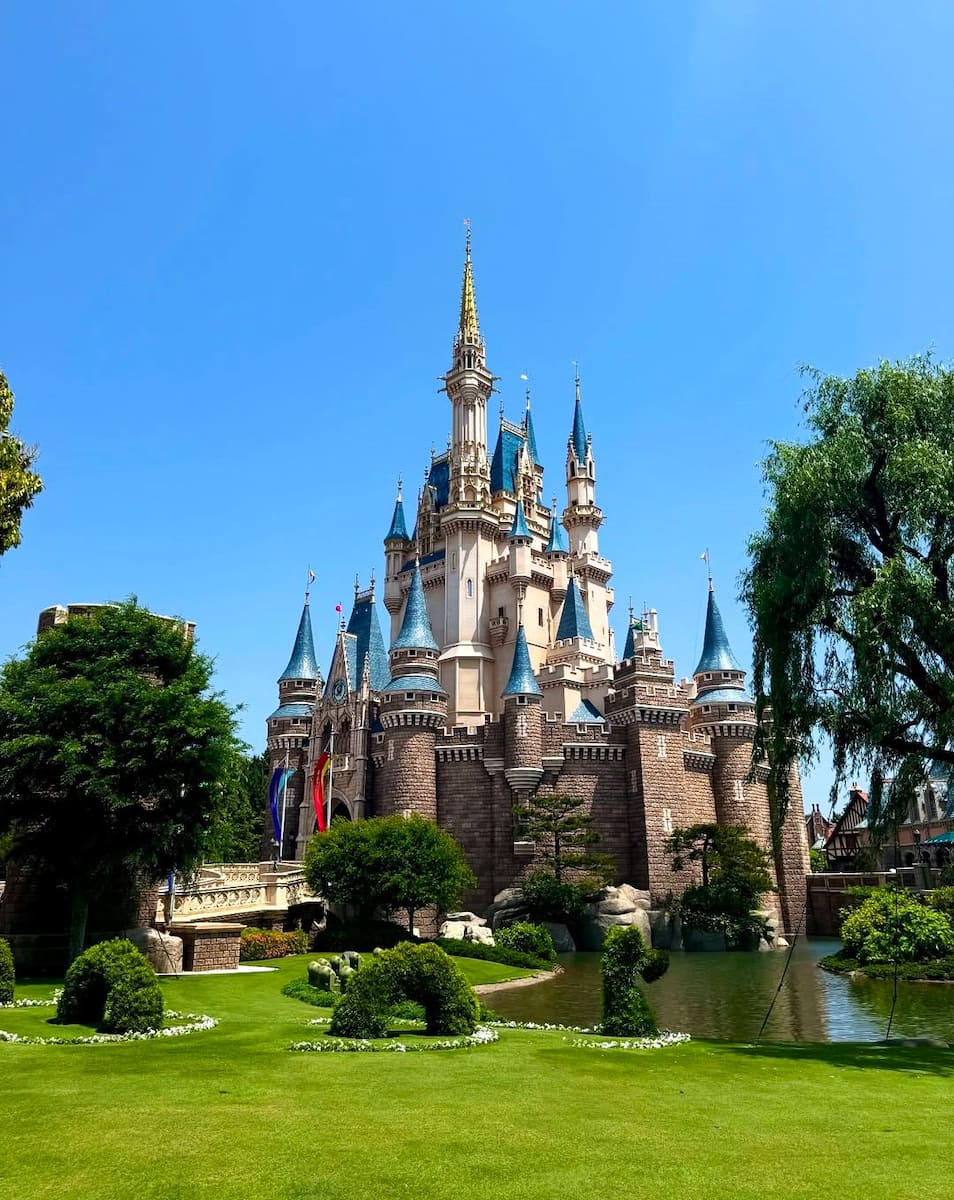
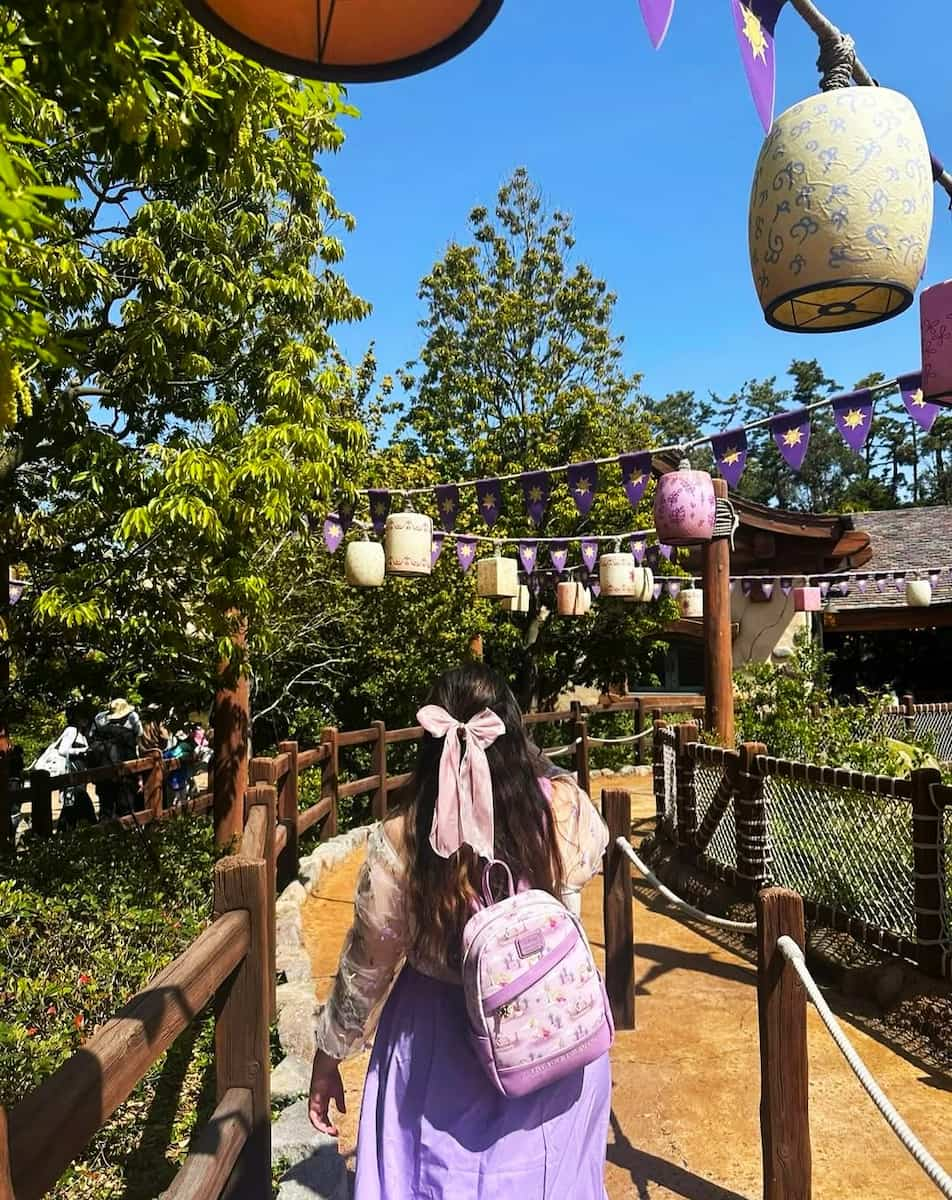
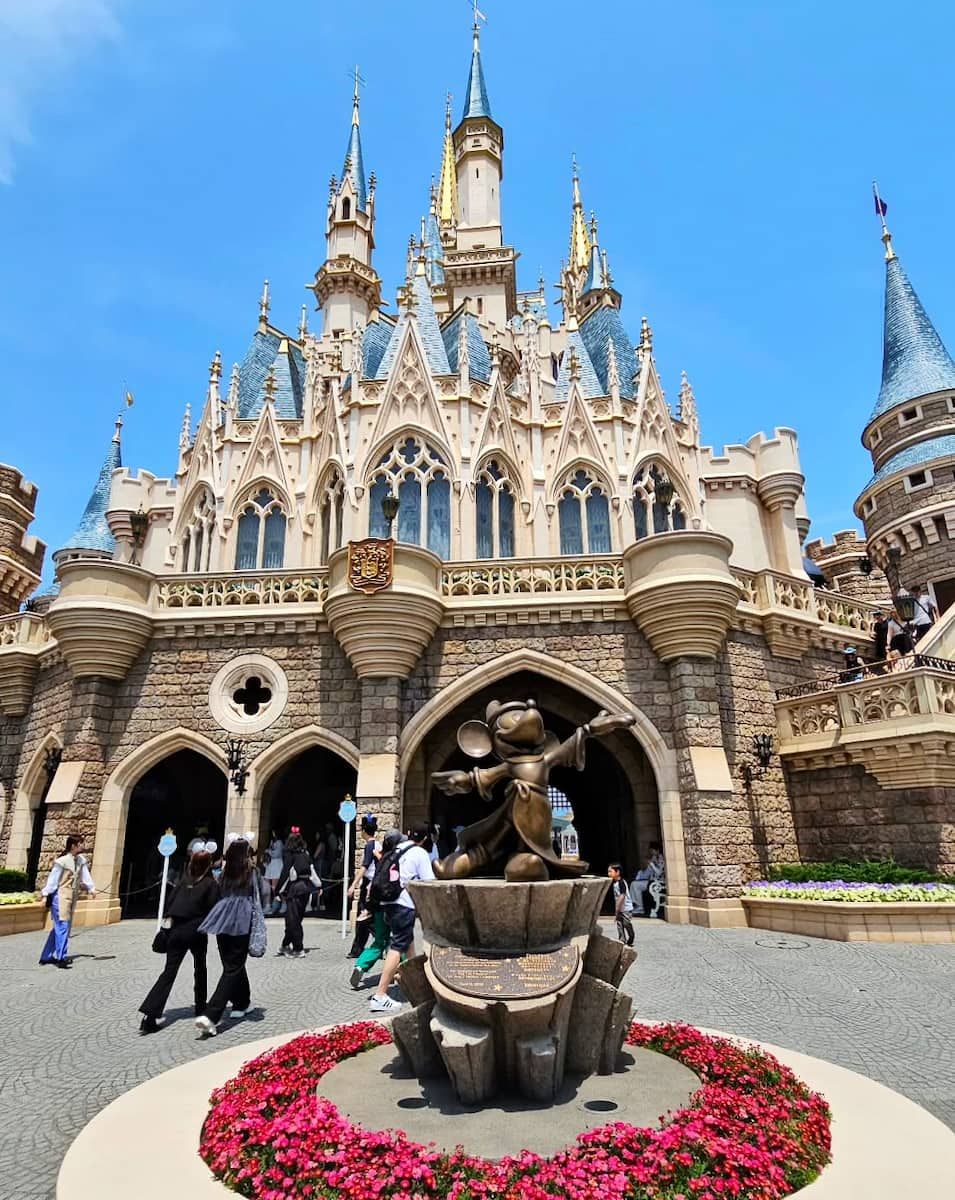
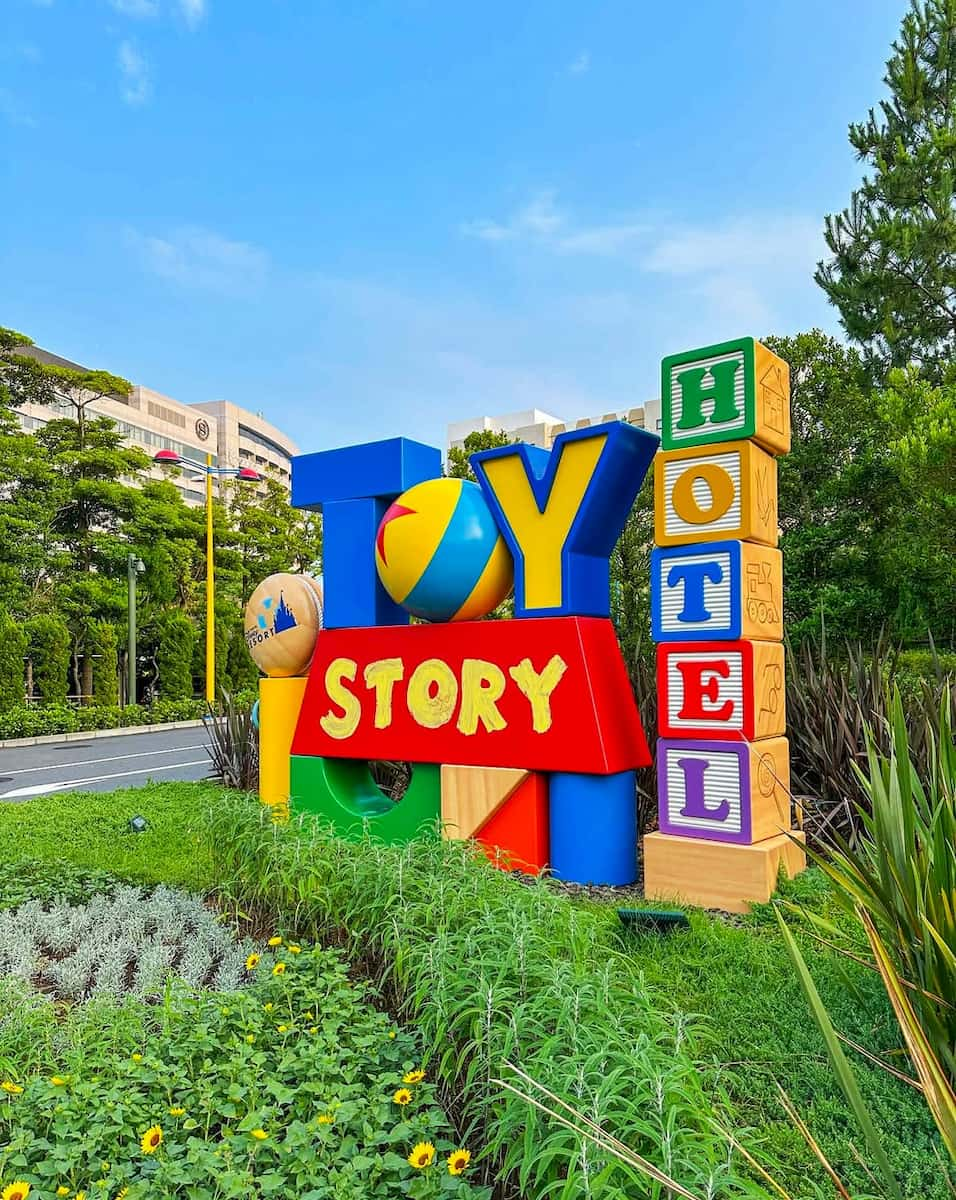
Seasonal Events. The park transforms completely for different seasons – cherry blossom decorations in spring, spooky Halloween themes, and elaborate Christmas displays. Each season offers limited-time food, merchandise, and entertainment that keeps locals returning throughout the year.
Navigation Strategy. The park’s size can overwhelm families with young children. I recommend focusing on one area at a time rather than crisscrossing the park. FastPass systems help reduce wait times for popular attractions during busy periods.
| Ticket Type | Price (JPY) | Price (USD) |
|---|---|---|
| 1-Day Adult | ¥8,700-10,900 | $61-76 |
| 1-Day Child (4-11) | ¥5,600-7,000 | $39-49 |
| 1-Day Senior (65+) | ¥7,800-9,800 | $55-69 |
⭐ Best Activities
- Tokyo Disneyland 1-Day Passport – Pre-book your Tokyo Disneyland entry ticket and experience an unforgettable day of activities for all ages. Skip the lines to enjoy seven themed areas, seasonal decorations, parades, and more.
3. TeamLab Planets Tokyo
Digital Art Wonder. TeamLab Planets creates an otherworldly experience where children become part of the artwork. Walking through water-filled rooms while digital koi fish swim around your feet feels like entering a fantasy world. I watched kids try to catch the projected butterflies that responded to their movements.
Interactive Experiences. Every surface responds to touch and movement, creating endless entertainment for curious children. The Crystal World room dazzles with millions of LED lights that change based on visitor presence. Kids spend ages discovering how their actions affect the digital environments.
Sensory Engagement. The museum engages all senses through water, mirrors, and soft surfaces that children can touch and explore. Some rooms require removing shoes and rolling up pants, adding to the immersive experience. I noticed how the changing environments kept children engaged for hours.
Age Considerations. While suitable for all ages, very young children might feel overwhelmed by the intense visual stimulation. The dark rooms and moving projections can frighten some toddlers. However, most kids adapt quickly and become fascinated by the interactive elements.
Practical Details. Advance booking is essential as tickets sell out weeks ahead during peak seasons. The experience lasts 60-90 minutes depending on crowd levels and how long you spend in each room. Wear comfortable clothes that you don’t mind getting slightly wet.
| Ticket Type | Price (JPY) | Price (USD) |
|---|---|---|
| Adult (18+) | ¥3,800 | $27 |
| Teen (13-17) | ¥2,800 | $20 |
| Child (4-12) | ¥1,500 | $11 |
| Under 3 | Free | Free |
⭐ Best Activities
- Tokyo 3-Hour Guided E-bike Cycling Tour of the City's Hidden Gems – Celebrated for its digital art experiences, teamLab Planets TOKYO is a mesmerizing fusion of an art museum and a garden. Here, visitors can wade through water while surrounded by thousands of floating orchids that react to human presence. It’s also possible to walk among digital koi fish, as well as venture into rooms lined with fog and otherworldly projections.
4. Ueno Zoo
Historic Animal Paradise. Japan’s oldest zoo houses over 3,000 animals across beautifully maintained grounds within Ueno Park. The giant pandas remain the star attraction, drawing massive crowds of excited children and adults. I spent an hour watching Xiang Xiang play while kids pressed against the viewing glass in wonder.
Diverse Wildlife. Beyond pandas, the zoo showcases Japanese macaques, Asiatic elephants, and rare species like the Japanese giant salamander. The children’s zoo allows hands-on interactions with goats and rabbits. I noticed how the animal enclosures blend naturally with the surrounding parkland.
Educational Programs. Regular feeding demonstrations and keeper talks provide learning opportunities for curious kids. The zoo’s layout encourages walking and exploration, making it perfect for active families. Interactive displays explain animal behaviors and conservation efforts in simple terms.
Park Integration. Ueno Zoo sits within the larger Ueno Park complex, home to museums, temples, and cherry blossom viewing spots. Families can easily combine zoo visits with other attractions like the National Museum of Nature and Science. The park’s pond offers swan boat rentals for additional fun.
Seasonal Highlights. Spring brings cherry blossoms that frame animal enclosures beautifully, while autumn offers colorful foliage. Summer can be hot and crowded, but the zoo provides plenty of shaded areas and water fountains. Winter visits offer peaceful animal watching with smaller crowds.
| Ticket Type | Price (JPY) | Price (USD) |
|---|---|---|
| Adult (16-64) | ¥600 | $4.20 |
| Senior (65+) | ¥300 | $2.10 |
| Student (13-15) | ¥200 | $1.40 |
| Child (0-12) | Free | Free |
⭐ Best Activities
- Tokyo Customized Private Tour: See Top Attractions in 1 Day – Ueno Park is a public park in central Tokyo that’s home to several of the city’s top museums, including the Tokyo National Museum and the National Museum of Nature and Science. You’ll also find Ueno zoo, Tokyo’s first zoo, a boating lake, and other attractions for the whole family here.
5. Ghibli Museum
Miyazaki’s Masterpiece. The Ghibli Museum brings Studio Ghibli’s animated worlds to life through Hayao Miyazaki’s imaginative design. Every corner reveals hidden details and references to beloved films like My Neighbor Totoro and Spirited Away. I watched children discover secret passages and interactive exhibits that adults often miss.
Hands-On Exploration. The famous Catbus replica allows children to climb and play inside the fuzzy character from My Neighbor Totoro. The rooftop garden features a life-sized Laputa robot that creates perfect photo opportunities. Interactive displays show animation techniques through hands-on demonstrations.
Exclusive Content. The museum screens short films created exclusively for this location, providing content unavailable anywhere else. The gift shop sells unique Ghibli merchandise not found in regular stores. I discovered rare art books and handcrafted items that make special souvenirs.
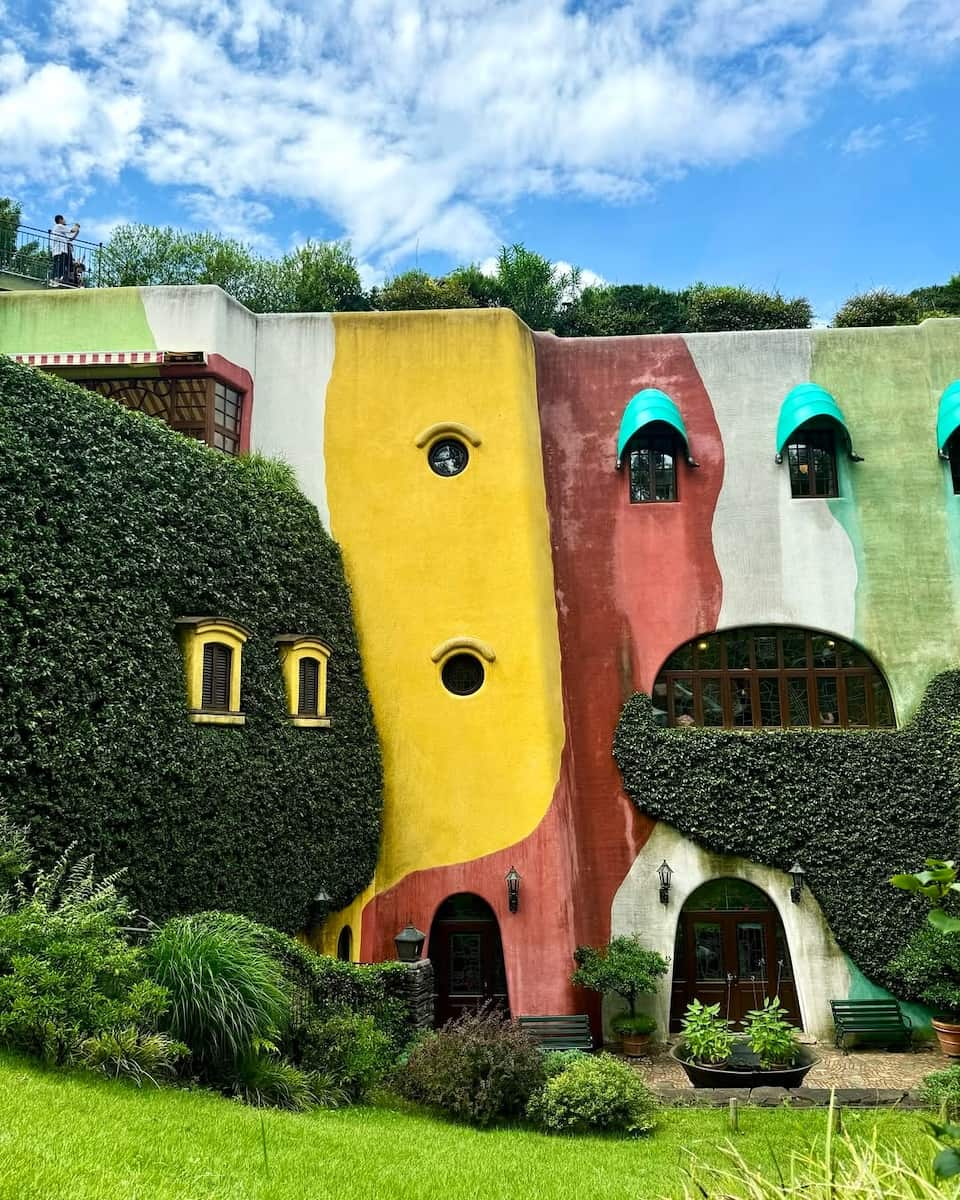
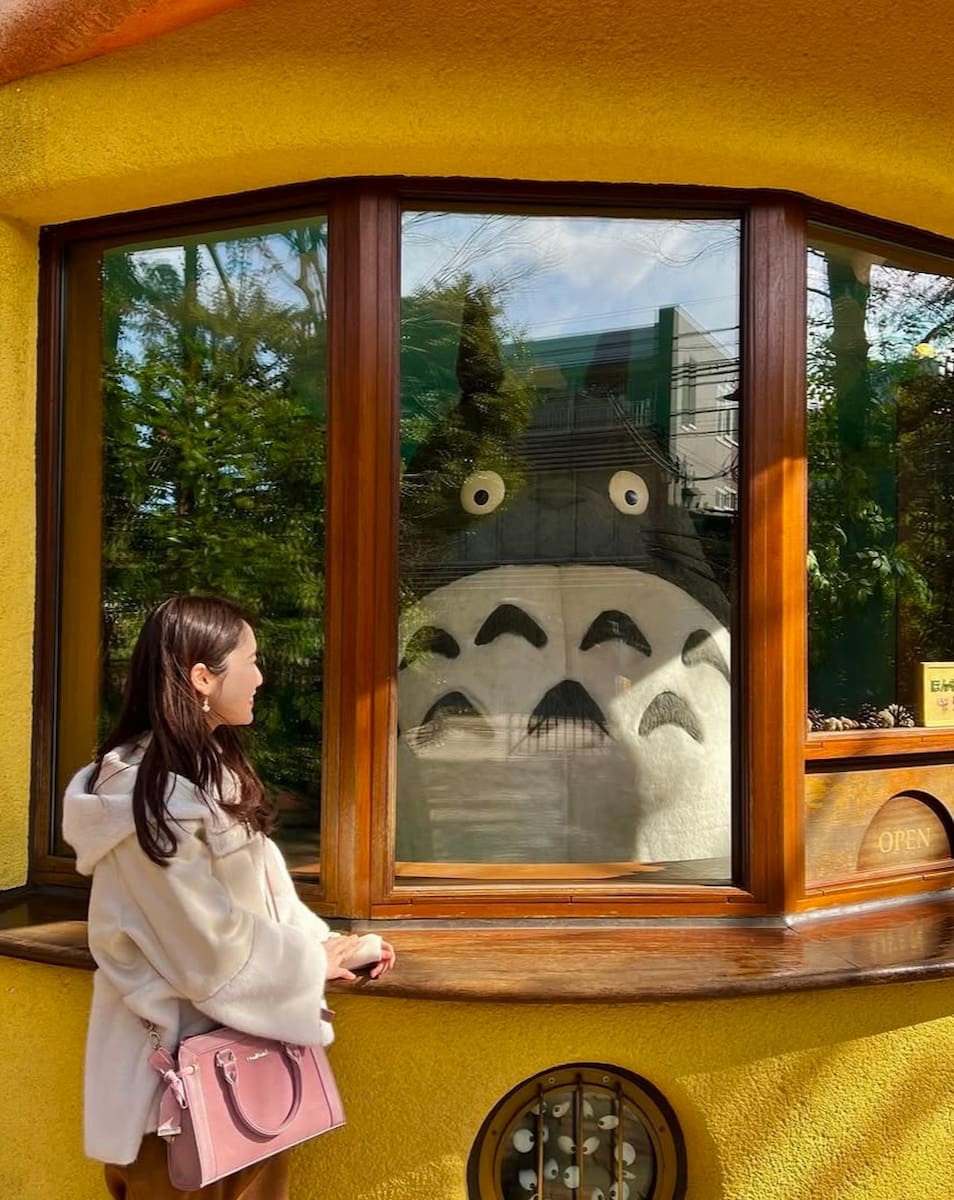
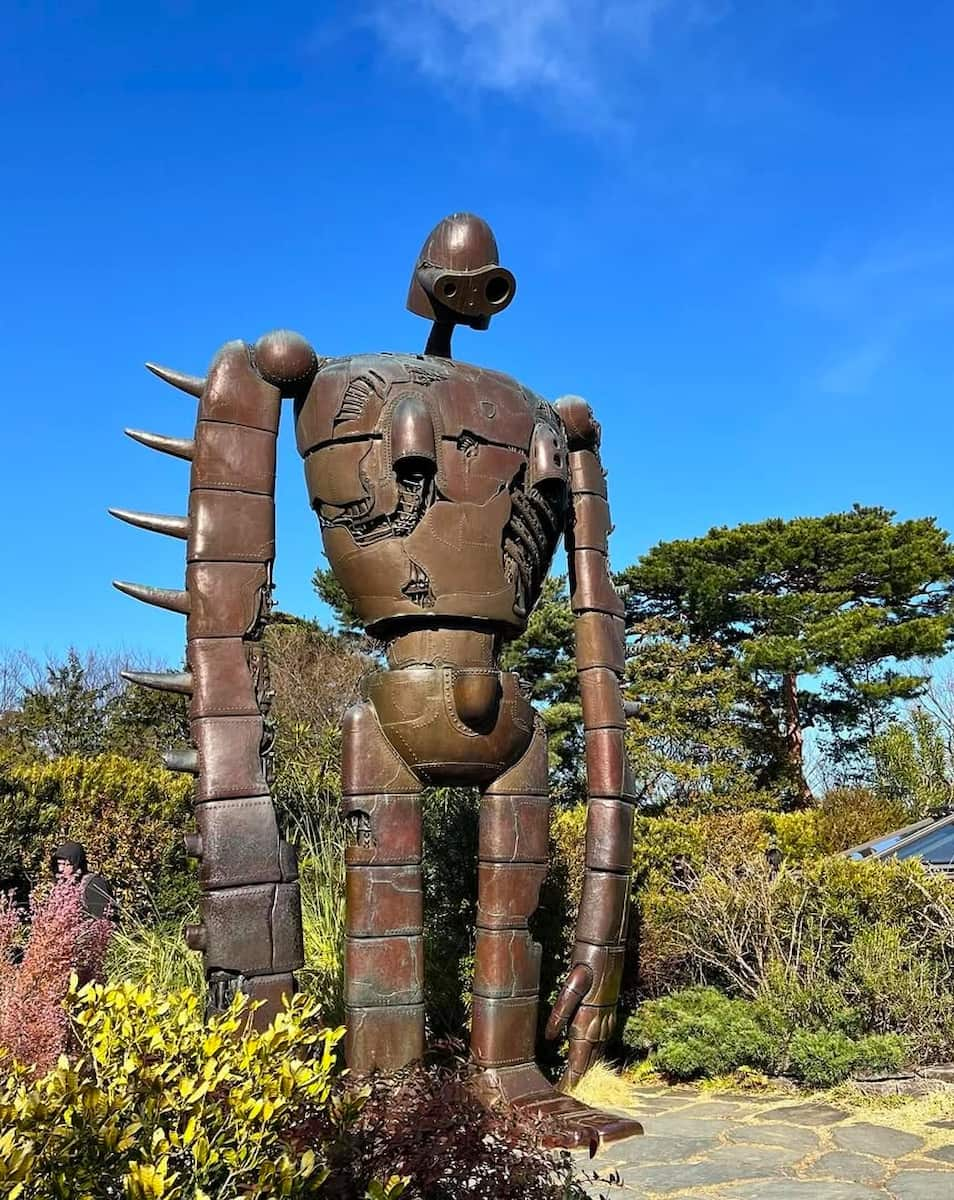
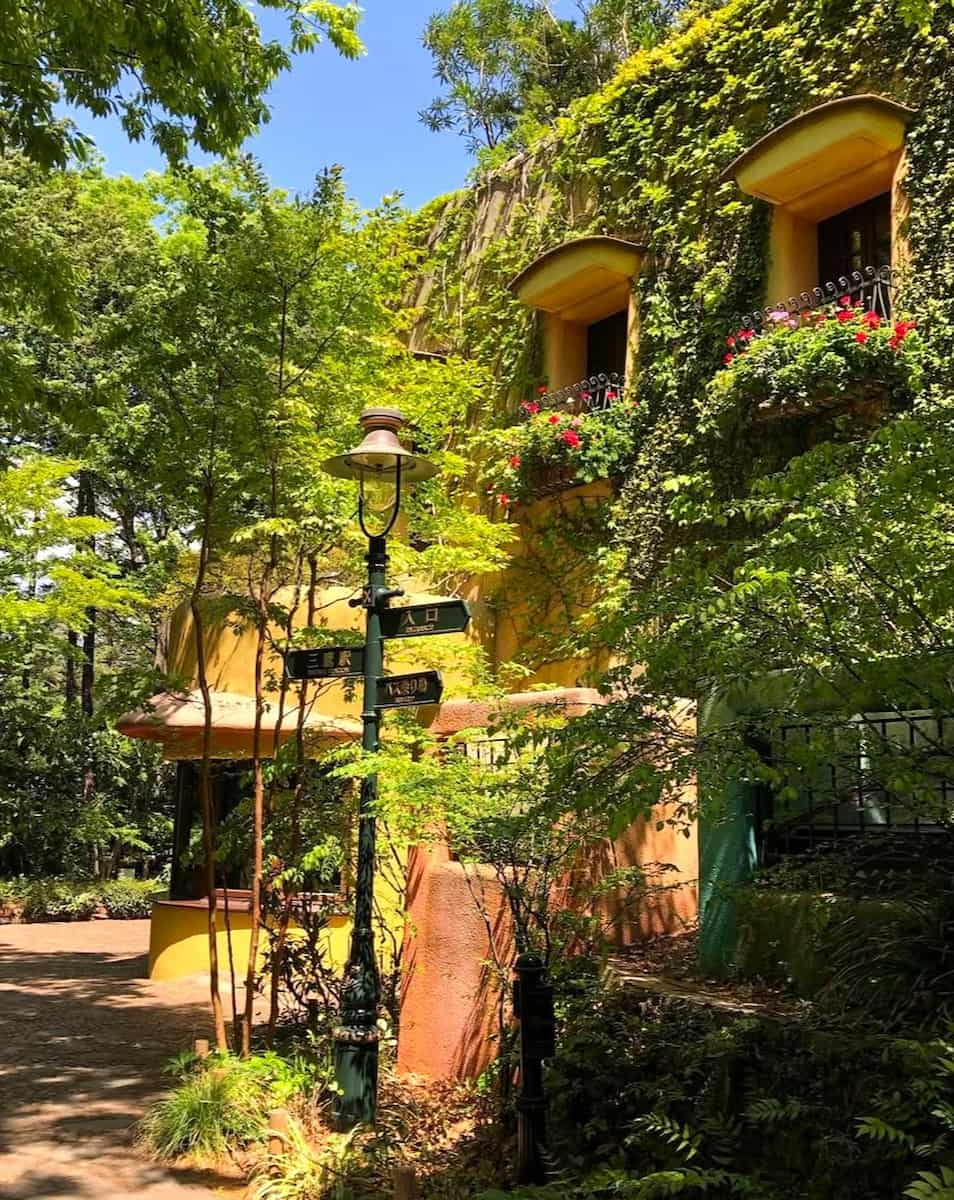
Reservation Requirements. Tickets must be purchased in advance as walk-up sales don’t exist. Reservations open on the 10th of each month for the following month and sell out within hours. The timed entry system prevents overcrowding but requires precise planning.
Cultural Immersion. The museum celebrates Japanese animation artistry and storytelling traditions. Children learn about the animation process through exhibits showing original sketches and production techniques. The experience deepens appreciation for the craft behind their favorite films.
| Ticket Type | Price (JPY) | Price (USD) |
|---|---|---|
| Adult (19+) | ¥1,000 | $7 |
| Teen (13-18) | ¥700 | $5 |
| Child (7-12) | ¥400 | $3 |
| Young Child (4-6) | ¥100 | $0.70 |
| Under 3 | Free | Free |
⭐ Best Activities
- Tokyo Studio Ghibli Museum and Ghibli Film Appreciation Tour – Fans of director Hayao Miyazaki’s Studio Ghibli—which produced the films Spirited Away, Princess Mononoke, Laputa: Castle in the Sky, and Howl’s Moving Castle—can see the filmmaker’s animated fantasylands brought to life and uncover the secrets behind the movies at the Ghibli Museum in Mitaka, Tokyo.
6. Okinawa Churaumi Aquarium
Marine Wonderland. Okinawa Churaumi Aquarium houses one of the world’s largest aquarium tanks, the Kuroshio Sea, containing 7,500 cubic meters of water and featuring whale sharks, manta rays, and hundreds of tropical fish species. The massive acrylic panel measuring 8.2 by 22.5 meters provides underwater viewing experiences that make children feel like they’re swimming with the giants. This is one of the most spectacular family activities in Japan’s southern islands
Educational Experiences. Interactive exhibits teach children about Okinawan marine ecosystems, coral reef conservation, and traditional fishing methods used by local communities. The touch pools allow kids to safely interact with sea stars, sea cucumbers, and small tropical fish under staff supervision. I watched families spend hours exploring different zones, from shallow coral gardens to deep ocean environments.
Dolphin Shows. The Okichan Theater presents dolphin and whale shows with educational components about marine mammal behavior and conservation efforts. These performances combine entertainment with learning opportunities about ocean protection and animal care. The outdoor setting provides beautiful ocean views while children learn about marine life protection.
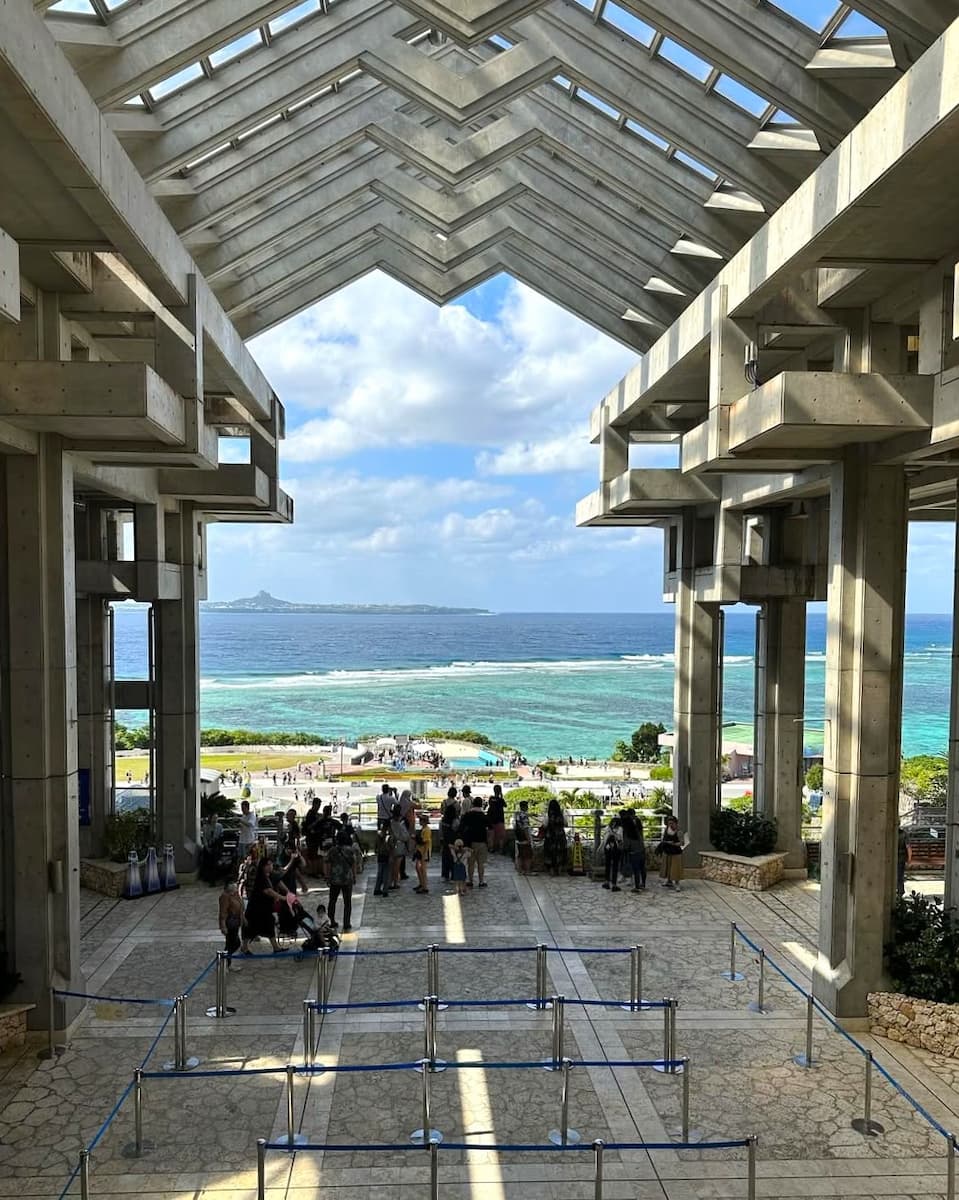
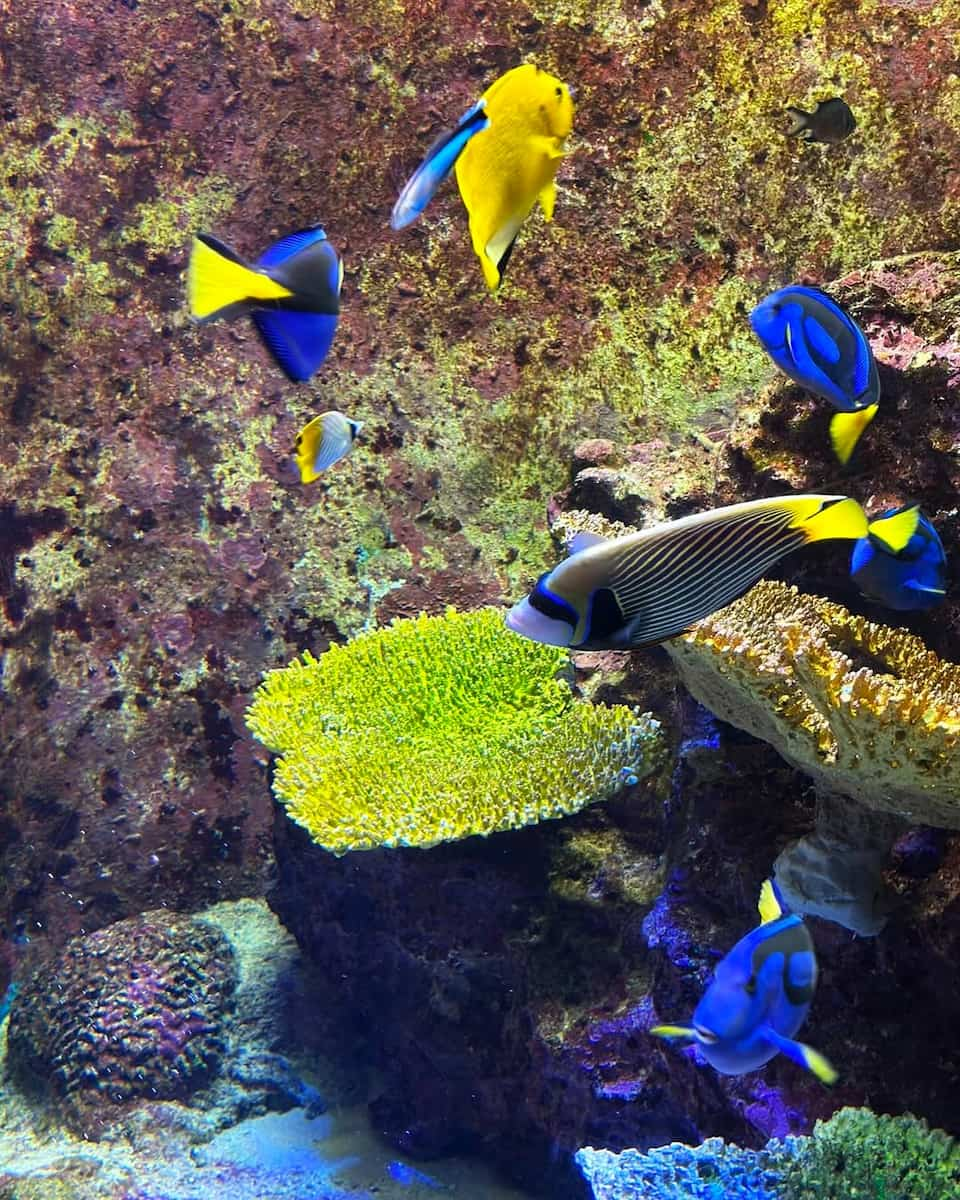
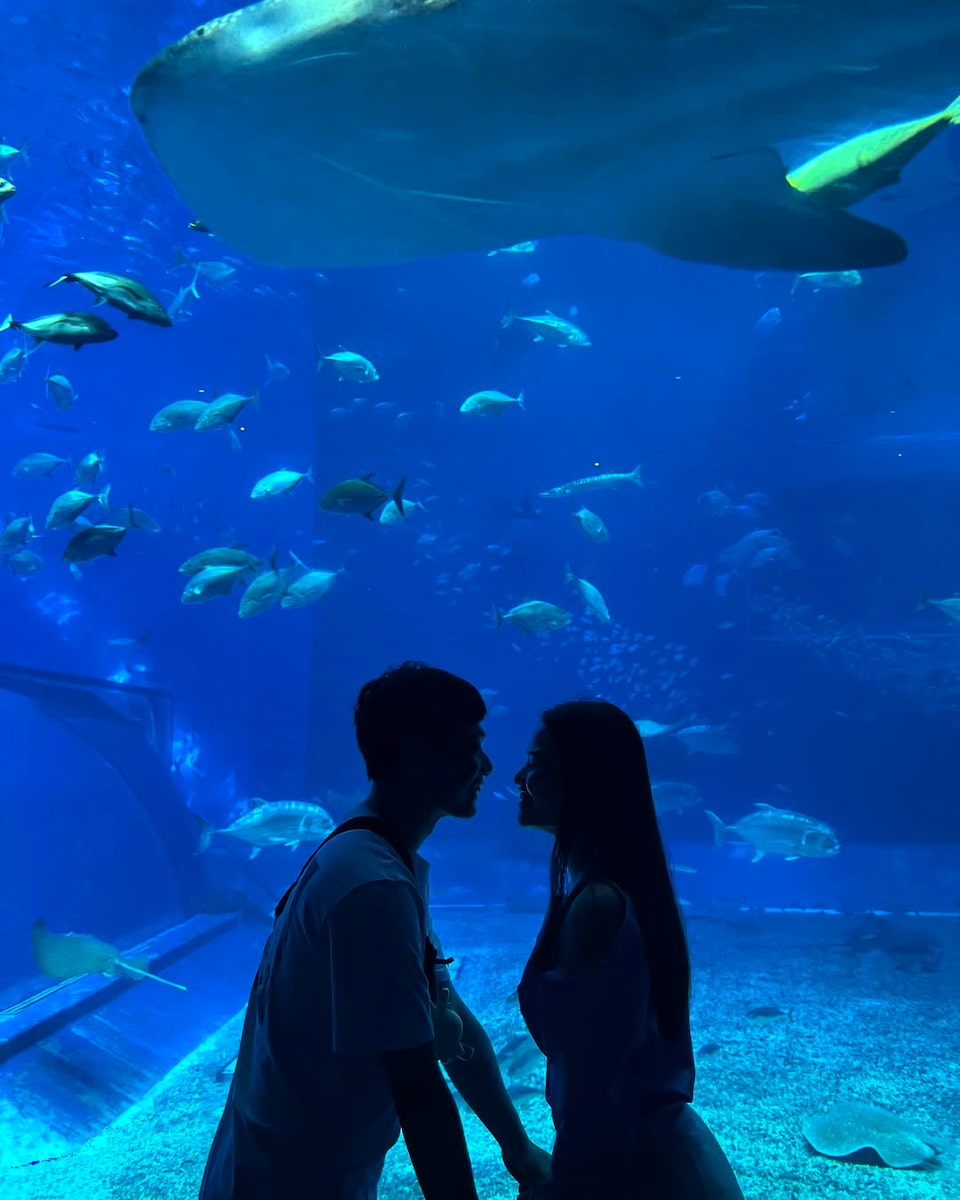
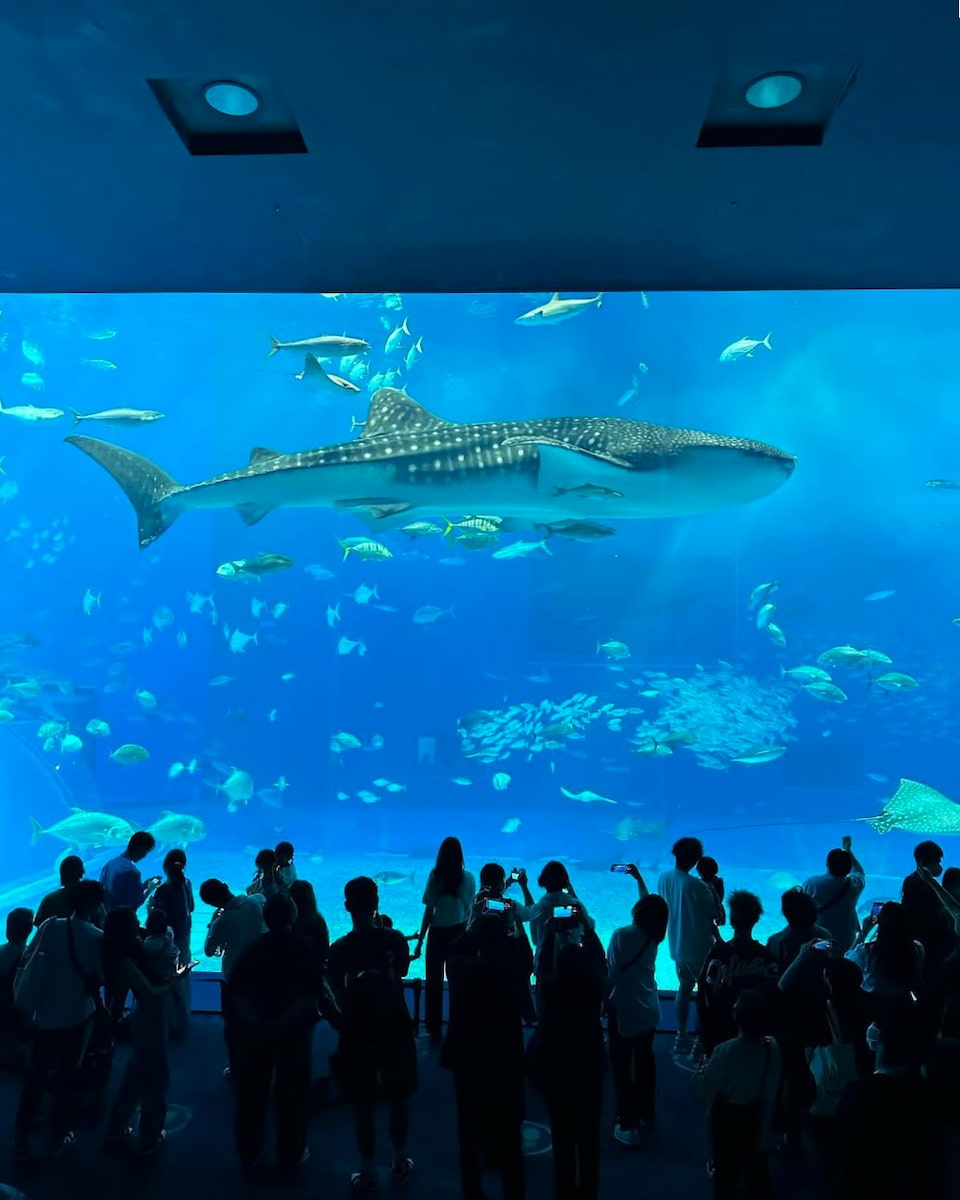
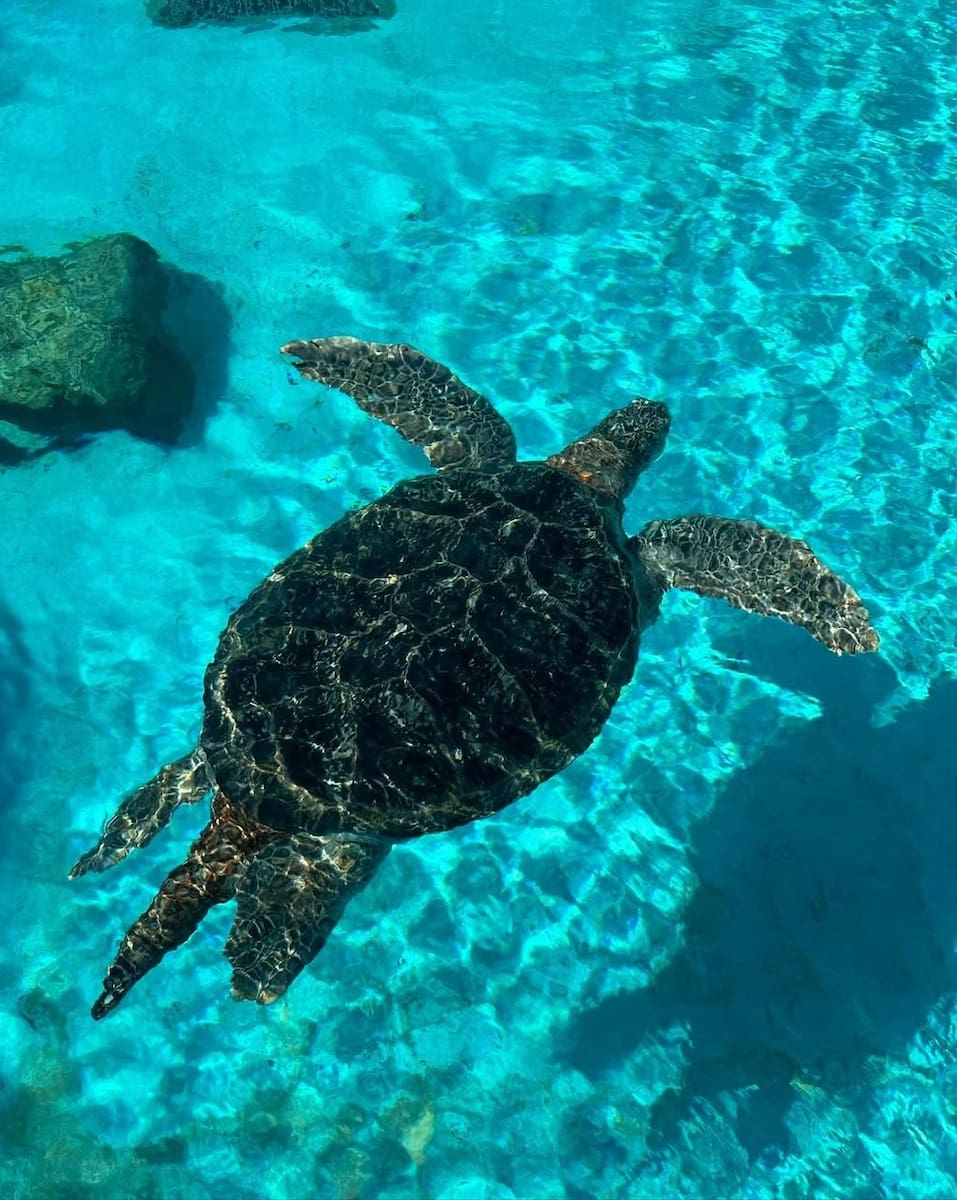
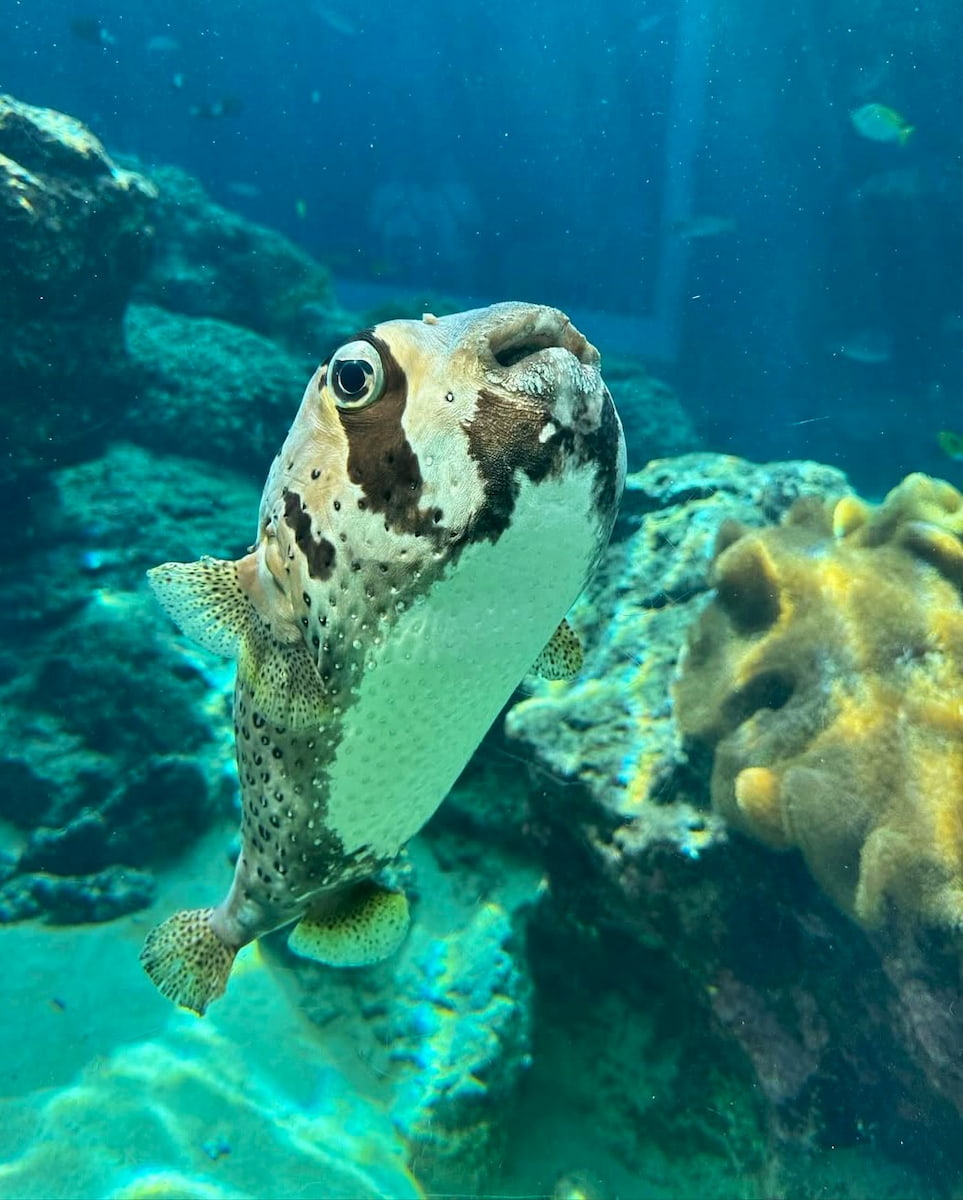
Regional Culture. The aquarium integrates Okinawan culture through exhibits about traditional fishing, local marine folklore, and the islands’ unique relationship with the ocean. Children learn how Okinawan communities have lived sustainably with marine environments for centuries. This cultural education enhances the aquarium experience beyond simple marine viewing.
| Ticket Type | Price (JPY) | Price (USD) |
|---|---|---|
| Adult | ¥2,180 | $15.25 |
| High School | ¥1,440 | $10.10 |
| Elementary/Junior High | ¥710 | $5.00 |
| Under 6 | Free | Free |
⭐️ Best Activities
- Okinawa Churaumi Aquarium and Busena Underwater Observatory Tour – Experience Okinawa’s marine wonders at one of the world’s largest aquariums, plus visit the unique underwater observation tower and explore Kouri Island’s pristine beaches.
7. Osaka Aquarium Kaiyukan
Pacific Rim Journey. Osaka Aquarium Kaiyukan takes visitors on a journey around the Pacific Rim through 15 large tanks representing different marine environments from Japan, Ecuador, Antarctica, and other Pacific regions. The central tank houses whale sharks, the aquarium’s star attraction, swimming alongside rays, tuna, and schools of smaller fish. Children follow a spiral path from surface to seafloor, experiencing different ocean depths and ecosystems.
Interactive Learning. The aquarium features touch pools where children can safely handle rays, small sharks, and various invertebrates under staff guidance. Educational programs include feeding demonstrations, marine biology talks, and conservation workshops designed for different age groups. The facility emphasizes hands-on learning that makes marine science accessible to young visitors.
Penguin Paradise. The Antarctica exhibit recreates polar conditions with multiple penguin species, including king penguins and adelie penguins, in a climate-controlled environment with real snow and ice. Children watch feeding times and learn about penguin behavior, adaptation, and conservation challenges in the wild. The exhibit provides rare opportunities to observe polar wildlife in Japan’s temperate climate.
Night Aquarium. Special evening illuminations transform the aquarium into a magical underwater world with colored lighting and extended hours during peak seasons. The nighttime atmosphere creates completely different viewing experiences as nocturnal marine animals become active. Families can enjoy dinner at the aquarium restaurant while watching marine life through floor-to-ceiling windows.
| Ticket Type | Price (JPY) | Price (USD) |
|---|---|---|
| Adult | ¥2,700 | $18.90 |
| Student (16+) | ¥2,200 | $15.40 |
| Child (7-15) | ¥1,400 | $9.80 |
| Child (4-6) | ¥700 | $4.90 |
| Under 3 | Free | Free |
Free Entertainment
1. Tokyo Metropolitan Government Building Observatory
Panoramic Views. The Tokyo Metropolitan Government Building in Shinjuku offers the best free views in the city from its 45th-floor observation deck. Standing 202 meters above ground, the panoramic vistas stretch across Tokyo’s endless urban landscape. On clear days, Mount Fuji appears majestically on the horizon, creating perfect photo opportunities without spending a single yen.
Twin Tower Experience. The government building features two towers, each with its own observation deck offering slightly different perspectives. I prefer the north tower for Mount Fuji views, while the south tower showcases Tokyo Bay and the Rainbow Bridge. The elevators whisk you up in seconds, and the spacious viewing areas never feel overcrowded.
Practical Amenities. The observation floors include gift shops selling Tokyo-themed souvenirs and a small cafe serving light refreshments. Free WiFi allows you to share your spectacular photos instantly. The building operates from 9:30 AM to 11 PM, making it perfect for both daytime cityscape views and glittering nighttime illuminations.
Navigation Tips. Located directly above Shinjuku Station’s west exit, the building is easily accessible via multiple train lines. Clear English signage guides visitors to the observation deck elevators. Security checks are minimal, and the entire visit takes about 30-45 minutes depending on photo-taking enthusiasm.
Seasonal Highlights. Winter evenings offer the most dramatic views when Tokyo’s illuminations create a sparkling carpet of lights. Spring provides clear air perfect for Mount Fuji sightings, while summer sunsets paint the sky in brilliant colors. Each season transforms the cityscape into different moods and photographic opportunities.
| Service | Price (JPY) | Price (USD) |
|---|---|---|
| Observatory Access | Free | Free |
| Parking (1 hour) | ¥300 | $2.10 |
| Cafe Coffee | ¥400 | $2.80 |
2. Meiji Shrine
Sacred Forest. Meiji Shrine creates a peaceful oasis within Tokyo’s urban chaos, surrounded by a 175-acre forest of over 120,000 trees. Walking the gravel paths feels like entering another world where the city’s noise fades into distant whispers. The towering trees create natural cathedral spaces perfect for quiet reflection and spiritual renewal.
Cultural Immersion. Traditional Shinto ceremonies happen regularly, offering glimpses into Japan’s spiritual traditions. I witnessed a beautiful wedding procession where the bride wore an elaborate white kimono while shrine maidens performed purification rituals. The experience provides authentic cultural education without any entrance fees.
Seasonal Transformations. Spring brings cherry blossoms that frame the shrine buildings beautifully, while autumn creates stunning maple leaf displays. Winter snow transforms the forest into a magical wonderland, and summer provides cool shade from Tokyo’s intense heat. Each season offers unique photographic opportunities and different spiritual atmospheres.
Ritual Participation. Visitors can participate in traditional purification rituals at the temizuya water basin before approaching the main shrine. Writing wishes on wooden ema plaques costs only ¥500 and creates meaningful souvenirs. The shrine’s peaceful atmosphere encourages meditation and personal reflection.
Wildlife Encounters. The forest hosts various bird species and small animals that thrive in this urban sanctuary. Early morning visits often reveal deer grazing peacefully among the trees. The biodiversity creates a living ecosystem that contrasts sharply with Tokyo’s concrete surroundings.
| Activity | Price (JPY) | Price (USD) |
|---|---|---|
| Shrine Entry | Free | Free |
| Ema Plaques | ¥500 | $3.50 |
| Omamori Charms | ¥800-1,000 | $5.60-7.00 |
3. Nakamise Street
Gateway to Tradition. When I first stepped through the iconic Kaminarimon Gate, I was greeted by the vibrant energy of Nakamise Street—a 250-meter path leading straight to Senso-ji Temple, one of the top things to see in Tokyo. This place is the soul of Japan’s temple towns, with a history stretching back to the 17th century. The street is lined with 89 shops—54 on the east side, 35 on the west—each offering a unique slice of tradition. As you walk, you’re literally on temple grounds, making this a rare blend of shopping and spirituality.
Shopping and Souvenirs. Nakamise is a great place for souvenirs when planning a trip to Japan. You’ll find everything from folding fans and hand-painted kimonos to quirky samurai swords and lucky maneki neko cat statuettes. Many shops have been run by the same families for generations, and you can sense the pride in their displays of Japanese craftwork, parasols, and wooden dolls. My advice: don’t rush. Shuffle along with the crowd and take in the details.
Street Food Adventure. The aromas here are irresistible. I tried ningyo-yaki, fresh senbei rice crackers, and sweet potato treats. The famous Funawa shop has been selling imo yokan since 1902, and you can watch ningyo-yaki being baked at Kimura-ya before buying a box to take home. If you’re visiting Tokyo in summer, cool down with matcha or sweet potato ice cream—perfect after a day exploring the city’s temples and shrines.
| Snack or Souvenir | Price (JPY) | Price (USD) |
|---|---|---|
| Ningyo-yaki (box) | ¥500–1,000 | $3.50–7.00 |
| Imo Yokan (Funawa) | ¥400–800 | $2.80–5.60 |
| Rice Crackers (Senbei) | ¥200–500 | $1.40–3.50 |
| Folding Fan | ¥700–2,000 | $5–14 |
| Maneki Neko Figurine | ¥500–1,500 | $3.50–10.50 |
4. Shibuya Crossing
Urban Energy. Shibuya Crossing represents Tokyo’s pulse and energy in its purest form. Standing among hundreds of people crossing simultaneously creates an exhilarating urban experience that costs absolutely nothing. The organized chaos demonstrates Japanese efficiency and social harmony in action.
People Watching. The surrounding area offers excellent vantage points for observing Tokyo’s diverse population. I spent hours watching salarymen, students, tourists, and fashionistas navigate the intersection with practiced precision. Each crossing wave brings different characters and stories to observe.
Photography Opportunities. The iconic intersection provides countless photo opportunities from street level and elevated positions. Nearby buildings offer free viewing spots, while the crossing itself creates dynamic action shots. Night photography captures the neon lights and urban energy particularly well.
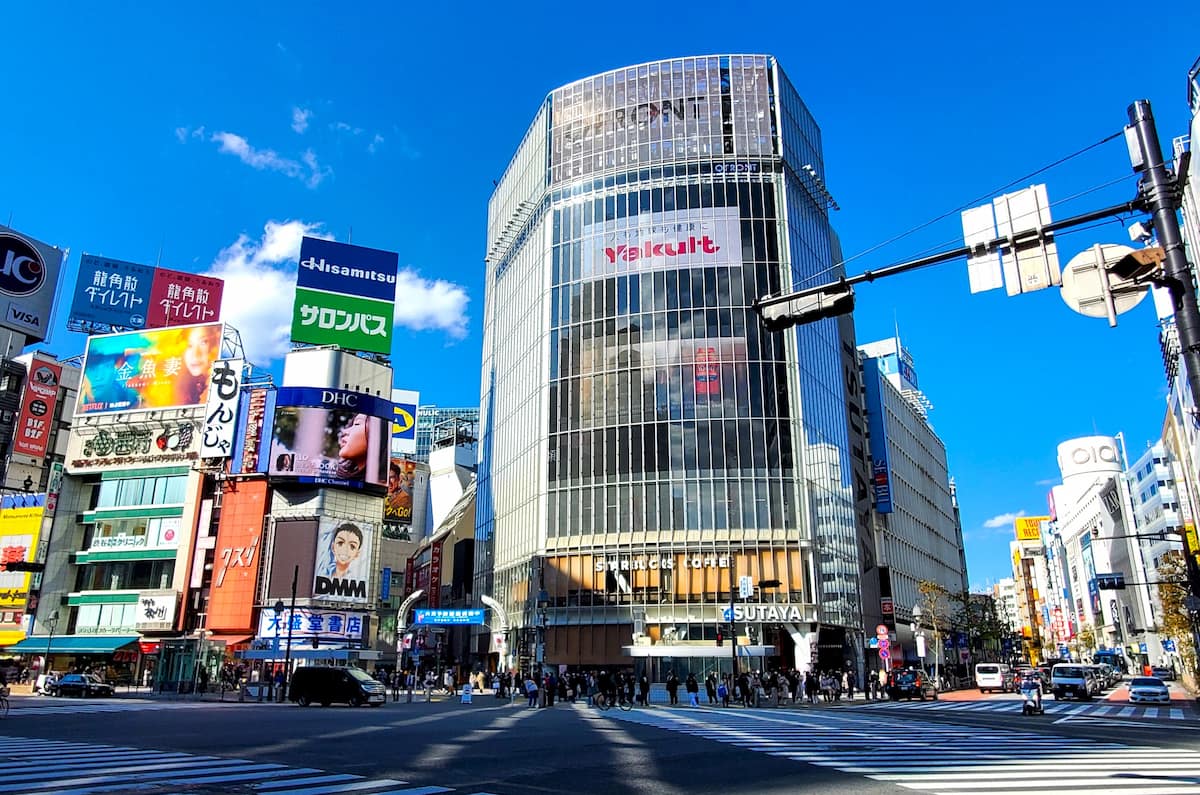
Cultural Significance. This intersection symbolizes modern Japan’s fast-paced lifestyle and technological advancement. The synchronized traffic lights, electronic billboards, and crowd movements create a uniquely Japanese urban ballet. Understanding this cultural significance enhances the viewing experience.
Surrounding Exploration. The Shibuya district offers extensive free exploration opportunities including window shopping, street art observation, and architectural appreciation. The famous Hachiko statue nearby tells a touching story of loyalty and devotion. Multiple train lines converge here, making it a perfect starting point for Tokyo adventures.
| Activity | Price (JPY) | Price (USD) |
|---|---|---|
| Crossing Experience | Free | Free |
| Hachiko Photo | Free | Free |
| Observation Deck (Mag’s Rooftop) | Free | Free |
5. Ueno Park and Cultural District
Cultural Hub. Ueno Park serves as Tokyo’s cultural heart, housing multiple museums, temples, and recreational spaces within its expansive grounds. While museums charge admission, the park itself offers free access to beautiful landscapes, historic temples, and seasonal displays. The area provides a full day of exploration without spending money on entrance fees.
Cherry Blossom Central. During spring, Ueno Park becomes Tokyo’s premier hanami (cherry blossom viewing) destination. Thousands of cherry trees create pink canopies perfect for picnicking and photography. The festive atmosphere includes street performers, food vendors, and families celebrating spring’s arrival together.
Wildlife Encounters. The park’s pond attracts various waterfowl including ducks, swans, and herons that provide natural entertainment. I spent peaceful mornings watching these birds while enjoying the tranquil water reflections. The contrast between urban surroundings and natural wildlife creates unique Tokyo experiences.
Temple Exploration. Several temples within the park offer free access to their grounds and architecture. Toshogu Shrine features elaborate decorations and peaceful gardens perfect for meditation. These sacred spaces provide spiritual respite from Tokyo’s intense urban energy.
Seasonal Activities. Each season transforms the park into different recreational opportunities. Summer brings outdoor concerts and festivals, autumn creates stunning foliage displays, and winter offers peaceful snow-covered landscapes. The park adapts to seasonal changes while maintaining its free accessibility.
| Attraction | Price (JPY) | Price (USD) |
|---|---|---|
| Park Entry | Free | Free |
| Temple Grounds | Free | Free |
| Boat Rental | ¥700 | $4.90 |
6. Shinjuku Gyoen National Garden
Three Gardens in One. Shinjuku Gyoen offers completely free access to 58.3 hectares of meticulously maintained gardens combining French formal, English landscape, and traditional Japanese styles. This unique combination allows visitors to experience different cultural approaches to garden design within a single location. The contrast between geometric French patterns, naturalistic English landscapes, and symbolic Japanese arrangements provides educational and aesthetic experiences.
Urban Wildlife. The garden’s diverse ecosystems support various bird species, butterflies, and small animals that thrive in this urban sanctuary. Early morning visits often reveal deer, herons, and other wildlife that retreat when crowds arrive. The greenhouse displays over 1,700 tropical species year-round, providing free botanical education regardless of weather.
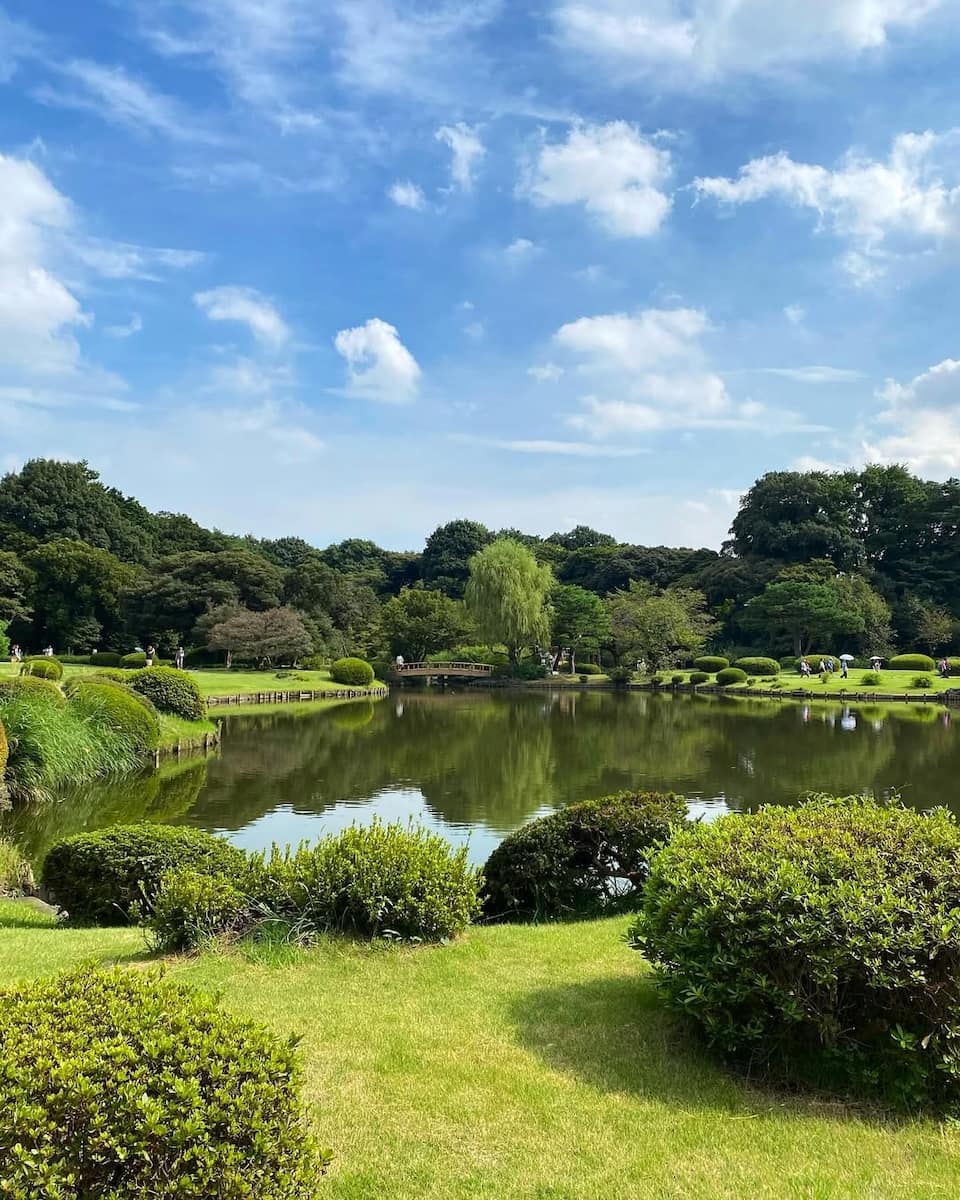
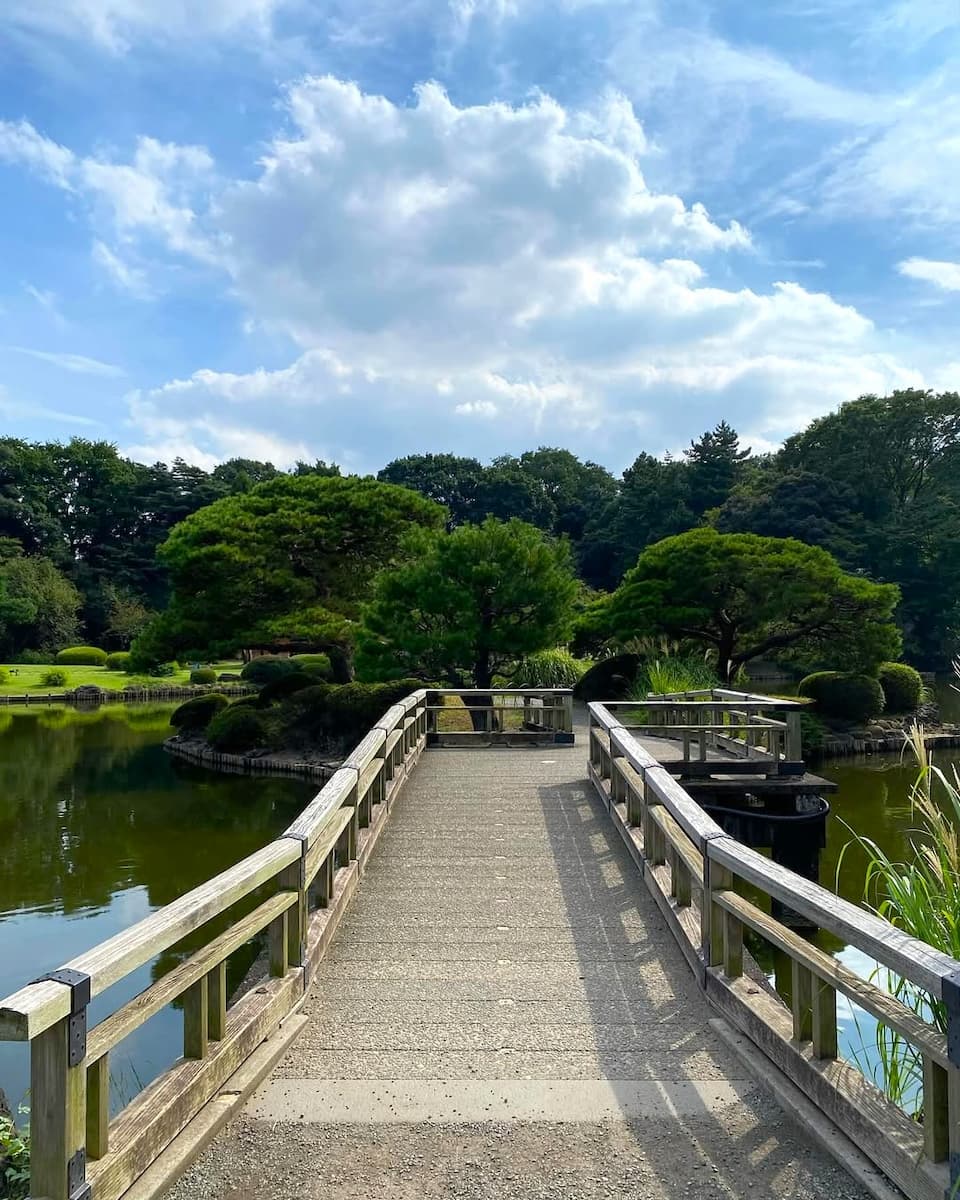
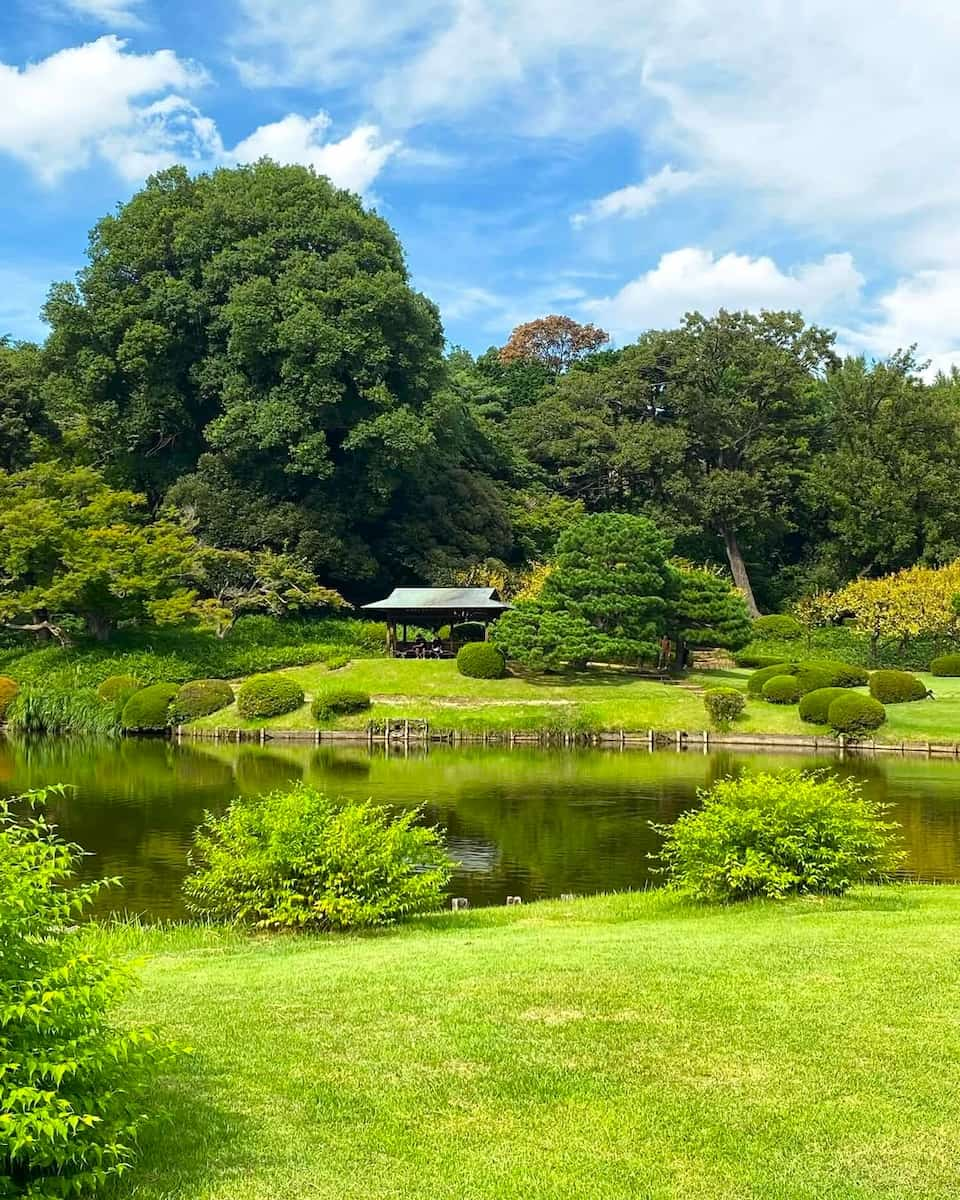
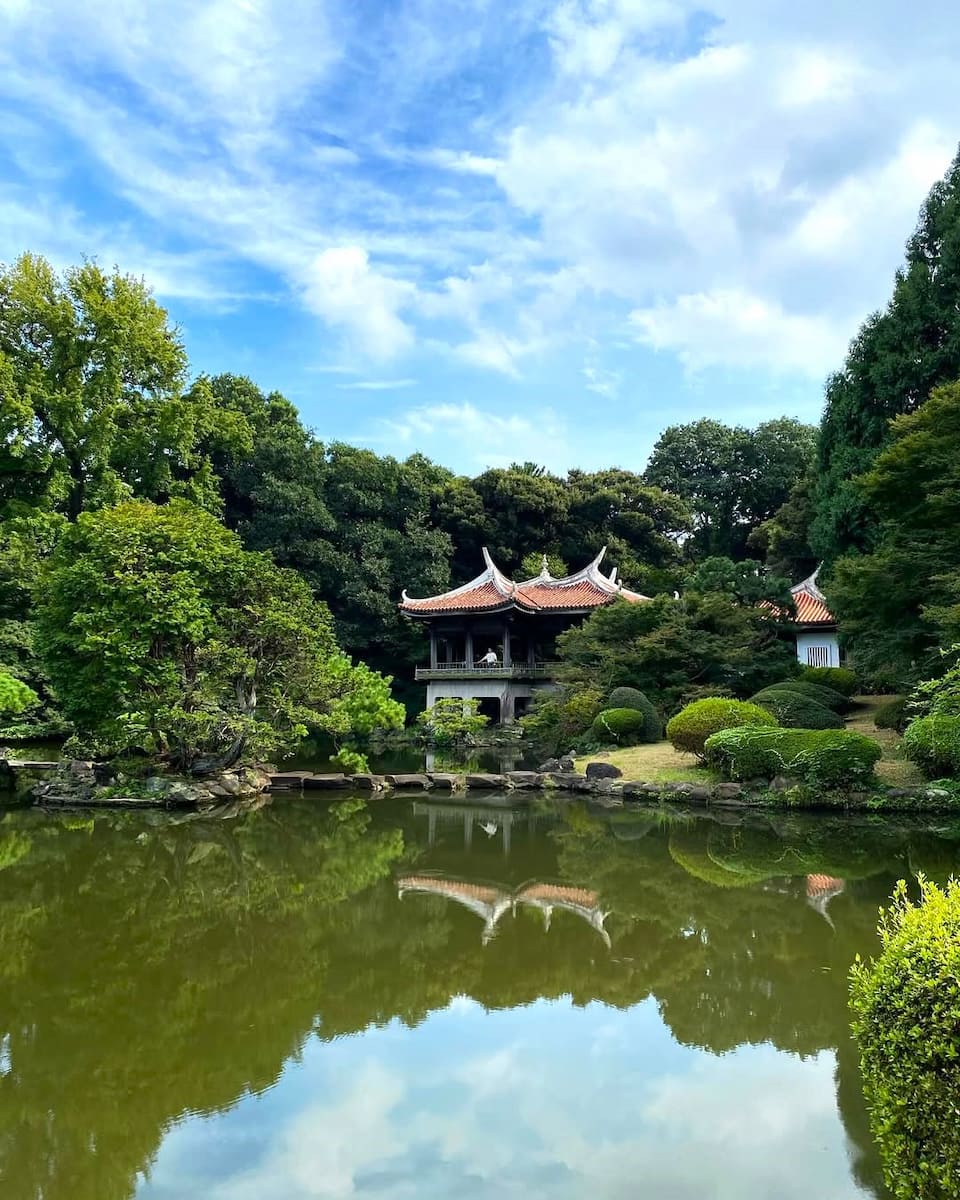
Historical Significance. Originally a feudal lord’s residence from 1590, the garden represents Japan’s evolution from feudal society through imperial period to modern democracy. The Taiwan Pavilion survived World War II bombing, providing historical continuity and architectural interest. Walking these paths connects visitors to centuries of Japanese history without admission fees.
| Service | Price (JPY) | Price (USD) |
|---|---|---|
| Garden Entry | ¥500 | $3.50 |
| Greenhouse | Included | Included |
| Parking | ¥300/hour | $2.10/hour |
7. Arashiyama Bamboo Forest
Natural Cathedral. The Arashiyama Bamboo Grove creates towering green tunnels where thousands of bamboo stalks filter sunlight into ethereal patterns dancing on the walking paths. The rustling bamboo creates natural music as wind moves through the grove, providing meditative soundscapes that transport visitors from urban concerns. This represents one of the most photographed natural attractions in Kyoto.
Photographic Paradise. The bamboo creates natural lighting effects that change throughout the day, from morning mist to golden afternoon light filtering through green canopies. The straight bamboo lines create geometric patterns perfect for photography, while the filtered light provides flattering illumination for portraits. Professional and amateur photographers find endless composition opportunities.
Cultural Significance. Bamboo holds special meaning in Japanese culture, symbolizing strength, flexibility, and rapid growth – qualities admired in traditional Japan philosophy. The grove connects to nearby Tenryu-ji Temple, a UNESCO World Heritage site, creating opportunities to combine natural beauty with cultural exploration. Local artisans use bamboo from this area for traditional crafts and construction.
| Activity | Price (JPY) | Price (USD) |
|---|---|---|
| Grove Access | Free | Free |
| Nearby Temple Entry | ¥500 | $3.50 |
| Rickshaw Ride | ¥3,000 | $21.00 |
Seasonal Events in Japan
Spring: Cherry Blossom Season (Hanami)
Peak Bloom Times. The cherry blossom forecast shows Tokyo reaching full bloom around March 30th, while Kyoto and Osaka peak in early April. I’ve learned that timing your visit perfectly requires flexibility – the blossoms only last about one week at full bloom. Southern Japan starts earlier, with Kagoshima opening March 24th, while northern areas like Sapporo don’t peak until late April.
Hanami Traditions. The tradition of hanami involves gathering with friends and family under blooming sakura trees for picnics and celebrations. I watched families stake out prime spots in Ueno Park at dawn, spreading blue tarps and preparing elaborate feasts. The atmosphere transforms from peaceful morning meditation to festive afternoon parties complete with sake, bento boxes, and karaoke.
Best Viewing Locations. Maruyama Park in Kyoto becomes a pink wonderland during peak season, while Tokyo’s Ueno Park hosts thousands of revelers beneath 1,000 cherry trees. I discovered that lesser-known spots like the Philosopher’s Path in Kyoto offer more intimate experiences without the crowds. Each location provides different perspectives on this quintessentially Japanese celebration.
Evening Illuminations. Yozakura (night cherry blossom viewing) adds magical dimensions to the experience with lanterns and spotlights illuminating the delicate petals. The romantic glow creates completely different moods compared to daytime viewing. I spent hours photographing the illuminated blossoms reflecting in temple ponds.
Festival Activities. Sakura festivals throughout the country feature traditional performances, tea ceremonies under the blooms, and special sakura-themed foods like sakura mochi and cherry blossom ice cream. Street vendors sell pink-colored treats while musicians perform traditional songs celebrating spring’s arrival.
| Location | Peak Bloom | Entry Fee (JPY) | Entry Fee (USD) |
|---|---|---|---|
| Ueno Park, Tokyo | March 30 | Free | Free |
| Maruyama Park, Kyoto | April 4 | Free | Free |
| Hirosaki Park | April 23 | ¥320 | $2.25 |
Summer: Gion Matsuri Festival (Kyoto)
Festival Overview. Gion Matsuri runs throughout July, representing one of Japan’s three greatest festivals with over 1,000 years of history. The month-long celebration transforms central Kyoto into a living museum of traditional culture. I witnessed the incredible community spirit as neighborhoods prepare their elaborate floats for months before the festival.
Main Events. The festival divides into two main periods: Saki Matsuri (July 10-17) and Ato Matsuri (July 18-24). The grand processions on July 17th and 24th feature massive decorated floats called yamahoko parading through downtown streets. I arrived at 8 AM to secure good viewing positions as crowds gather early for these spectacular parades.
Yoiyama Evenings. The evening festivities on July 14-16 and 21-23 create magical atmospheres as streets close to traffic and food stalls line the routes. Traditional lanterns illuminate the ornate floats while visitors in yukata (summer kimono) stroll between vendors selling festival foods. The sound of traditional music and the aroma of yakitori create sensory overload in the best possible way.
Cultural Significance. Each float displays priceless decorations including Nishijin textiles, imported carpets, and intricate wood carvings representing Japanese mythology and history. I learned that these mobile art galleries preserve centuries-old craftsmanship techniques. The festival originally began as a purification ritual during a devastating epidemic in 869 CE.
Practical Planning. July in Kyoto brings intense heat and humidity, making lightweight clothing essential. Many locals wear yukata during the festival, and rental shops throughout the city offer complete outfits. I recommend staying hydrated and taking breaks in air-conditioned shops between outdoor activities.
| Event | Date | Cost (JPY) | Cost (USD) |
|---|---|---|---|
| Yoiyama Evenings | July 14-16, 21-23 | Free | Free |
| Float Processions | July 17, 24 | Free (street viewing) | Free |
| Reserved Seating | July 17, 24 | ¥3,180 | $22.25 |
Autumn: Fall Foliage Season (Momiji)
Timing and Progression. The autumn foliage season begins in early October in northern Japan, progressing southward through November and December. Tokyo and Kyoto typically peak in late November to early December, creating perfect timing for Golden Route tours. I discovered that the progression allows travelers to chase the colors across multiple regions over several weeks.
Tokyo Highlights. Rikugien Garden transforms into a masterpiece of red and orange hues from mid-November to early December, featuring 560 trees including Japanese maple and ginkgo. The special night illuminations create fantastical atmospheres completely different from daytime viewing. I spent hours at the Deshiominato viewpoint watching autumn reflections dance on the pond’s surface.
Kyoto Perfection. The ancient capital becomes a photographer’s paradise as temple grounds frame brilliant maple leaves against traditional architecture. Koishikawa Korakuen Gardens offers the iconic Tsuten-kyo Bridge surrounded by orange foliage, recreating classic Japanese artistic scenes. The combination of cultural heritage and natural beauty creates uniquely Japanese autumn experiences.
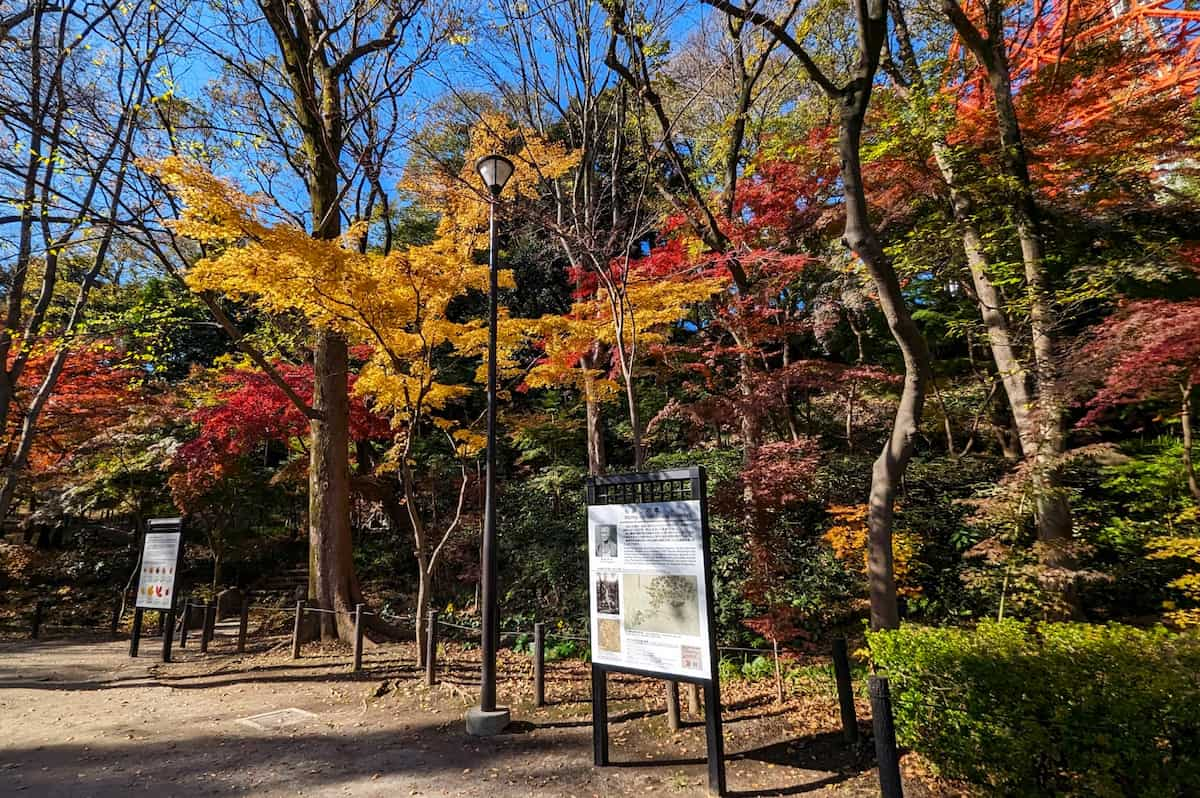
Regional Variations. Different tree species create varied color palettes across Japan’s regions. Northern areas showcase earlier, more intense reds, while southern regions offer golden ginkgo displays extending into December. I learned that elevation changes within single locations provide multiple viewing opportunities as colors progress down mountainsides.
Photography Opportunities. Morning light enhances the warm autumn colors while evening illuminations at major gardens create romantic atmospheres. The contrast between evergreen pines and deciduous maples provides stunning compositional elements. I recommend visiting both famous spots and hidden neighborhood temples for diverse photographic perspectives.
| Garden | Peak Season | Entry Fee (JPY) | Entry Fee (USD) |
|---|---|---|---|
| Rikugien Garden, Tokyo | Late Nov – Early Dec | ¥300 | $2.10 |
| Koishikawa Korakuen | Late Nov – Early Dec | ¥300 | $2.10 |
| Temple Grounds | Late Nov – Early Dec | ¥300-600 | $2.10-4.20 |
Winter: Sapporo Snow Festival
Festival Scale. The 75th Sapporo Snow Festival runs February 4-11, across three main sites featuring massive snow sculptures and winter attractions. Odori Park hosts five large snow sculptures alongside smaller creations, while Tsudome offers family-friendly activities and Susukino displays intricate ice carvings. I marveled at the engineering required to create these temporary masterpieces.
Artistic Mastery. The festival centers around enormous snow sculptures that rival architectural monuments in their complexity and detail. Teams of artists and volunteers work for weeks creating replicas of famous buildings, anime characters, and original designs. I watched sculptors using chainsaws and hand tools to carve intricate details into compressed snow blocks.
Winter Activities. Beyond sculpture viewing, the festival offers ice skating, snow slides, and traditional winter games throughout Odori Park. The Tsudome site provides indoor warming areas and food courts perfect for families with young children. I discovered that participating in activities rather than just viewing creates more memorable experiences.
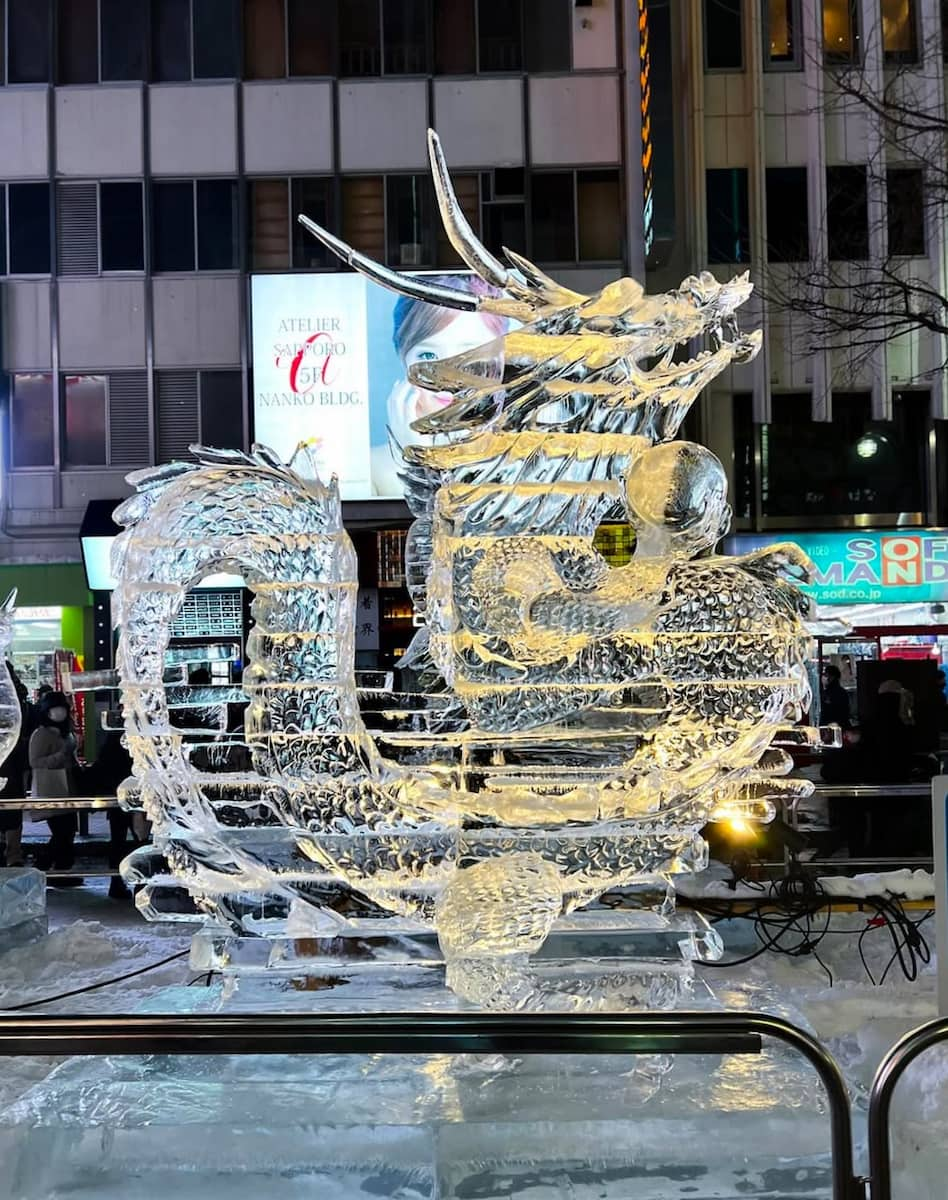
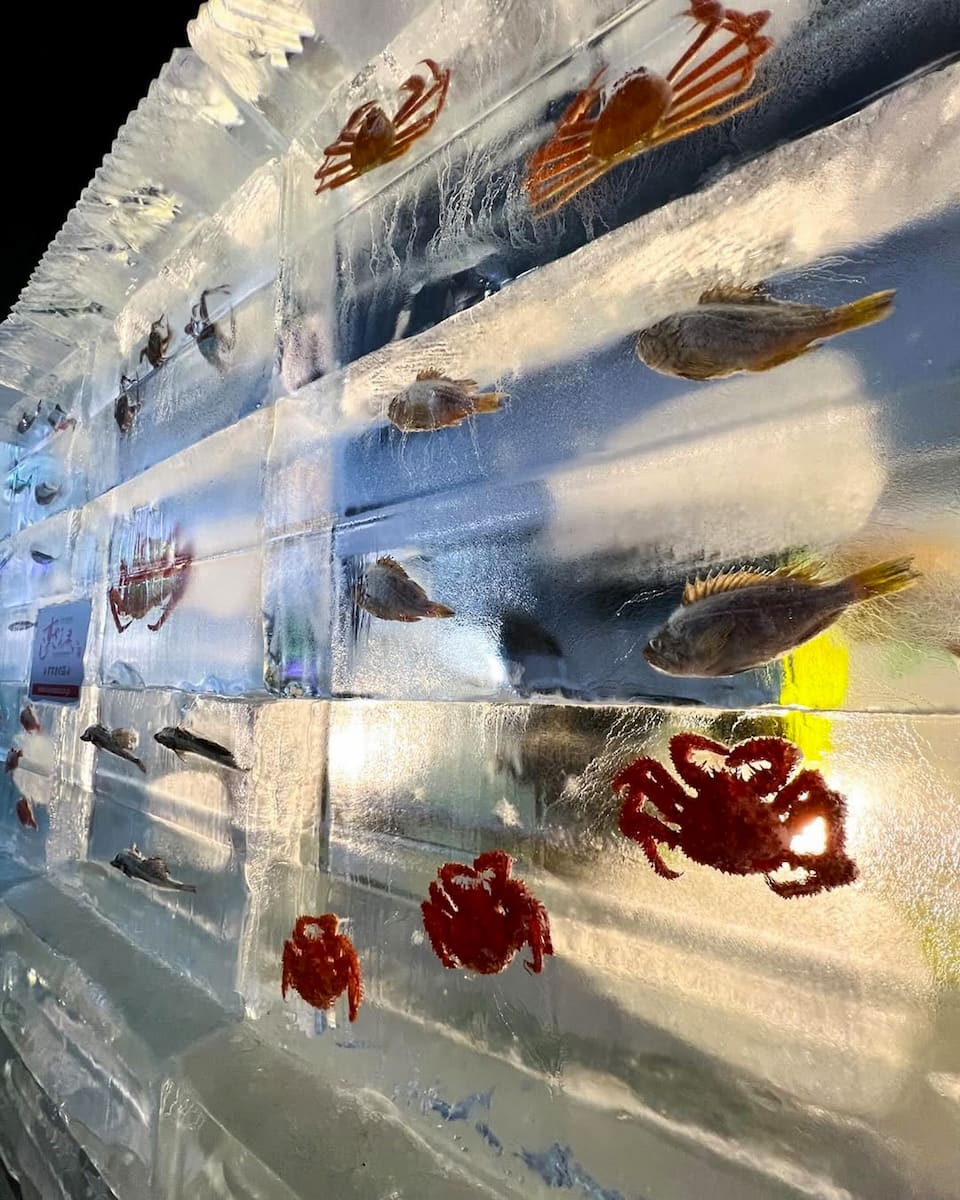
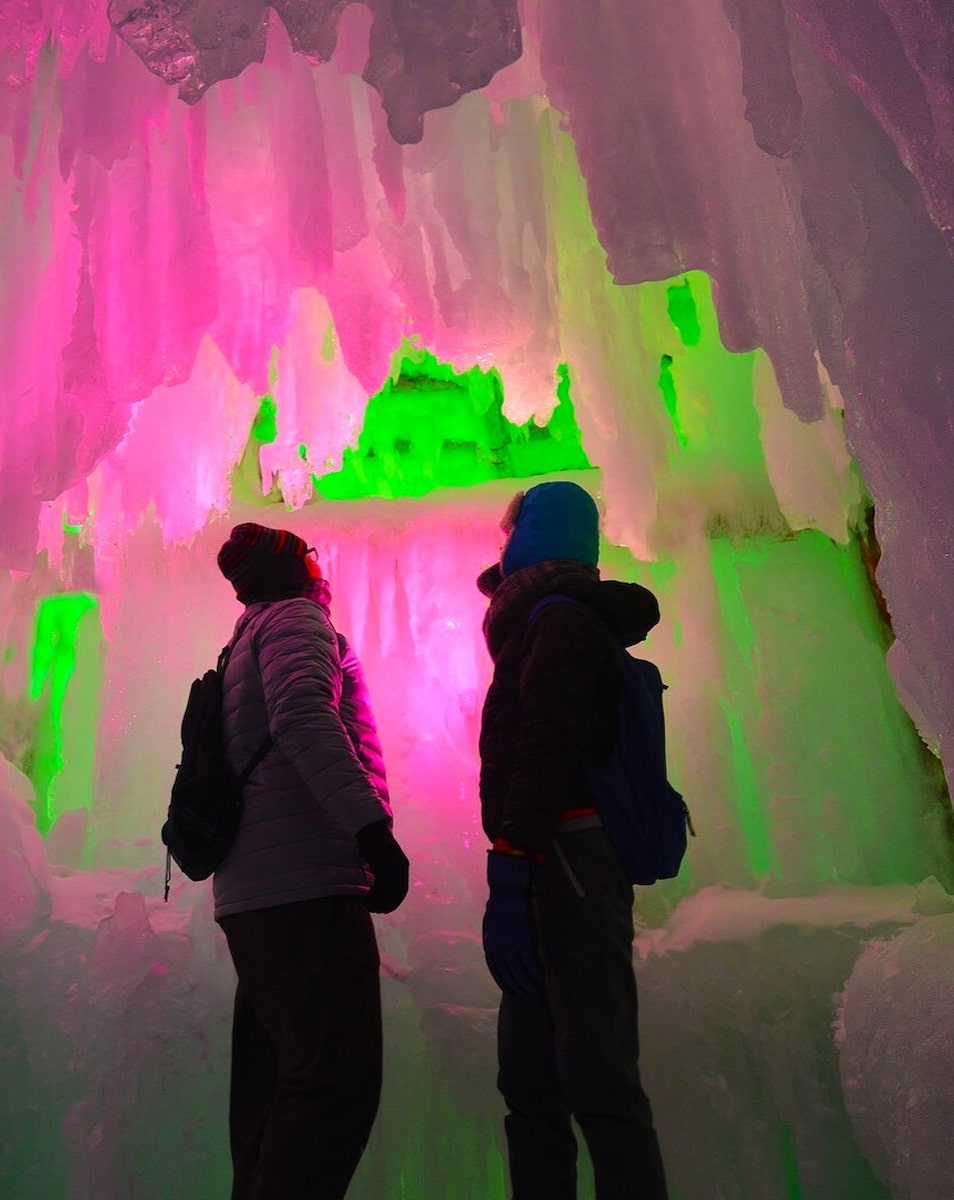
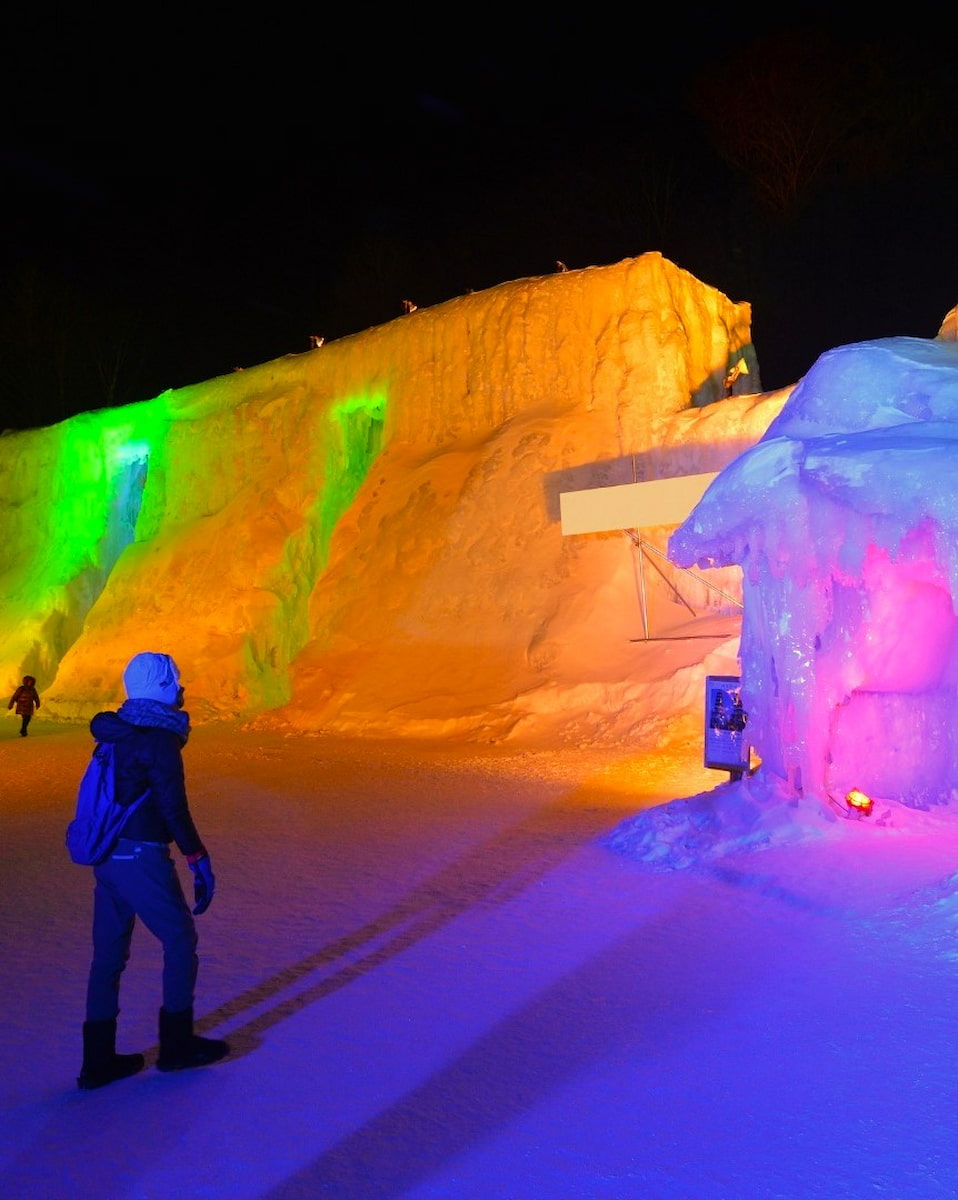
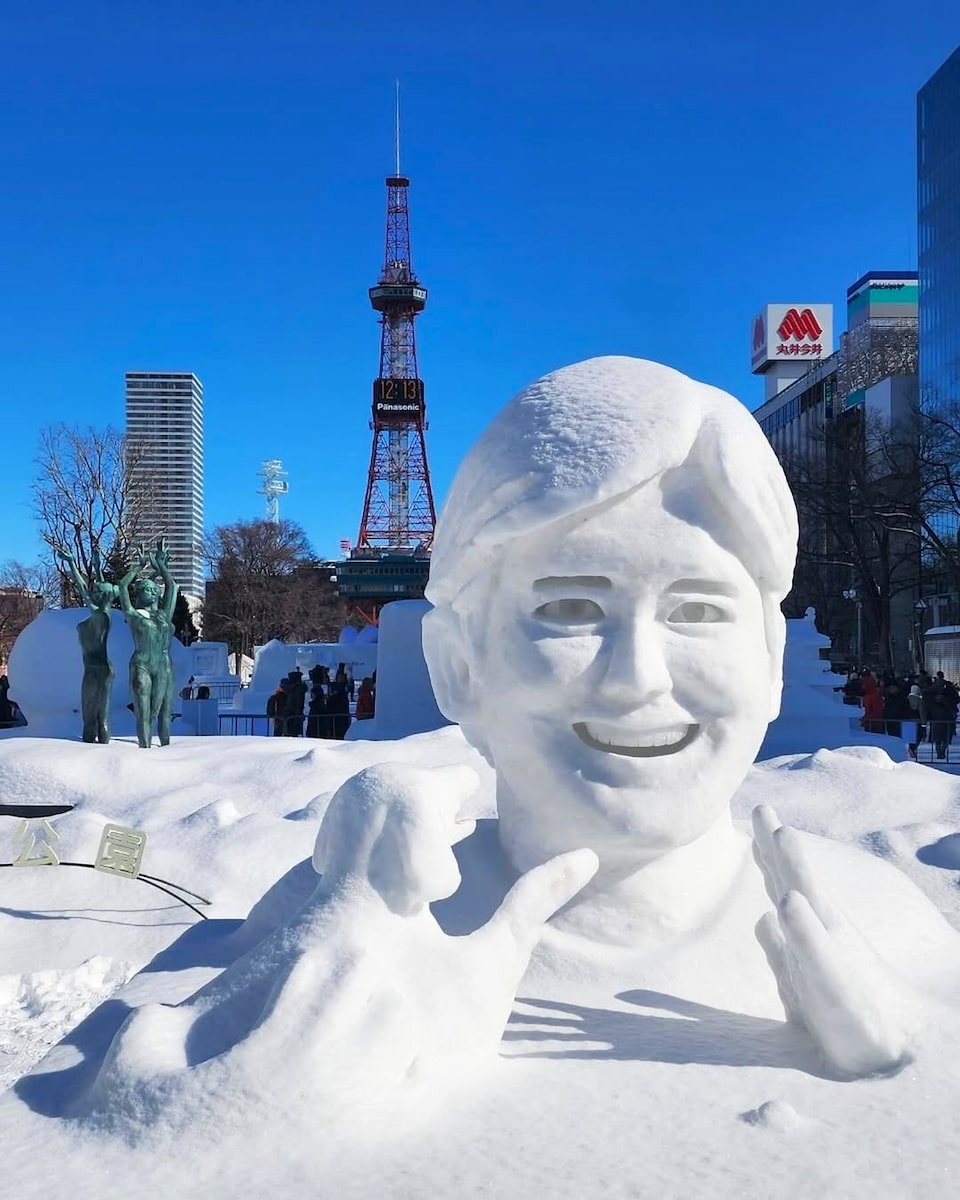
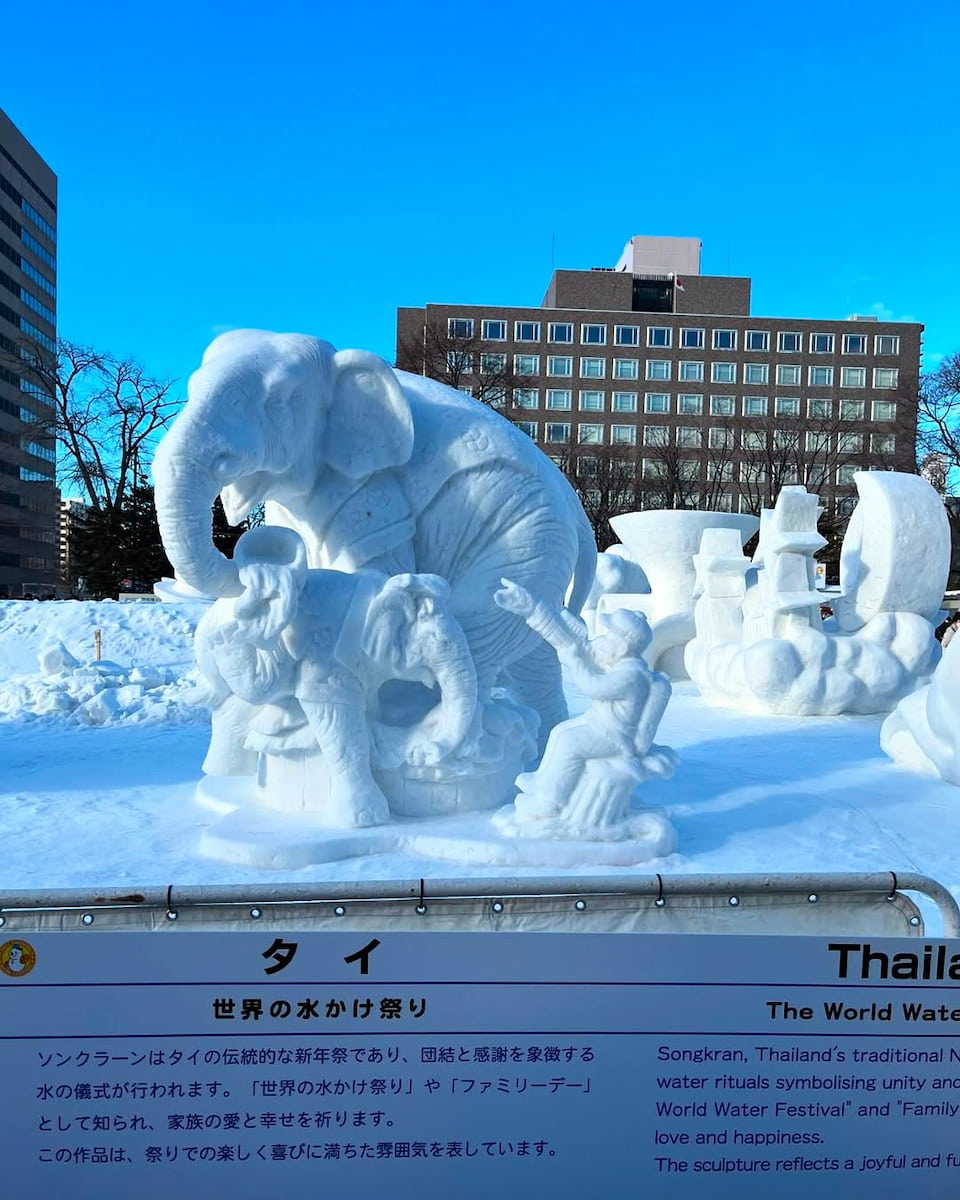
Cultural Immersion. Local food vendors serve Hokkaido specialties including fresh seafood, ramen, and dairy products that taste exceptional in the cold air. The festival atmosphere brings together locals and international visitors in celebration of winter’s beauty. I learned that Sapporo residents embrace winter rather than merely enduring it.
Practical Considerations. February temperatures in Sapporo regularly drop below freezing, requiring proper winter clothing including waterproof boots and warm layers. The festival attracts over two million visitors, making accommodation booking essential months in advance. I recommend staying near subway lines for easy access to all festival sites.
| Site | Activities | Entry Fee (JPY) | Entry Fee (USD) |
|---|---|---|---|
| Odori Park | Snow sculptures, skating | Free | Free |
| Tsudome | Indoor activities, slides | Free | Free |
| Susukino | Ice sculptures | Free | Free |
Day Trips from Tokyo
1. Nikko: UNESCO World Heritage Temples and Nature
Sacred Heritage. Nikko represents Japan’s spiritual heart with three UNESCO sites: Toshogu Shrine, Futarasan Shrine, and Rinno-ji Temple. The ornate Toshogu Shrine, dedicated to Tokugawa Ieyasu, showcases incredible craftsmanship with its gold-leafed decorations and intricate wood carvings. I spent hours admiring the famous “see no evil, hear no evil, speak no evil” monkey carvings and the sleeping cat sculpture that demonstrates master artisan skills.
Natural Wonders. Beyond the temples, Nikko offers spectacular waterfalls and hiking trails through ancient cedar forests. The Shinkyo Bridge creates one of Japan’s most photographed scenes with its vermillion structure spanning the gorge. Walking across this sacred bridge, originally reserved for high-ranking officials, provides stunning views of the rushing river below and surrounding mountains.
Transportation Options. The JR-only route takes the Tohoku Shinkansen from Tokyo Station to Utsunomiya, then transfers to the JR Nikko Line – perfect for Japan Rail Pass holders. Alternatively, the Tobu Railway offers direct limited express trains from Asakusa Station to Tobu-Nikko Station in about two hours. I prefer the Tobu route for its convenience and scenic countryside views.
Seasonal Experiences. Spring brings cherry blossoms framing the temple buildings, while autumn creates spectacular maple leaf displays throughout the mountain forests. Winter snow transforms the area into a peaceful wonderland, though some hiking trails become inaccessible. The Cedar Avenue of Old Hakone Highway features over 400 giant cedar trees, some over 300 years old, creating an atmospheric walk through history.
Practical Planning. A full day allows you to explore the main temple complex and enjoy one nature activity like visiting Kegon Falls or hiking portions of the old Tokaido road. The new Nikko Pass pricing starts at ¥4,780 for adults during peak season, including round-trip transportation and unlimited local bus rides.
| Transportation | Duration | Price (JPY) | Price (USD) |
|---|---|---|---|
| JR Route (with JR Pass) | 2 hours | Covered | Covered |
| Tobu Limited Express | 2 hours | ¥3,050 | $21.35 |
| Nikko Pass All Area | N/A | ¥4,780 | $33.45 |
⭐ Best Activities
- Nikko World Heritage 1 Day Tour – You will visit Japan’s National Treasure, Toshogu Shrine. According to many, this is the most gorgeous shrine of Japan, with its gold leaf decortions, its carvings of animal figures and the tomb of Tokugawa Ieyasu, the most famous shogun in Japanese history. The Kegon waterfall will take your breath away with its 100 meters in height!
2. Hakone: Hot Springs and Mount Fuji Views
Mountain Resort Paradise. Hakone offers the perfect escape from Tokyo’s urban intensity with its combination of hot springs, mountain scenery, and cultural attractions. The area centers around Lake Ashi, where pirate ship cruises provide spectacular Mount Fuji views on clear days. I discovered that the lake’s reflective surface doubles the mountain’s beauty, creating postcard-perfect scenes that justify the journey alone.
Onsen Culture. Hakone’s hot springs represent some of Japan’s finest, with mineral-rich waters flowing from the active volcanic system. Traditional ryokans offer private onsen experiences in your room, though public baths provide authentic communal soaking traditions. The sulfur-scented waters at Owakudani create otherworldly landscapes where you can purchase famous black eggs, supposedly extending your life by seven years when eaten.
Transportation Efficiency. The Hakone Free Pass provides unlimited access to the region’s unique transportation network including cable cars, ropeways, and sightseeing cruises. The 2-day pass costs ¥6,100 with round-trip transportation from Shinjuku, saving ¥860 even on single-day visits. I recommend following the famous Hakone Loop: train to Hakone-Yumoto, cable car to Gora, ropeway to Owakudani, then pirate ship across Lake Ashi.
Cultural Attractions. The Hakone Open-Air Museum combines contemporary sculpture with mountain backdrops, while the Pola Museum houses impressive Impressionist collections. Hakone Shrine’s iconic red torii gate standing in Lake Ashi creates one of Japan’s most photographed scenes, especially atmospheric during misty mornings or evening illuminations.
Practical Considerations. Day trips require early departure around 8 AM to maximize sightseeing time, though overnight stays allow for relaxed onsen experiences and better Mount Fuji viewing opportunities. The mountain weather can change quickly, so layered clothing proves essential regardless of season.
| Pass Type | Duration | Price (JPY) | Price (USD) |
|---|---|---|---|
| 2-Day Hakone Free Pass | 2 days | ¥6,100 | $42.70 |
| 3-Day Hakone Free Pass | 3 days | ¥6,500 | $45.50 |
| Individual Loop Tickets | 1 day | ¥6,960 | $48.70 |
⭐ Best Activities
- Hakone 6 hour Private Tour with Government-Licensed Guide – See the best of Hakone’s natural beauty by foot in this private walking tour. Unlike traditional tours, you can customize the experience to your interests and visit only the sites that you’re interested in. Whether you’re a nature lover, art fan, or keen to try local foods, your private guide will help you plan a day that fits your needs.
3. Kamakura: Ancient Capital and Giant Buddha
Historical Significance. Kamakura served as Japan’s political center during the 12th-13th centuries, leaving behind an impressive collection of temples, shrines, and the famous Daibutsu (Great Buddha) statue. The 13.35-meter bronze Buddha, cast in 1252, sits serenely in the open air after its original temple hall was destroyed by tsunamis. Standing before this massive statue creates a profound sense of Japan’s spiritual heritage and artistic achievement.
Temple Exploration. The city contains over 65 Buddhist temples and 19 Shinto shrines scattered throughout its compact area, making temple-hopping the primary activity. Hase-dera Temple offers beautiful gardens and ocean views, while Hokokuji Temple features a magical bamboo grove perfect for meditation walks. I spent an entire afternoon discovering hidden temples in residential neighborhoods, each offering unique architectural details and peaceful gardens.
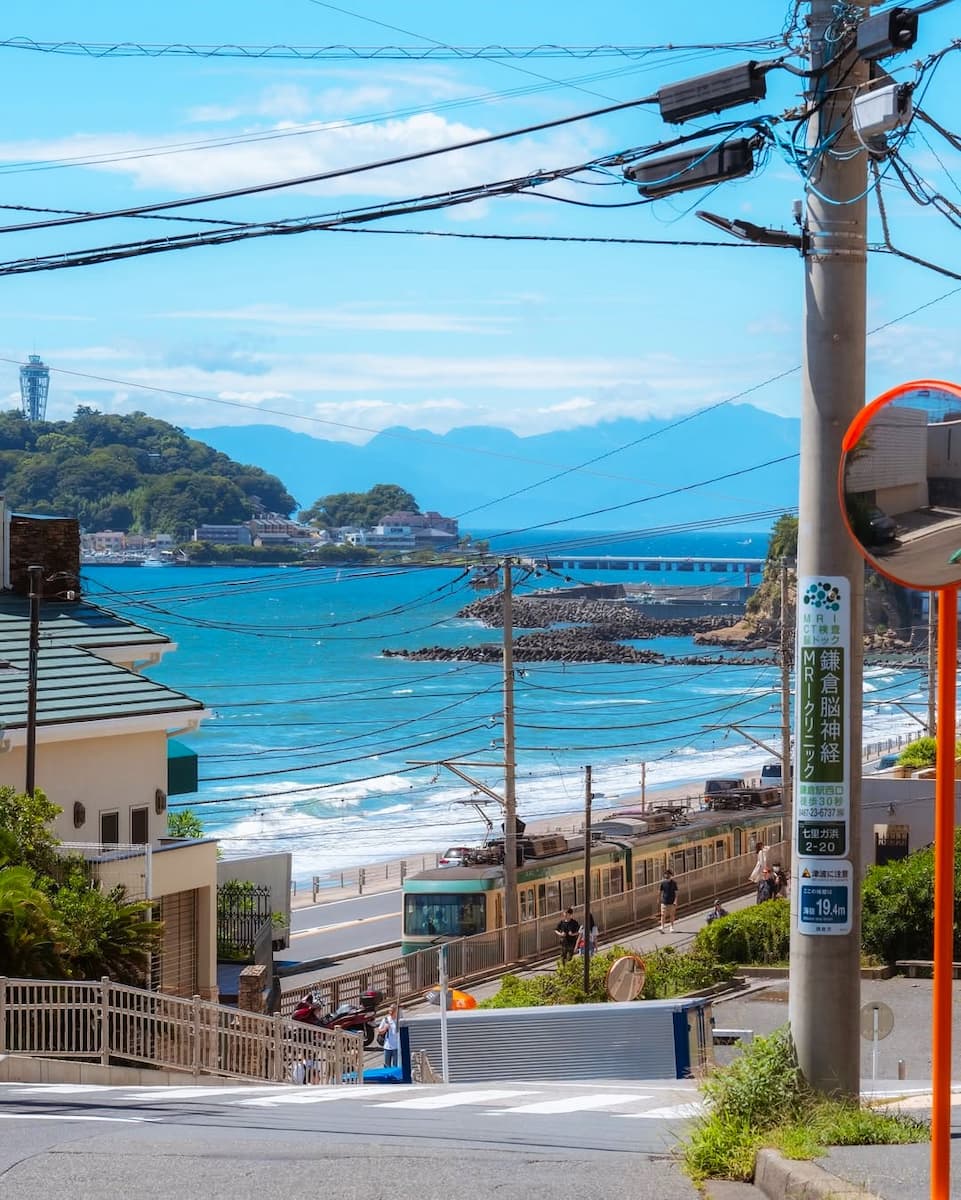
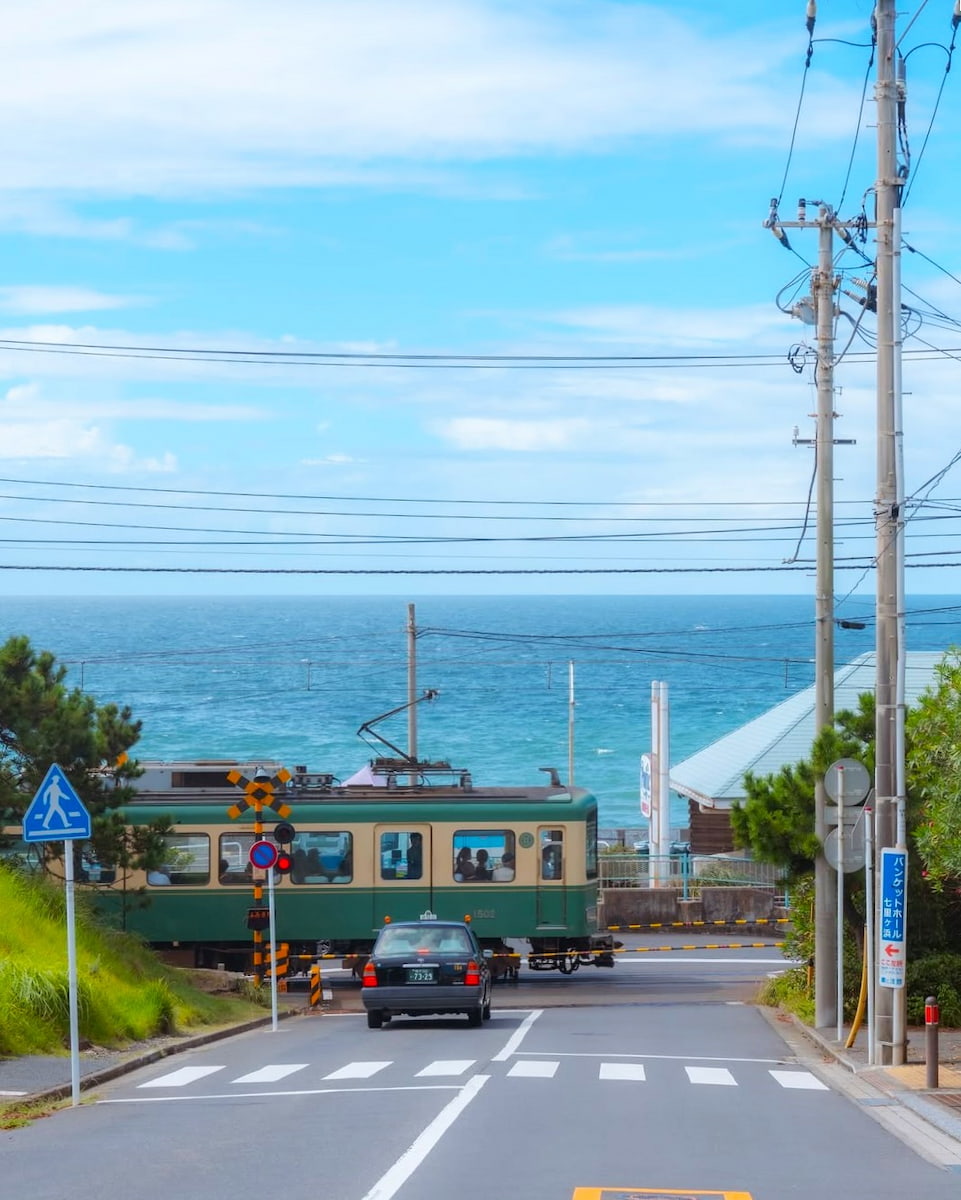
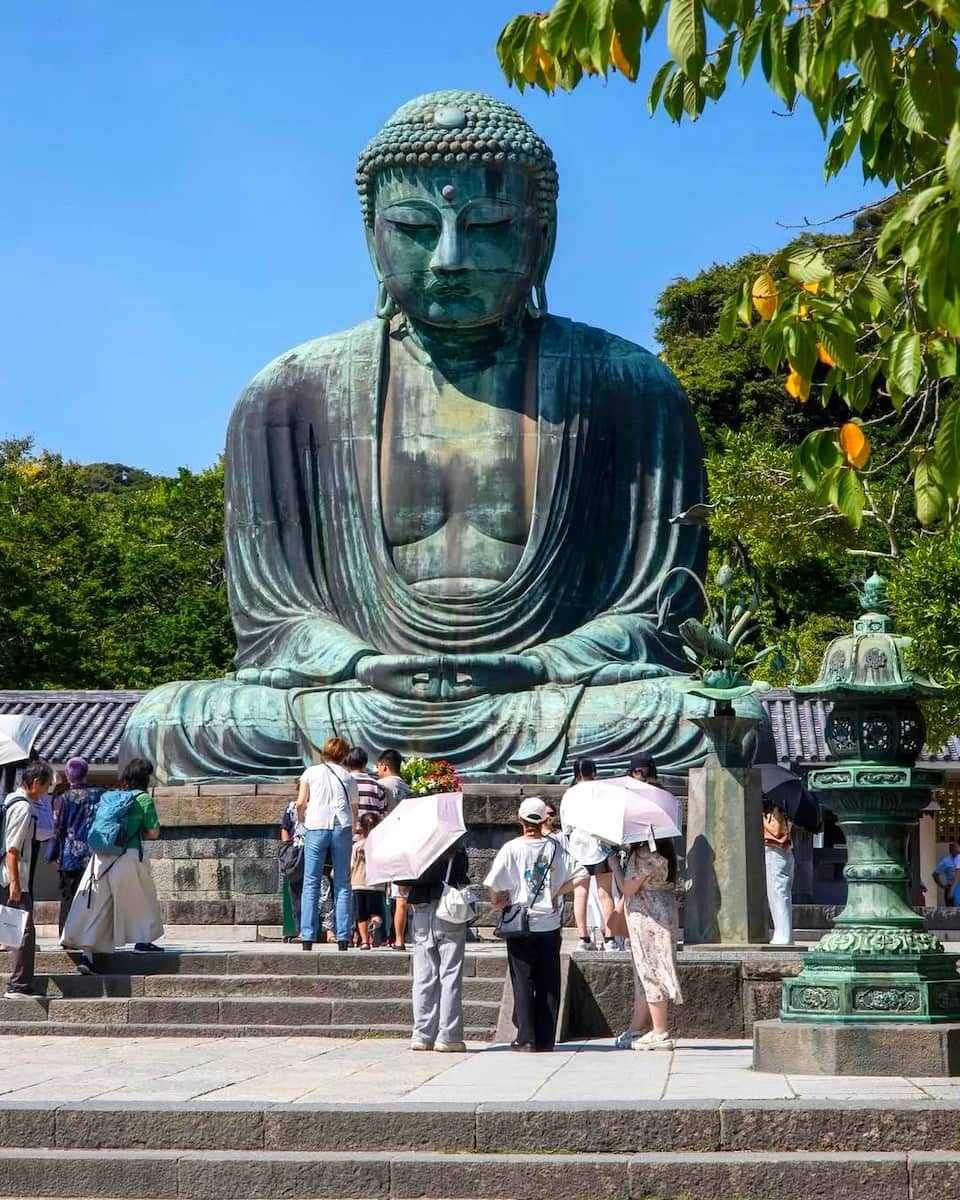
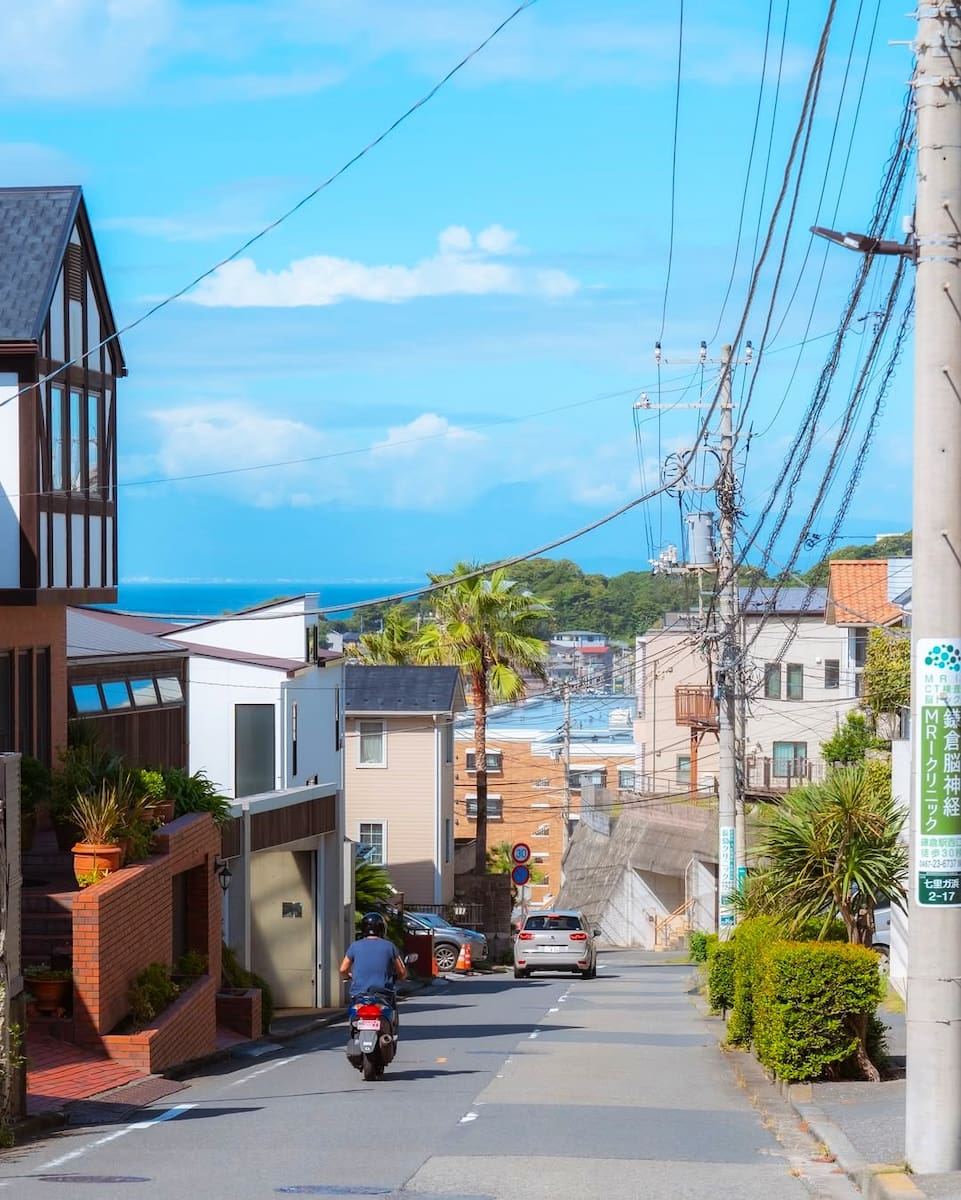
Coastal Charm. Unlike most Japanese historical sites, Kamakura combines cultural exploration with beach relaxation along Sagami Bay. The seaside location provides refreshing ocean breezes and sunset views after intensive temple visits. Local beaches offer swimming during summer months, though most visitors prefer the cultural attractions over beach activities.
Hiking Adventures. The surrounding hills provide excellent hiking trails connecting various temples and offering panoramic views of the city and ocean. The Daibutsu Hiking Course links several major temples while providing exercise and nature immersion. These trails range from easy walks to moderate climbs, suitable for most fitness levels.
Culinary Traditions. Kamakura’s local specialties include shirasu (tiny white fish) served raw or cooked, available at numerous restaurants near Hase Station. The historic Komachi-dori shopping street offers traditional sweets and souvenirs alongside modern cafes and restaurants.
| Attraction | Entry Fee (JPY) | Entry Fee (USD) |
|---|---|---|
| Great Buddha | ¥300 | $2.10 |
| Hase-dera Temple | ¥400 | $2.80 |
| Hokokuji Bamboo Grove | ¥300 | $2.10 |
4. Enoshima: Island Paradise and Beach Culture
Island Adventure. Enoshima Island, connected to the mainland by a bridge, offers a perfect blend of spiritual sites, natural beauty, and recreational activities just one hour from Tokyo. The island’s compact size allows complete exploration in a single day, from sea caves to observation towers. I discovered that the island’s elevated position provides spectacular 360-degree views of Sagami Bay, Mount Fuji, and the Shonan coastline.
Spiritual Sites. Enoshima Shrine consists of three separate shrines connected by scenic walking paths through lush gardens and ancient trees. The shrine complex honors the goddess Benzaiten, associated with music, entertainment, and good fortune. The dragon love bell area attracts couples who attach padlocks as symbols of eternal love, creating a romantic atmosphere with ocean backdrops.
Natural Wonders. The Iwaya Caves, carved by thousands of years of wave action, create mysterious underground chambers lit by lanterns. Exploring these caves feels like entering an ancient temple, with Buddhist statues and offerings placed in natural alcoves. The caves maintain cool temperatures year-round, providing relief during hot summer visits.
Recreational Activities. The island offers various activities including the Sea Candle lighthouse with its observation deck, botanical gardens, and seasonal illuminations. During summer, the surrounding beaches attract surfers and swimmers, while the island’s restaurants serve fresh seafood including famous tako senbei (octopus crackers) made fresh before your eyes.
Seasonal Highlights. Winter illuminations transform the island into a sparkling wonderland from November through February, while summer brings beach festivals and fireworks displays. Spring offers cherry blossoms framing the shrine buildings, and autumn provides clear weather perfect for Mount Fuji viewing.
| Attraction | Price (JPY) | Price (USD) |
|---|---|---|
| Iwaya Caves | ¥500 | $3.50 |
| Sea Candle Observatory | ¥500 | $3.50 |
| Enopass (All Attractions) | ¥1,000 | $7.00 |
⭐ Best Activities
- From Tokyo: Kamakura & Enoshima 1-Day Bus Tour – Enjoy hassle-free roundtrip transportation to Kamakura and Enoshima from Tokyo on this convenient bus tour. Escape Tokyo for the day and learn about Kamakura’s history as the home of the Samurai. Get a great overview of the area as you visit important shrines, major shopping areas, and more. Visit two places in one efficient tour, since you’ll also see the small island of Enoshima.
5. Tokyo National Museum Cultural Immersion
Cultural Treasure House. Tokyo National Museum houses Japan’s largest collection of cultural artifacts, including National Treasures, Important Cultural Properties, and archaeological discoveries spanning thousands of years. The main Honkan building showcases Japanese art chronologically, while specialized buildings focus on Asian art, archaeology, and special exhibitions. This represents the ultimate Japanese cultural education experience within Tokyo.
Masterpiece Collections. The museum displays rotating selections from over 120,000 artifacts, including samurai swords, Buddhist sculptures, ancient pottery, and imperial court treasures. The Heiseikan building houses archaeological finds that trace Japan’s cultural development from prehistoric times through the imperial period. Each visit reveals different treasures as exhibitions rotate to preserve delicate artifacts.
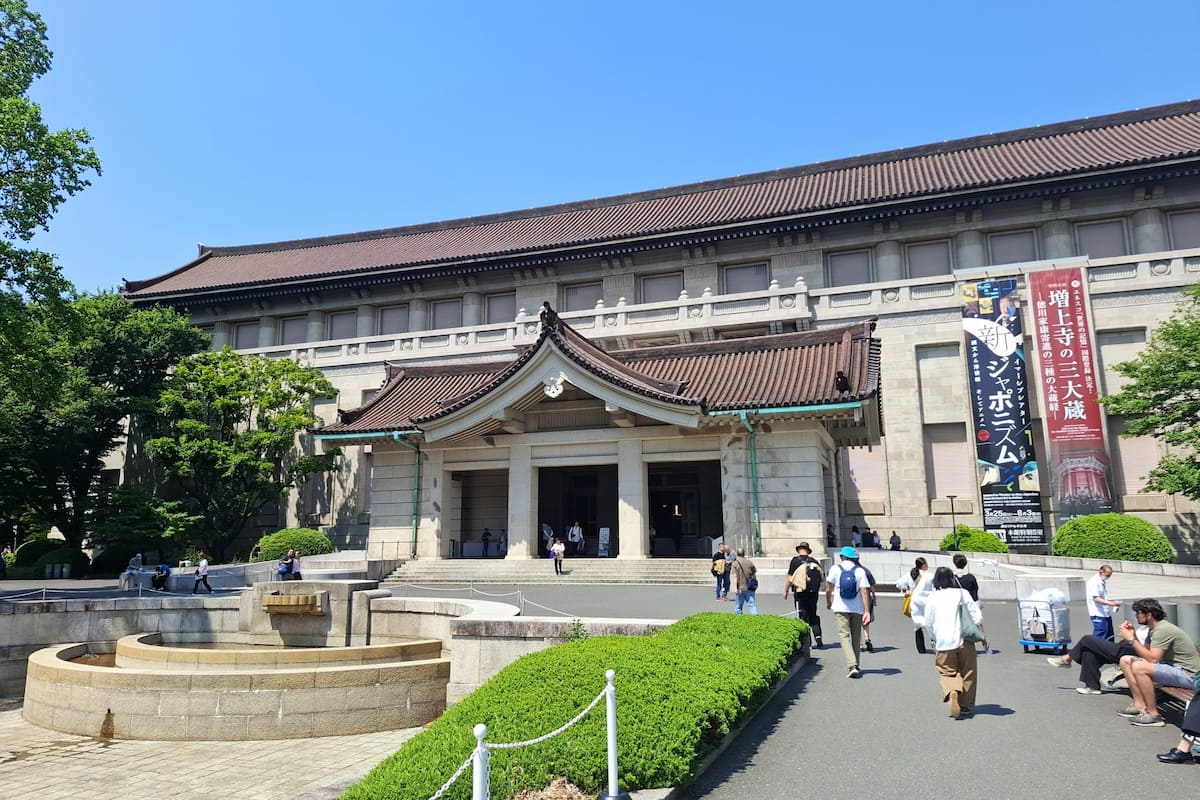
Garden Sanctuary. The museum’s traditional gardens provide peaceful spaces for reflection between gallery visits, featuring seasonal plantings, tea houses, and historic structures relocated from other sites. During cherry blossom season, the gardens offer some of Tokyo’s most serene hanami experiences away from crowded parks. The integration of indoor and outdoor cultural spaces demonstrates traditional Japanese aesthetic principles.
⭐️ Best Activities
- Tour: Tokyo National Museum Private Tour by Government Licensed Guide – Discover Japan’s cultural treasures with a government-licensed guide at Tokyo’s premier museum housing the world’s largest collection of Japanese art and artifacts.
- Ticket online: The National Museum of Modern Art Tokyo Tickets – Explore Japan’s premier modern art collection featuring works by renowned Japanese artists and international masters in this comprehensive cultural experience.
FAQs About Visiting Japan
1. What’s the best time to visit Japan?
Spring (late March to mid-April) offers cherry blossom season but comes with massive crowds and higher prices. I recommend visiting in May directly after Golden Week ends on May 6th for pleasant weather and fewer tourists. Autumn (late October to November) provides stunning fall foliage with moderate temperatures, while winter offers clear Mount Fuji views and fewer crowds.
2. How much does a trip to Japan cost?
The average cost for a mid-range trip to Japan is approximately $110 per day per person, excluding international flights. This breaks down to about $56 for accommodation, $27 for transportation, $23 for food, $2 for activities, and $2 for miscellaneous expenses. Budget travelers can manage on $50-100 per day, while mid-range travelers should expect $150-250 daily.
3. Do I need to speak Japanese to travel in Japan?
You can absolutely travel in Japan without speaking Japanese, especially in tourist areas like Tokyo, Kyoto, and Osaka where English signage is common. Railway station ticket machines can be switched to English at the touch of a button, and most operate on the same principles as UK machines. The Japanese assume tourists don’t speak their language and the tourism industry has adapted accordingly.
4. What are the most important cultural etiquette rules in Japan?
Never tip in Japan as service professionals don’t expect extra cash and might feel awkward accepting it. Keep quiet on public transportation – trains, buses, and subways maintain hushed atmospheres where locals avoid phone calls and loud conversations. Remove your shoes when entering homes, traditional restaurants, and some temples.
5. What new requirements exist for visiting Japan?
Japan plans to introduce the JESTA (Japan Electronic Travel Authorization) system, similar to the US ESTA, requiring online pre-authorization for visa-exempt travelers. The system aims to improve security and streamline entry processes, with full implementation expected by 2030. A pilot Pre-Clearance system launched in January for travelers from Taiwan, allowing border formalities completion before flights.
6. What should I book in advance for my Japan trip?
Popular attractions like the Ghibli Museum, teamLab Planets, and observation decks such as Shibuya Sky require advance booking from a few days to several weeks ahead. During busy periods like Golden Week or cherry blossom season, you may need to book months in advance. Themed restaurants, high-end dining establishments, and ryokan accommodations also require early reservations.
7. What are the biggest mistakes first-time visitors make in Japan?
Traveling with large luggage creates major problems on crowded trains and in small spaces – pack light or use luggage forwarding services. Many tourists splurge unnecessarily on expensive sushi when excellent options exist at much lower prices. Wearing kimono incorrectly can be offensive – use proper rental shops that dress you correctly rather than buying cheap yukata from secondhand stores.
